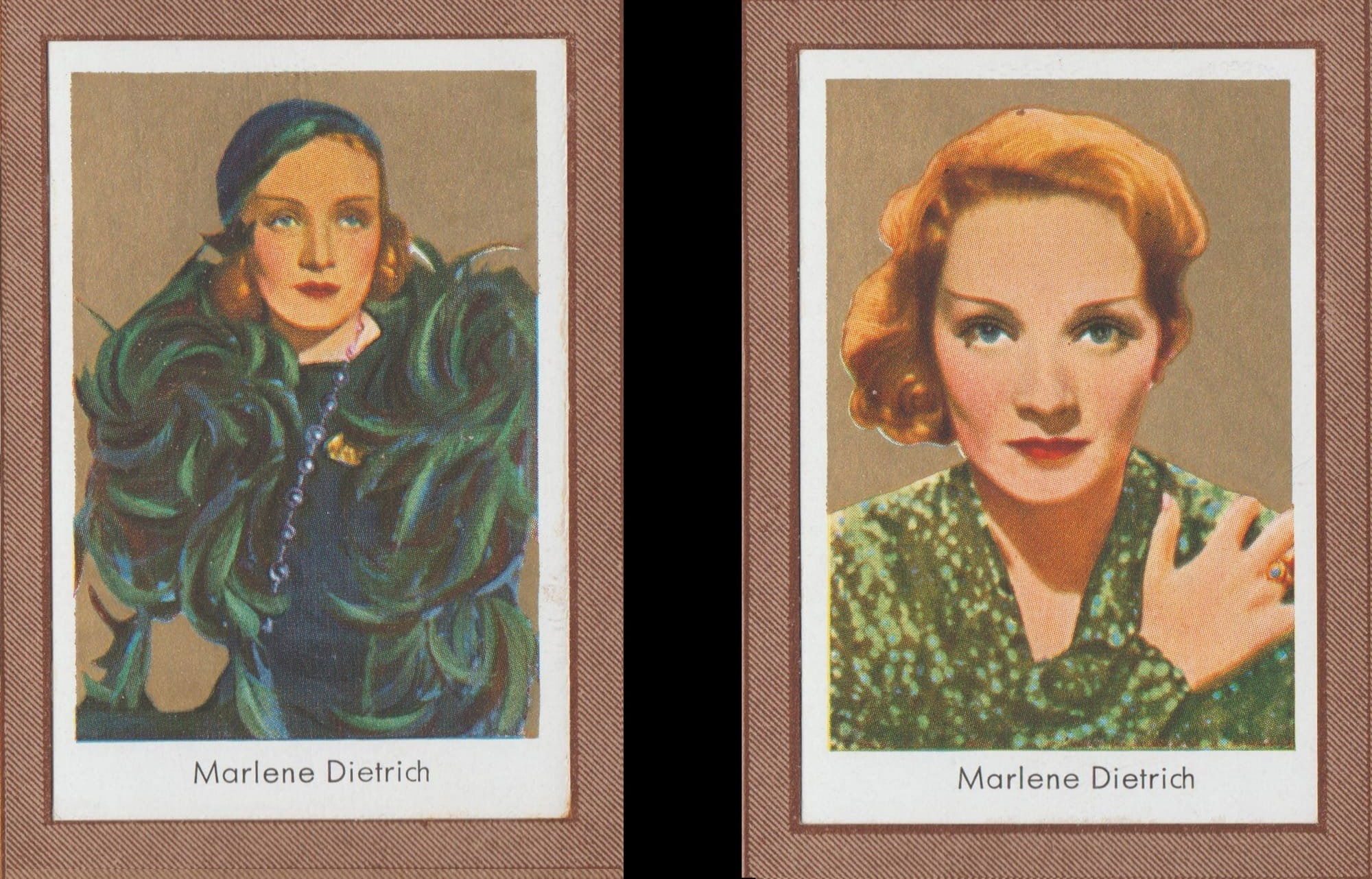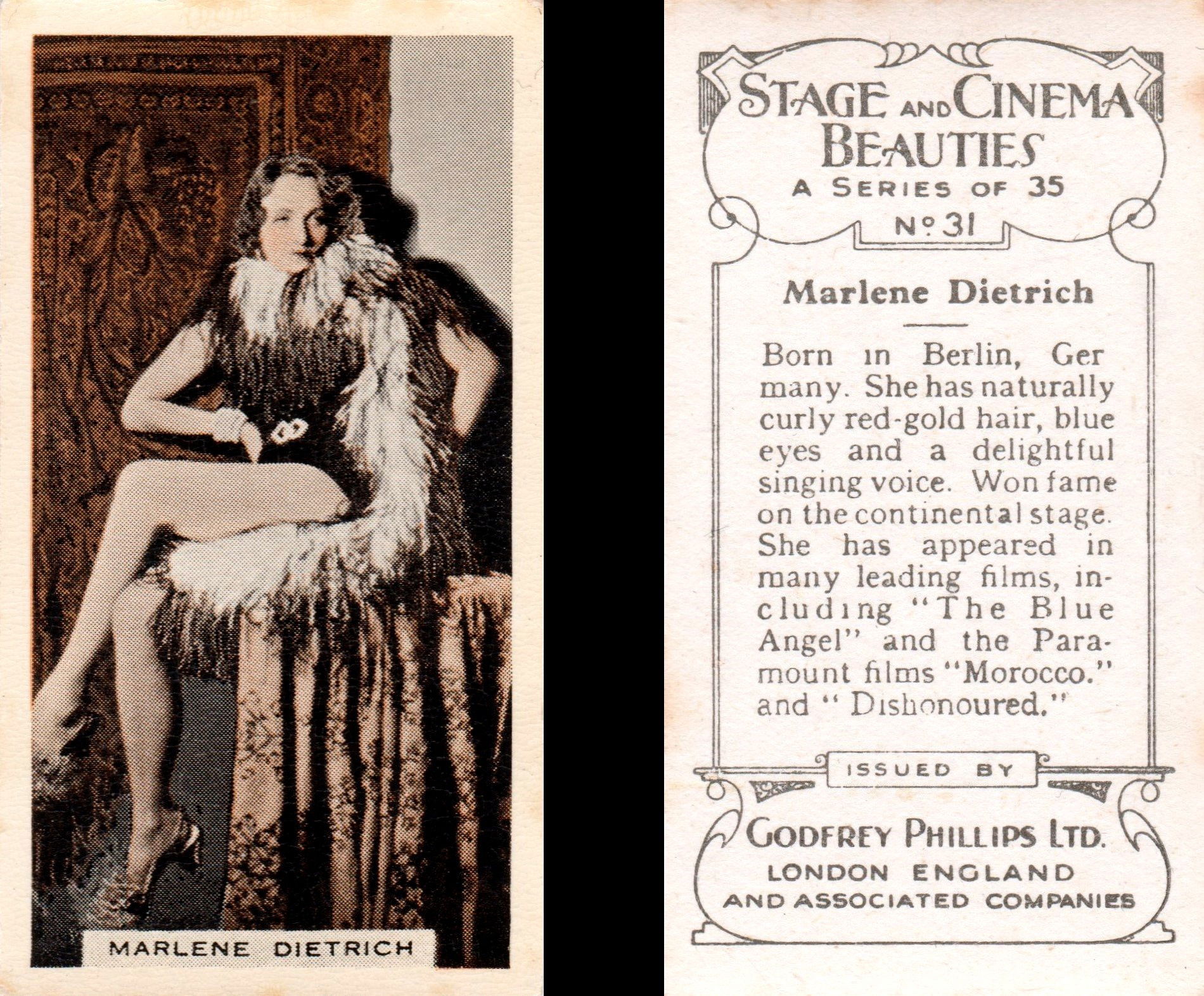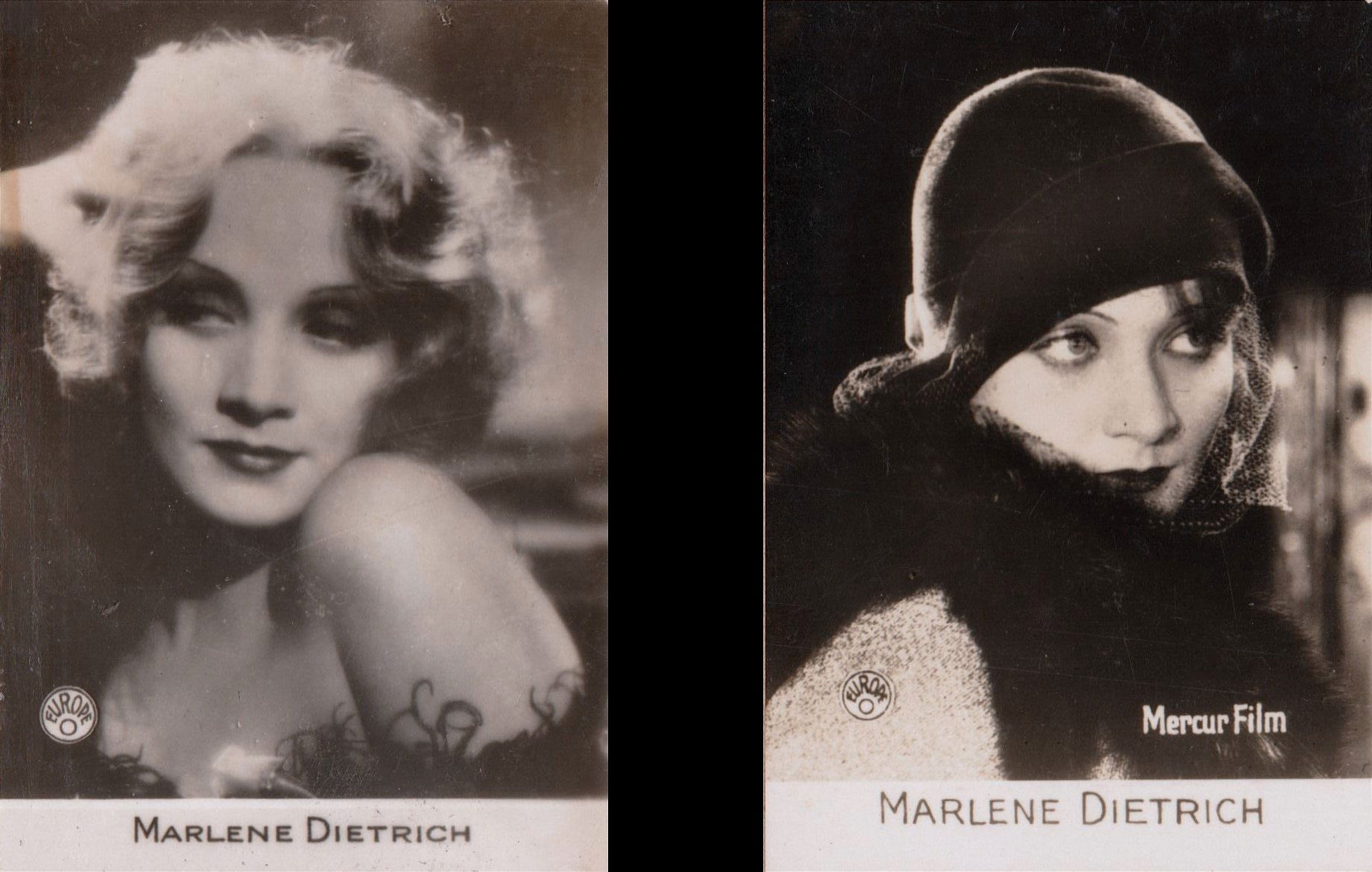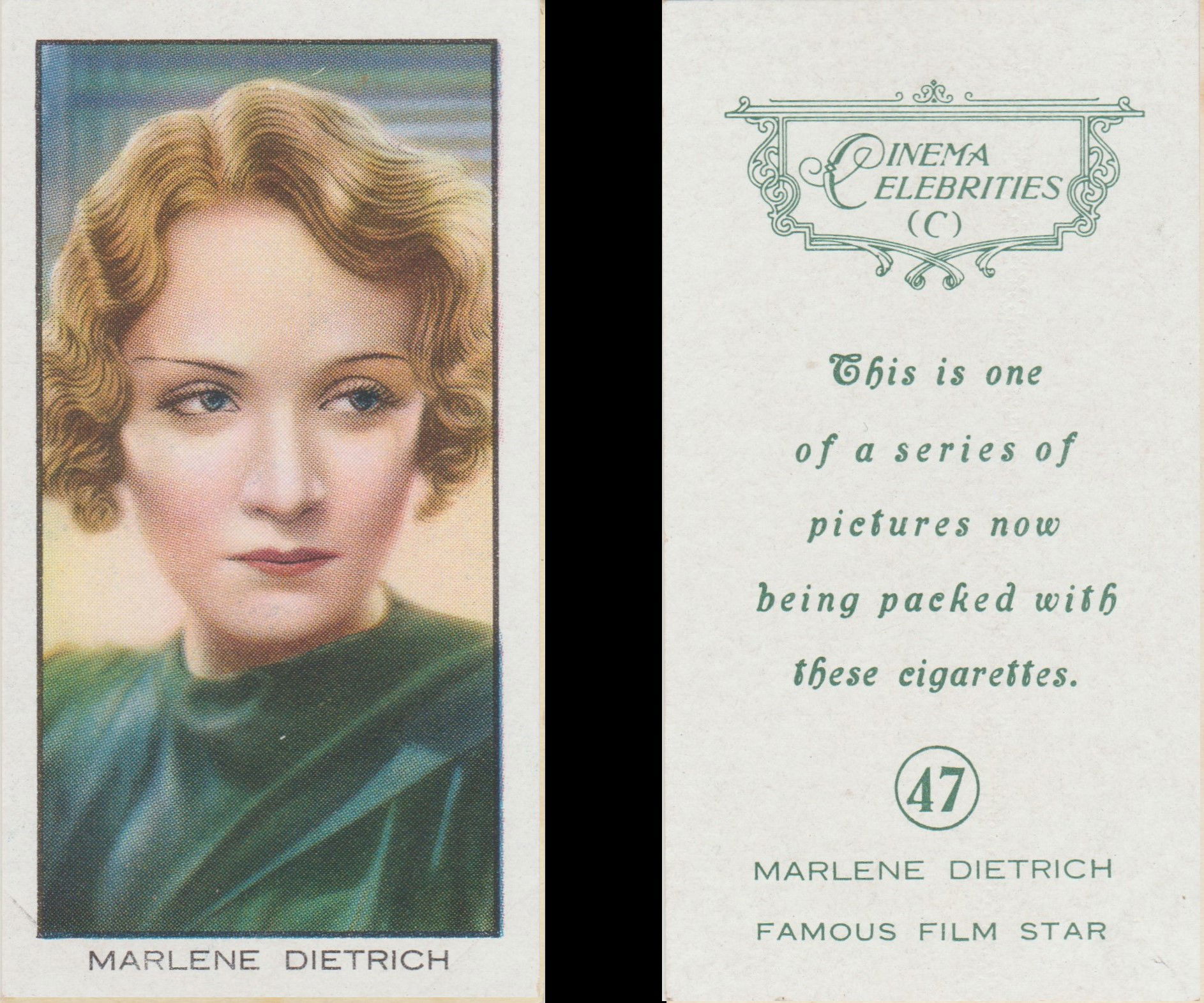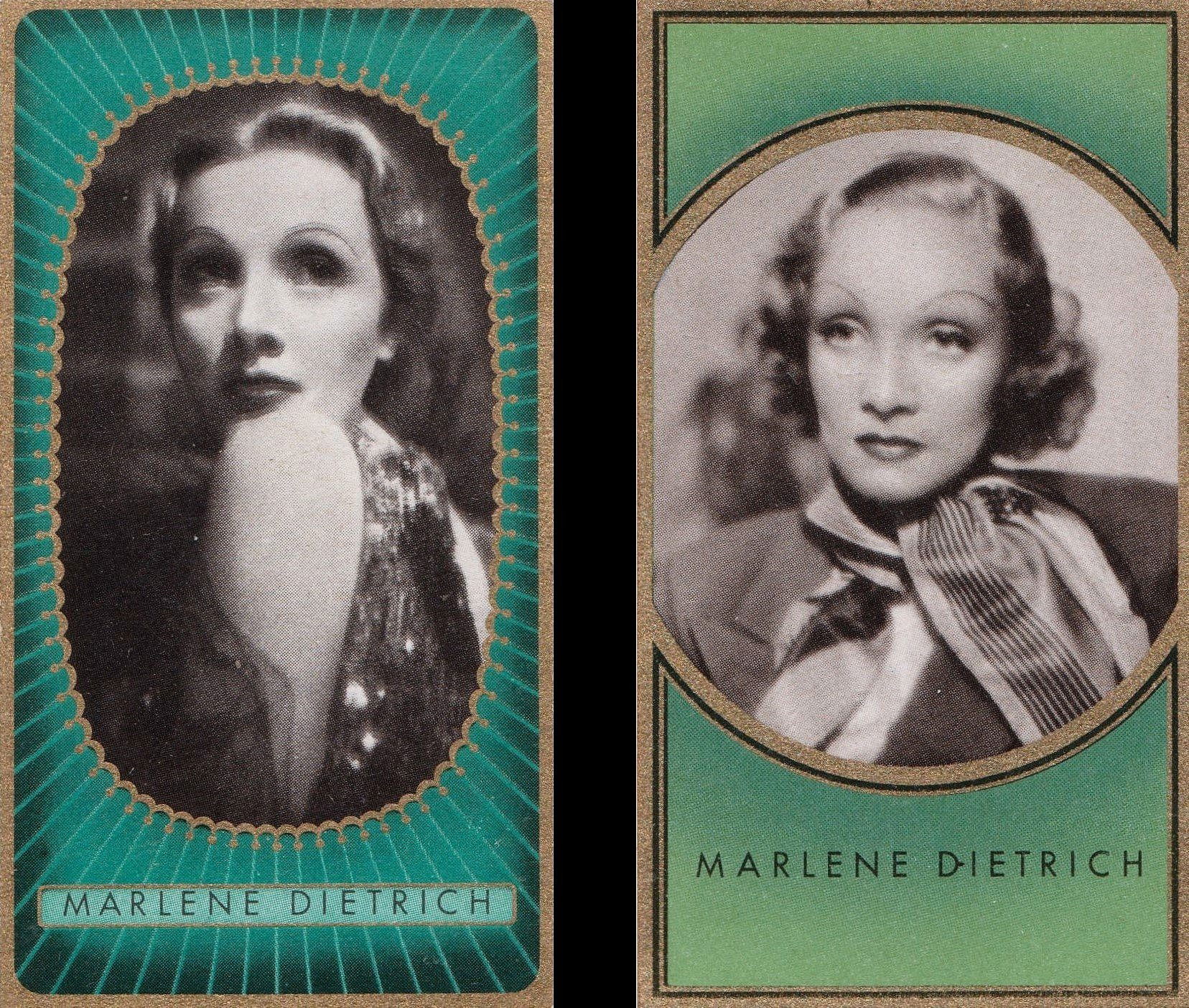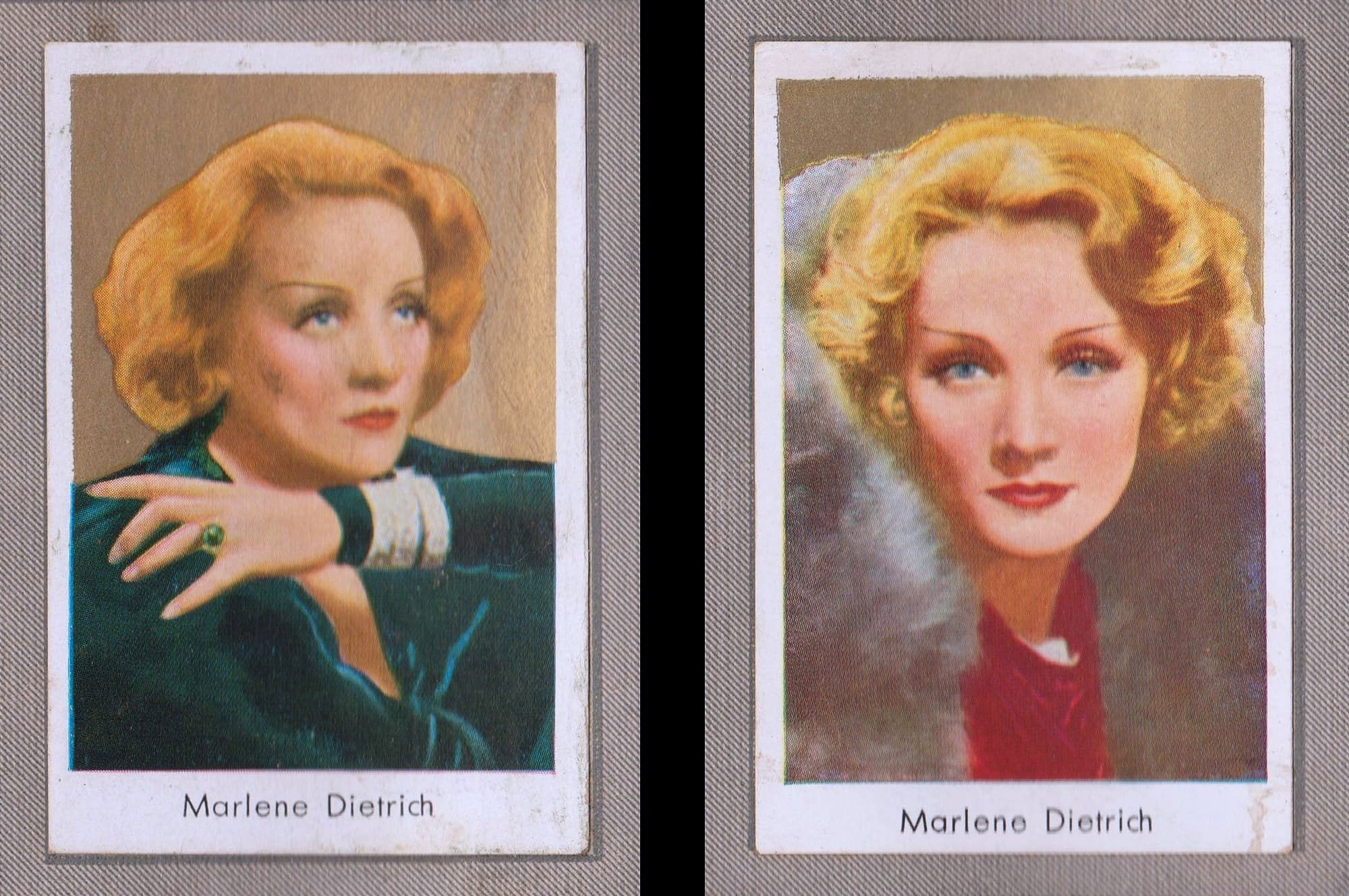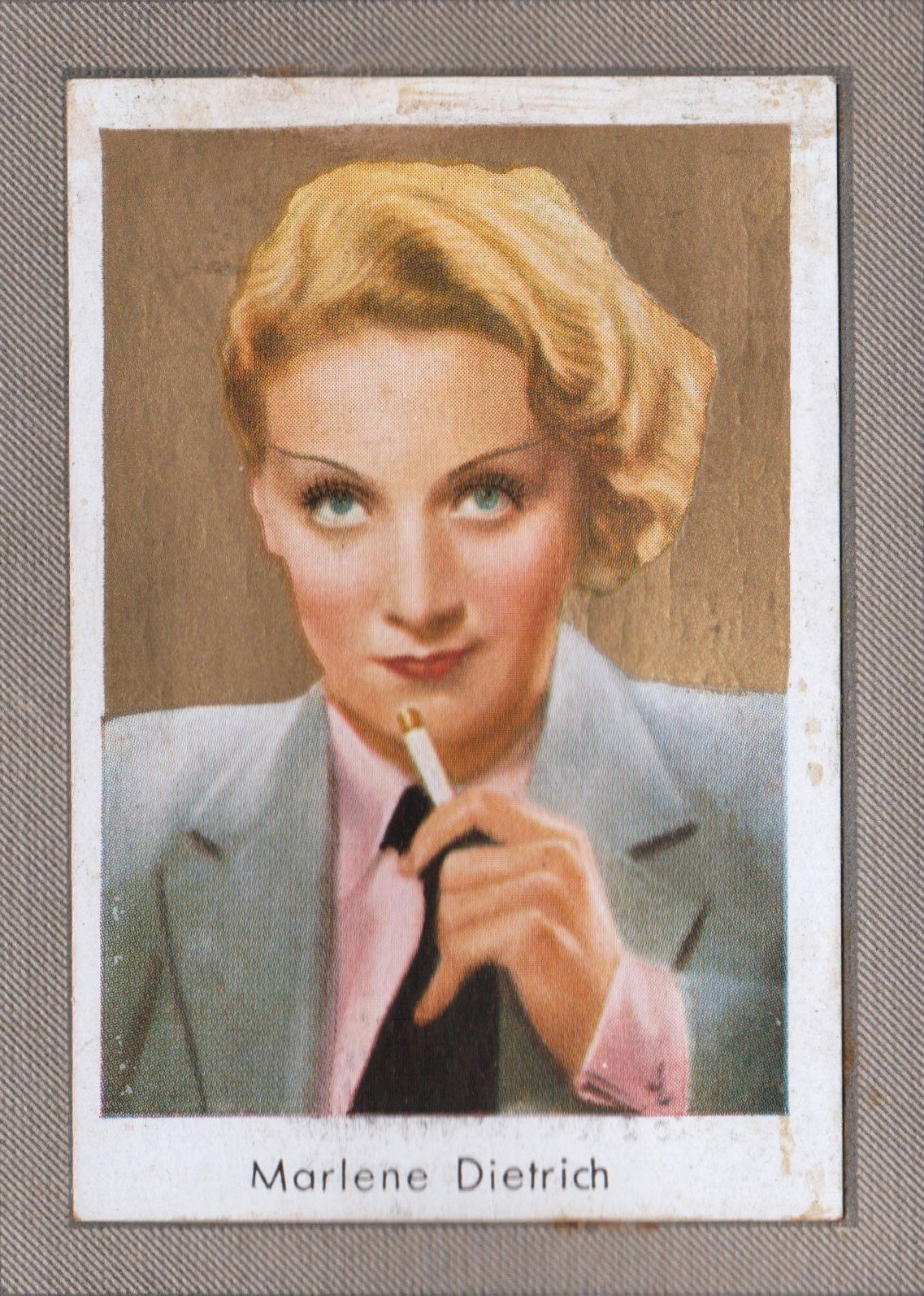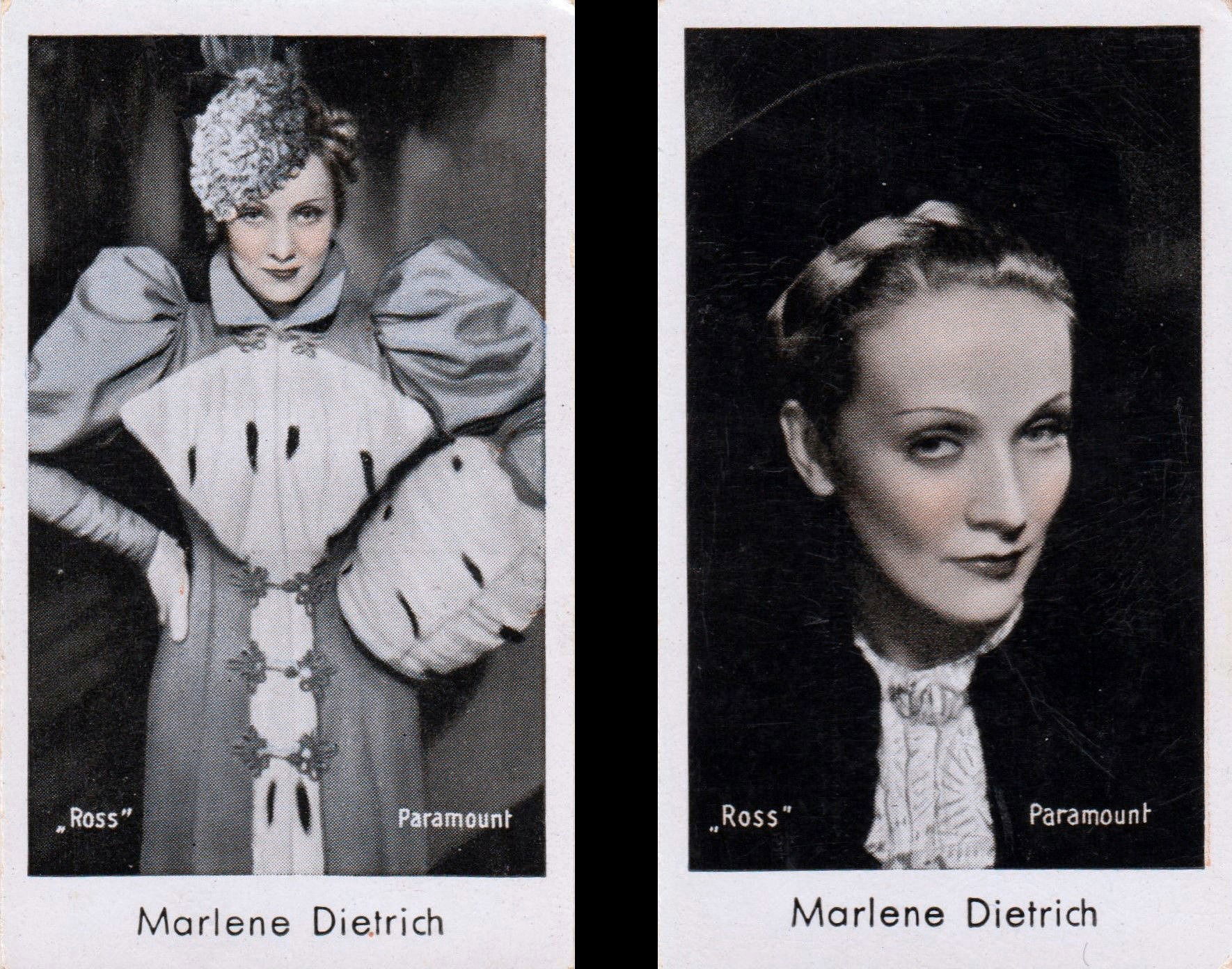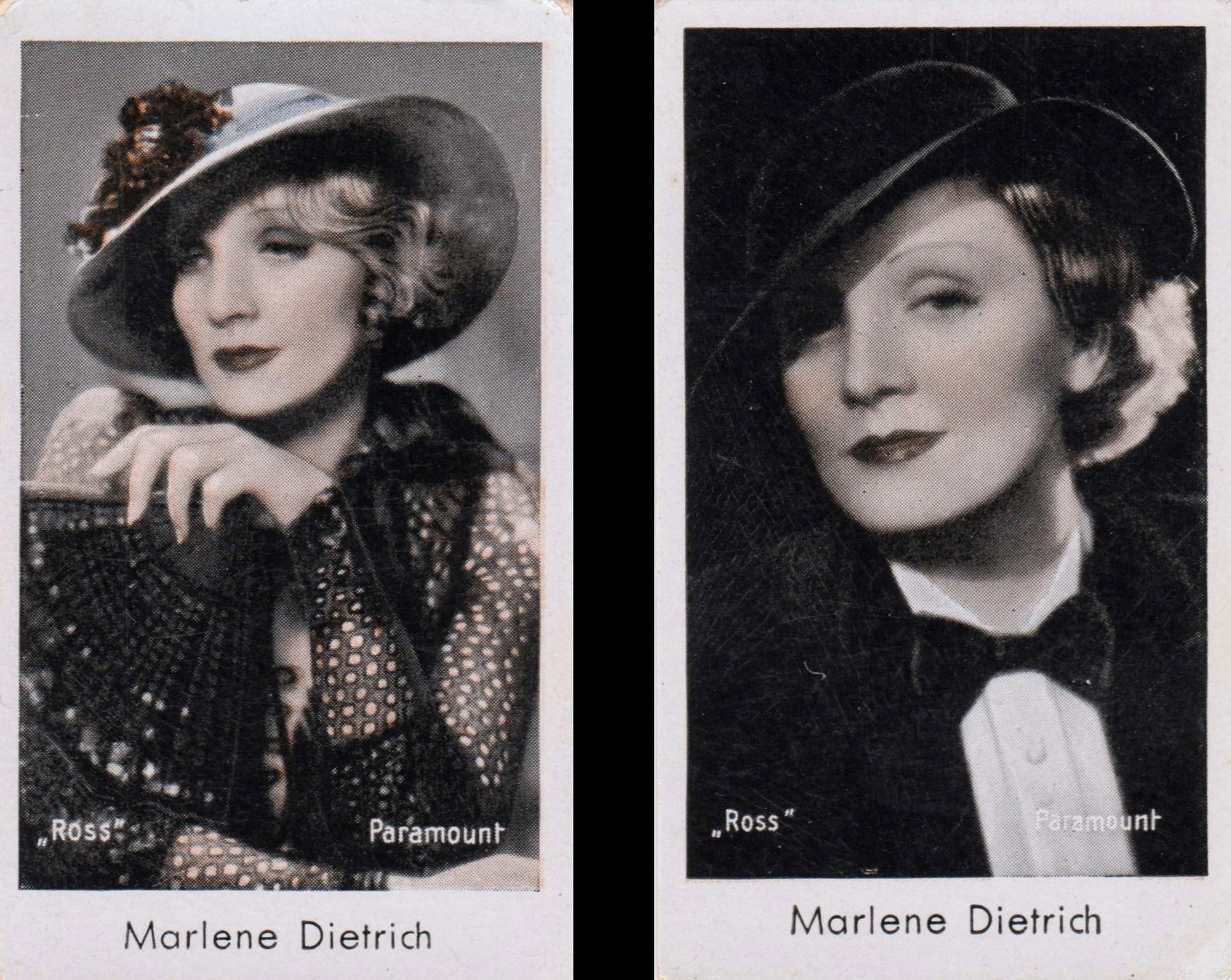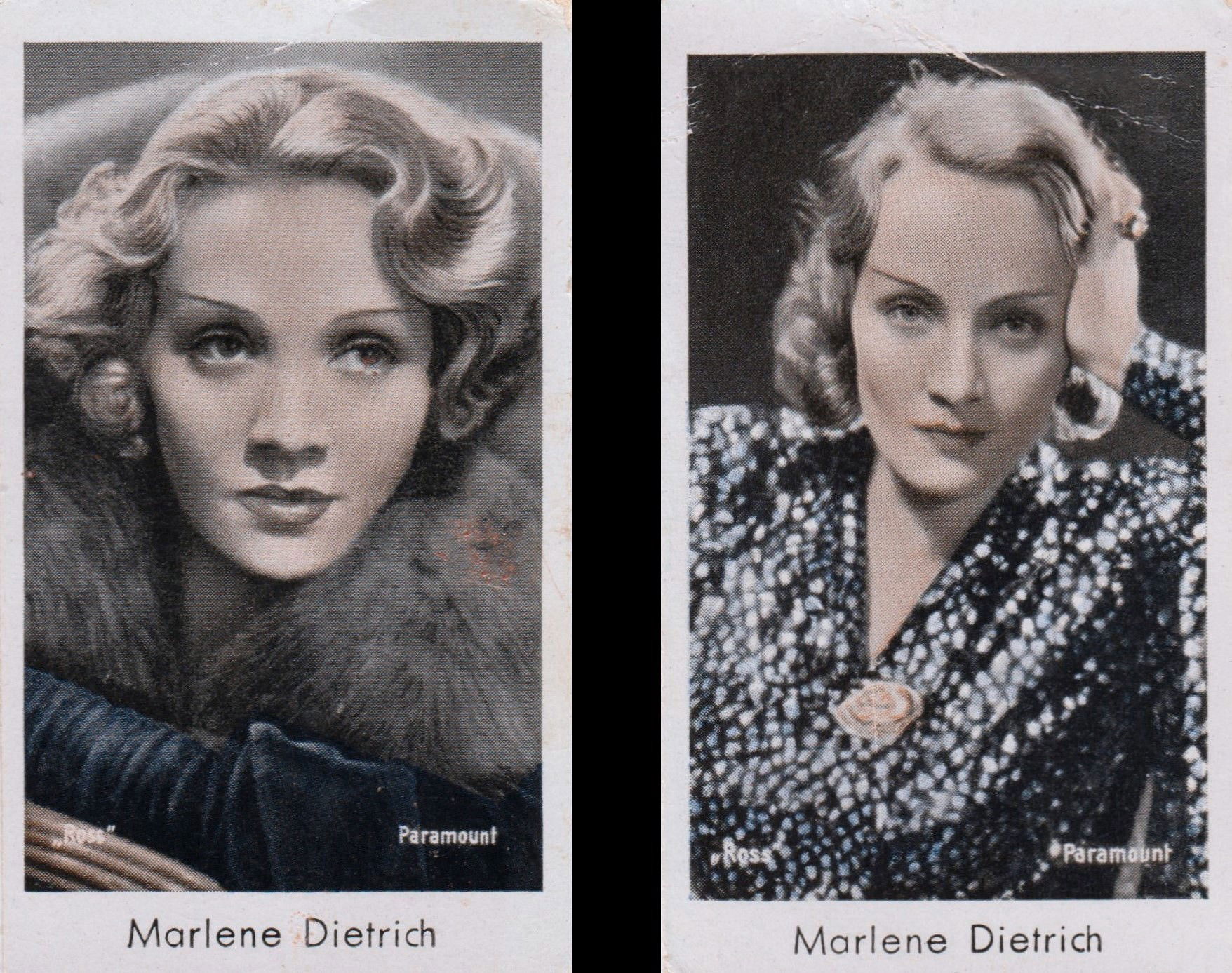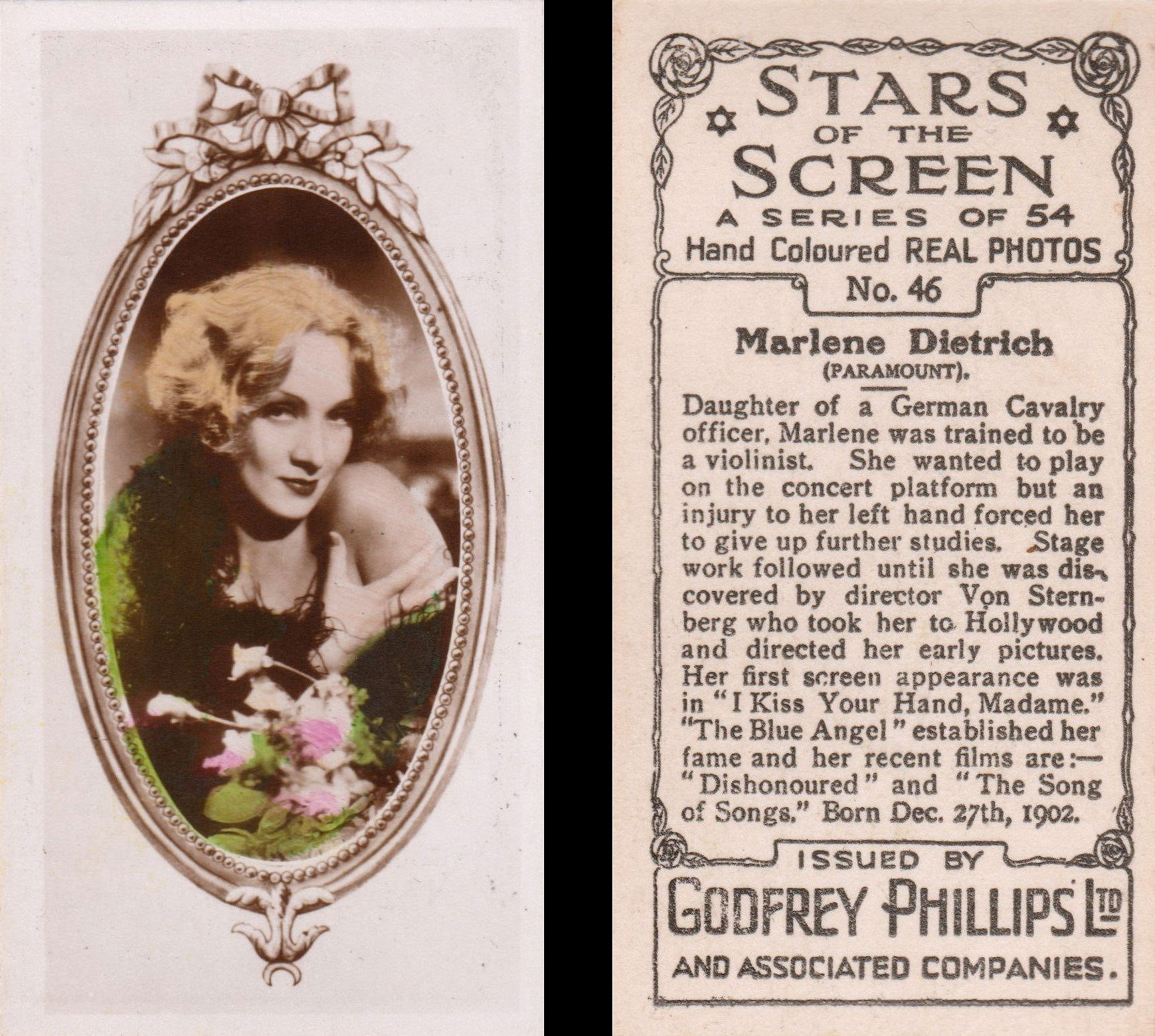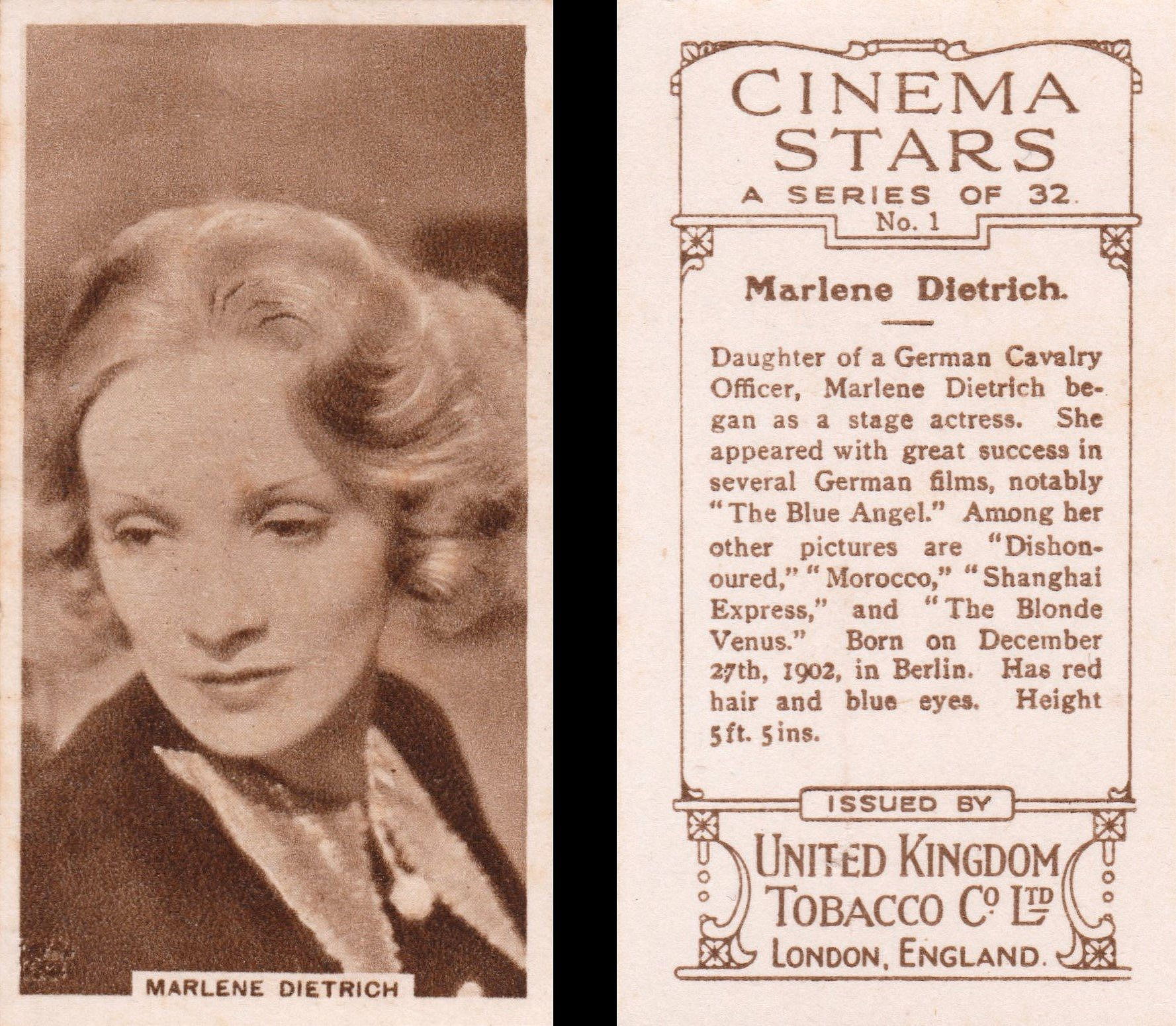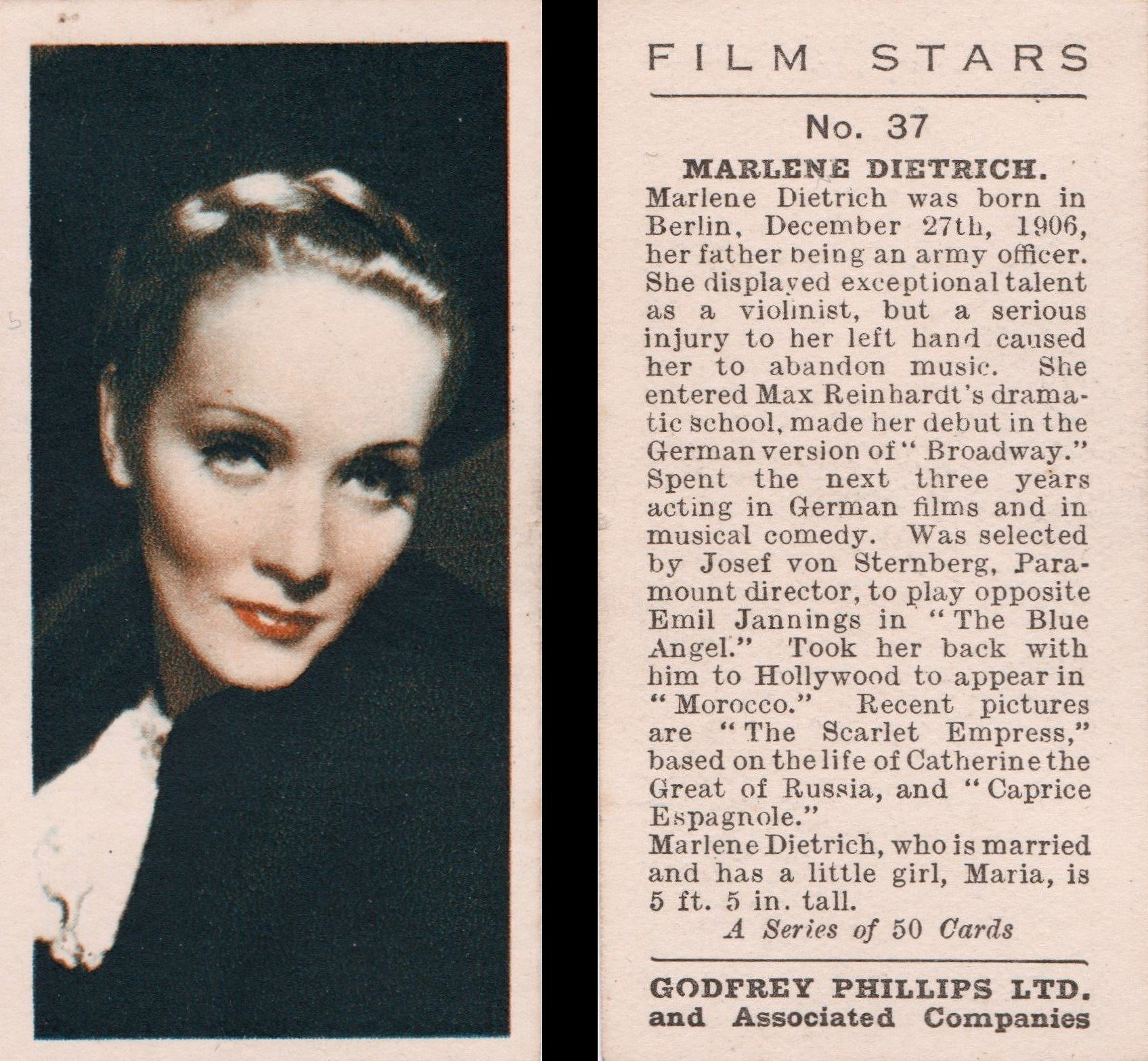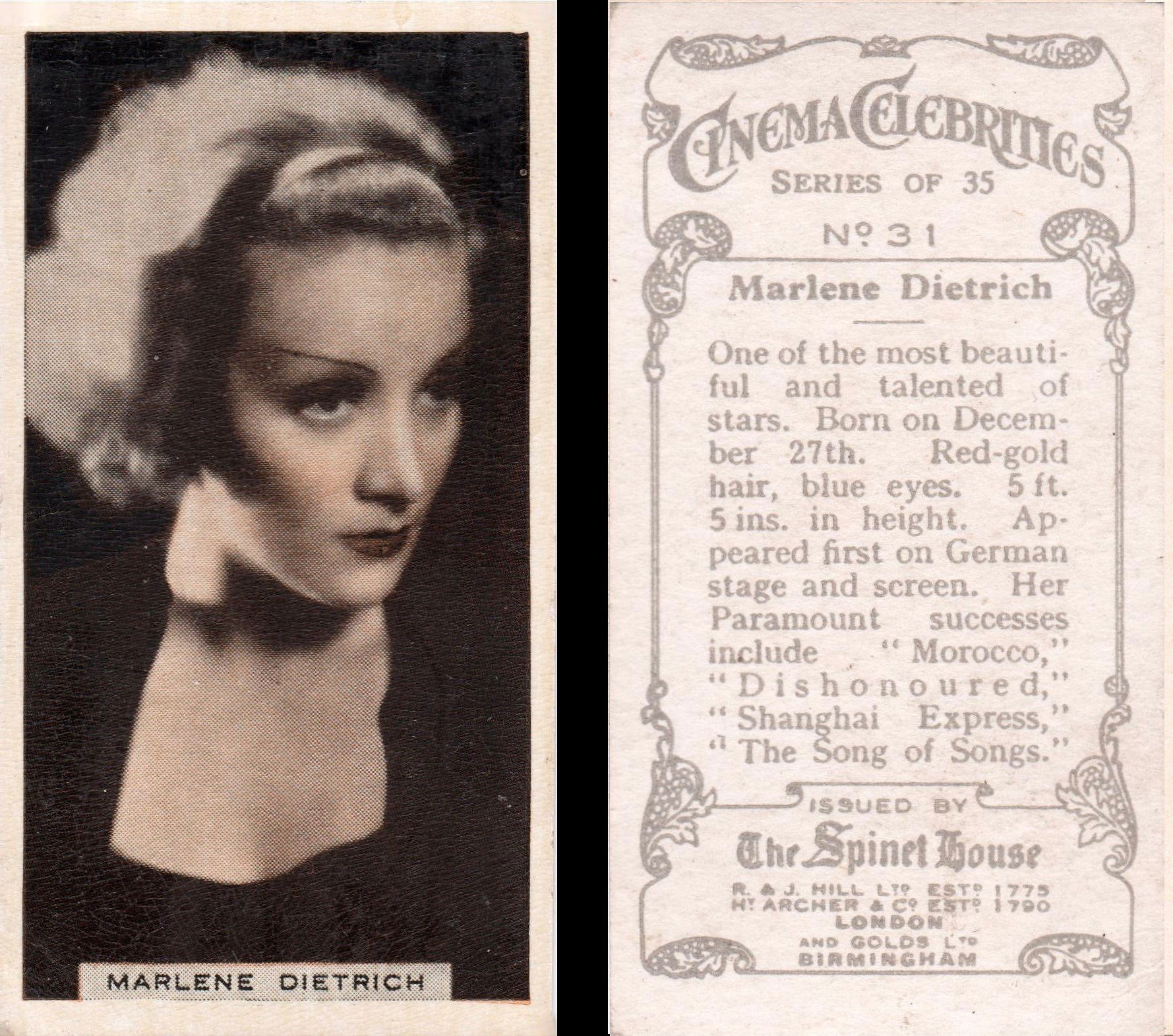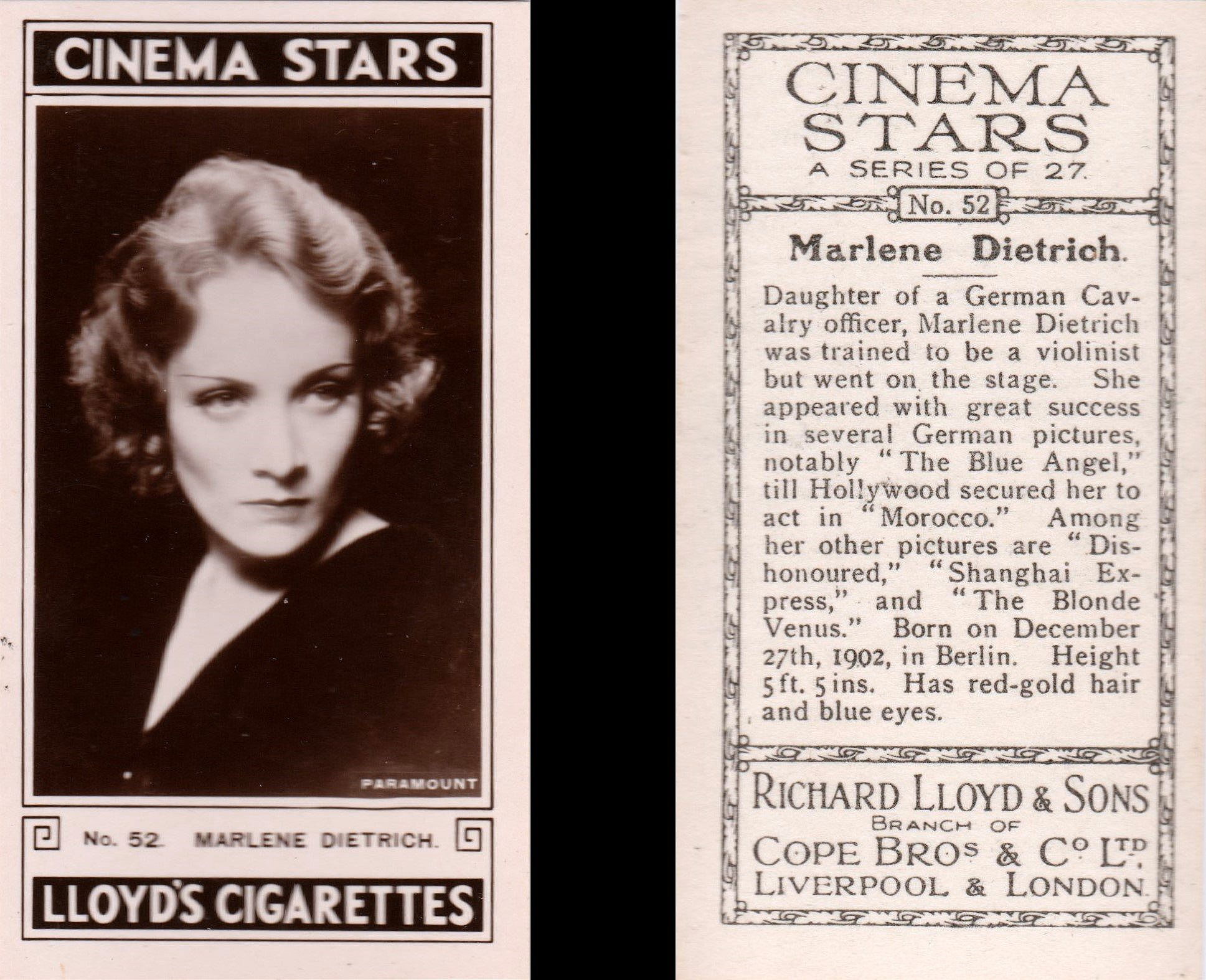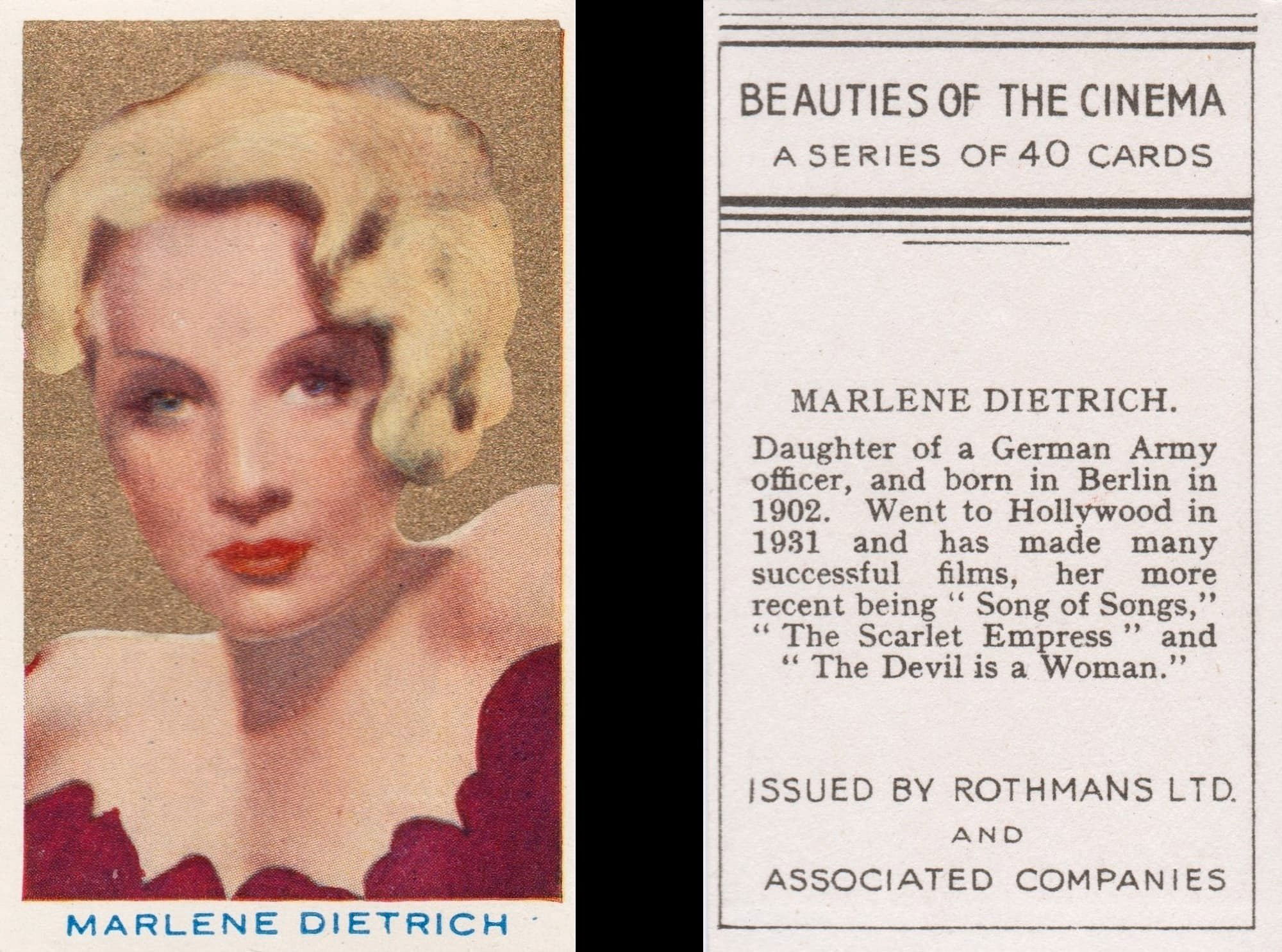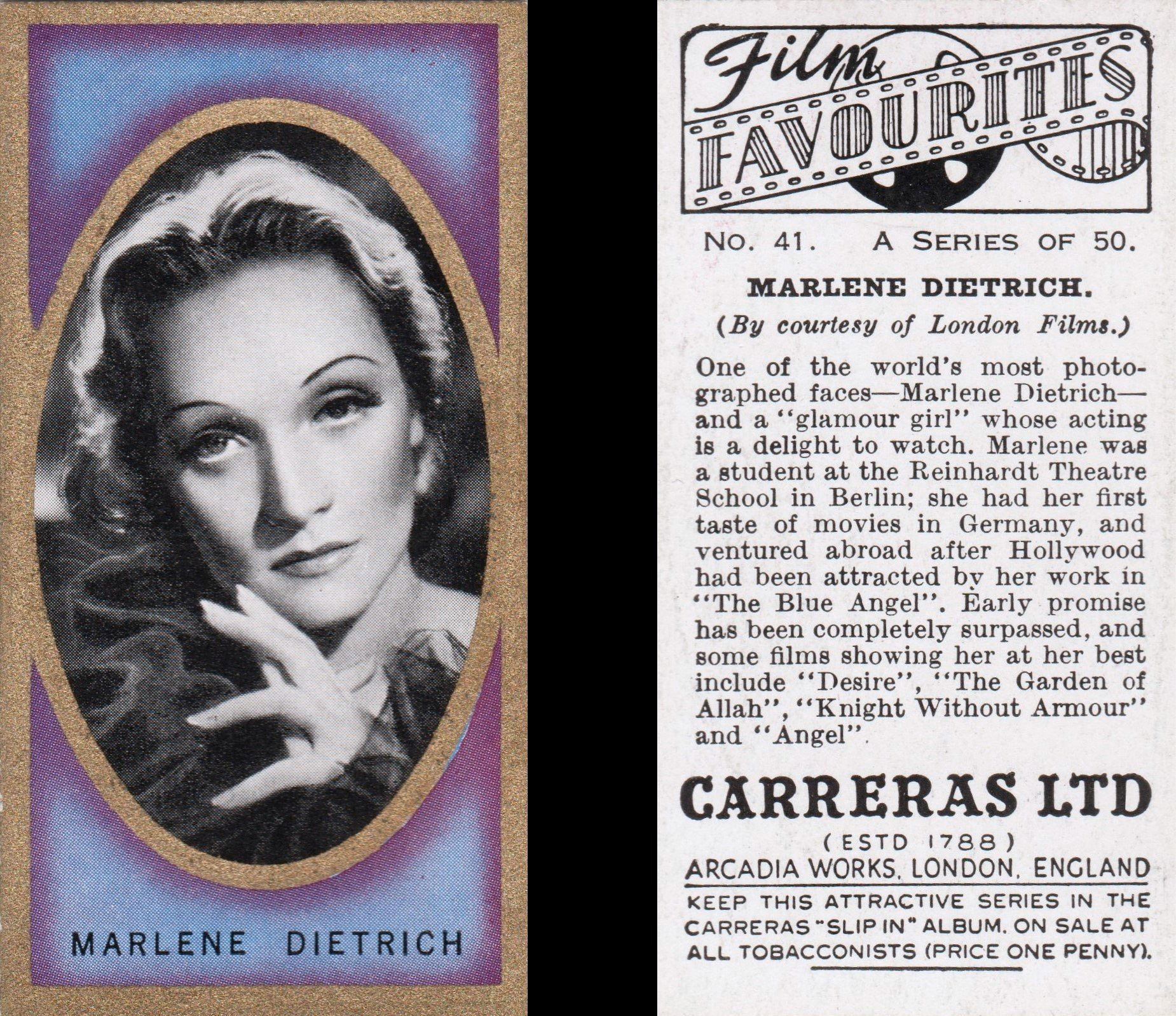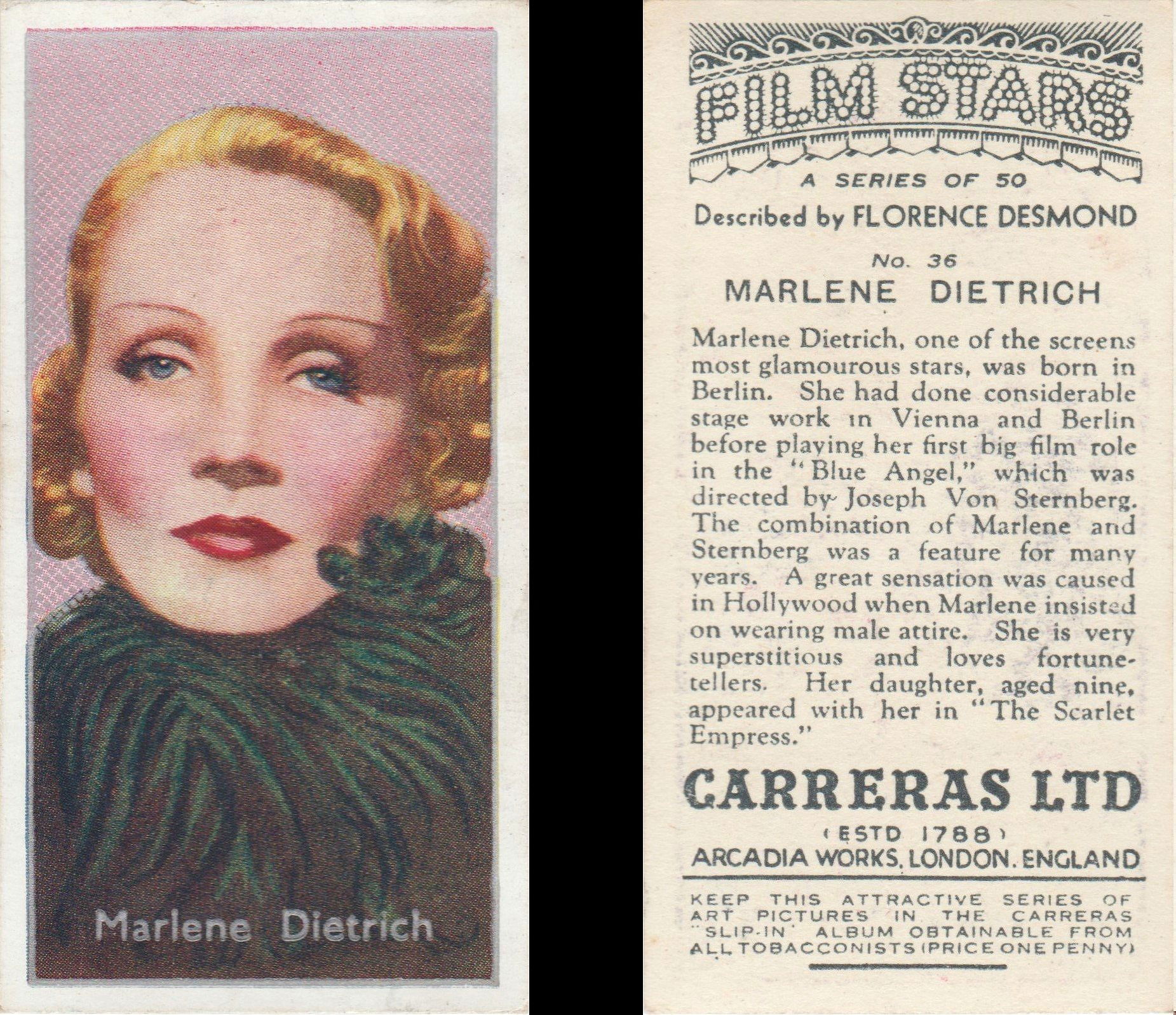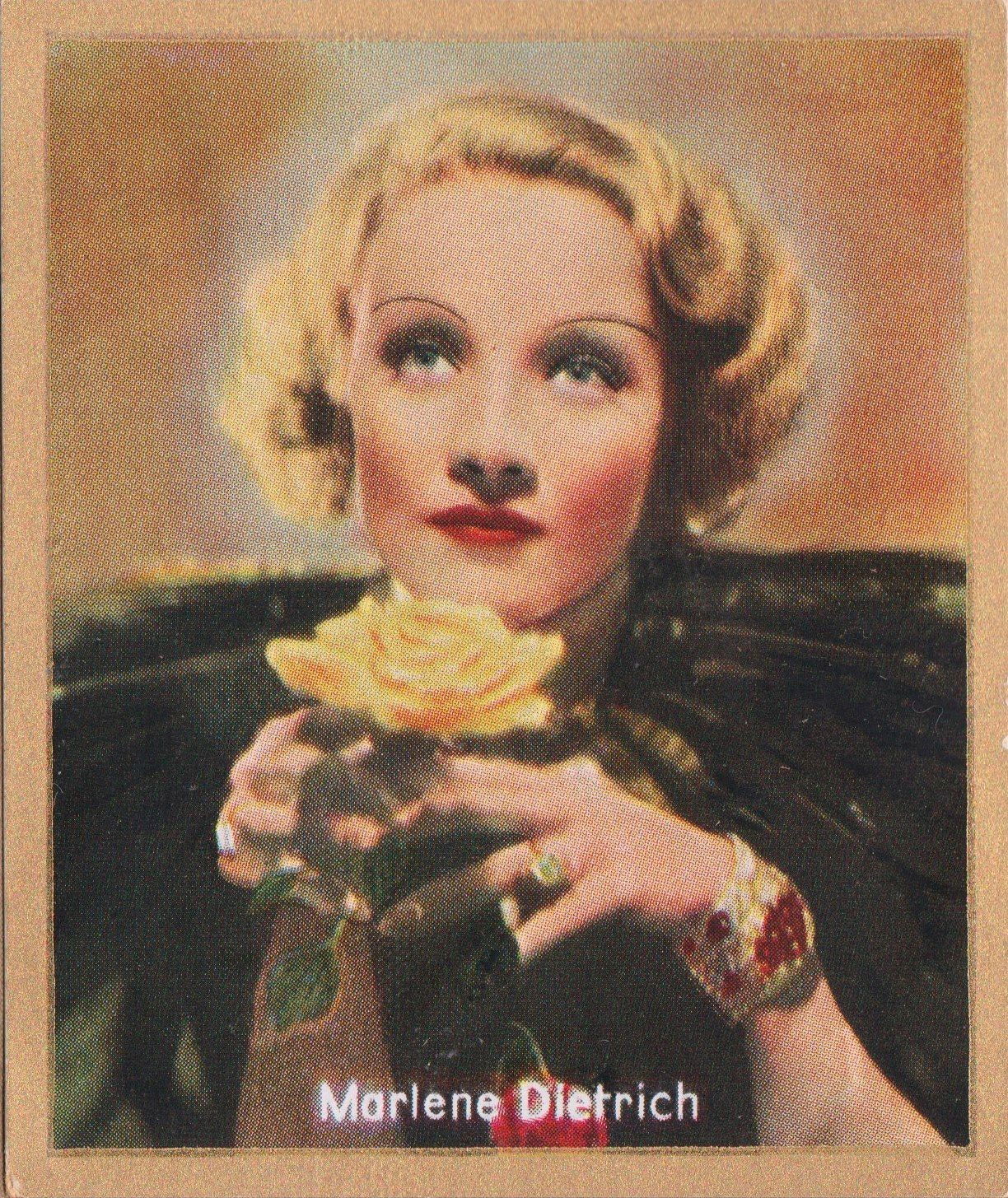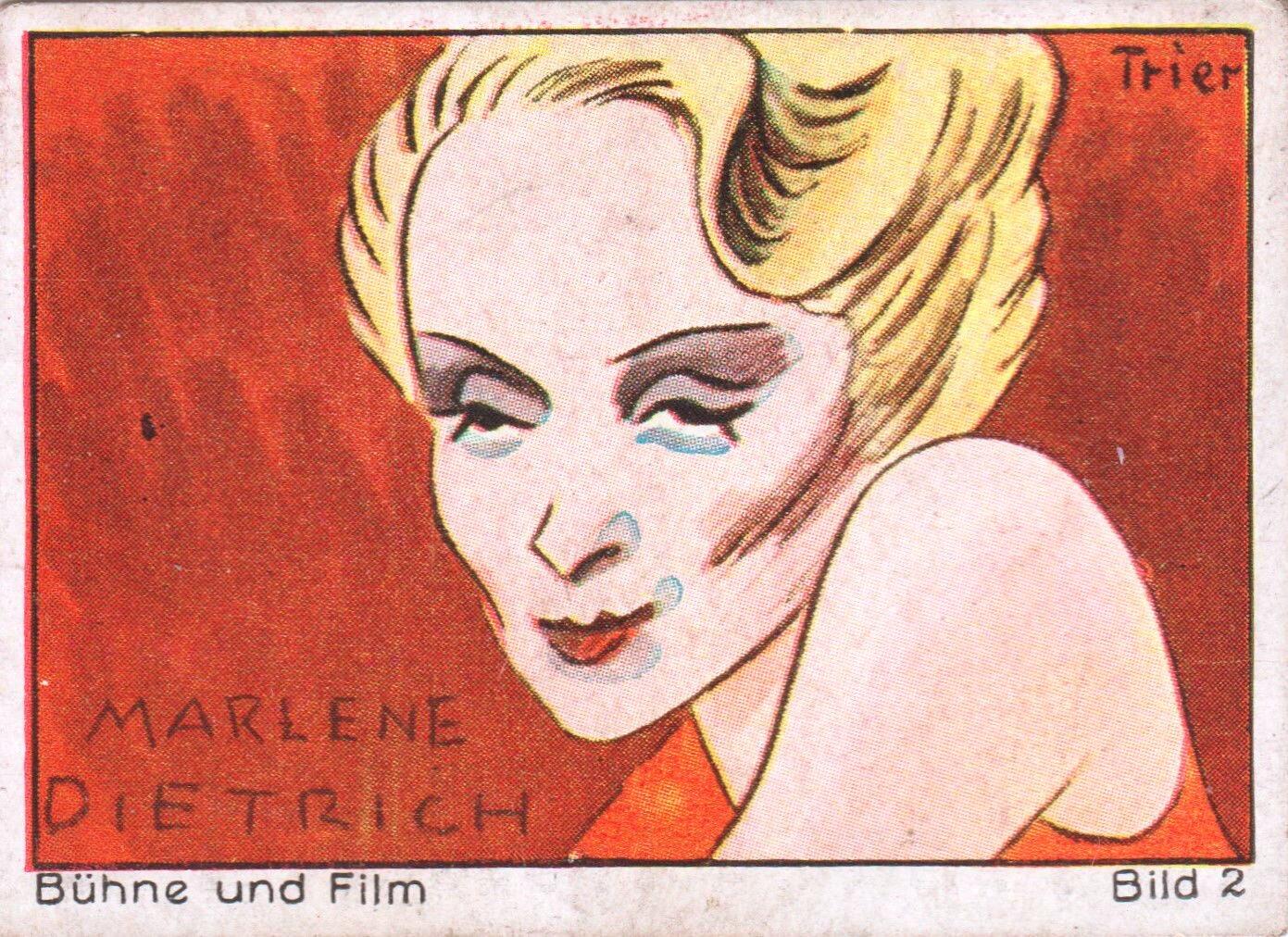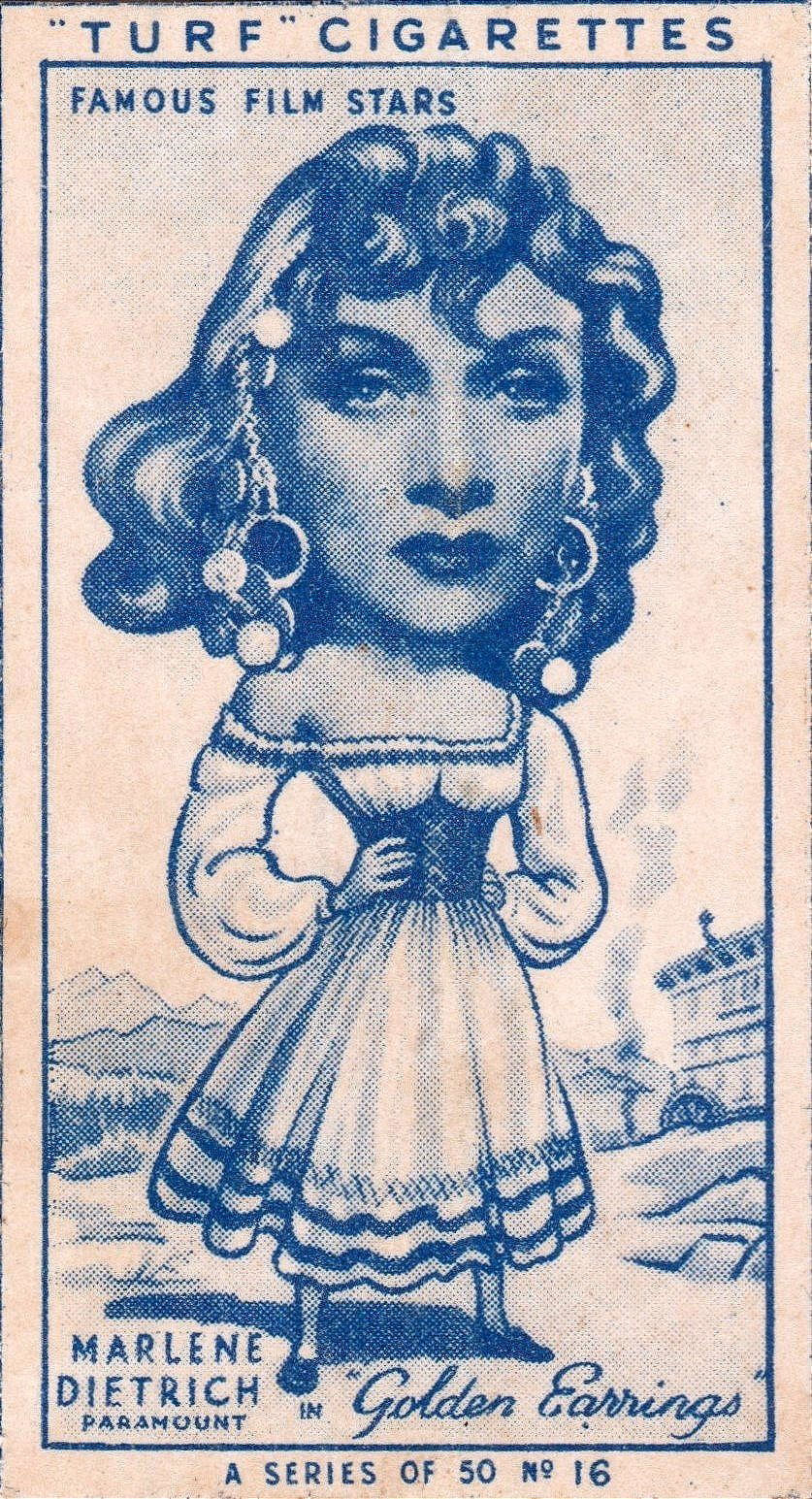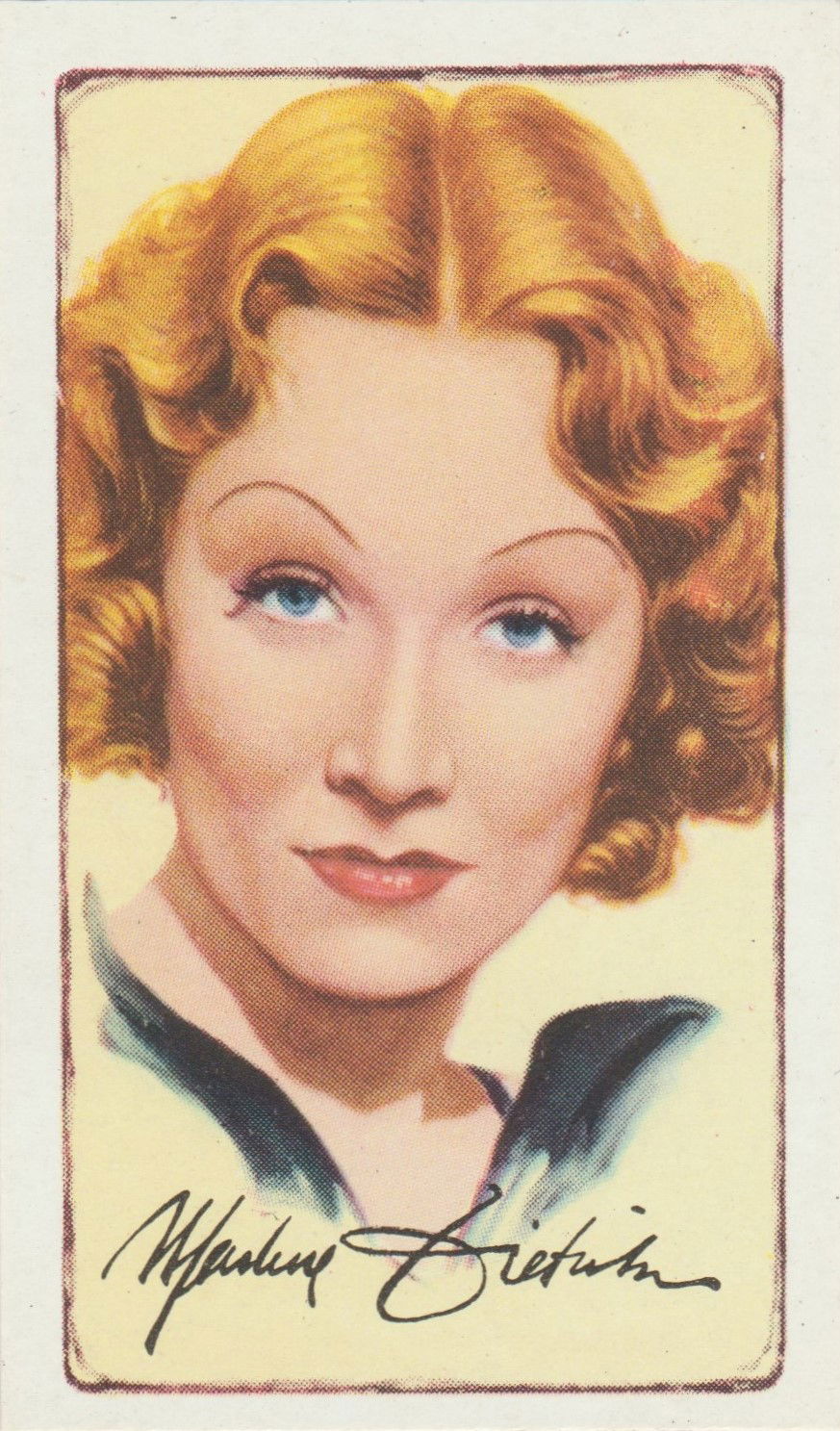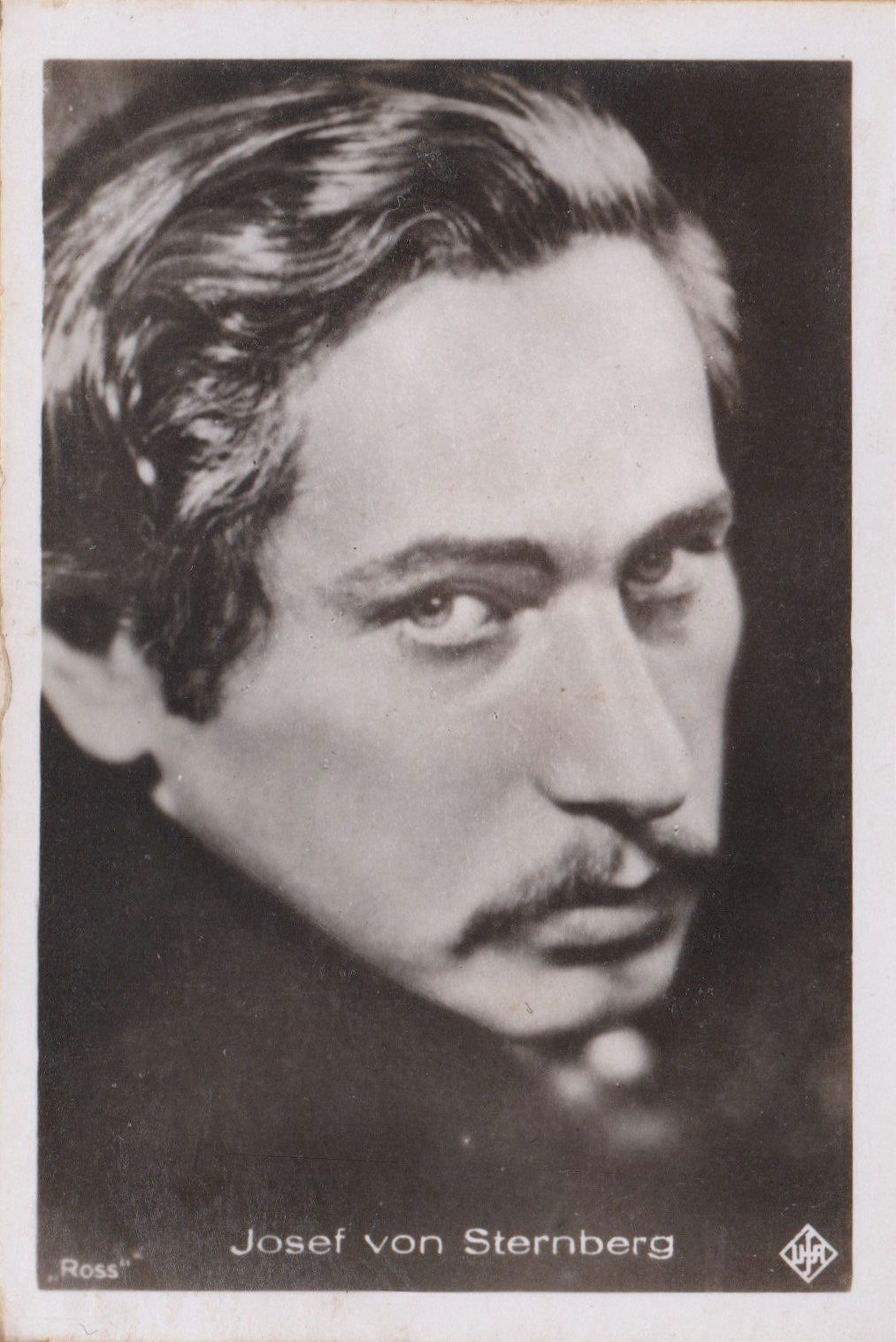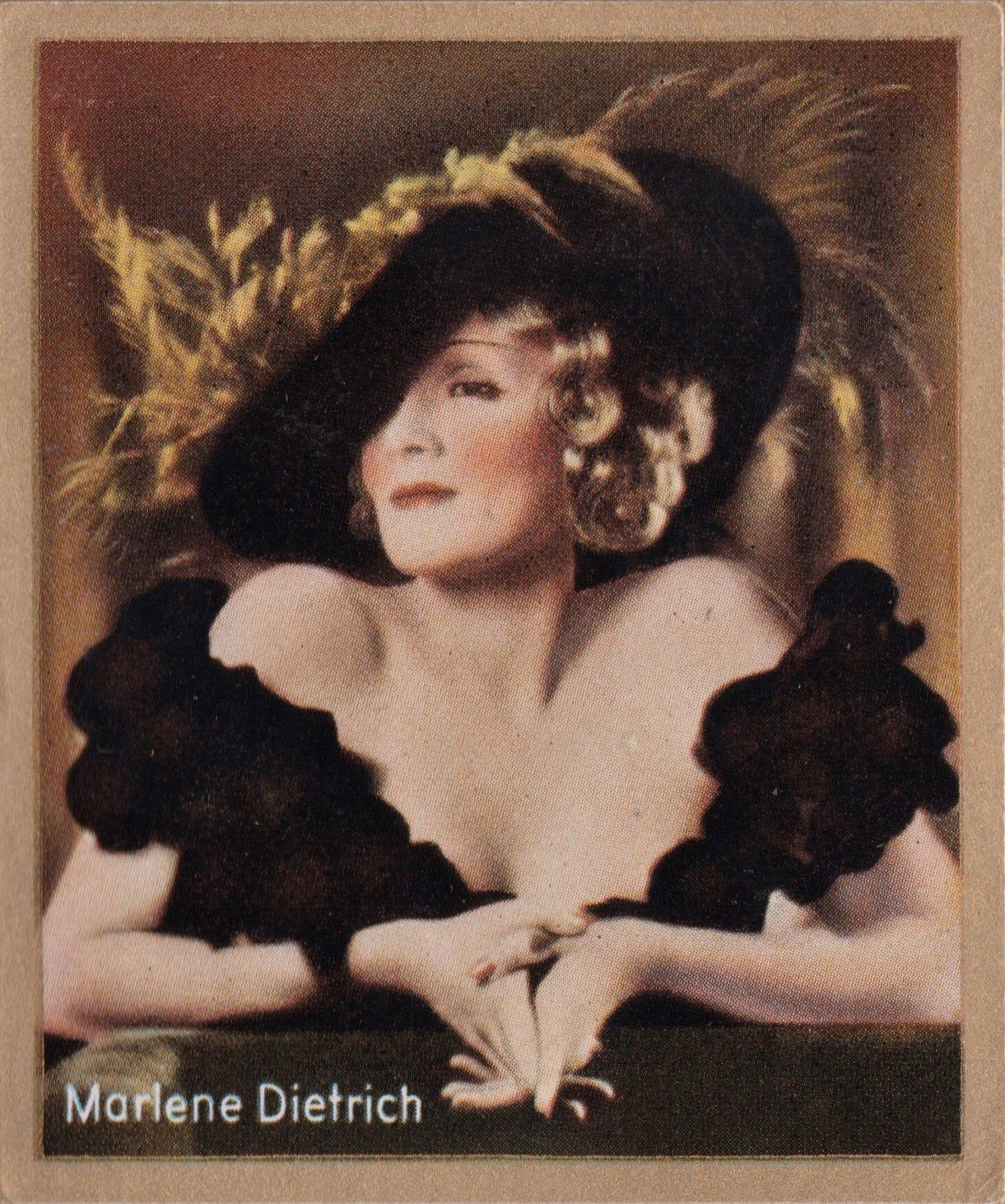“MARLENE DIETRICH: The Diva Who Defied Time”
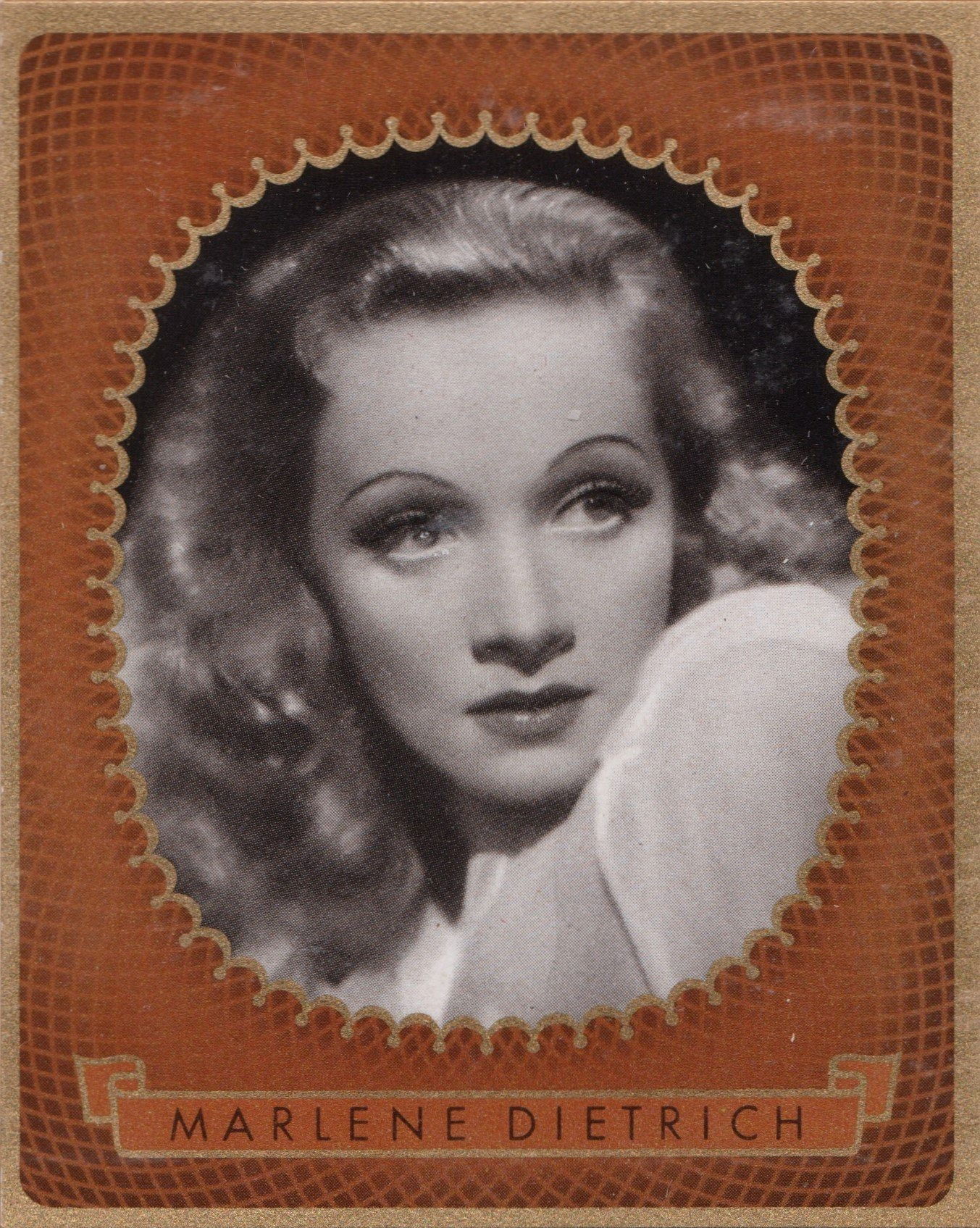
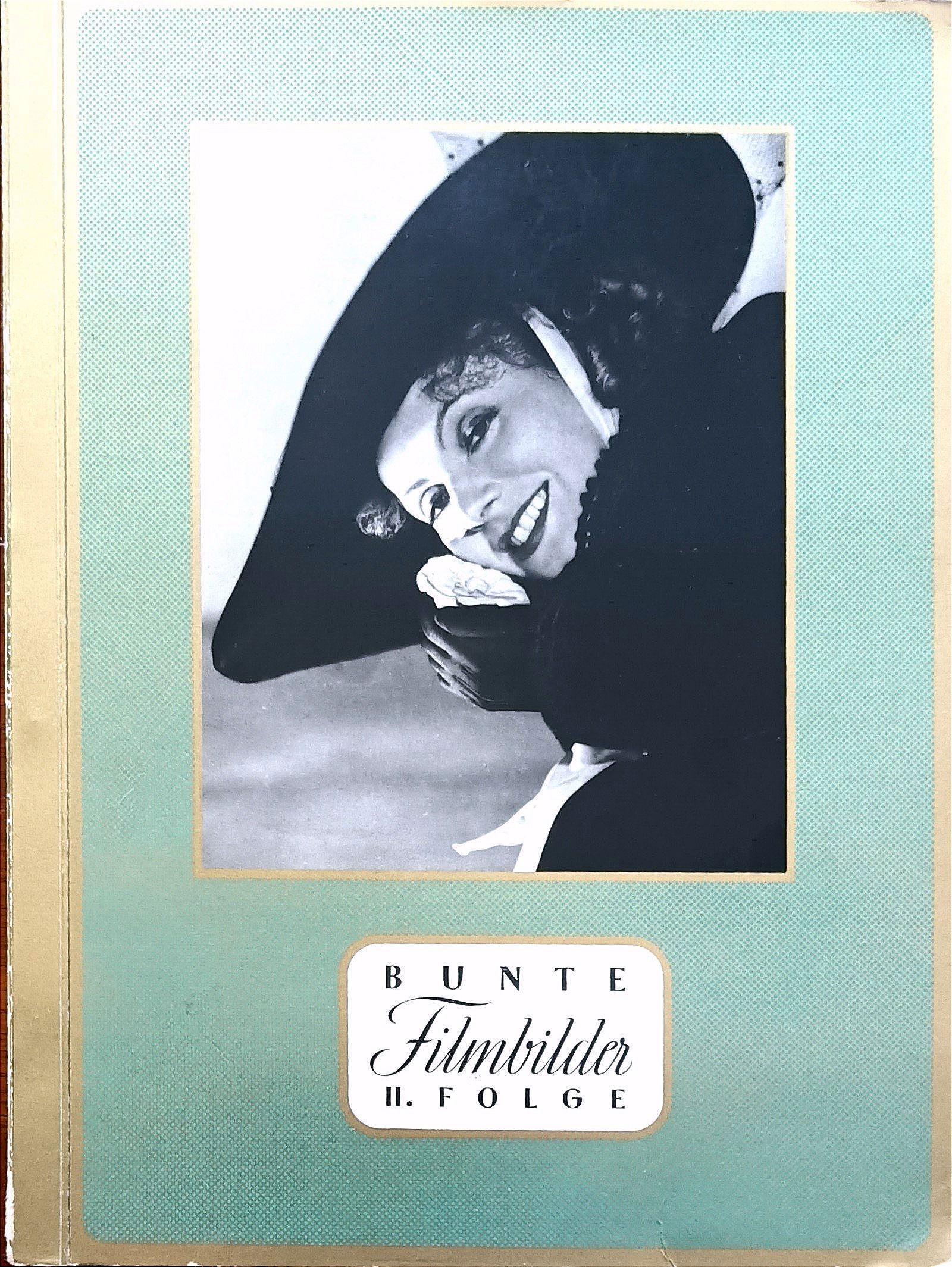
Card n.279 pag. 5 COLORFUL FILM IMAGES SECOND EPISODE
(personal collection)
Marlene Dietrich, an icon of cinema and music, embodied an era of glamour and change with her presence. Her personality, complex and multifaceted, stood out for a charisma that went beyond the big screen. Dietrich was known for her timeless elegance, a beauty that defied convention, and a talent that was expressed as much in the performance of memorable roles as in her deep, sensual voice. His personal life, however, remained shrouded in mystery, with few details leaking out of his inner circle. Dietrich was a polyglot, fluent in German, English and French, and was said to love the lively gay bar and dress-up dance scene of 1920s Berlin. His opposition to the Nazi regime and his commitment during the Second World War, where he performed for Allied troops and supported German and French exiles, demonstrated a courage and firmness of principles that left an indelible mark. Dietrich was not just an artist; She was a woman who lived with passion, who fought for what she believed in and who, with her art, touched the hearts of many generations. Her legacy continues to influence not only the world of entertainment, but also the spheres of fashion and popular culture, making Marlene Dietrich an eternal symbol of strength and sophistication.
"FROM THE BEGINNINGS TO THE MYTH"
Card n.25 della serie SIGNED PORTRAITS OF FAMOUS STARS
GALLAHER LTD (1935)
(personal collection)
Marlene Dietrich, style icon and pioneer of cinema, began her artistic journey in Berlin in the 20s, a melting pot of innovation and cultural rebellion. His rise from the variety and cabaret theaters of Weimar, where he honed his craft under the critical eye of a discerning audience, was a testament to his resilience and indomitable spirit. Dietrich embodied the essence of a new woman, independent and daring, who challenged social conventions with her androgynous beauty and her warm, enveloping voice.
Marlene Dietrich, before becoming a movie star, honed her talent on the theater stages of Berlin. These spaces were hotbeds of creativity, where Marlene could experiment and shape her unique stage presence, which would become her trademark.
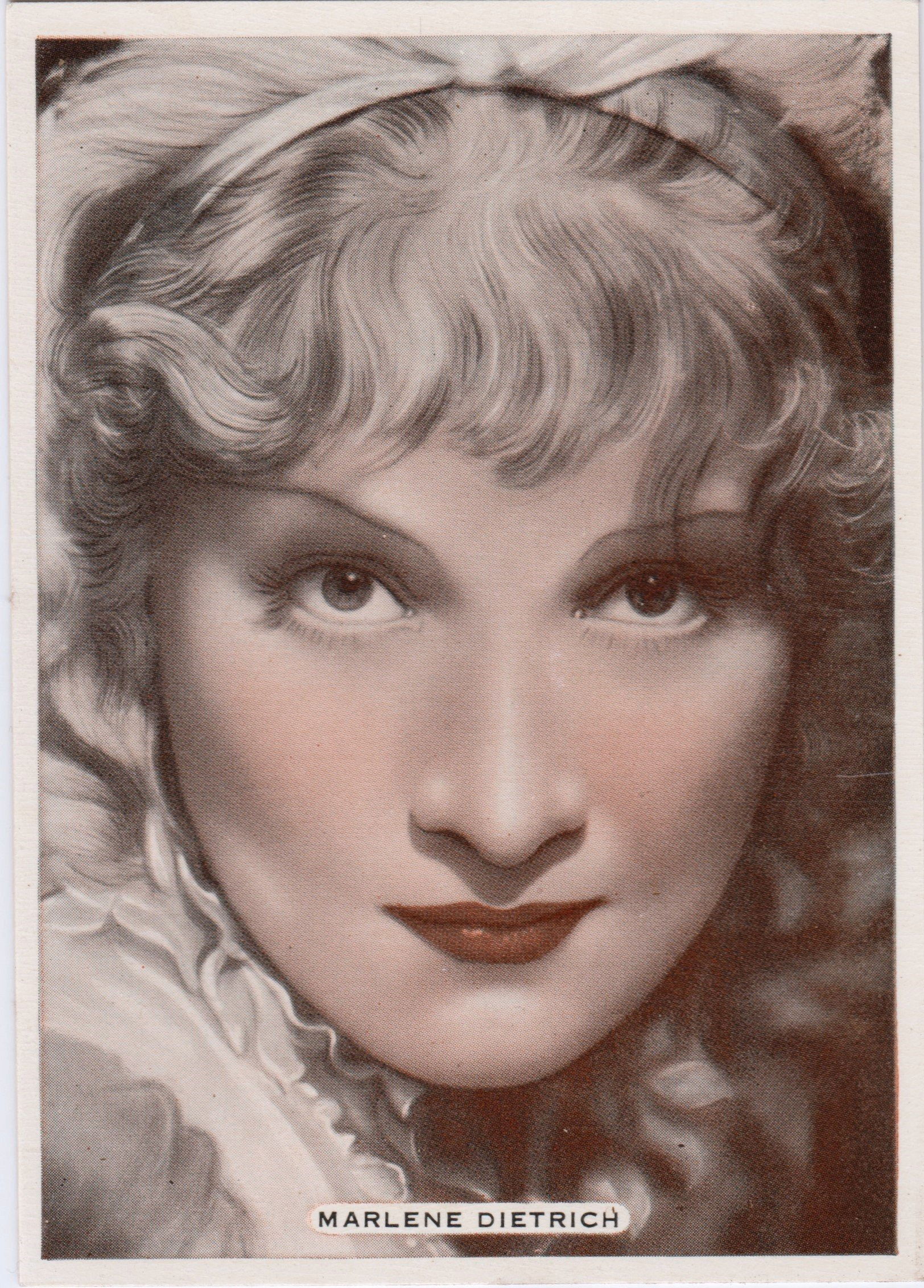
Card n.7 of the series ֍ FILM STAGE & RADIO STARS
ARDATH TOBACCO CO LTD (1935)
(personal collection)
Her performances were characterized by a blend of elegance and boldness, qualities that captured the attention of the public and allowed her to stand out in a highly competitive environment. Dietrich was not just an actress or a singer; She was a complete artist, who knew how to engage audiences with her deep, sensual voice and her ability to play complex, multifaceted roles.
One of the most remarkable aspects of his early shows was his ability to convey authentic emotions, whether it was the melancholy of a ballad or the liveliness of a cabaret act. This emotional ability, combined with her stage presence, attracted the attention of influential directors of the time, such as Josef von Sternberg, who chose her for the role of Lola Lola in the film "The Blue Angel", which marked her transition from theater to cinema and launched her towards international success. The film was not only a springboard for his international career, but also a manifesto of his versatile talent, capable of capturing the emotional complexity and depth of the characters he played. The film, featuring its performance by Lola Lola, the heartbroken cabaret singer, became a classic, celebrating Dietrich as an artist who transcended national and cultural boundaries. In addition to treading the stages of the most famous theaters, she was also a brilliant star of silent cinema. Marlene had already starred in several silent films, exploring her versatility as an actress and honing her talent. His film debut came in 1922, and in the early years of his career, he appeared in works such as "Little Napoleon", "The Tragedy of Love" and "The Ship of Lost Souls" in 1929. These silent films allowed her to experiment with different roles and genres, from comedy to drama, and to work with talented directors of the time.
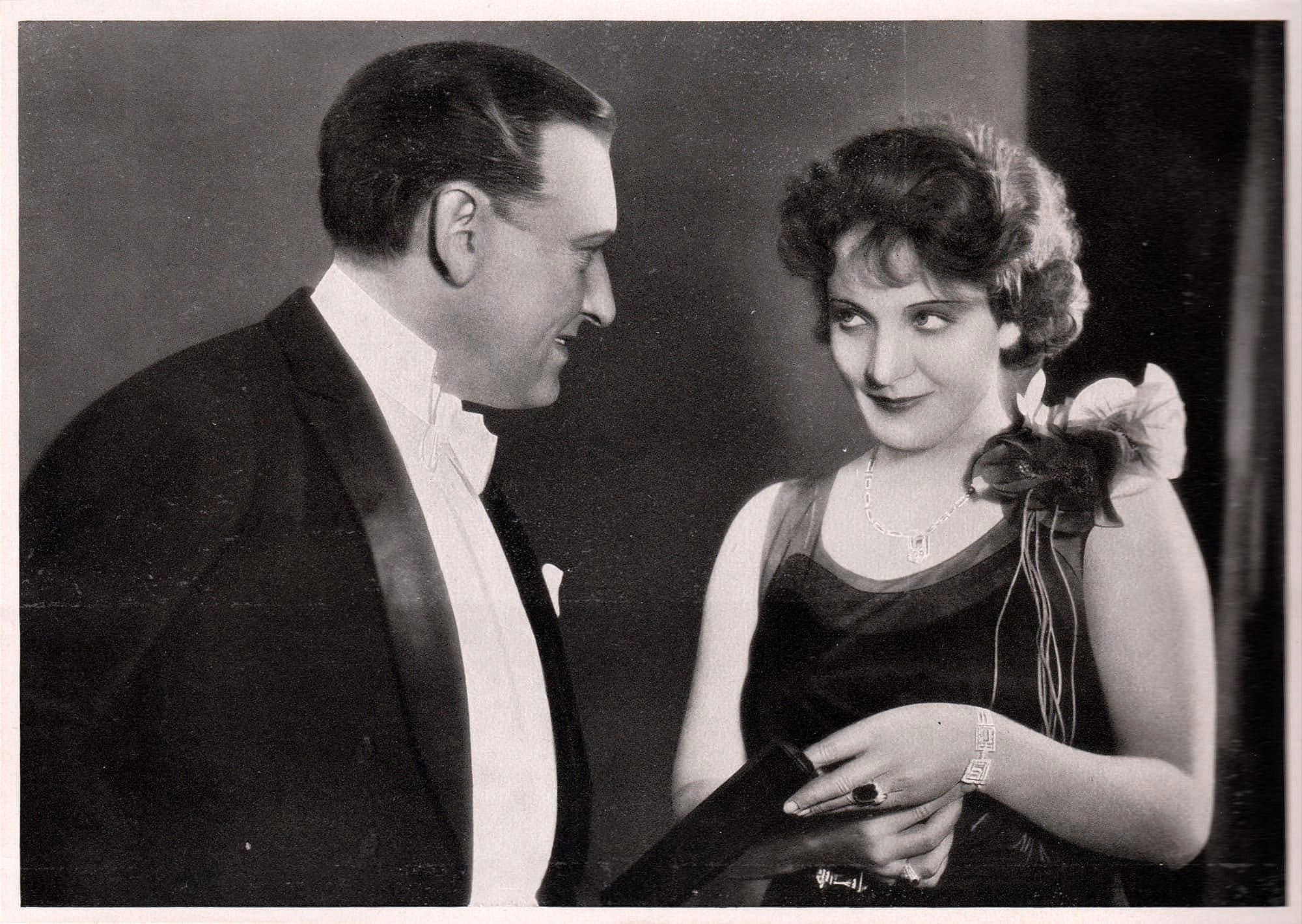
Marlene Dietrich and Ernst Stahl-Nachbaur in the film "The Risks of Engagement"
Card position 1 pag. 78 VOM WERDEN DEUTCHER FILMKUNST
THE SILENT FILM
(personal collection)
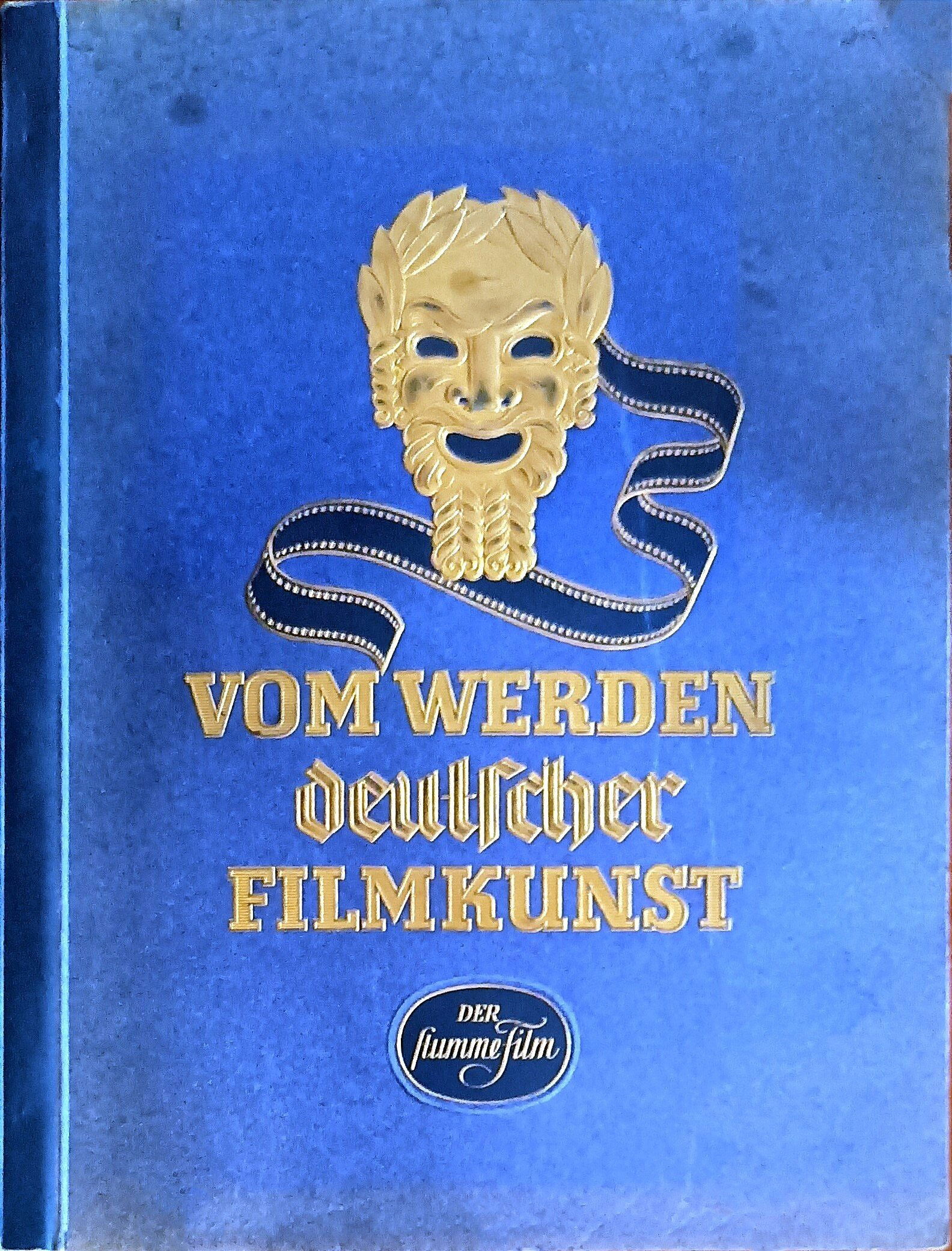
His last silent film was "The Risks of Engagement", a 1930 comedy directed by Fred Sauer. This work, also known by its German title "Gefahren der Brautzeit," stands out for its ability to capture the complexities and nuances of love and courtship through rich and engaging visual storytelling. The plot unfolds around the love vicissitudes of the protagonist, Baron van Geldern, a ladies' man who finds himself navigating the pitfalls and complications of romantic relationships. The film, with its irony and critical spirit, reflects on the social conventions of the time and the expectations related to engagement, offering the viewer a vivid cross-section of a distant era, but no less current in its themes. "The Risks of Engagement" is an example of how silent cinema was able to deal with deep and universal topics, demonstrating that the power of images can convey emotions and tell stories with an impact that goes beyond words.
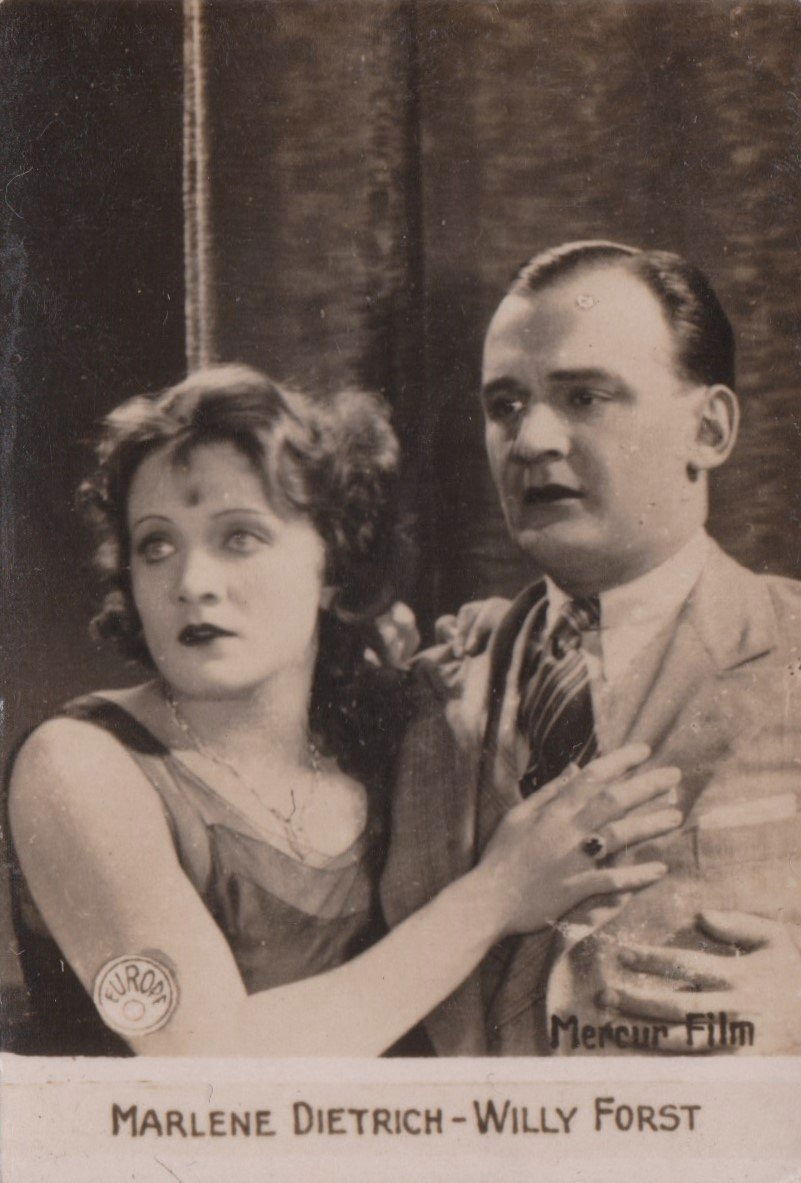
Card n.93 pag. 16 DAS ORAMI-ALBUM
(personal collection)
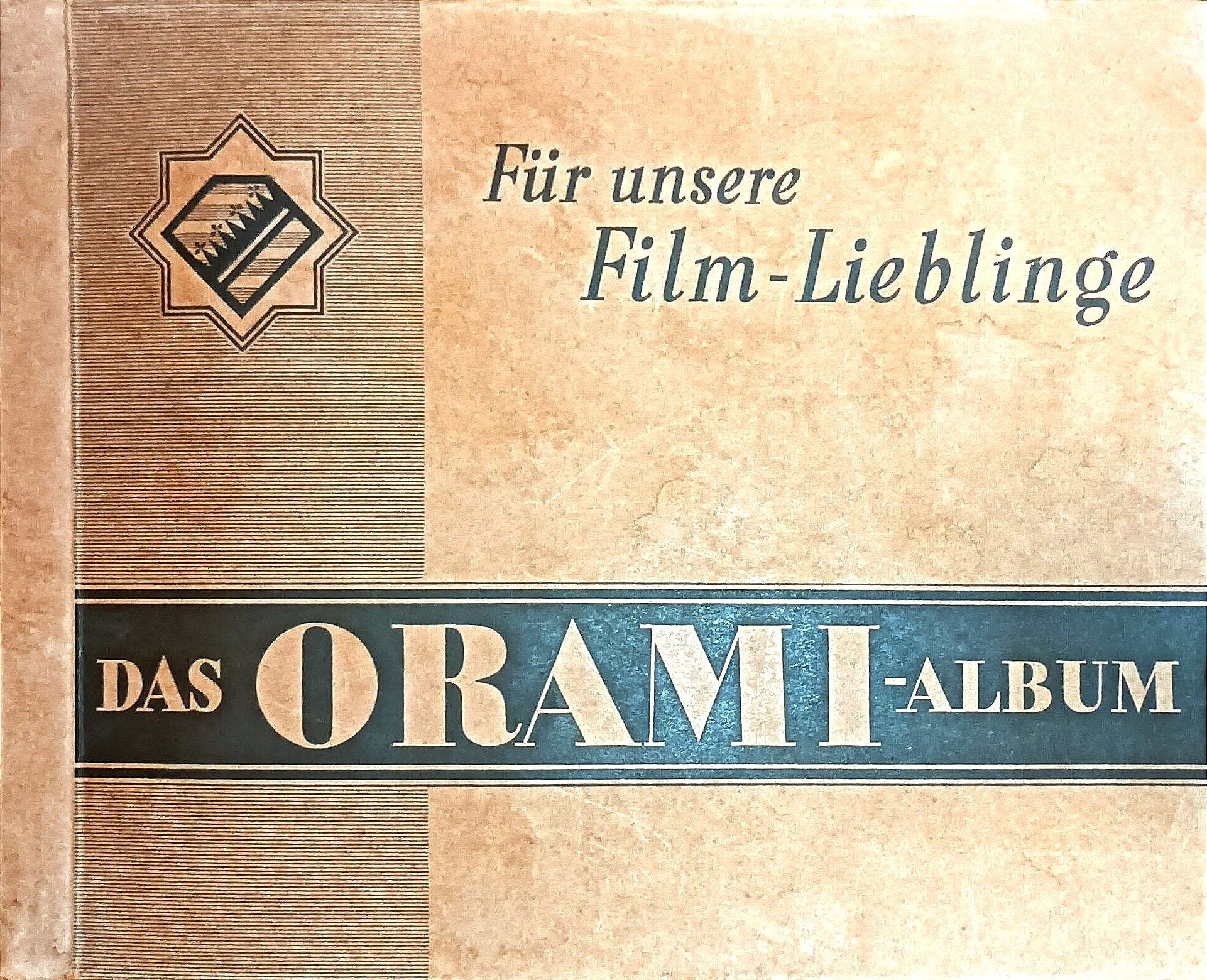
Dietrich's performance in this silent film already shows traces of his stage presence and talent, which would later fully flourish in his later works. The critics of the time received the film with a certain detachment and it did not achieve great commercial success, perhaps due to the transition from silent to sound cinema that was taking place at that time, but today it can be appreciated as a piece of film history and for the refined interpretation of the actress. Marlene Dietrich's first performances in the theater and her first works with silent film therefore represent not only the beginning of her artistic career, but also the foundation of her future film interpretations. Each performance was a step towards the creation of that iconic figure that we still admire and remember today.
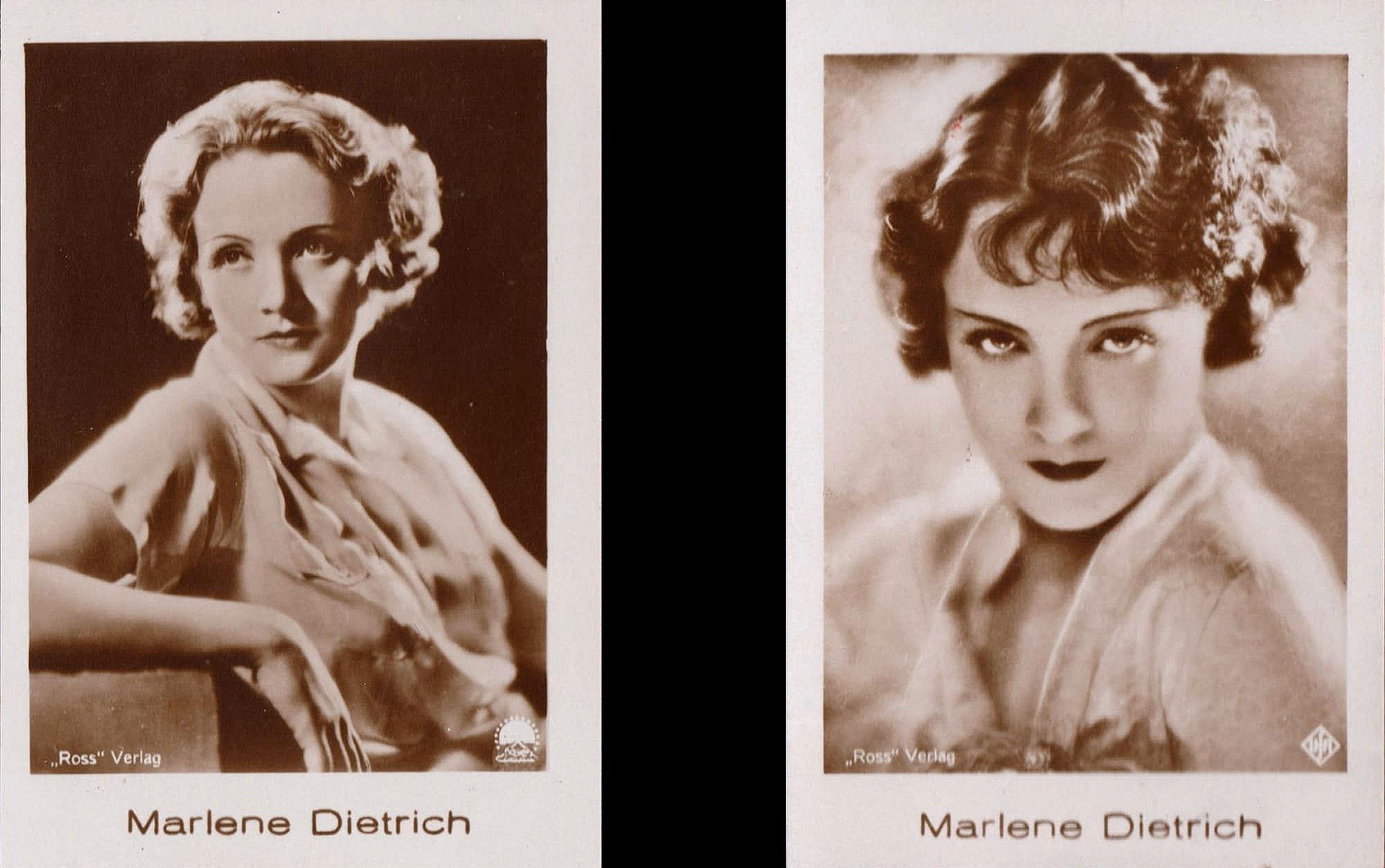
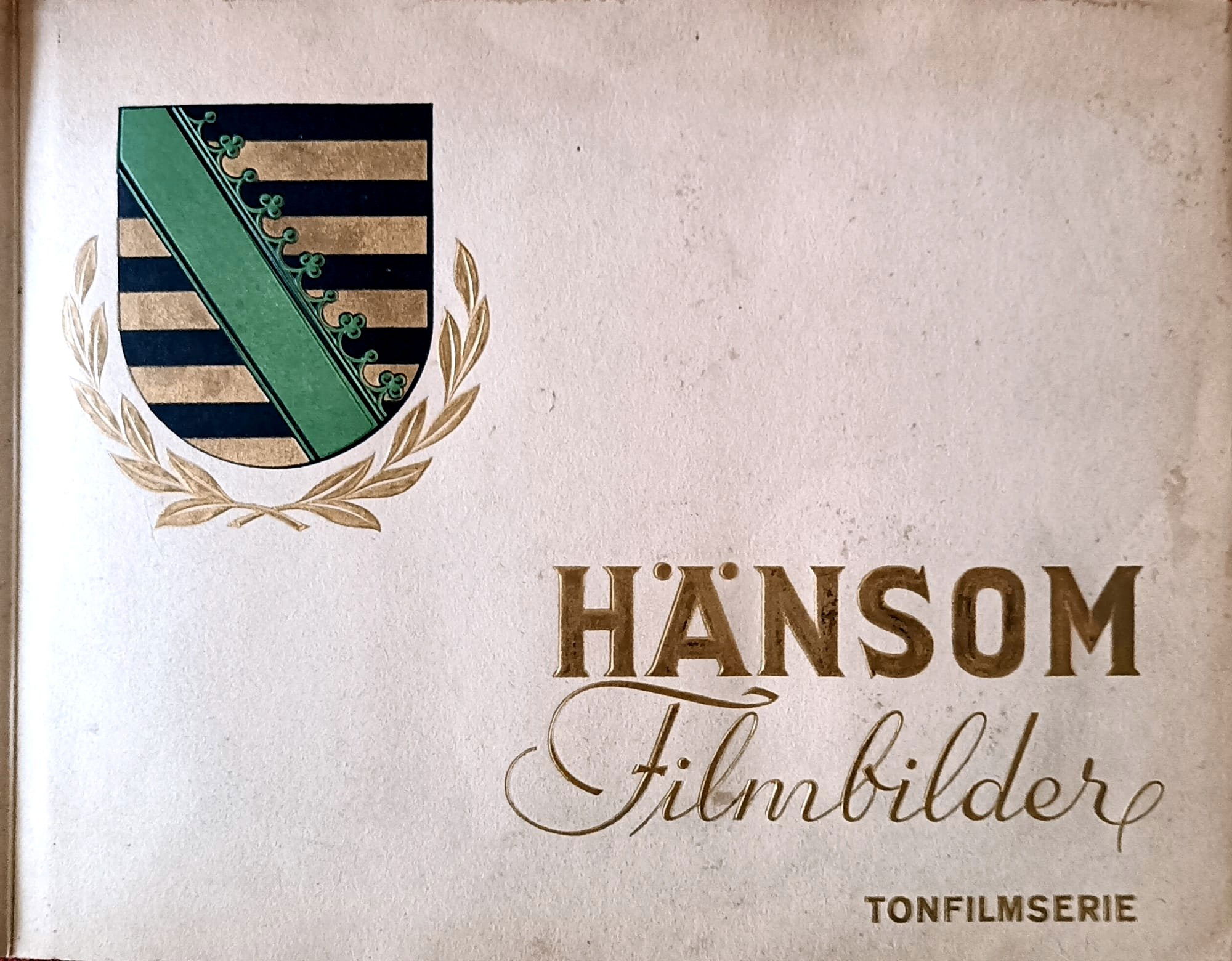
Cards n.355 e n.359 pag. 4 dell' ALBUM HÄNSOM FILM PICTURES TONFILM SERIES
(personal collection)
"THE BLUE ANGEL" Marlene's Flight from the Stage to the Film
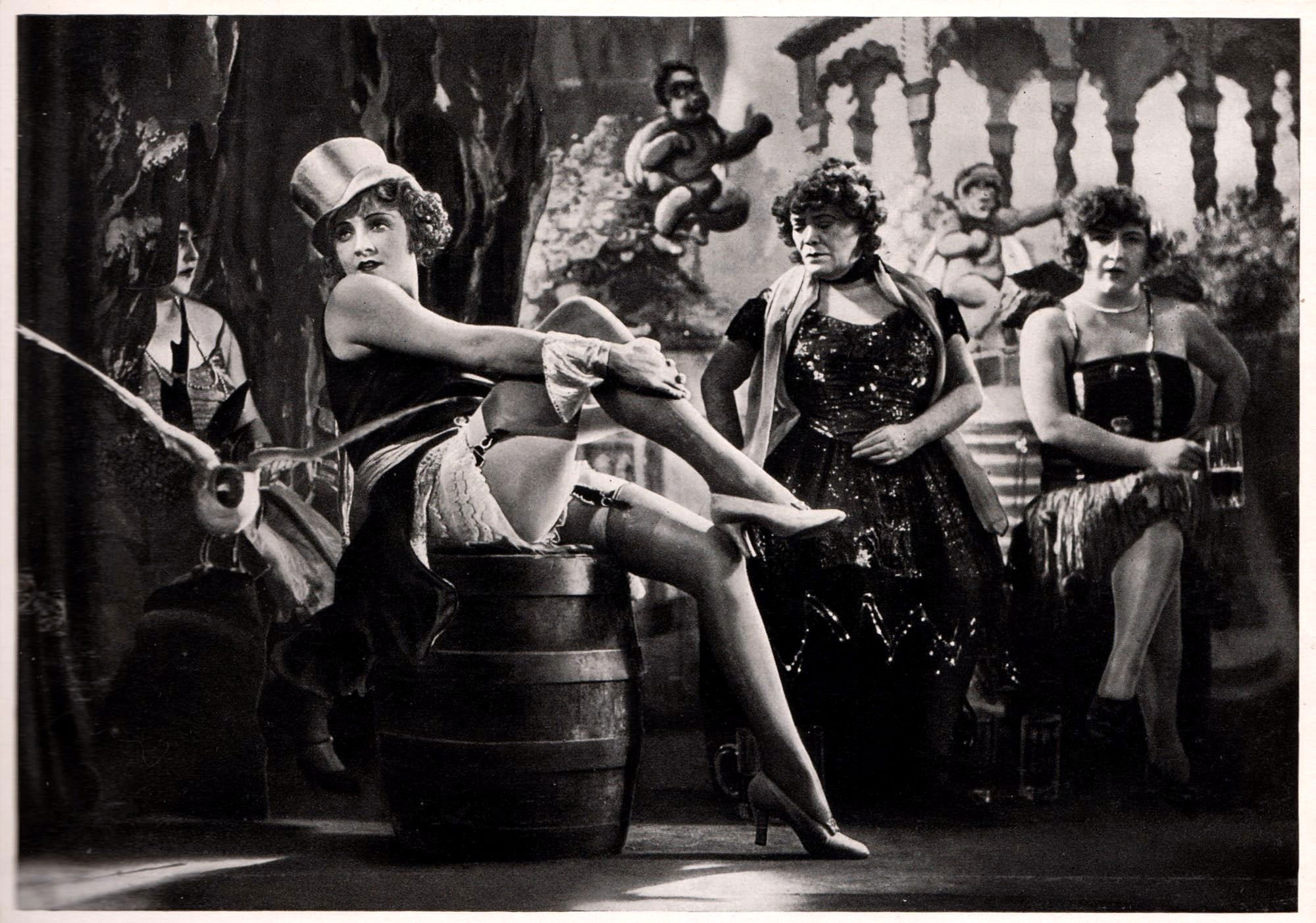
Marlene Dietrich as elegant chansonette Lola in "BLUE ANGEL"
Card position 1 pag. 15 VOM WERDEN DEUTCHER FILMKUNST
THE SOUND FILM
(personal collection)
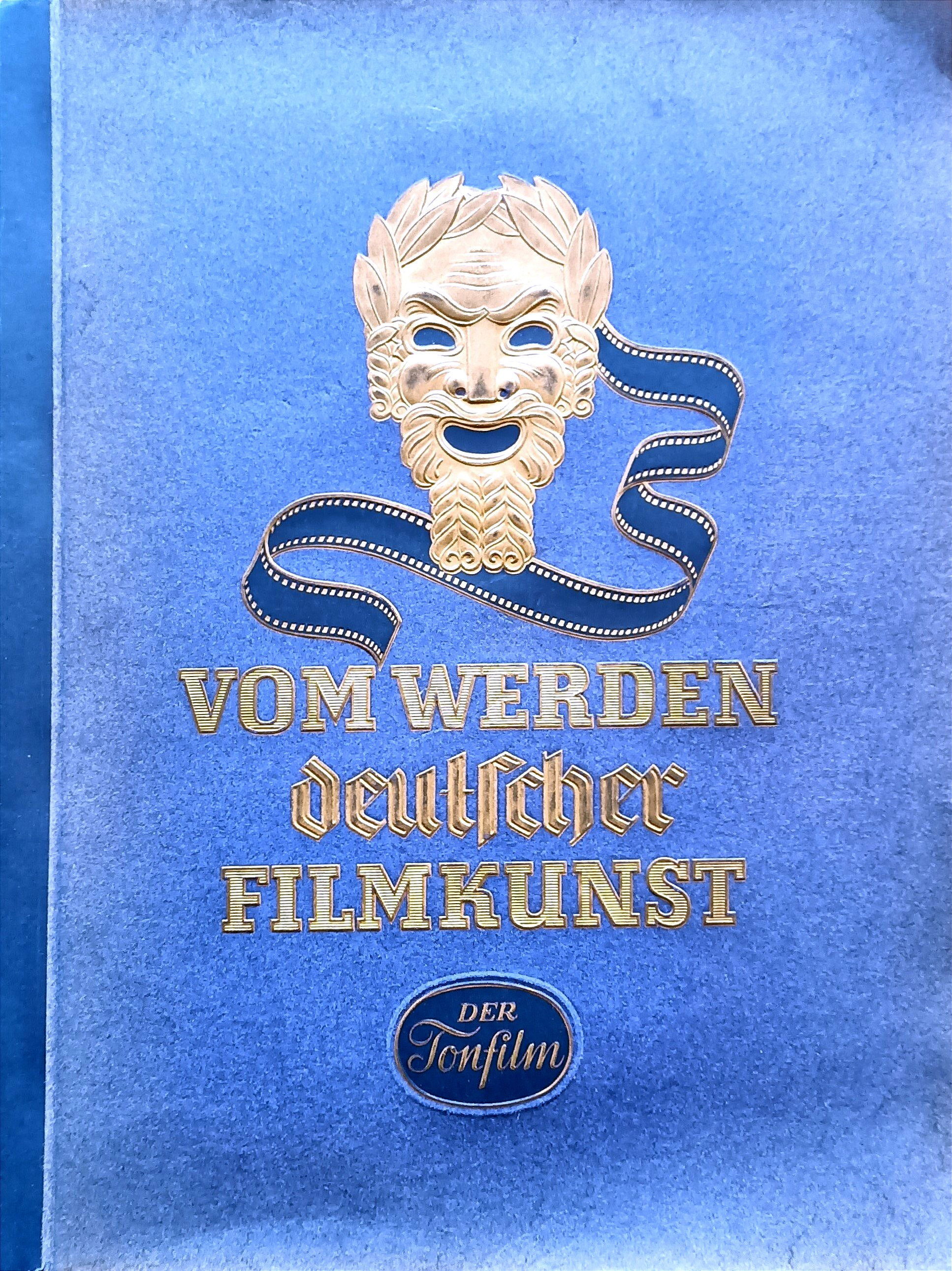
The title evokes the image of a Marlene Dietrich in metamorphosis, an artist who leaves the known world of theater to venture into the unknown of cinema. This film, "The Blue Angel", was not only a springboard for his film career, but represented a real act of artistic courage. Dietrich, with his interpretation of Lola Lola, gave life to a character who has become an icon, a symbol of seduction and strength that has dragged audiences into a new era of cinema.
Dietrich's transition from theater to film was a bold undertaking, especially in an era when the two arts were seen as separate and distinct. Theatre was considered an elitist art, reserved for a cultured public, while cinema was the new mass entertainment, accessible to all. Dietrich bridged this gap with grace and talent, bringing the emotional depth and stage presence of theatre to the big screen.
With "The Blue Angel", Dietrich not only changed the course of his career, but also influenced the way actresses were perceived and presented in cinema. She challenged gender stereotypes and redefined the concept of femininity, showing that a woman could be strong, independent and seductive at the same time. Her performance paved the way for new types of female roles that are more complex and multifaceted.
The film also marked a significant shift in film production. The collaboration between Dietrich and director Josef von Sternberg introduced new lighting and photography techniques, which helped to create the unique atmosphere and expressive tone that characterize "The Blue Angel". Their artistic partnership became legendary, with Sternberg shaping Dietrich's image on screen, while she brought a depth and complexity to her character that was rarely seen at the time.
Ultimately, "The Blue Angel" symbolizes a moment of transition not only for Marlene Dietrich, but for the entire world of cinema. He has shown that talent and vision can overcome the barriers between different art forms, creating something truly memorable and lasting. Dietrich, with his boldness and pioneering spirit, left an indelible mark on the history of cinema, and the film remains a living testament to his revolutionary impact.
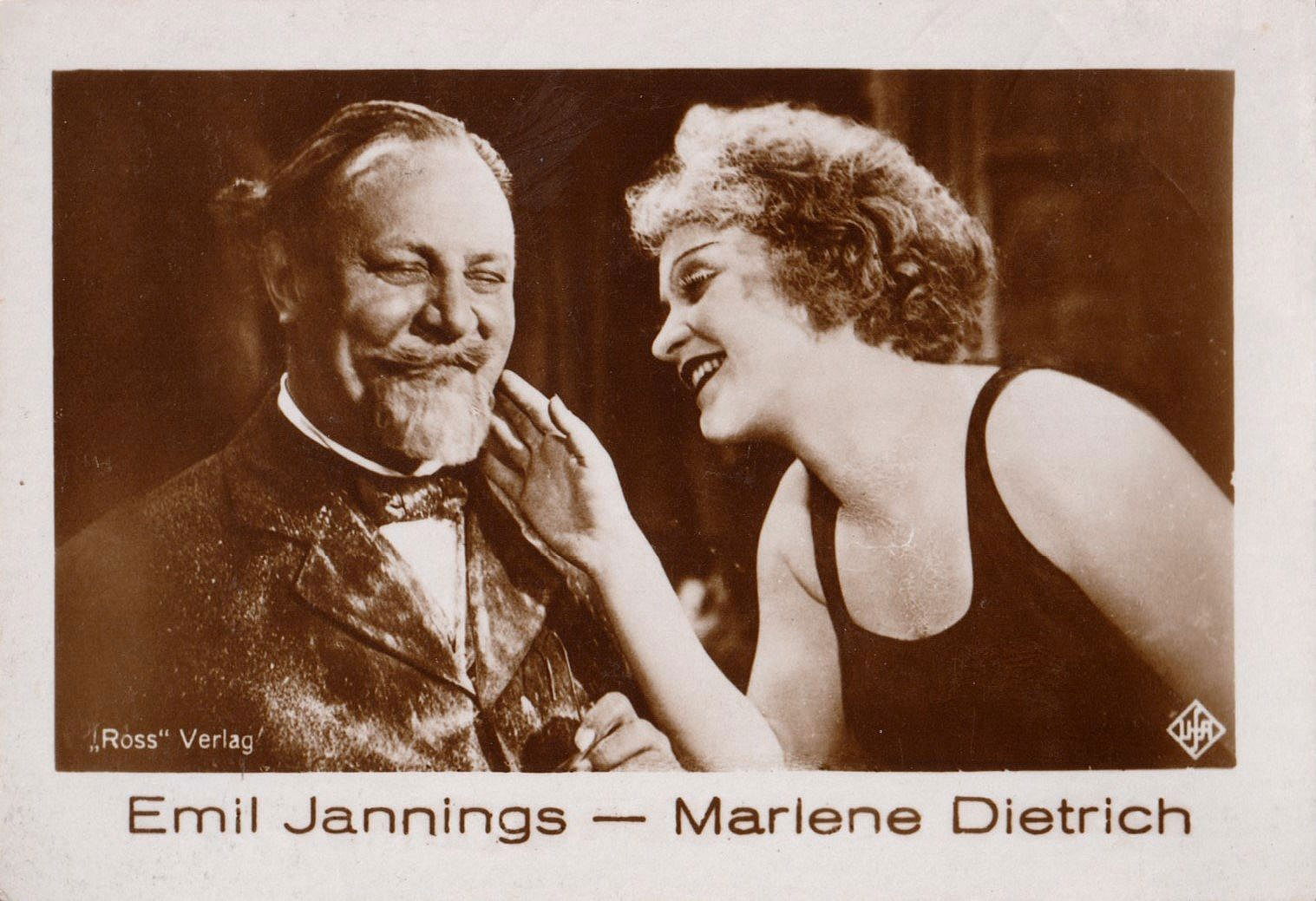
Card n.363 pag. 5
dell' ALBUM HAIL FILM IMAGES TONFILM SERIES
(personal collection)
"The Blue Angel" is a film that marked an era, not only for German cinema but for the entire cinematographic history. The film is based on the novel "Professor Unrat" by Heinrich Mann and tells the story of a professor, played by Emil Jannings, who falls madly in love with Lola, leading him to his personal and professional ruin.
Dietrich, with her fishnet stockings and androgynous look, perfectly embodied the role of the femme fatale, so much so that she designed the costumes for her character herself. The song "Ich bin von Kopf bis Fuß auf Liebe eingestellt", which she sings in the film, has become a classic, a symbol of her image as a femme fatale.
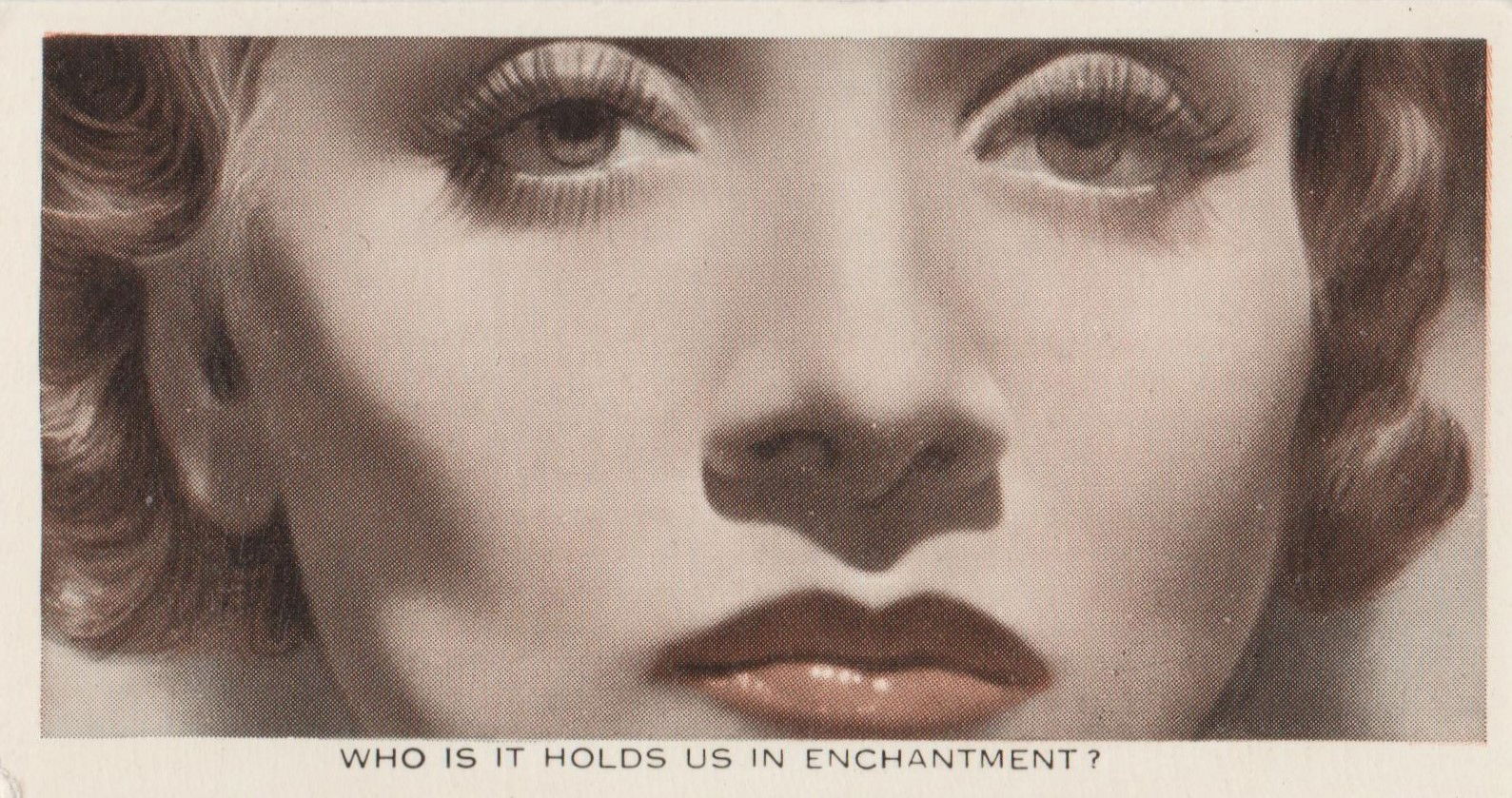
Card n.13 ֍ WHO IS THIS?
ARDATH TOBACCO CO LTD (1936)
(personal collection)
Curiously, the film was one of the last great successes of German cinema before the advent of Nazism, which saw many artists, including Dietrich herself, leave Germany. Dietrich, in fact, moved to the United States, where she continued her career in Hollywood. Interestingly, despite the Nazi regime planning to make her an icon, Marlene Dietrich stood out for her relentless critique of Nazism, a commitment she consistently supported throughout her life.
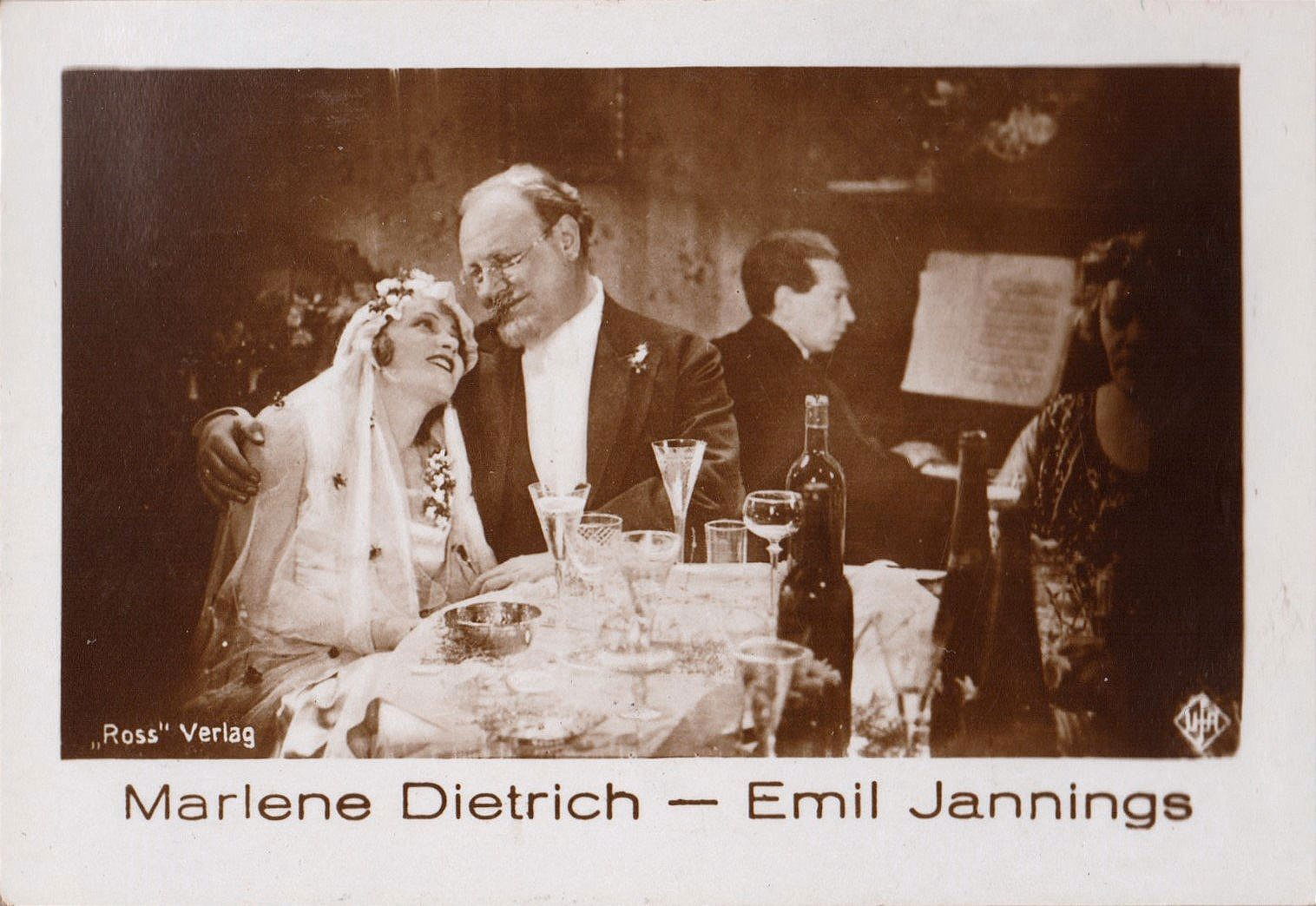
Card n.361 pag. 5
dell' ALBUM HÄNSOM FILM IMAGES TONFILM SERIES
(personal collection)
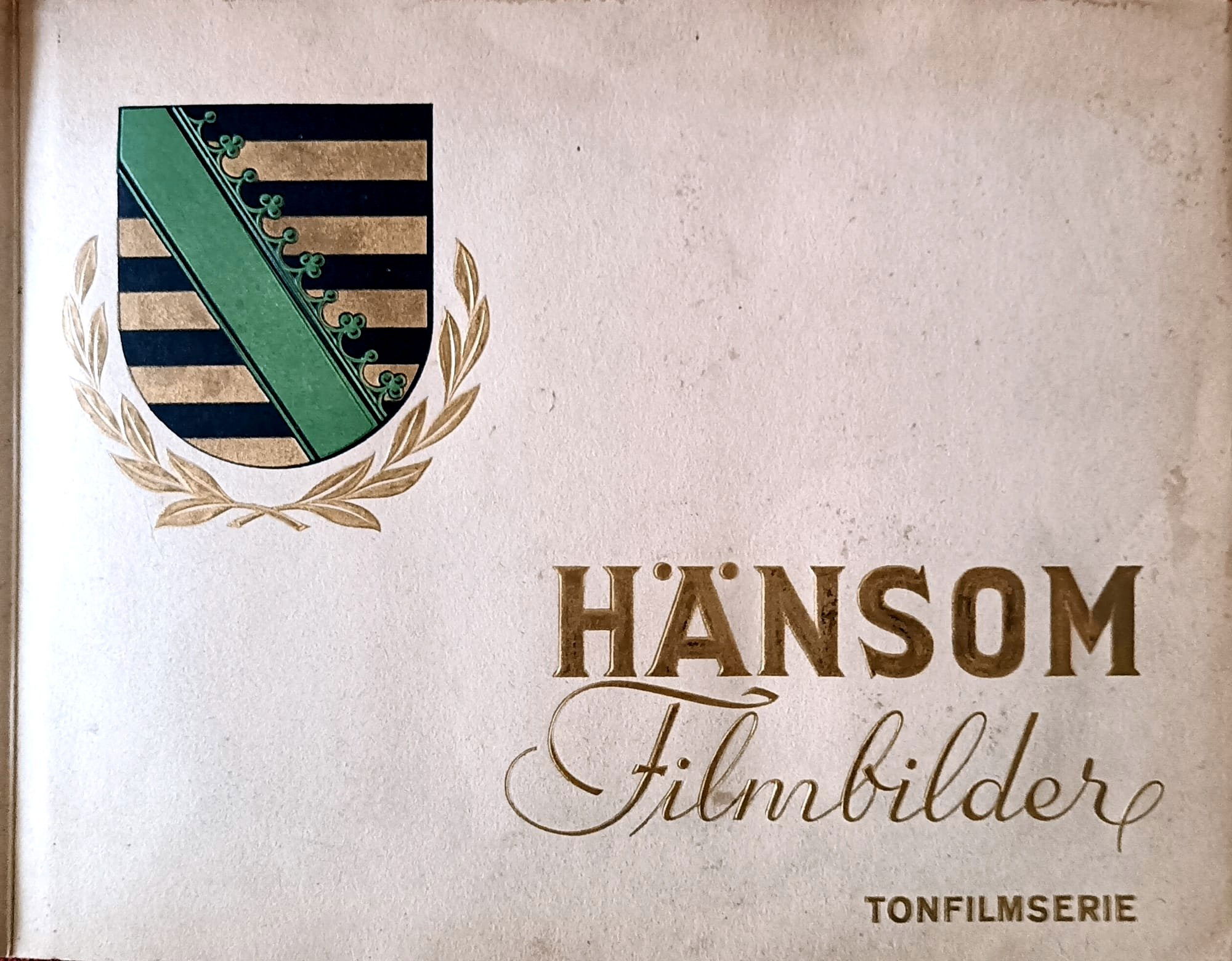

Card n.1 STAGE AND FILM
BERGMANNS - BUNTE BÜCHER I (1932)
(personal collection)
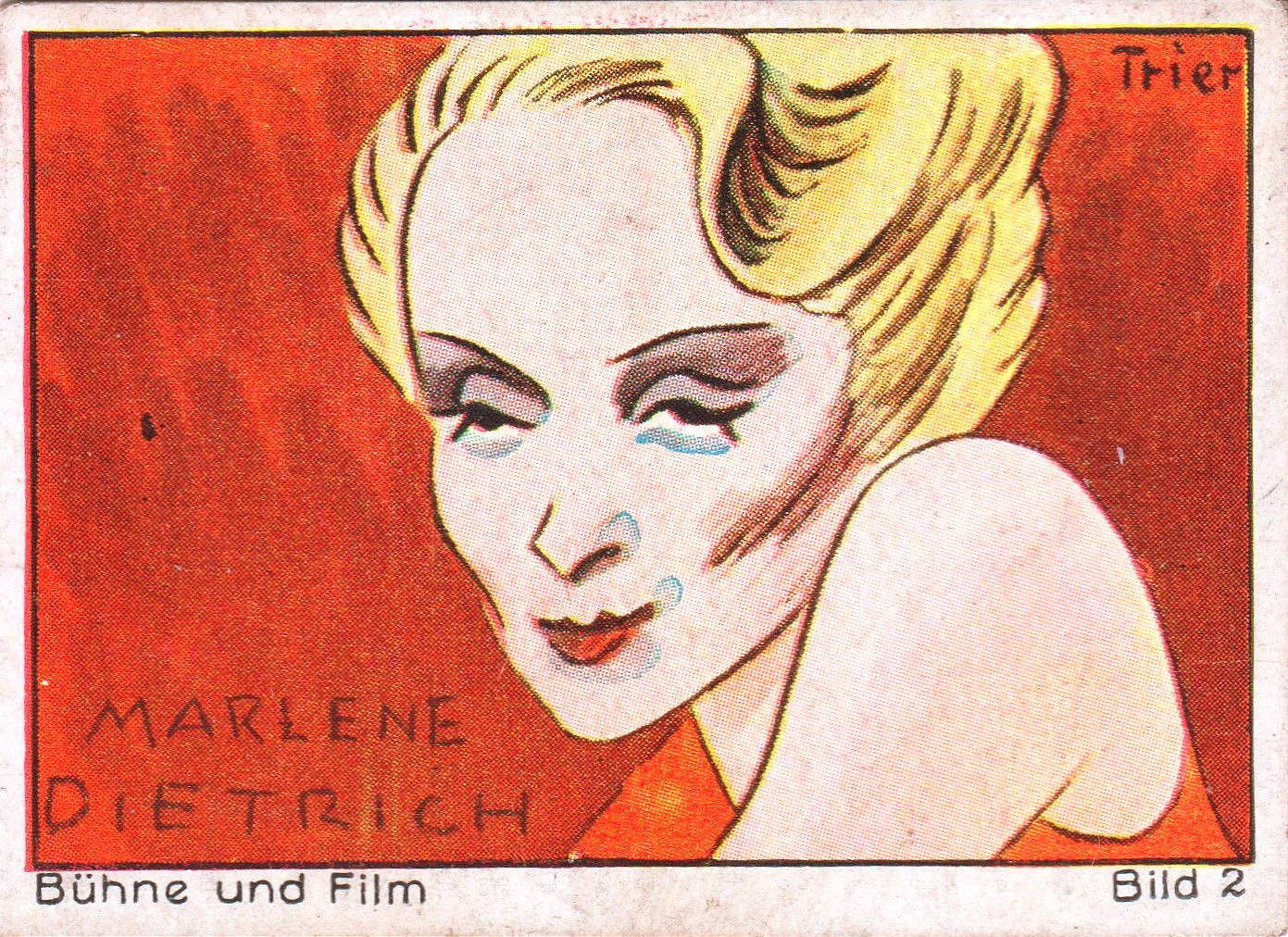
Card n.1 STAGE AND FILM
BERGMANNS - BUNTE BÜCHER I (1932)
(personal collection)
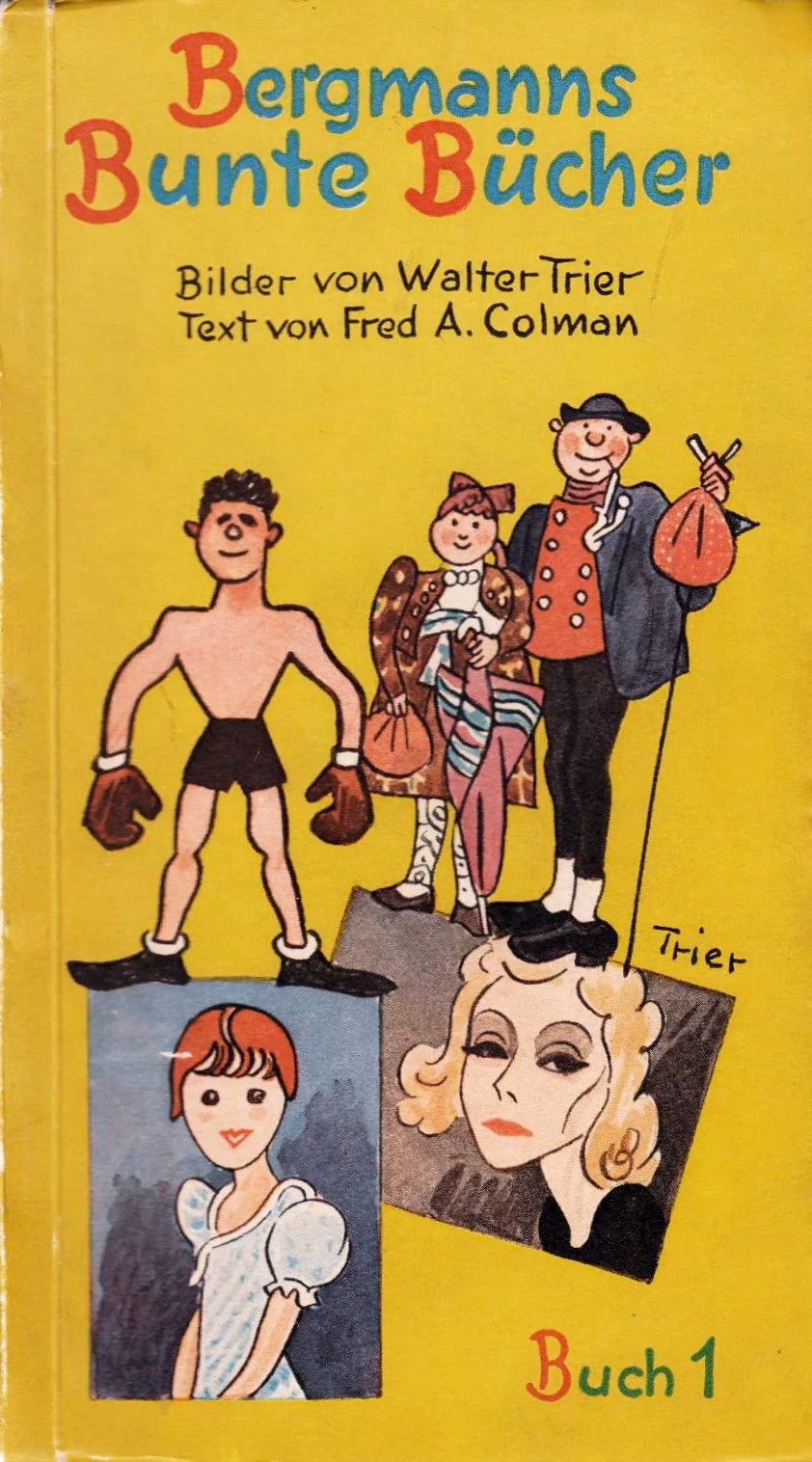
In 1932, Walter Trier, a Czech-German illustrator and caricaturist known for his collaborations with Simplicissimus and Jugend, immortalized with his caricatures the first two cards of the series dedicated to cinema, taken from the album Bergmanns Bunte Bücher I. The first depicts Emil Jannings, while the second is dedicated to Marlene Dietrich, both protagonists in the famous film The Blue Angel (1930), as specified on the back of the cards. A versatile and ironic artist, Trier is also famous for his illustrations in Erich Kästner's books, including Emil und die Detektive, and for his commitment to anti-fascist propaganda after emigrating to Britain in 1936.
"The Blue Angel" is not just a film, but a historical document that reflects the cultural and social climate of an era in transition. Its influence extends far beyond the time of its release, continuing to be studied and admired by filmmakers and film enthusiasts.
"The American Dream by Marlene Dietrich"
Marlene Dietrich, the embodiment of glamour and elegance, left Berlin in 1930, on the very day of the premiere of the film "The Blue Angel". His departure marked the beginning of a new era in his career, as he moved to Hollywood, where his talent and unique style were quickly recognized and celebrated. In Hollywood, Dietrich worked with director Josef von Sternberg, who transformed her from a relatively unknown German actress into a charismatic star on the big screen.
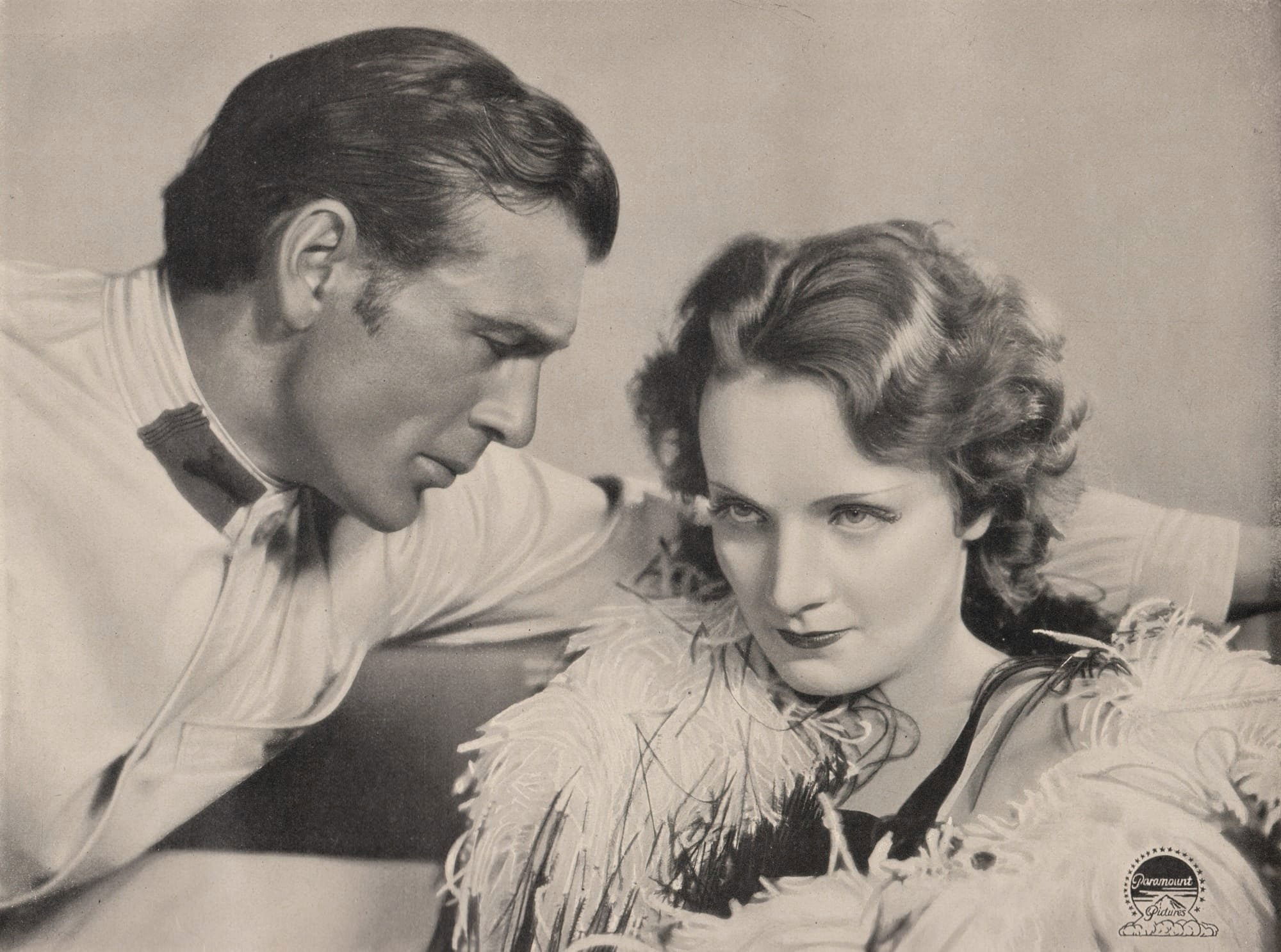
Gary Cooper - Marlene Dietrich scene from the movie "MOROCCO"
page 12 of the ALBUM SALEM FILMBILDER
(personal collection)
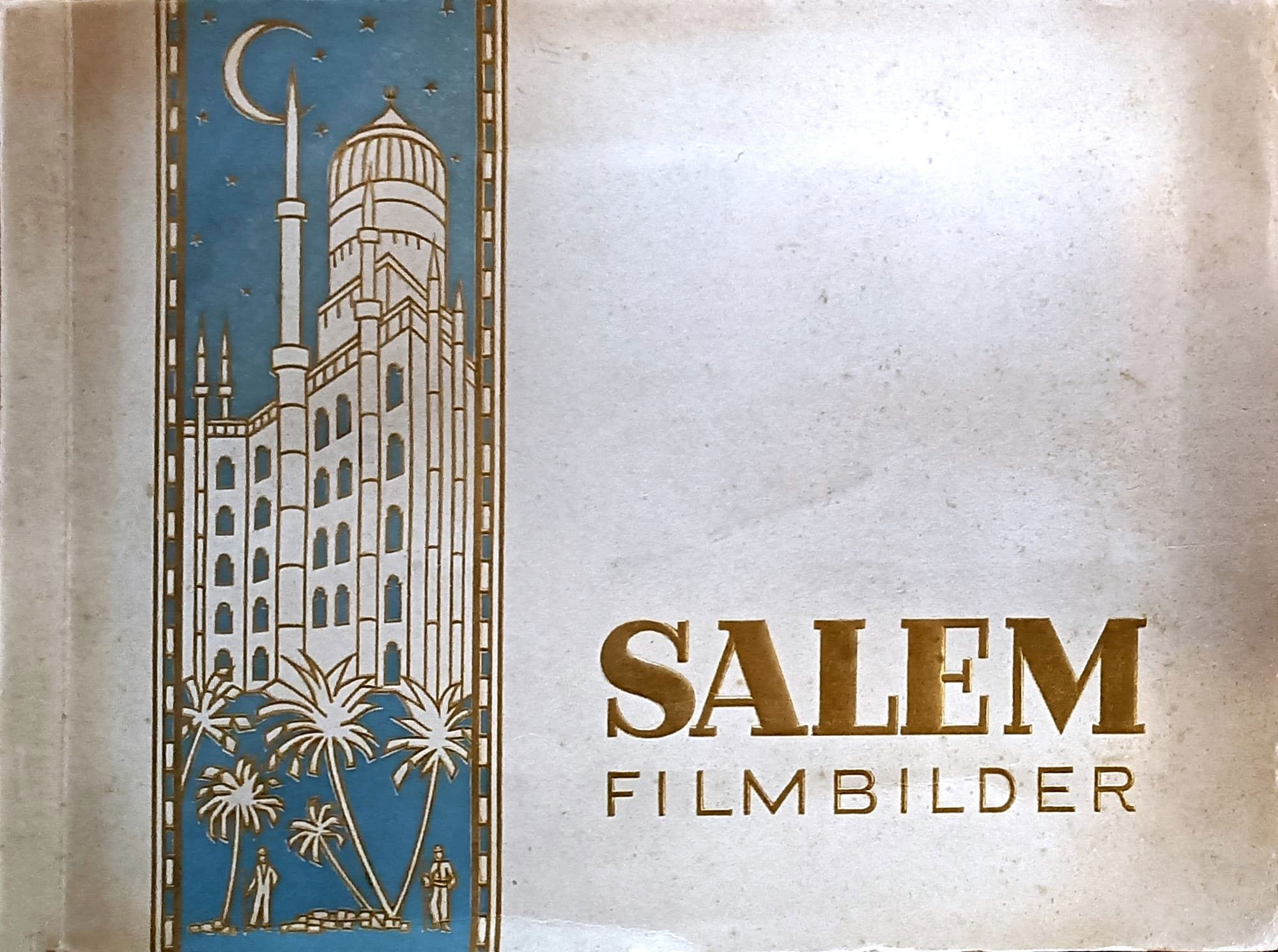
Their first project together was the film "Morocco", which not only earned her an Academy Award nomination for Best Actress, but also made her the first German actress to receive such an award. The film "Morocco" was a triumph for Dietrich and marked the beginning of a series of successes that would cement his position as an icon of style and talent in Hollywood. Her image of cold and unapproachable beauty was replaced by that of a warmer and more approachable person, thus winning the hearts of the American public.
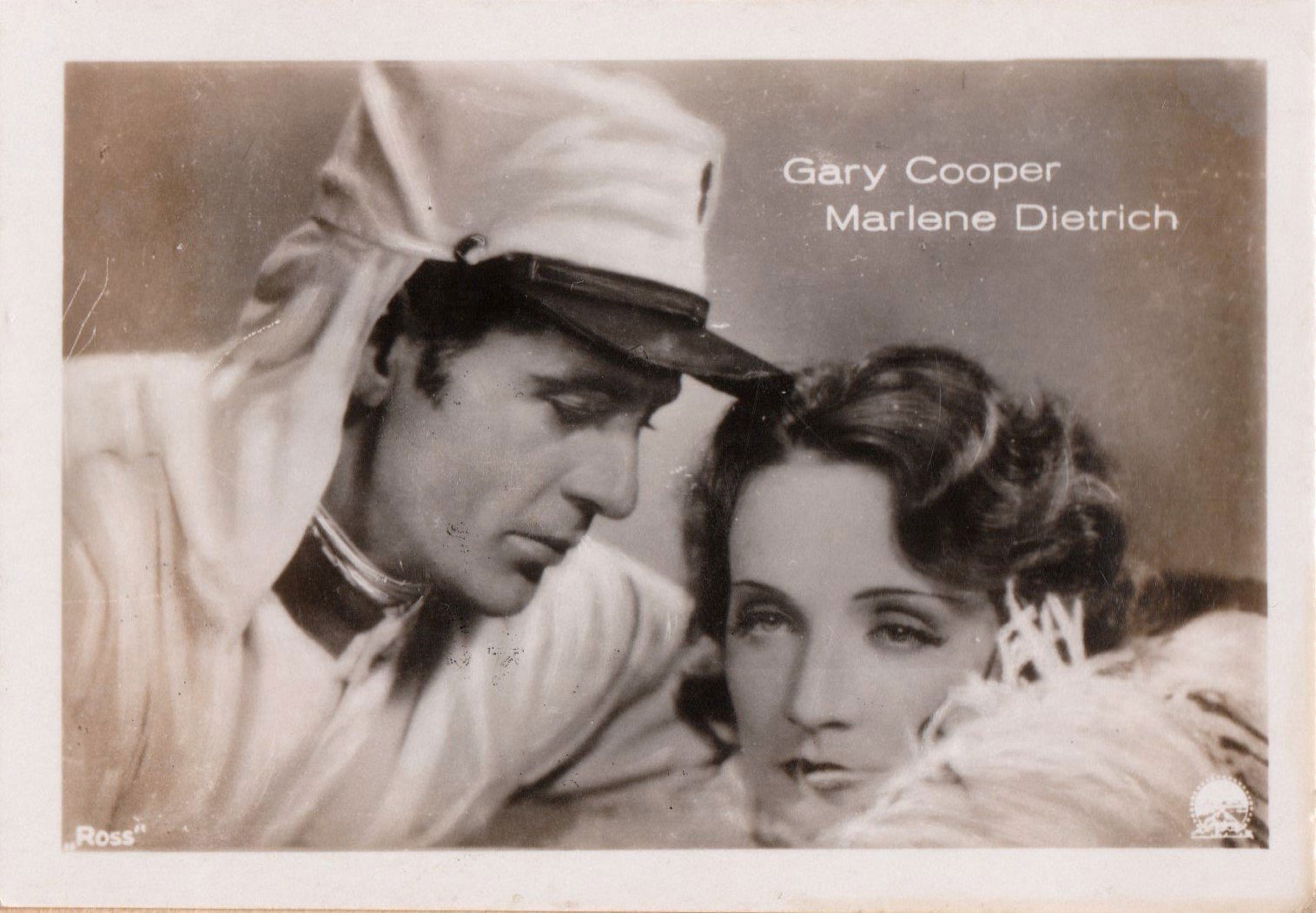
Card n.526 pag. 4
dell' ALBUM MERCEDES FILM IMAGES
FROM ROARING MOVIES MOVIE ALBUM 4
(personal collection)
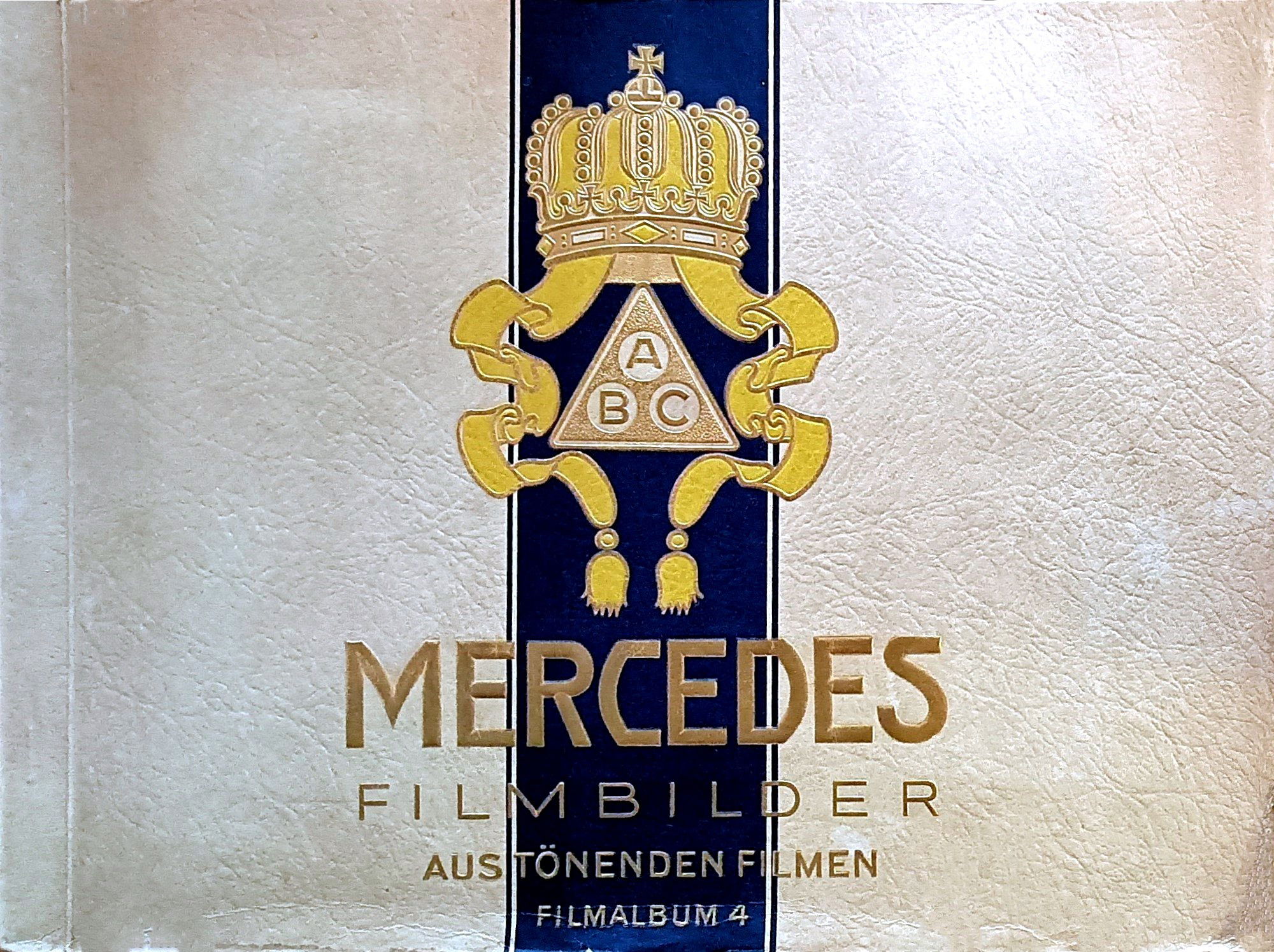
The film "Morocco", directed by Josef von Sternberg in 1930, is a work that has marked the history of cinema not only for its compelling plot but also for the extraordinary performances and the remarkable collaboration between the director and the actors. Sternberg, known for his rich and detailed visual style, worked closely with Marlene Dietrich, the lead actress, creating a synergy that allowed new depths to be explored in the character of Amy Jolly. Dietrich's performance was acclaimed for its ability to convey a range of complex emotions, from vulnerability to strength, contributing significantly to the film's emotional impact.
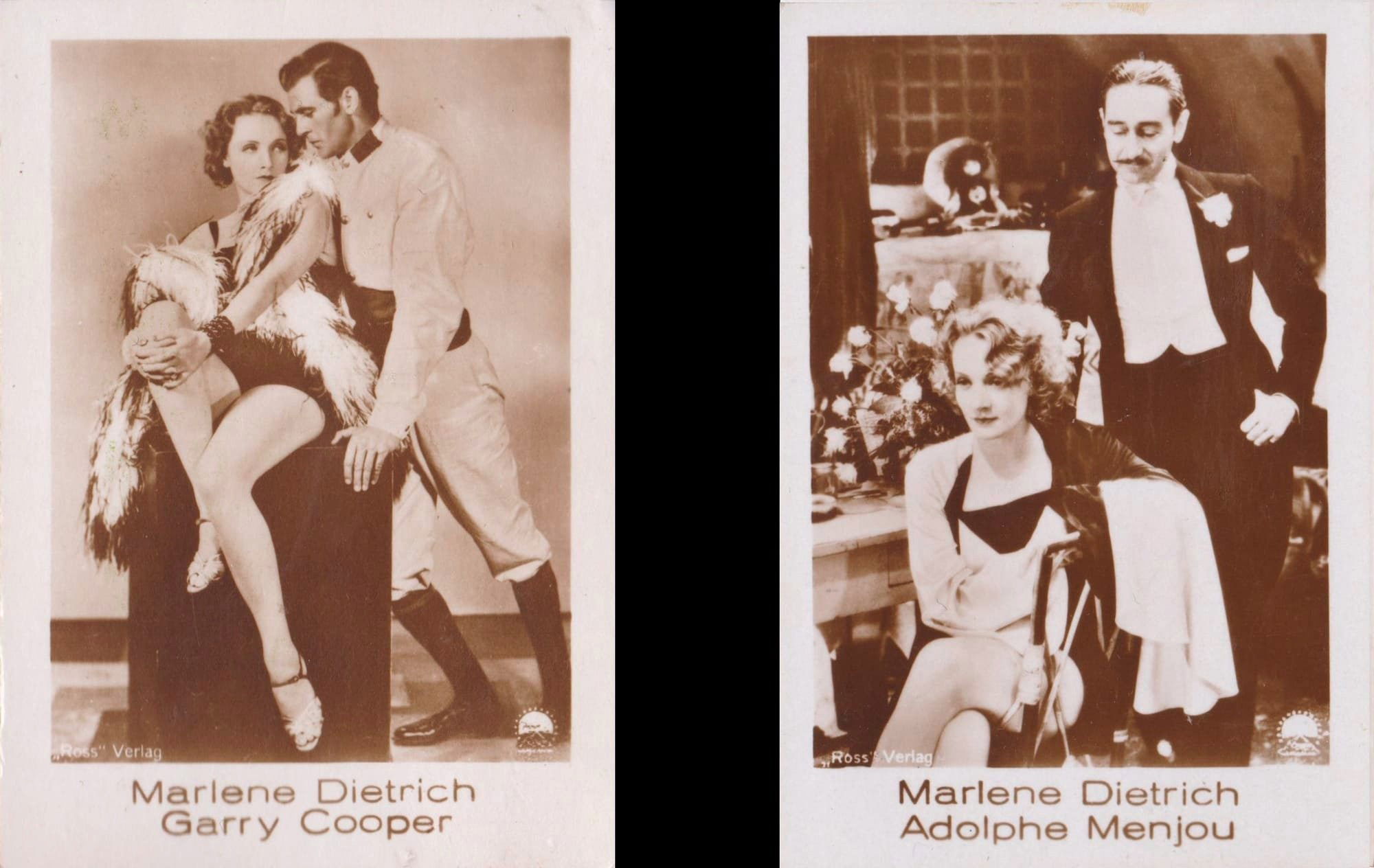
Cards n.364 and n.366 pag. 5
dell' ALBUM HÄNSOM FILM IMAGES TONFILM SERIES
(personal collection)
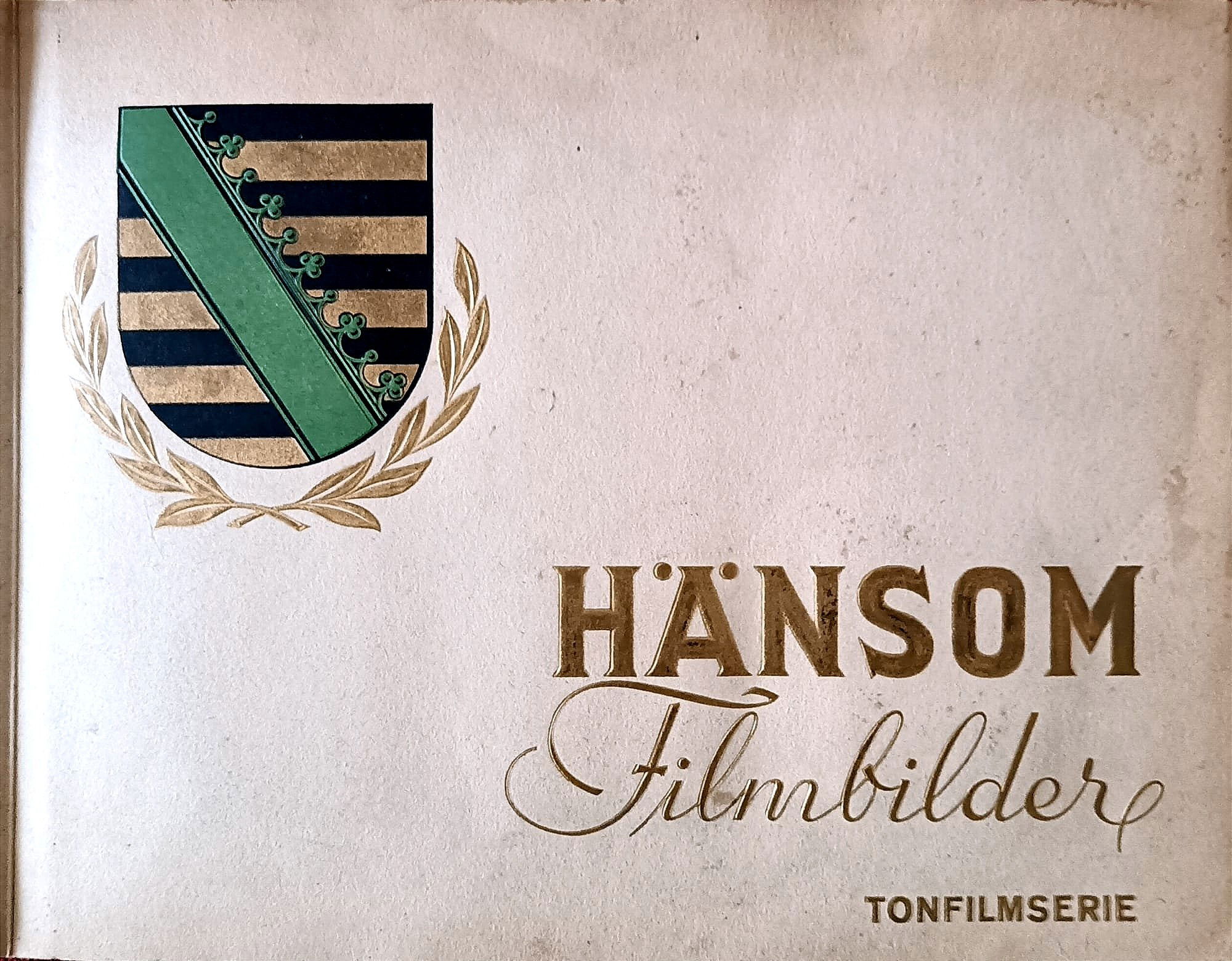
The plot takes place in French Morocco and follows the story of Amy Jolly, played by the legendary Marlene Dietrich, a cabaret singer who crosses the fate of Tom Brown, a charming legionnaire of the Foreign Legion, played by Gary Cooper.
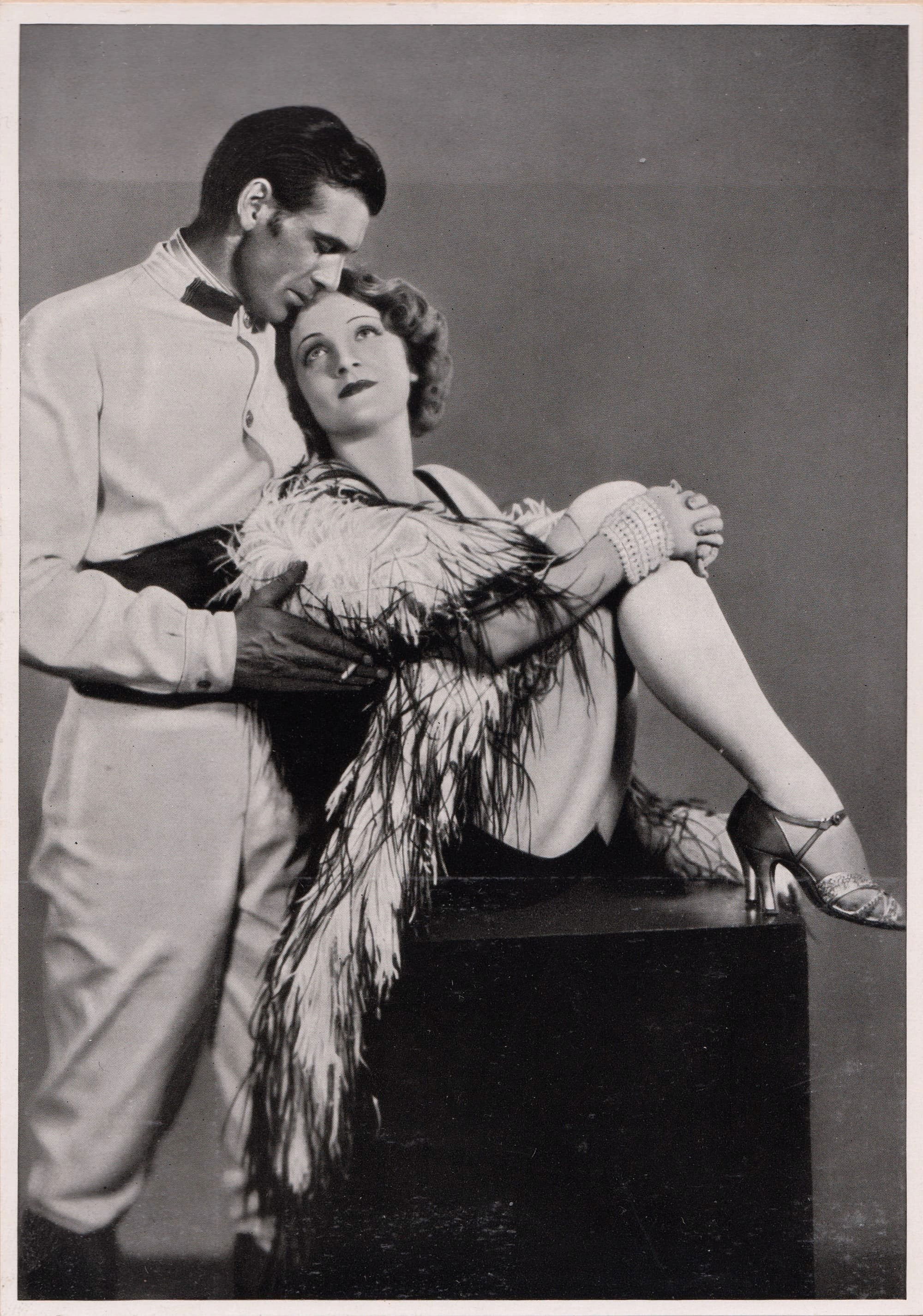
Card position 1 pag. 99 VOM WERDEN DEUTCHER FILMKUNST
THE SOUND FILM
(personal collection)

Their meeting triggers a series of events full of passion and drama, with Amy finding herself torn between her love for Tom and the attention of a wealthy admirer, La Bessiere, played by Adolphe Menjou.
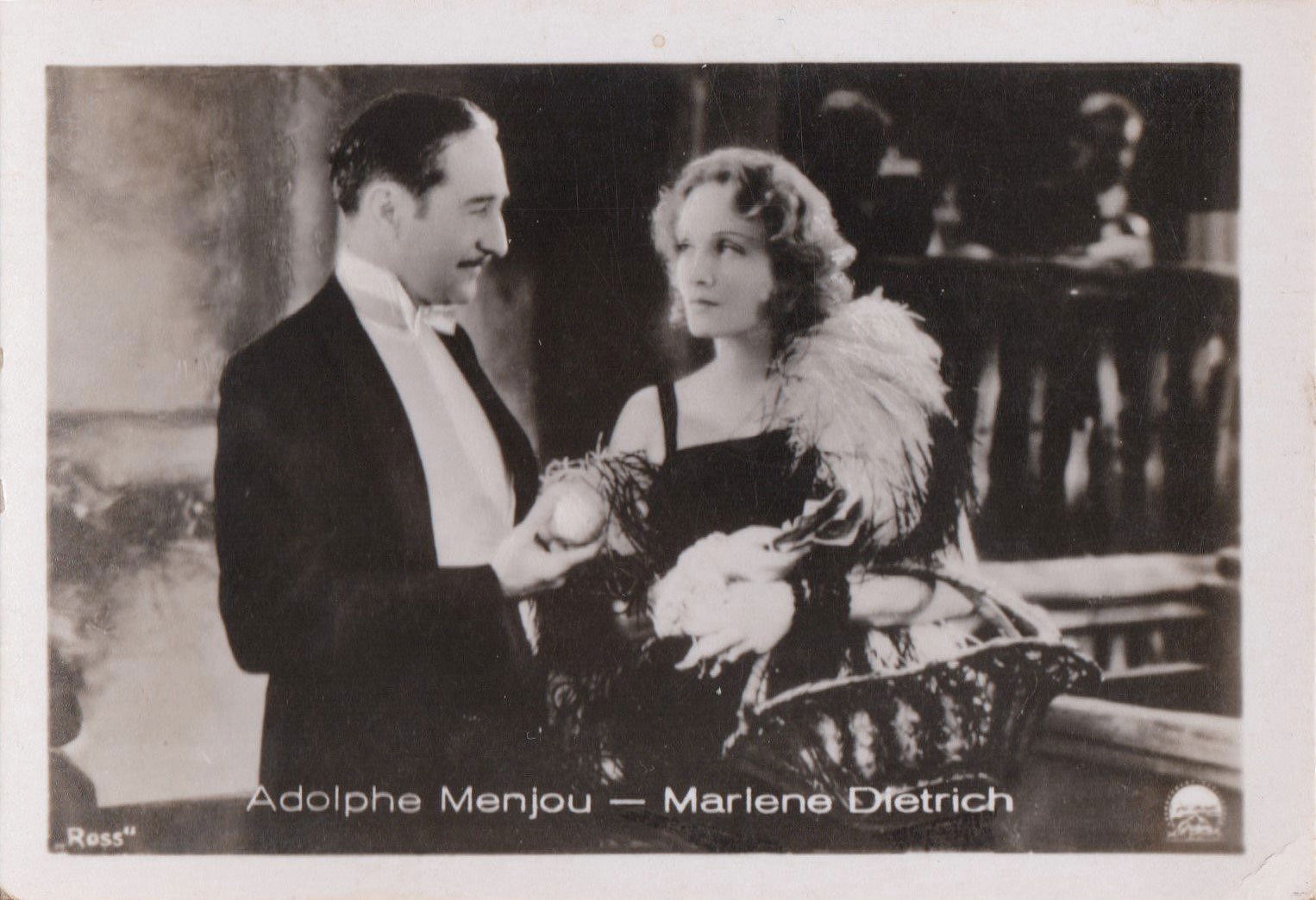
Card n.528 pag. 4 OF THE ALBUM MERCEDES FILMBILDER
FROM ROARING MOVIES MOVIE ALBUM 4
(personal collection)
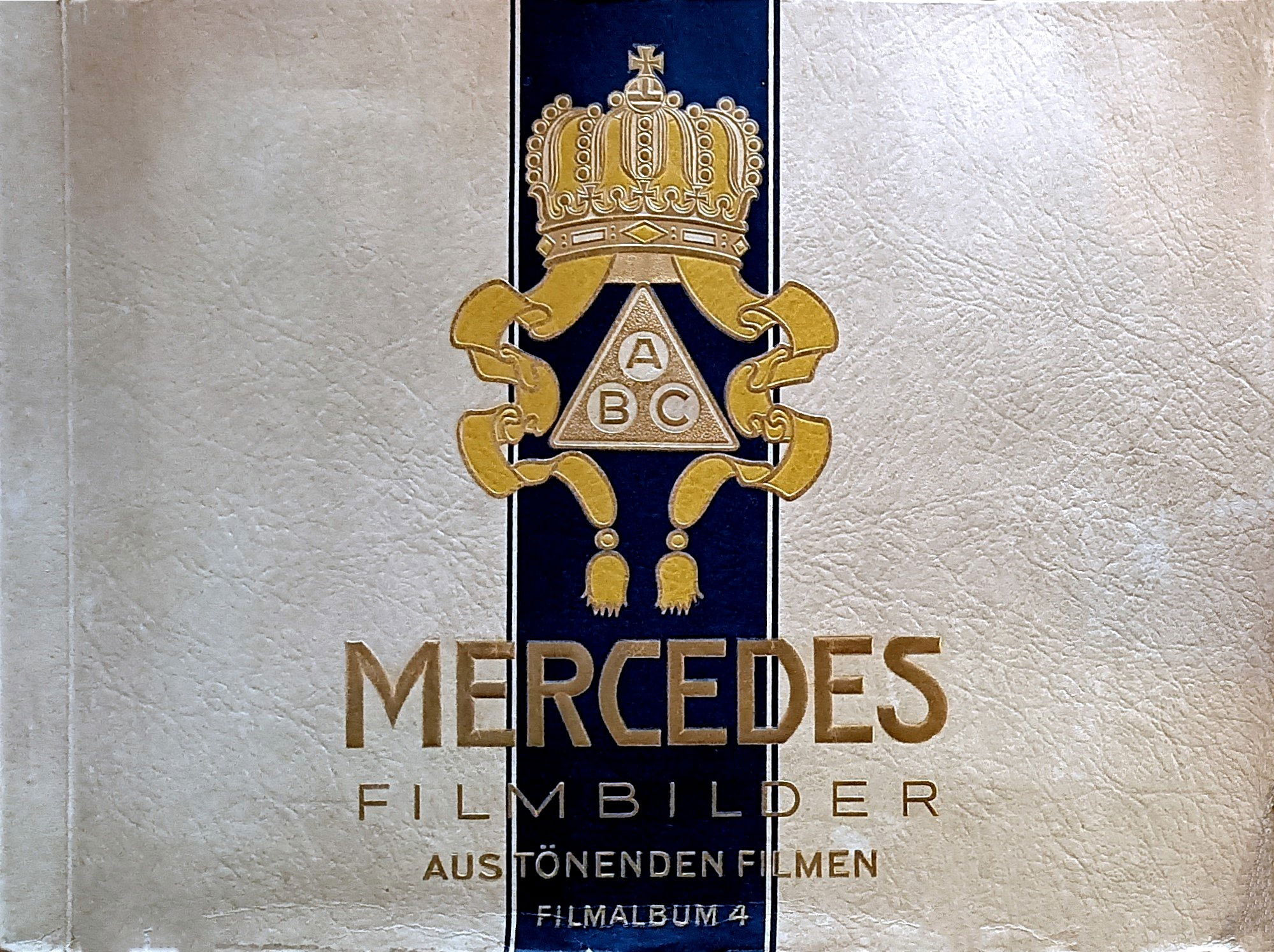
Marlene Dietrich left an indelible impression on film history with her groundbreaking performance. Dressed in a sleek black tailcoat and top hat, Dietrich played a memorable scene in which she sings and, in a bold gesture for the time, kisses a woman in the audience.
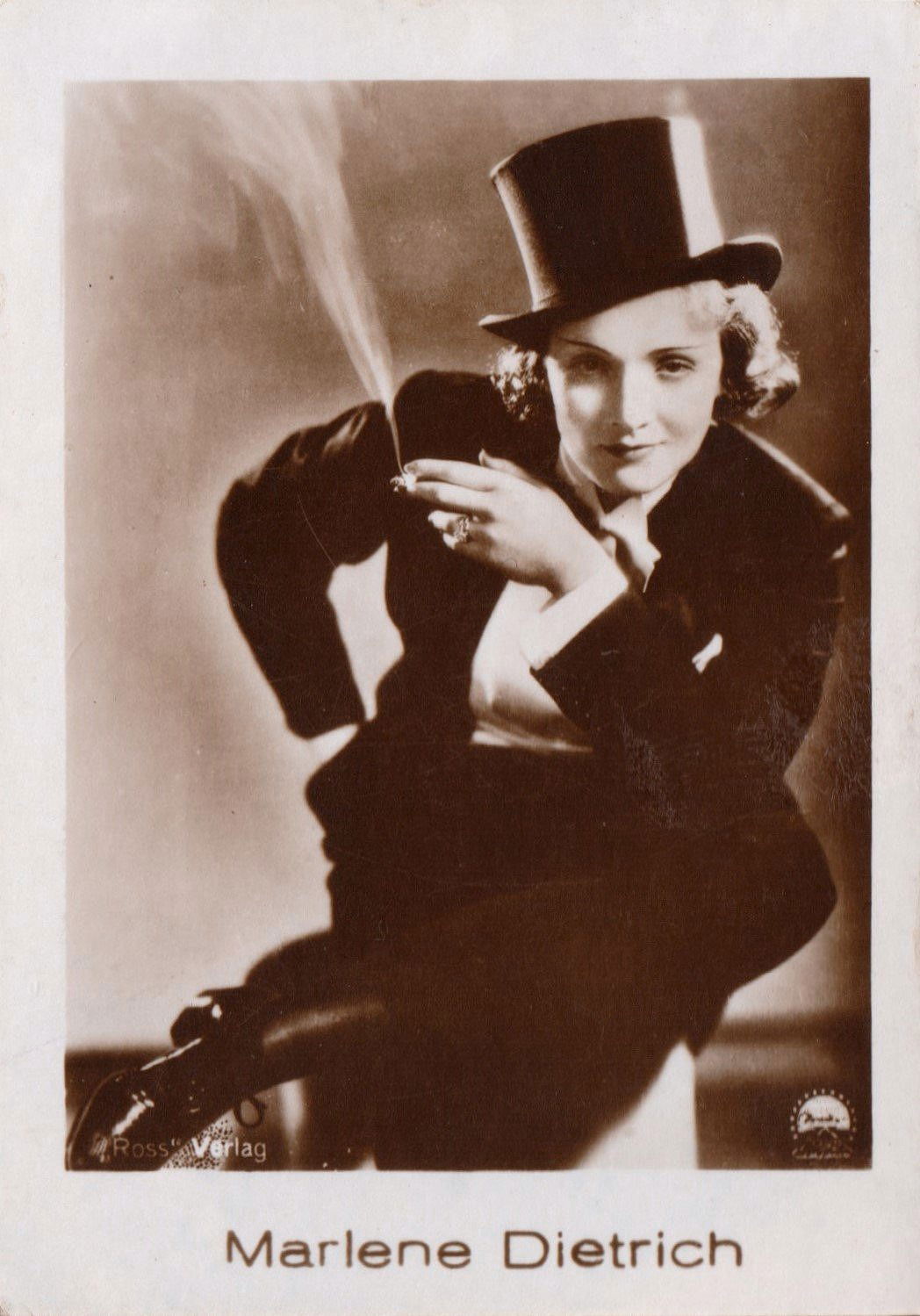
Card n.358 pag. 4
dell' ALBUM HÄNSOM FILM IMAGES TONFILM SERIES
(personal collection)
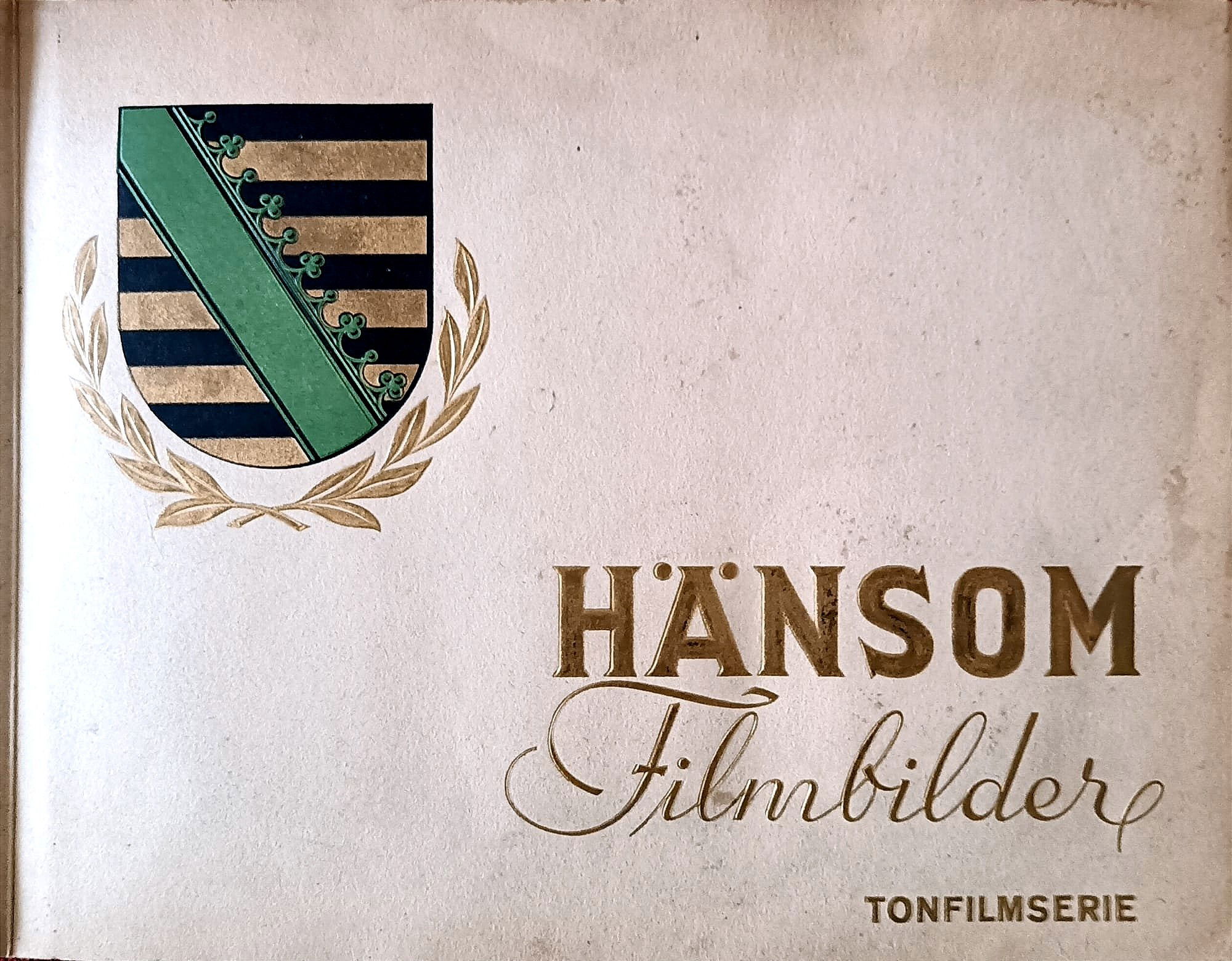
This moment became iconic not only for its visual impact but also for its cultural significance, staging one of the first depictions of a lesbian kiss on the big screen. The scene challenged social conventions and helped make "Morocco" an avant-garde film, celebrated for its courage and sophisticated aesthetic.
Card n.505 pag. 1
dell' ALBUM MERCEDES FILM IMAGES
FROM ROARING MOVIES MOVIE ALBUM 4
(personal collection)
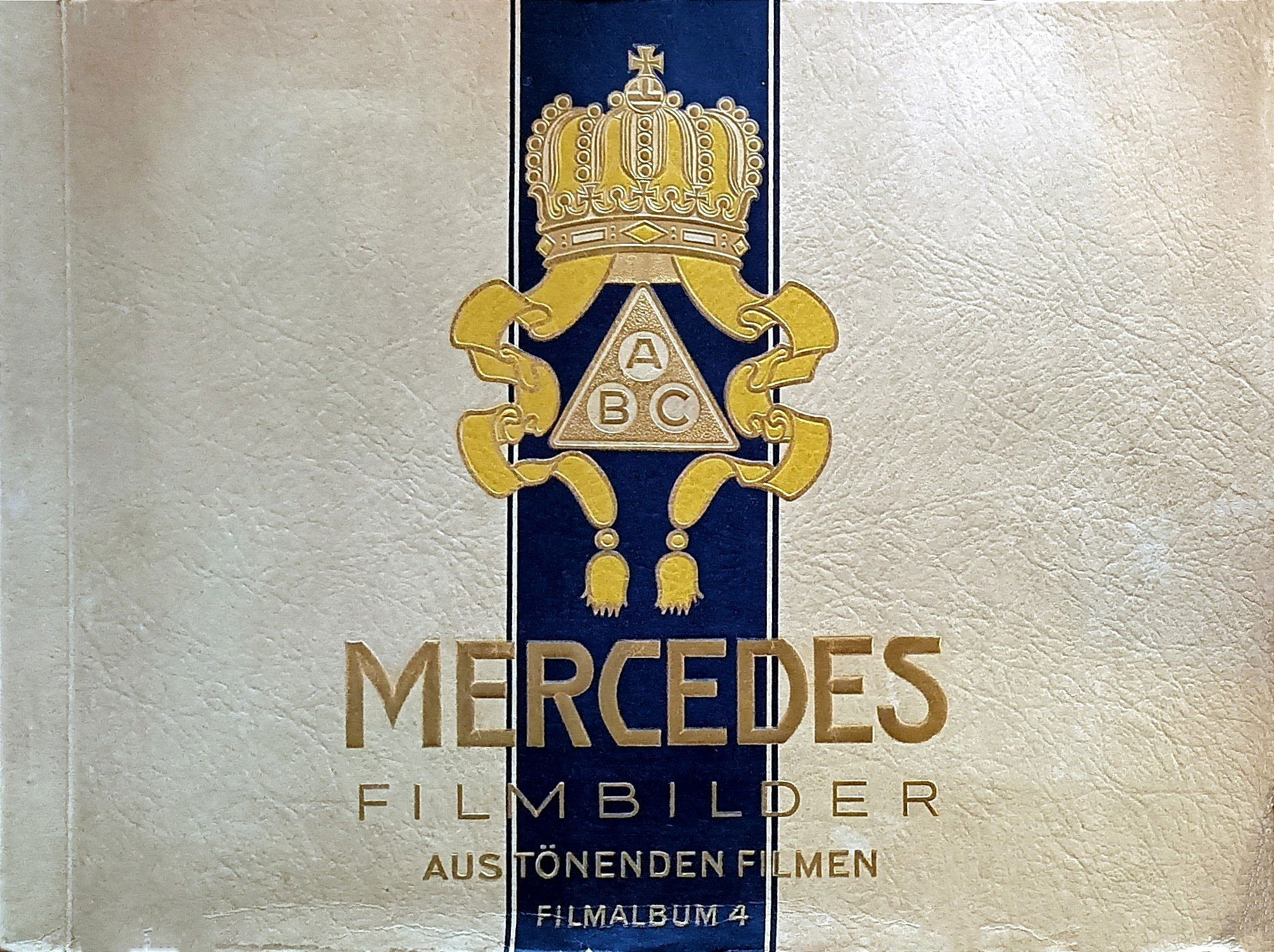
The collaboration between Sternberg and Dietrich became legendary, setting a model for future director-actor relationships. Sternberg was known for his obsessive attention to detail and his ability to create evocative atmospheres, which is reflected in the actors' interpretation, particularly in Dietrich's ability to capture the essence of his character with minimal but expressive looks and gestures. Their collaboration led to a number of successful films, cementing their place in film history as one of the most influential director-actor duos.
In addition, the contribution of other cast and crew members enriched the film, with costumes and sets that helped to create the exotic setting and atmosphere of Morocco in the 30s. The cinematography by Lee Garmes, who won an Oscar for his work on "Morocco," beautifully captured the tension and chemistry between the characters, while the soundtrack emphasized key moments in the narrative, increasing the emotional intensity of the scenes.
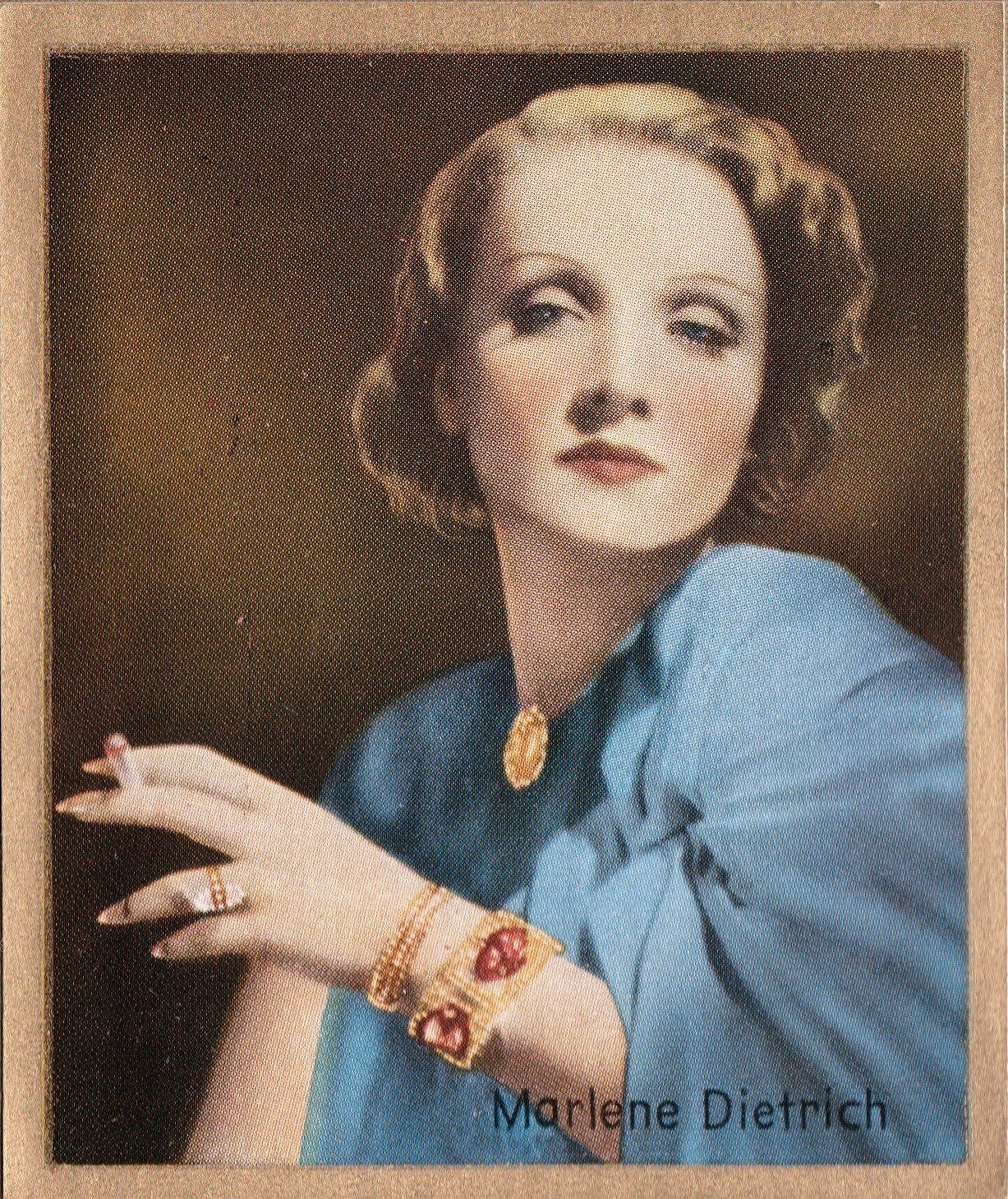
Card position 4 pag. 4
da COLORFUL MOVIE PICTURES ALBUM 7
(personal collection)
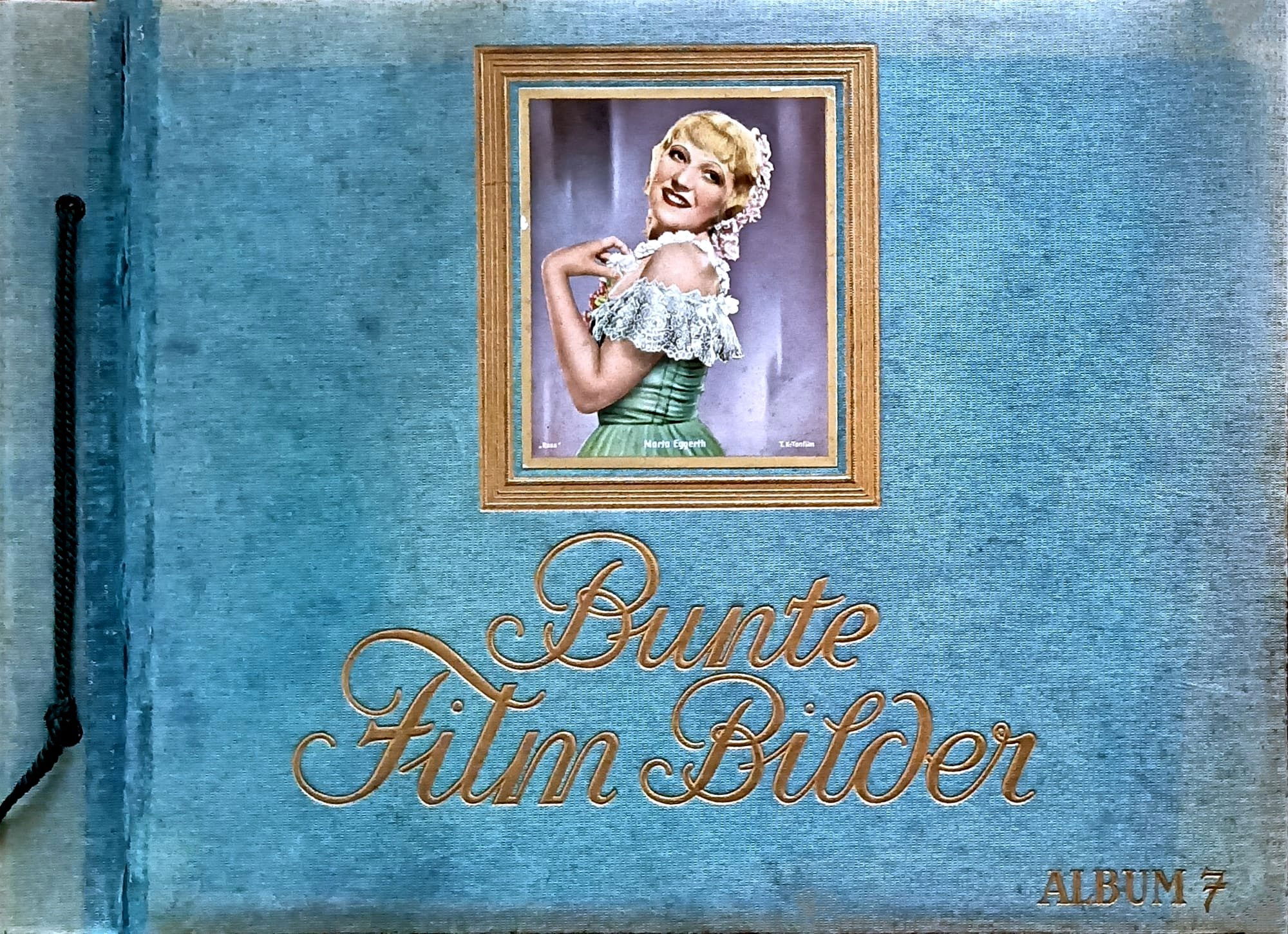
Marlene Dietrich, with her unmistakable elegance and talent, quickly became a star of the first magnitude in Hollywood, frequenting the most exclusive circles and actively participating in public life.
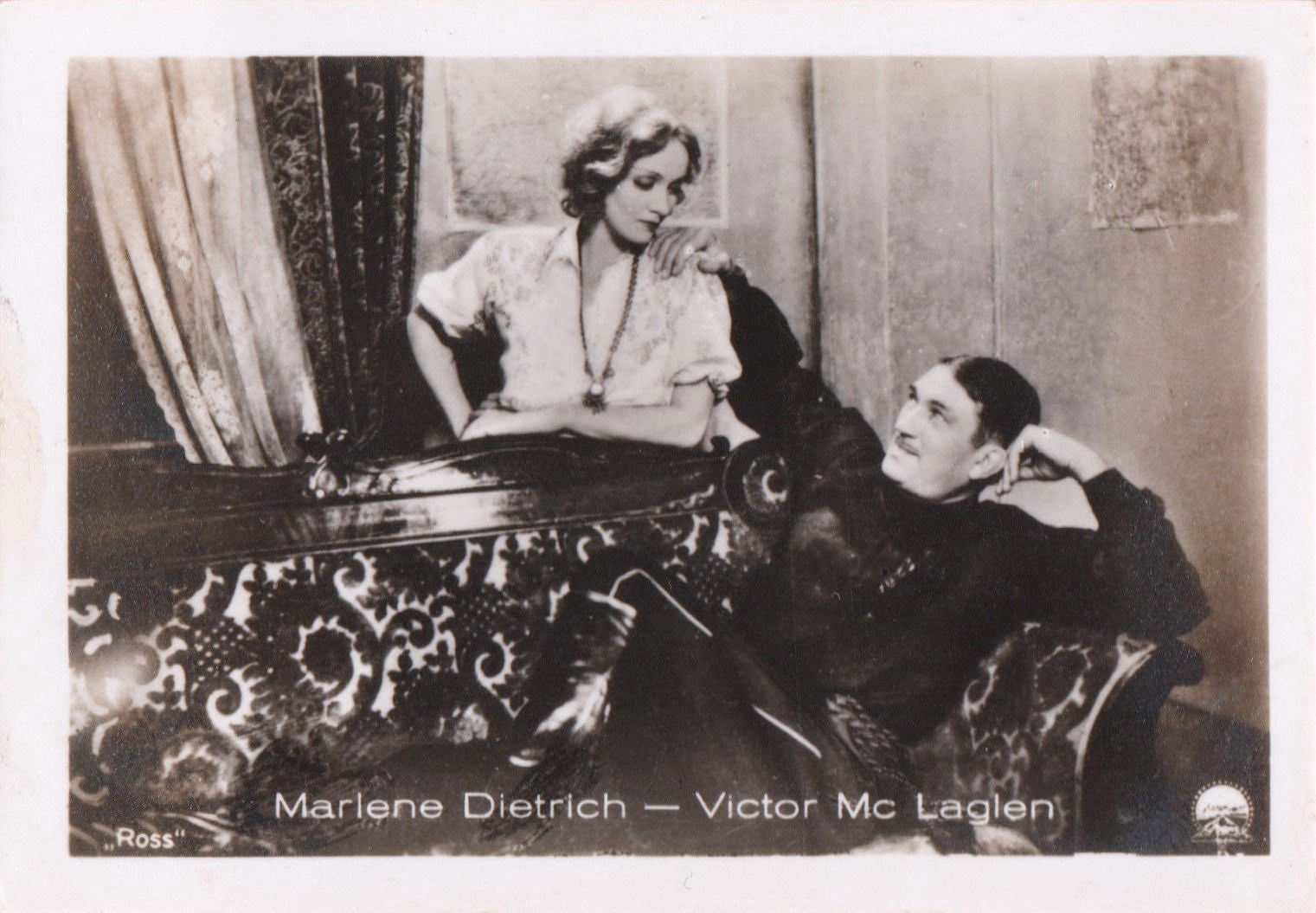
Scene taken from the movie "DISHONORED"
Card n.527 pag. 4 OF THE ALBUM MERCEDES FILMBILDER
FROM ROARING MOVIES MOVIE ALBUM 4
(personal collection)
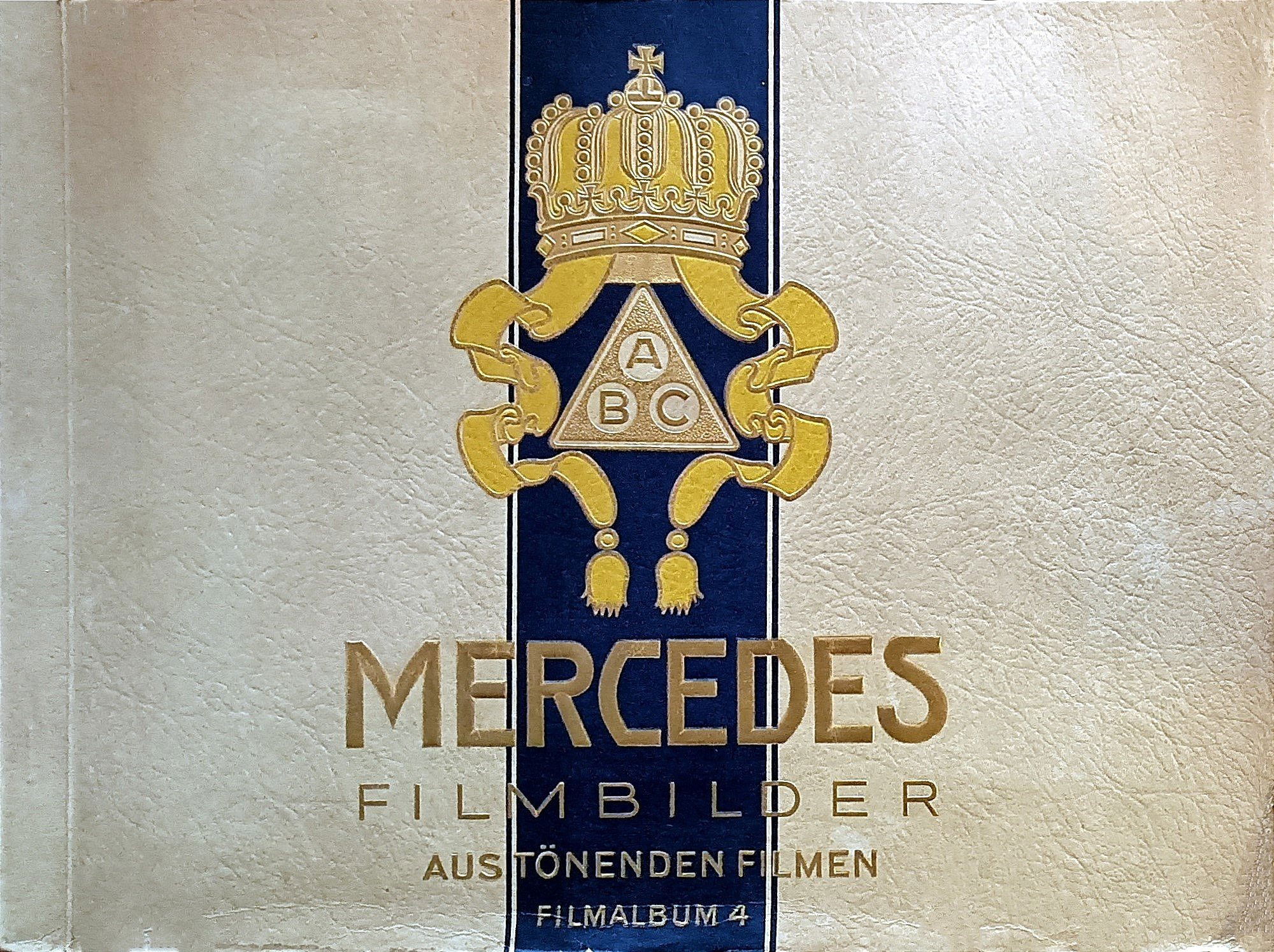
In 1931, the year he starred in the film "Dishonored", Dietrich had the opportunity to meet Charlie Chaplin on the set of his film "City Lights". The meeting was a historic moment in cinema that united two unforgettable icons. Marlene, with his elegance and timeless charm, and Chaplin, with his comic genius and his profound humanity, created a magical atmosphere that involved all those who were present. Dietrich's visit has been documented and is part of the collection of the Deutsche Kinemathek, where photographs and other objects celebrating the actress's career and life can be found.
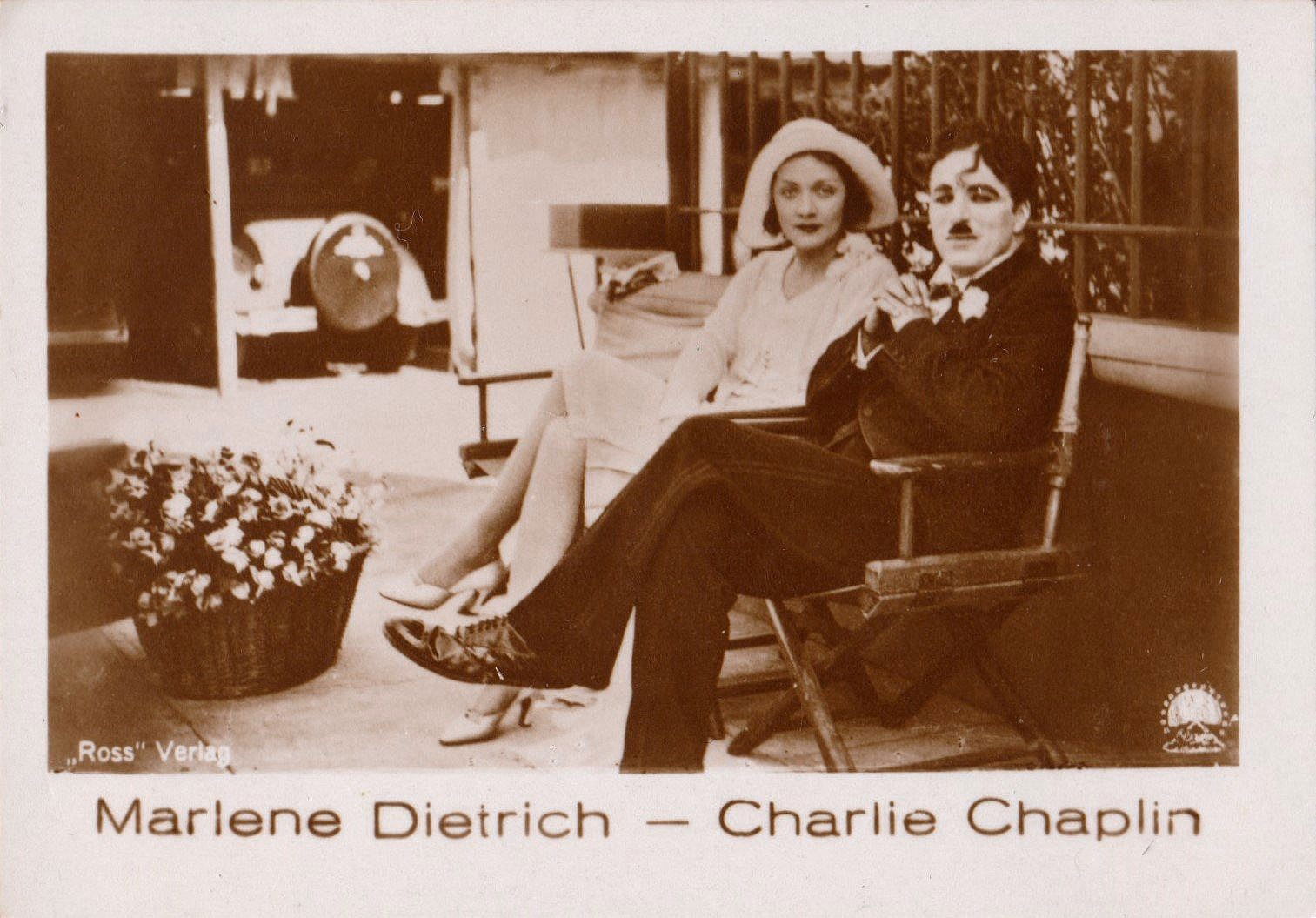
Card n.365 pag. 5
dell' ALBUM HÄNSOM FILM IMAGES TONFILM SERIES
(personal collection)
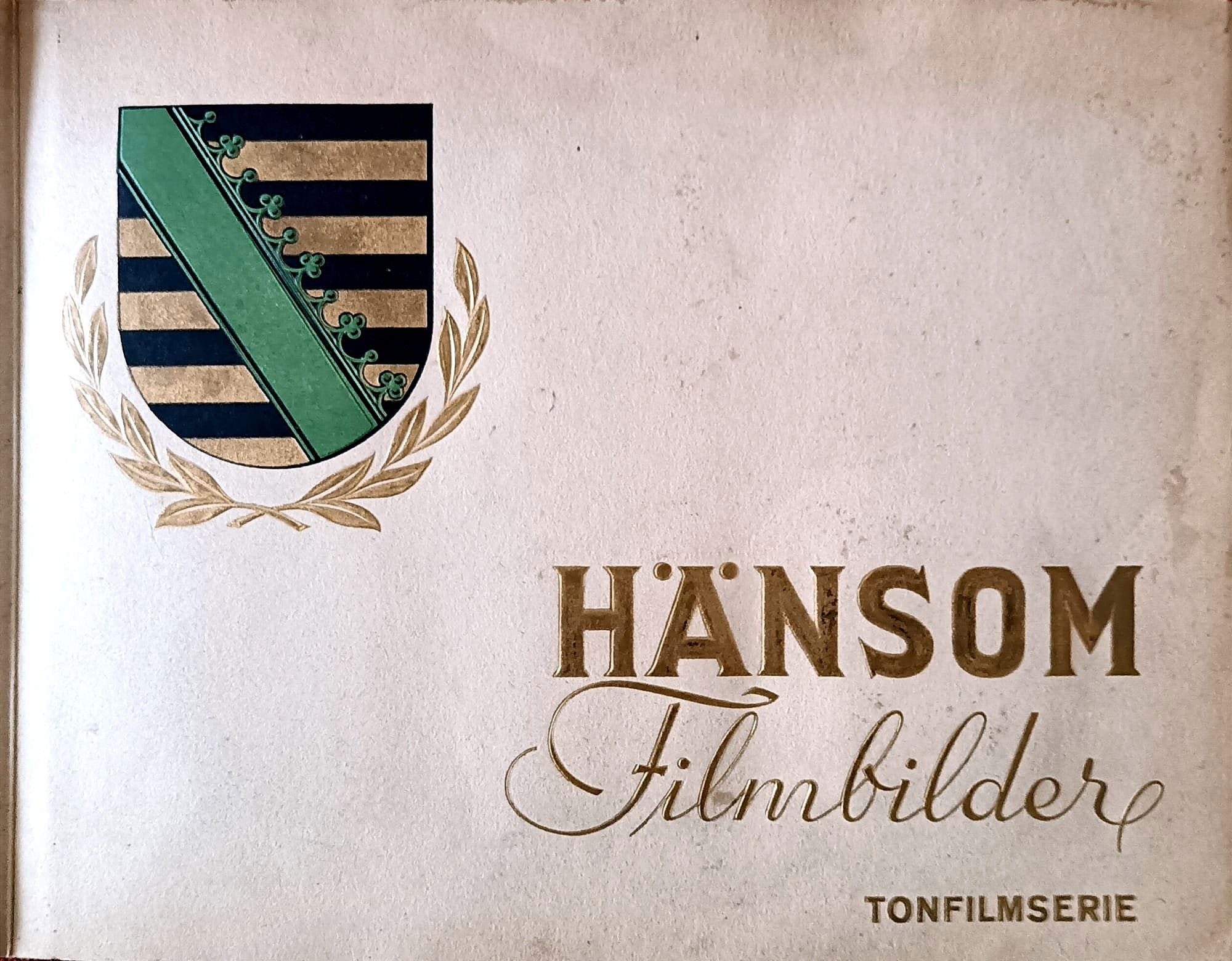
This encounter between two legends of the silver screen symbolizes the intersection of extraordinary talents in a golden age of cinema and continues to inspire admiration and nostalgia for those once-in-a-lifetime times. Their collaboration, although brief, has left an indelible mark on the history of cinema and in the collective memory of those who appreciate the art of cinema.
ON BOARD between LOVE and MYSTERY
"The Shanghai Express Cinematic Journey"
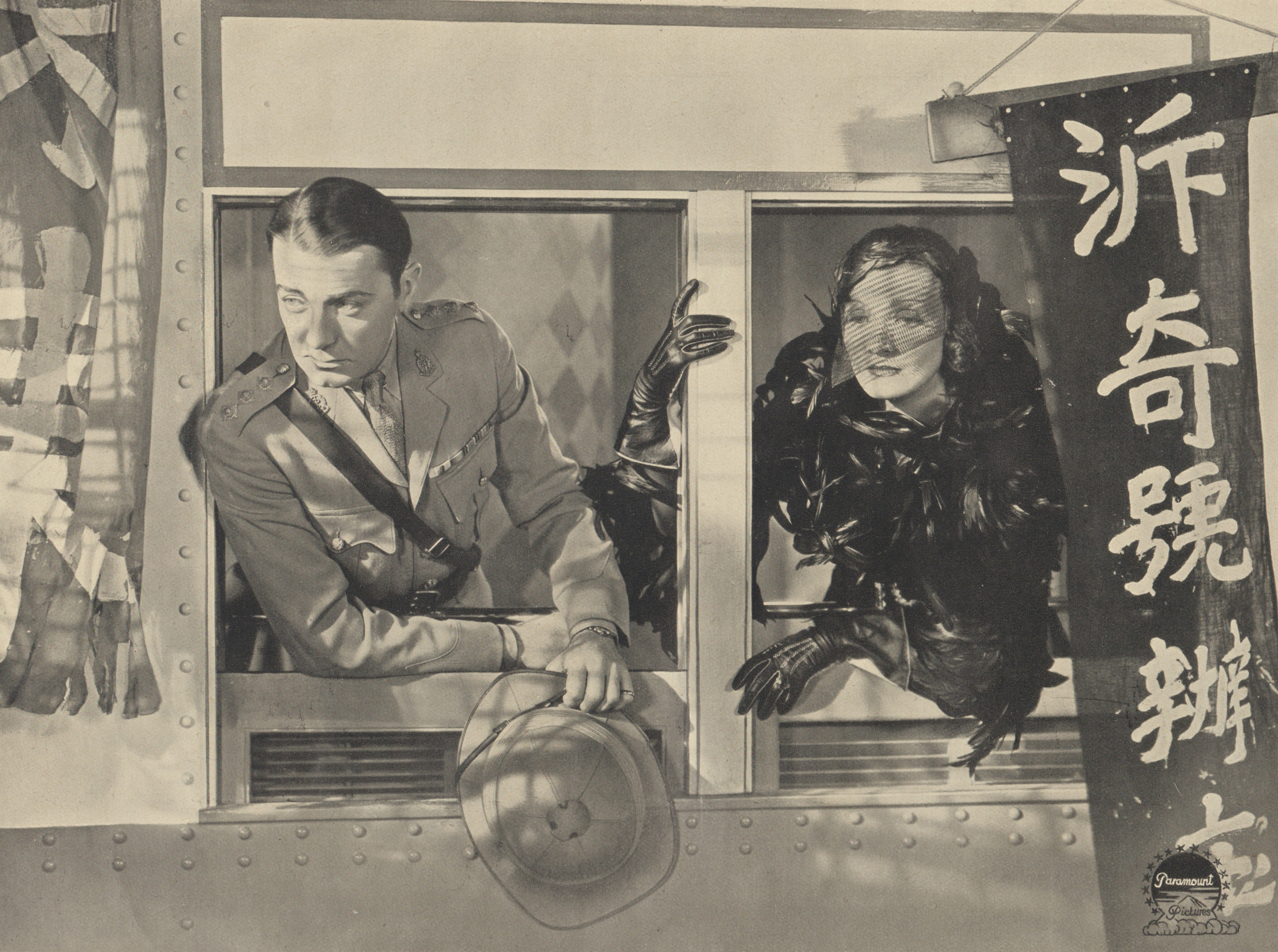
Clive Brook and Marlene Dietrich in the Paramount film "Shanghai Express"
Pagina n.19 SALEM FILM IMAGES ALBUM 2
(personal collection)
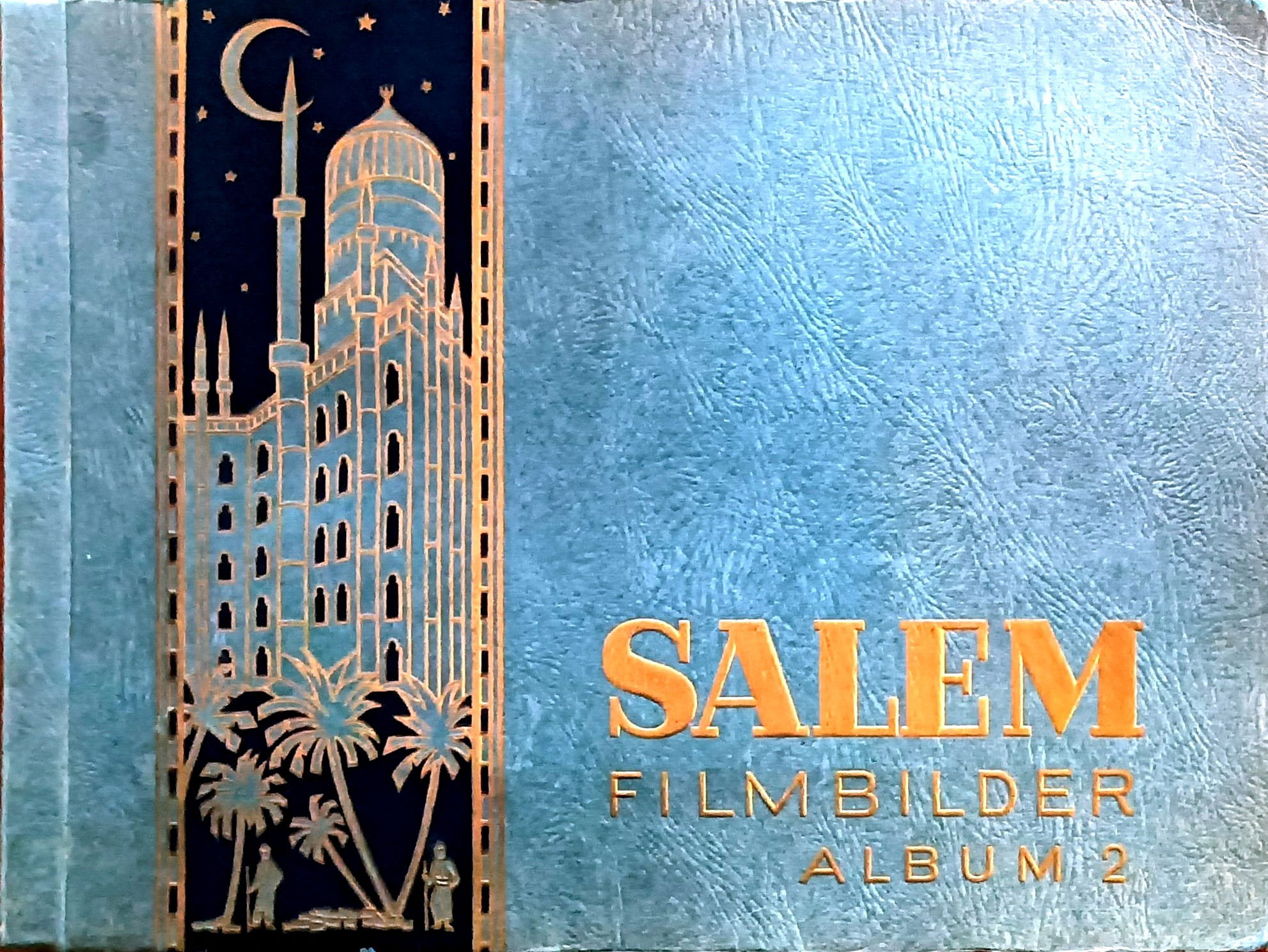
Imagine being transported back in time, to 1932, to an era of glamour and mystery. "Shanghai Express" is the film that captures you, directed by the visionary Josef von Sternberg. The scene opens with the whistle of a train making its way through a China torn apart by civil war. On board this luxury train, destination Shanghai, there is a collection of souls, each with a story to tell.
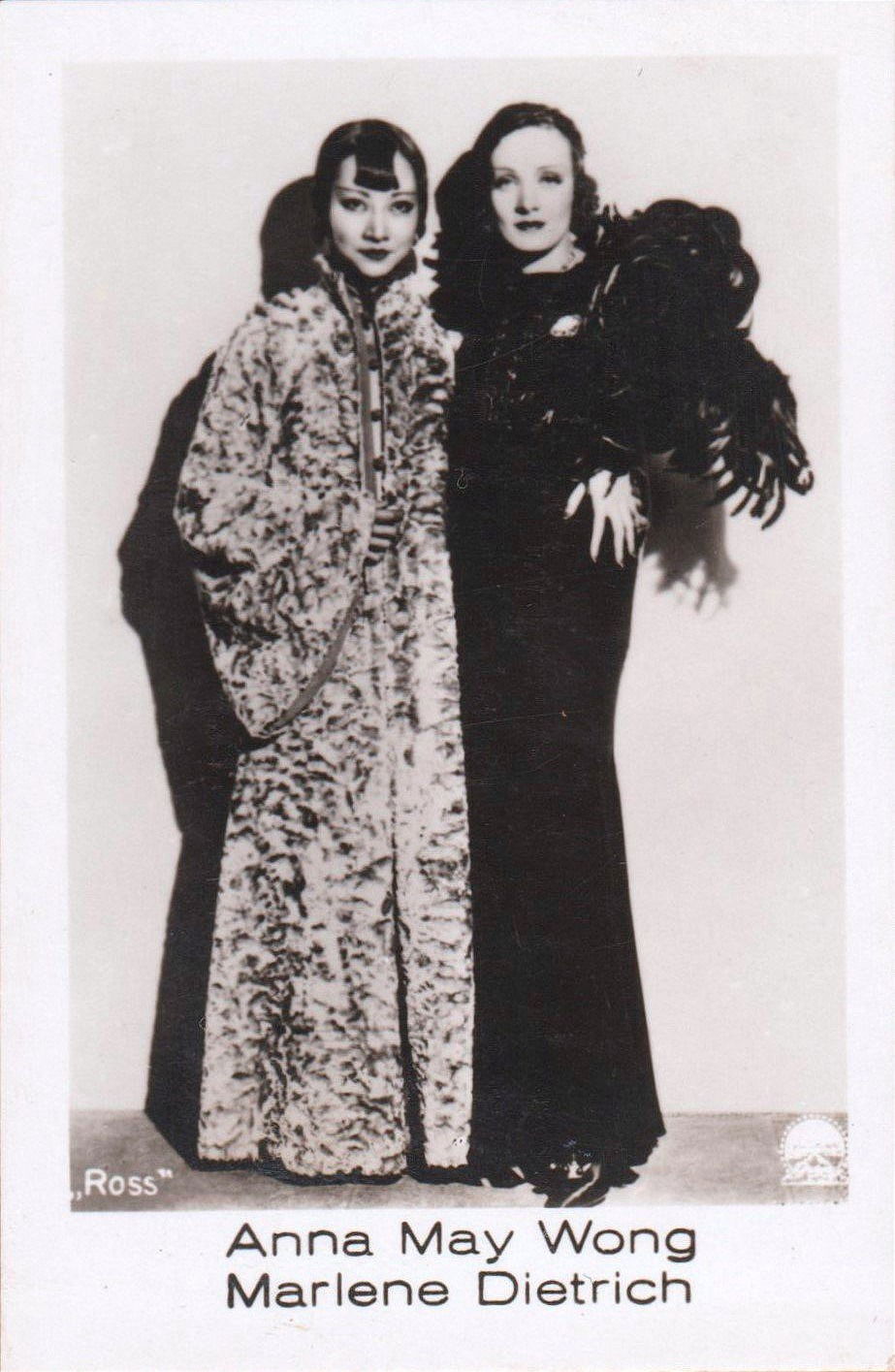
Card position 6 pag. 14
RAMSES MOVIE PICTURES ALBUM 1
(personal collection)
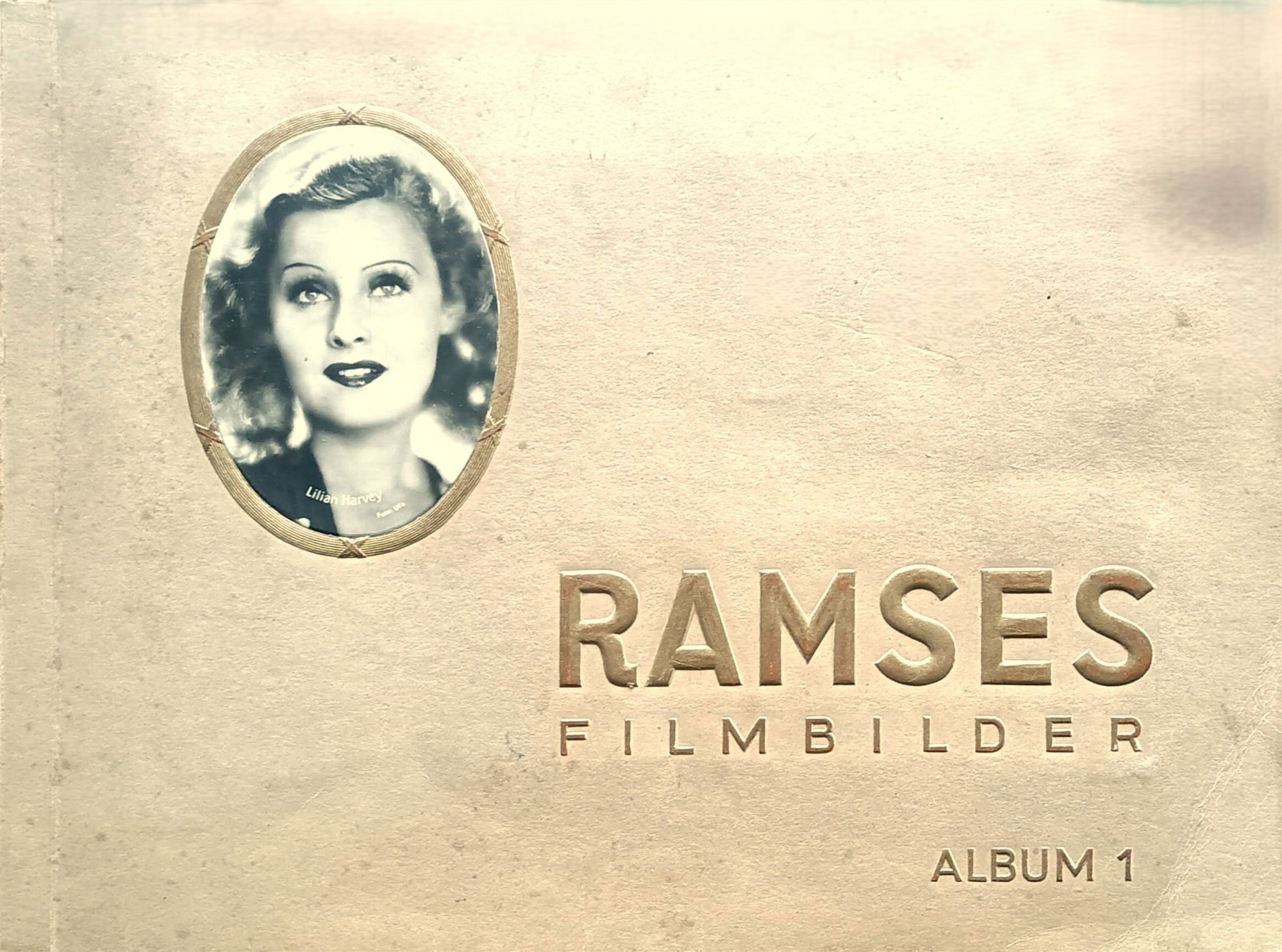
Among the passengers, two figures stand out: Shanghai Lily, the femme fatale with a penetrating gaze, and Hui Fei, the enigmatic beauty, both masterfully played by Marlene Dietrich and Anna May Wong. Lily, with her past shrouded in mystery, is the former flame of Donald Harvey, an English doctor who accidentally finds himself on the same train. Their love, tested five years earlier, had shattered, leaving behind only regrets.
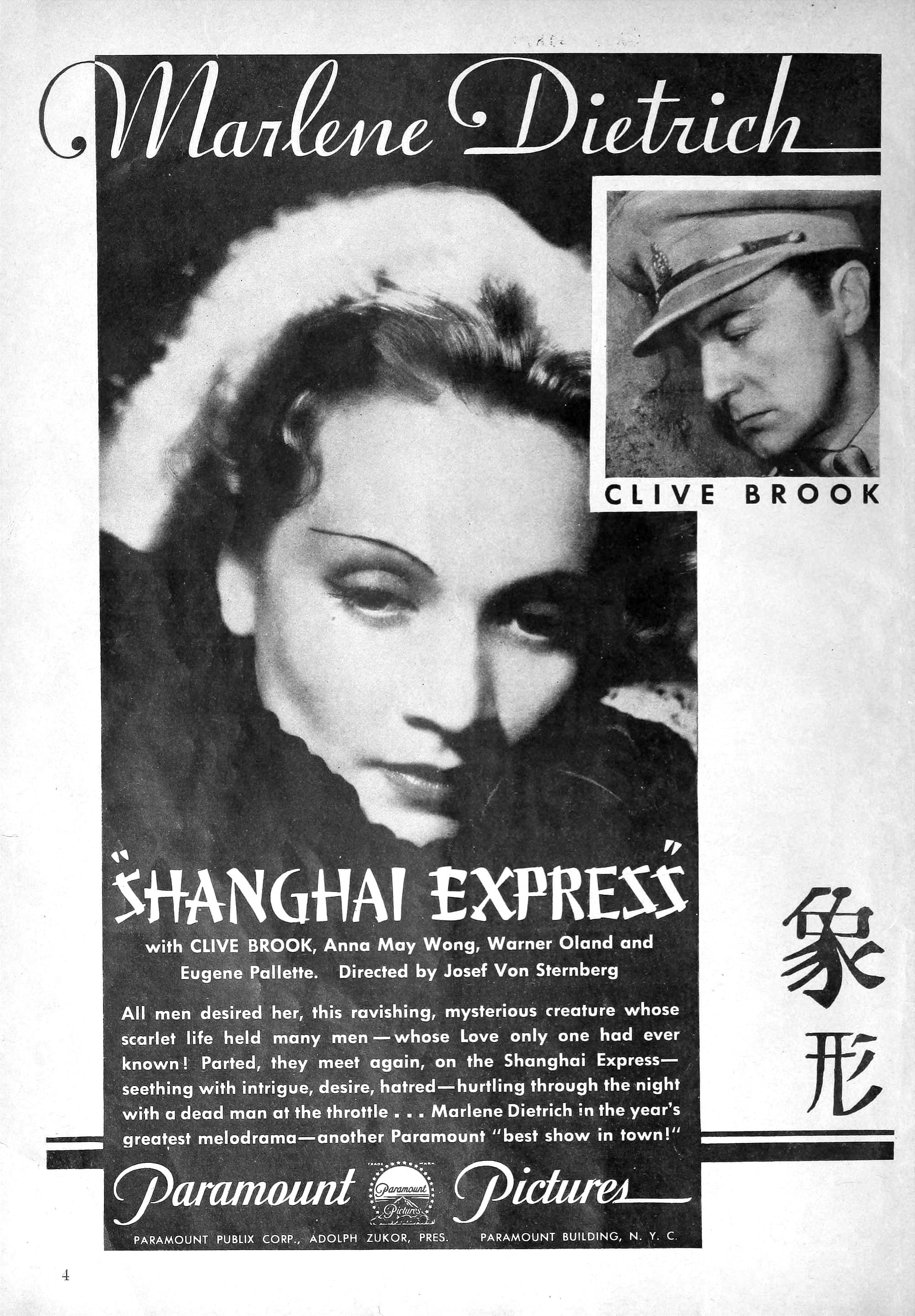
"Courtesy of the Media History Digital Library"
excerpt from the periodical Motion Pictures (February-July 1932)
As the journey continues, fate intervenes: the train is stopped by the rebels, and Harvey is taken prisoner. It is in this moment of tension that Lily is faced with a choice: reveal her true self or maintain her mask of indifference. Her inner struggle is palpable, as is the chemistry between her and Hui Fei, who together create unforgettable moments of cinema.
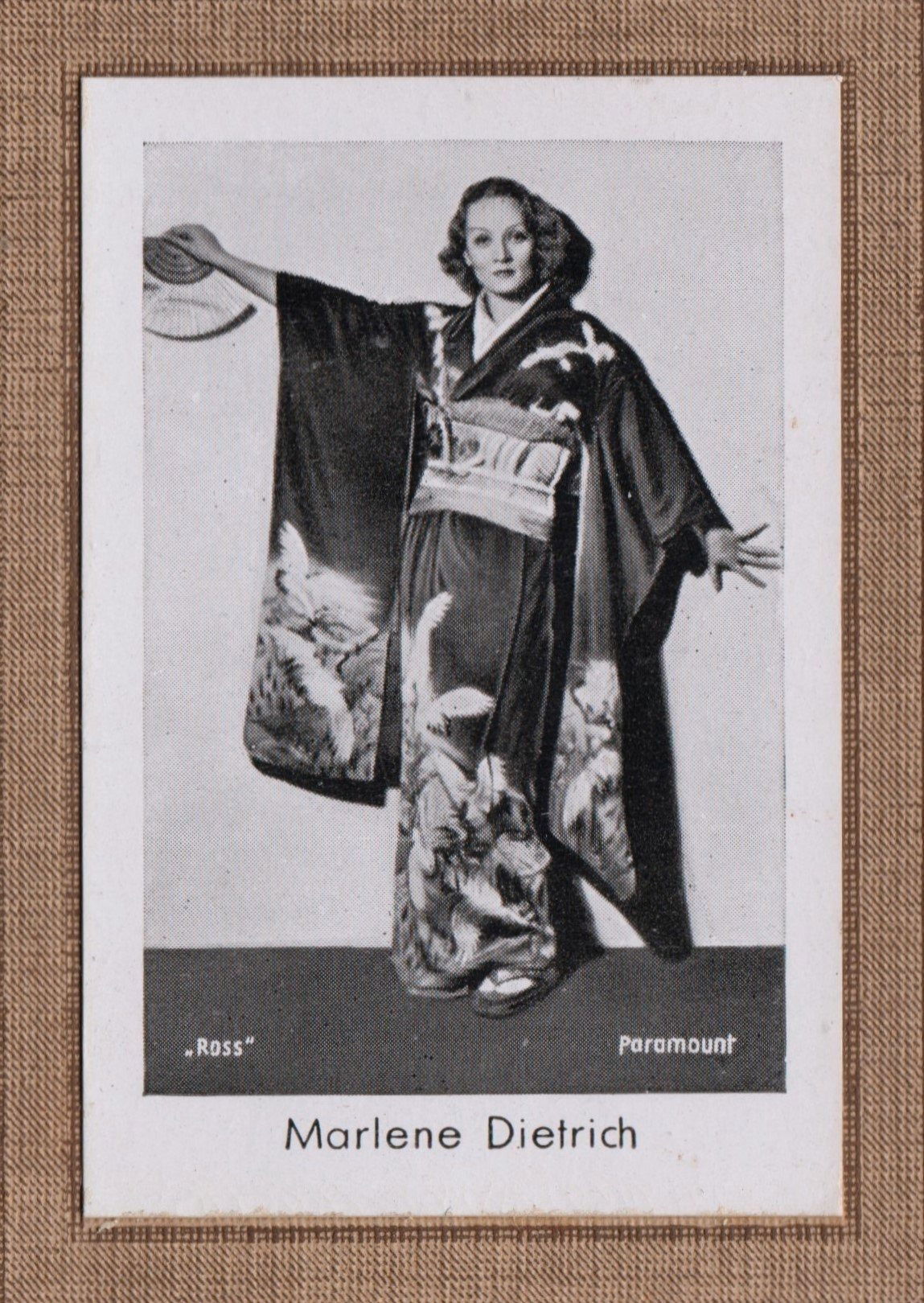
Card position 3 pag. 2
JOSETTI FILM ALBUM N°3
(personal collection)
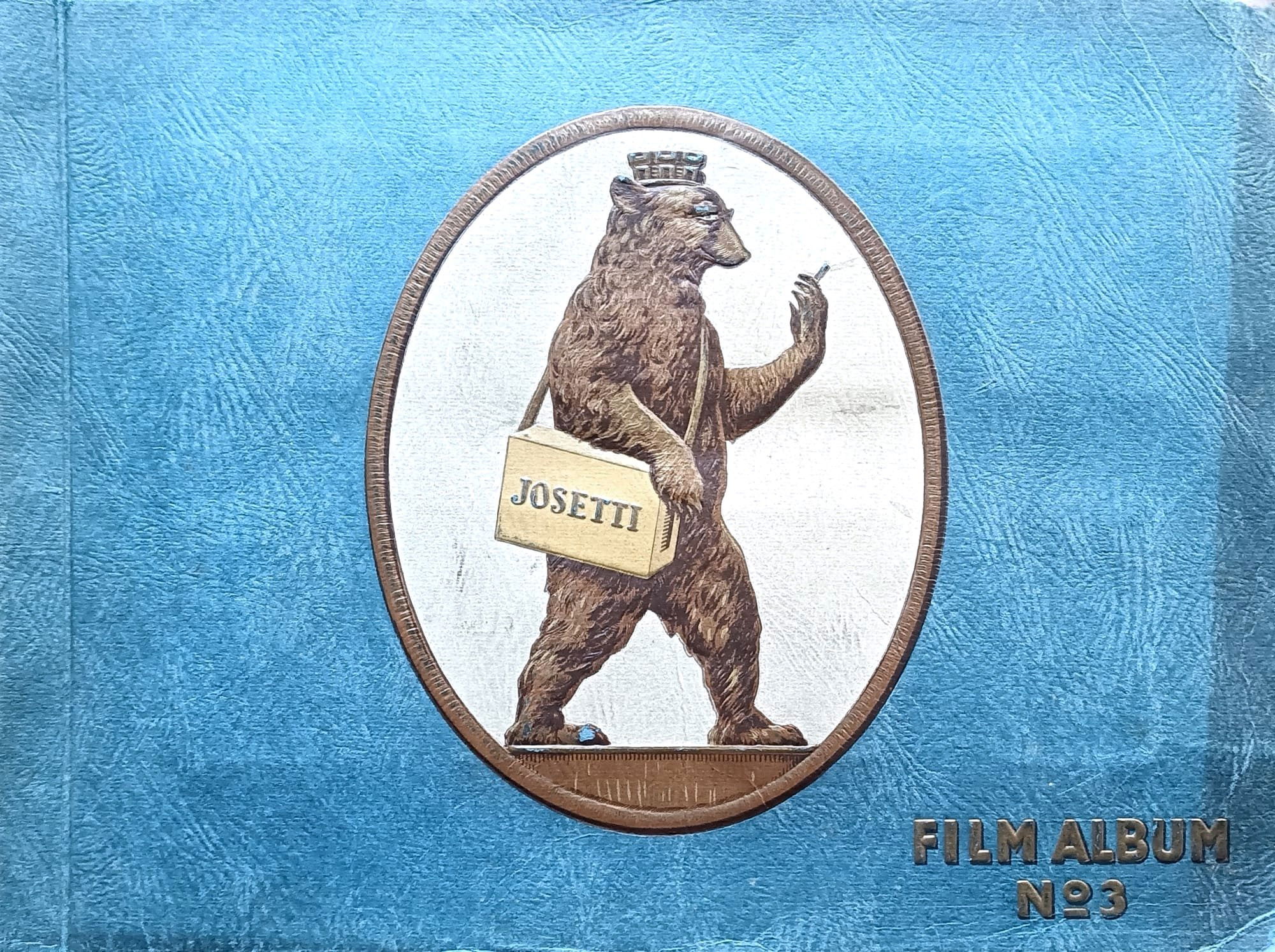
"Shanghai Express" is not just a film; is a journey through the complexities of love and sacrifice, a work that marked the culmination of the collaboration between Dietrich and Sternberg.
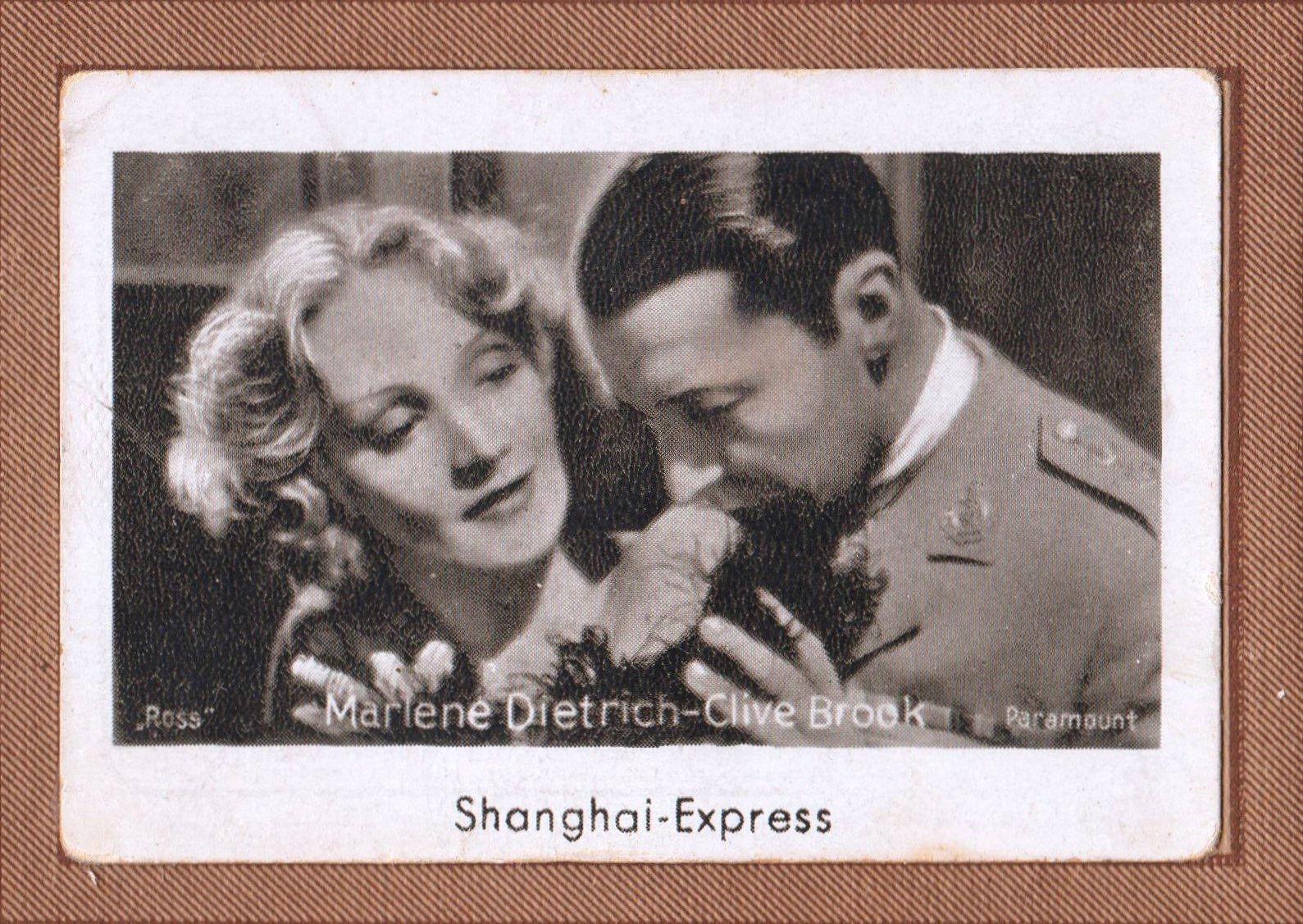
Card position 5 pag. 35
JOSETTI FILM ALBUM N°1
(personal collection)
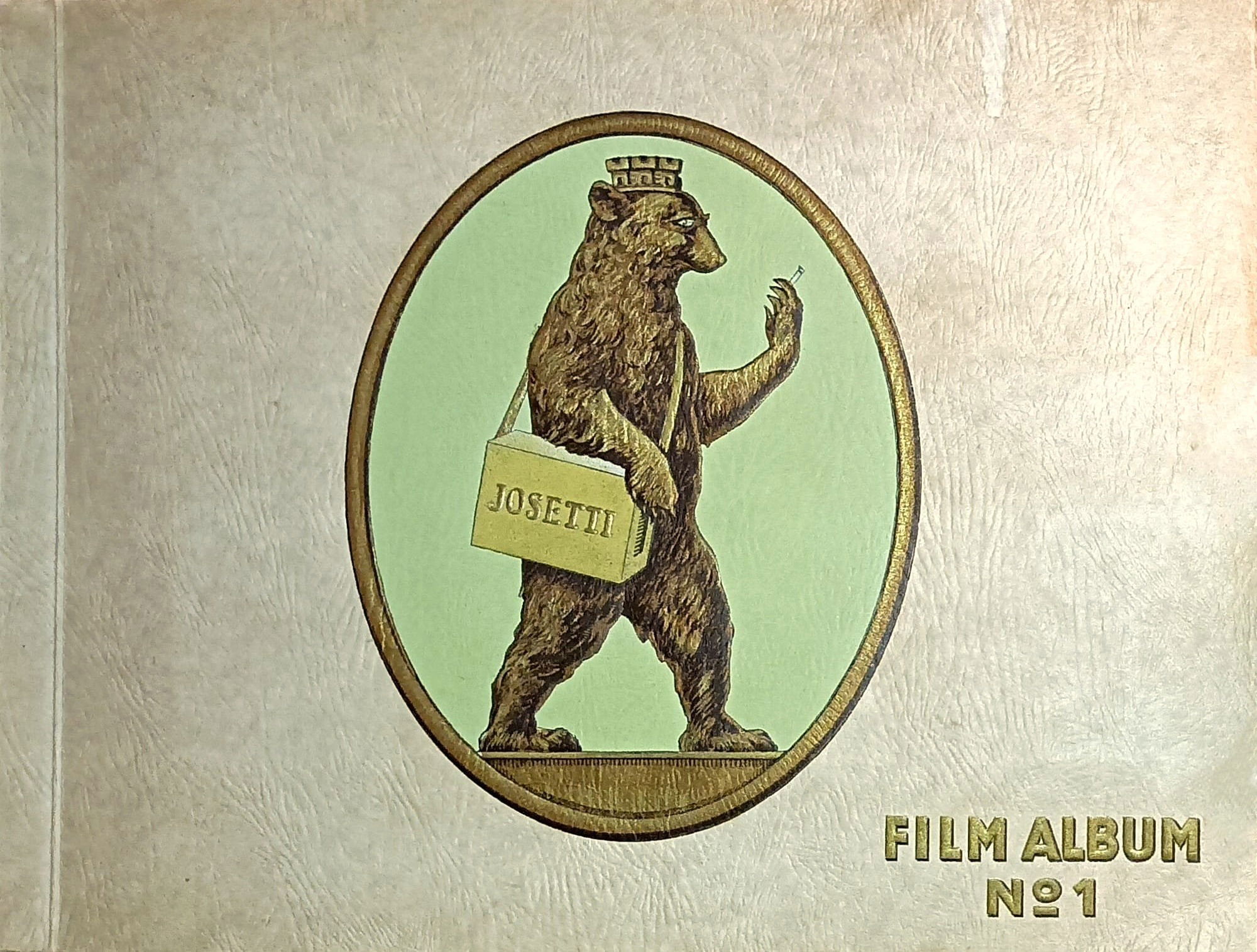
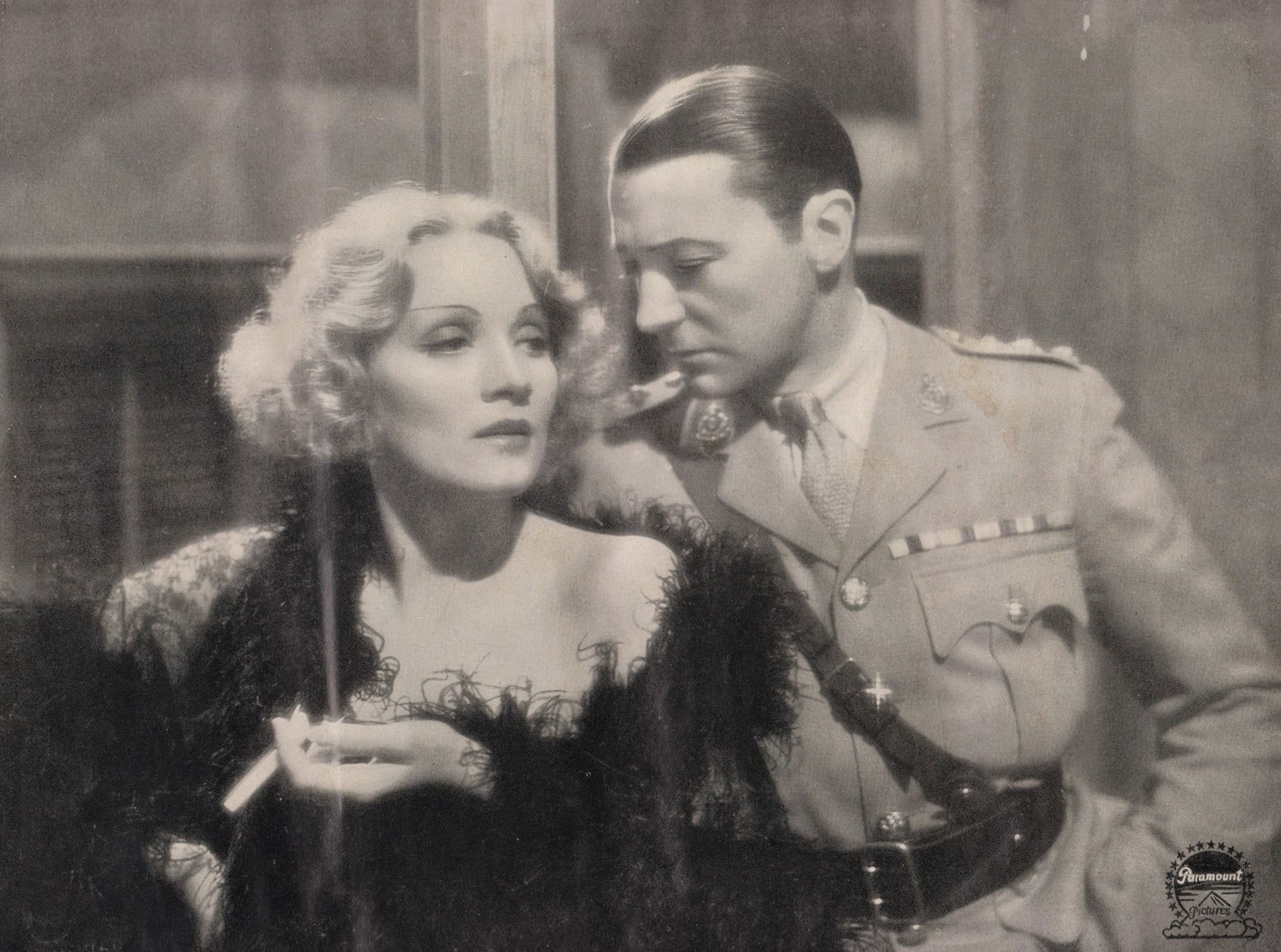
Marlene Dietrich and Clive Brook in the Paramount film "Shanghai Express"
Pagina n.04 RAMSES FILM IMAGES ALBUM 1
(personal collection)
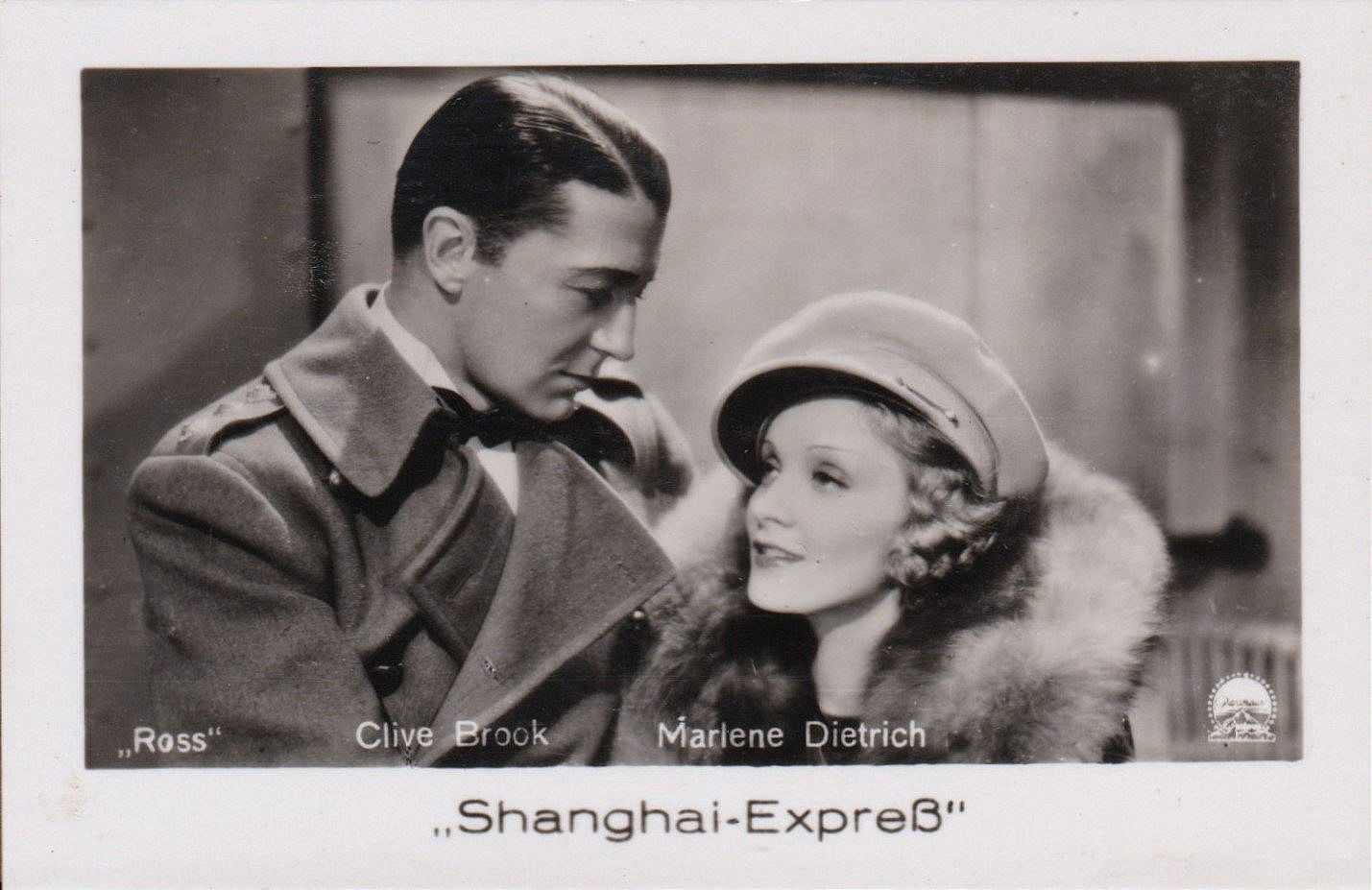
Card position 2 pag. 30
RAMSES FILM IMAGES ALBUM 1
(personal collection)
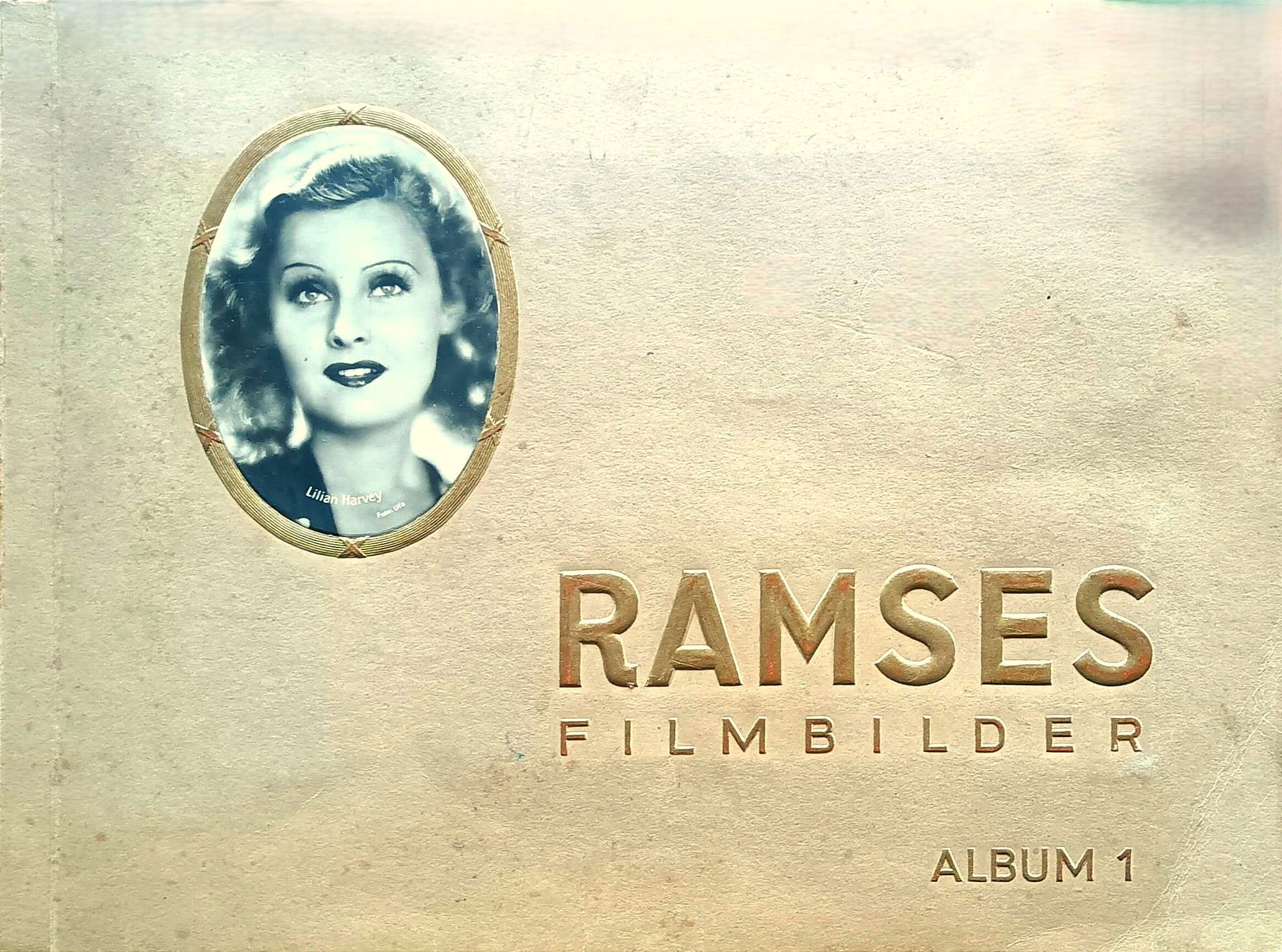
With every scene, every glance exchanged, we witness an art that transcends time, making this classic a treasure trove of pre-Code cinema. And so, as the train approaches its destination, we realize that the journey was much more than just moving from one place to another; It was a journey of the soul, an exploration of the depths of the human heart.
MARLENE "THE BLONDE VENUS"
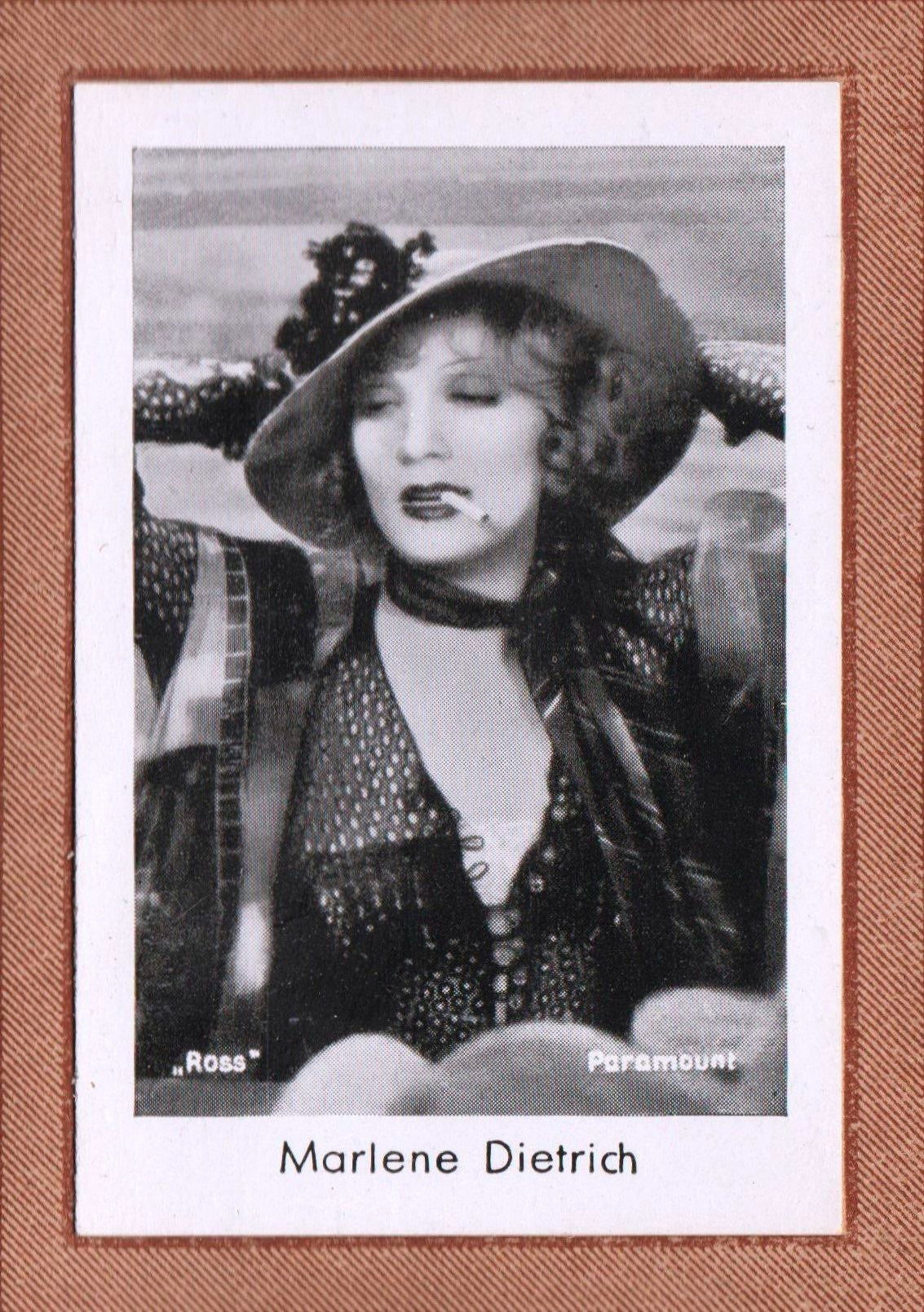
Card position 4 pag. 4
JOSETTI FILM ALBUM N°2
(personal collection)
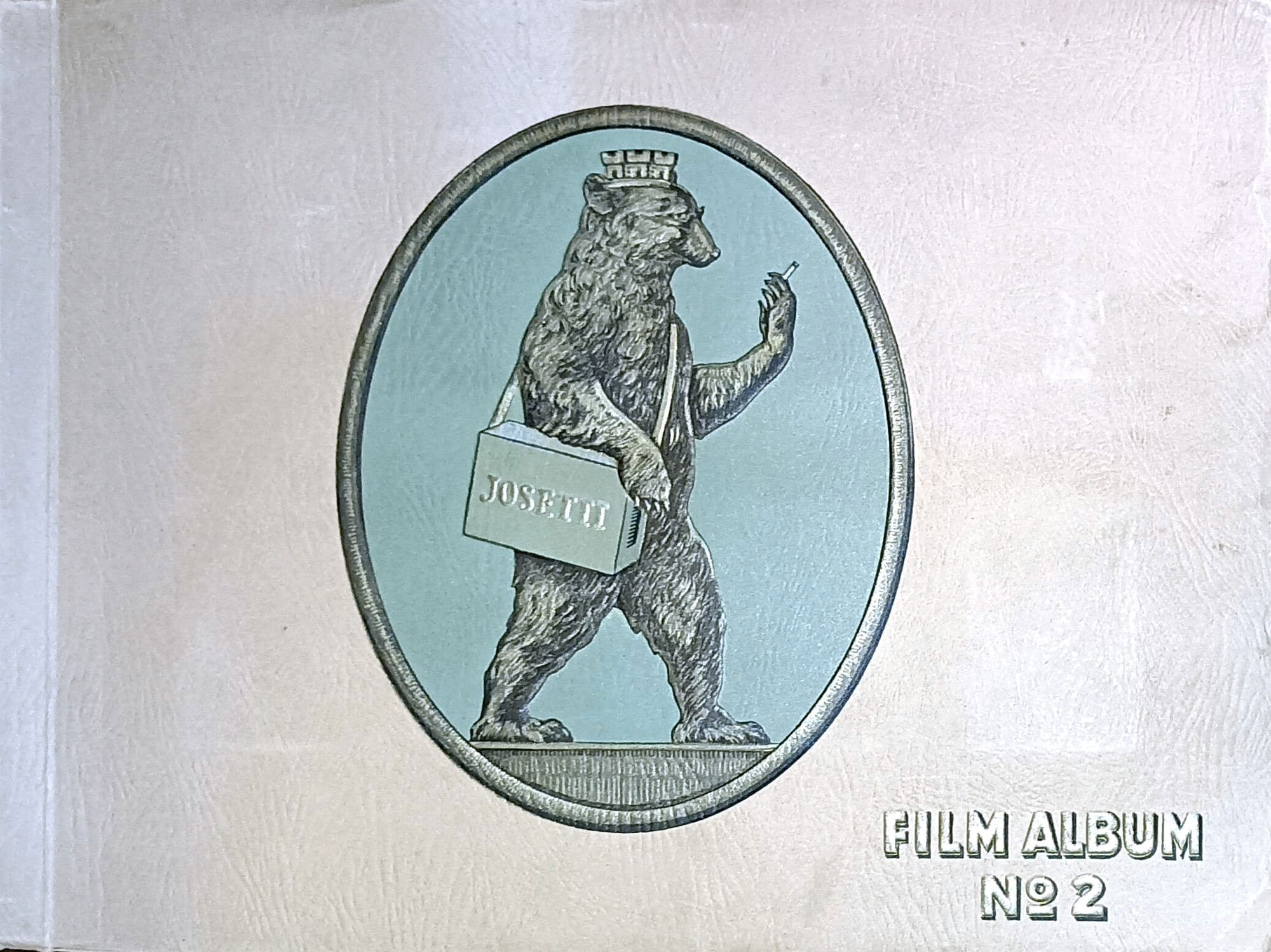
"The Blonde Venus" is notable for its depiction of a woman taking her destiny into her own hands at a time when women on screen were often portrayed as passive or virtuous. Dietrich's character challenges social conventions and gender expectations, a typical example of the creative freedom of the Pre-Code era.
The film was shot from May 26 to June 11, 1932 in California, and was released in theaters on September 16, 1932, distributed by Paramount Pictures. "The Blonde Venus" reflects the tension between freedom of artistic expression and the moral pressures of the time, and remains a significant example of the kind of stories that could be told before the implementation of the Hays Code.
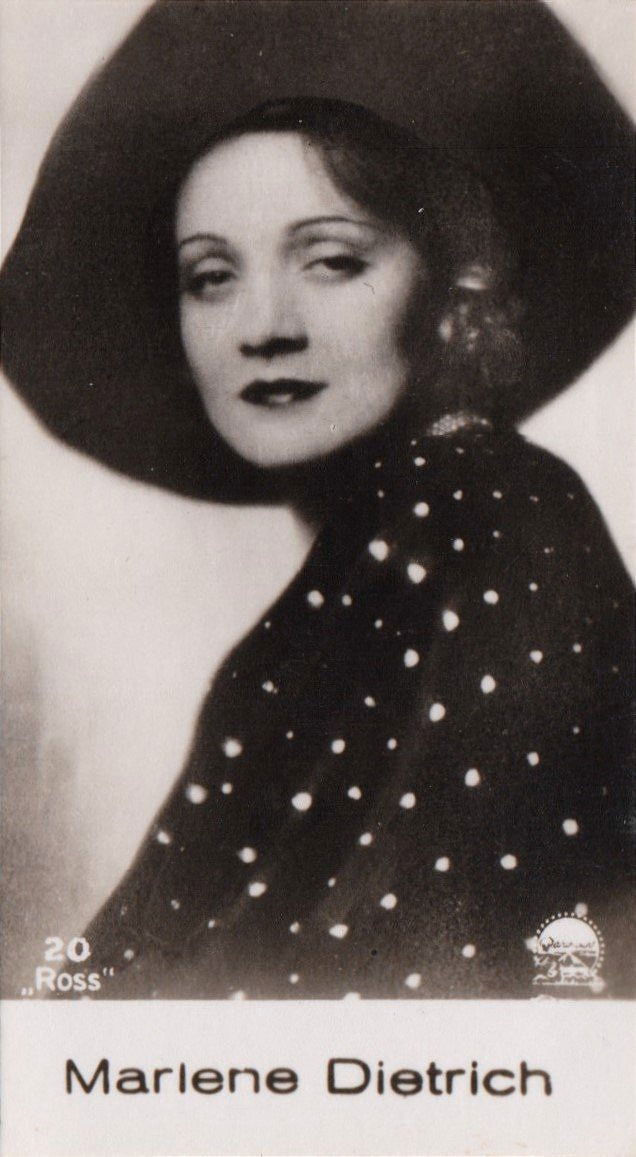
Card n. 20 pag. 2
BULGARIA FILM IMAGES
(personal collection)
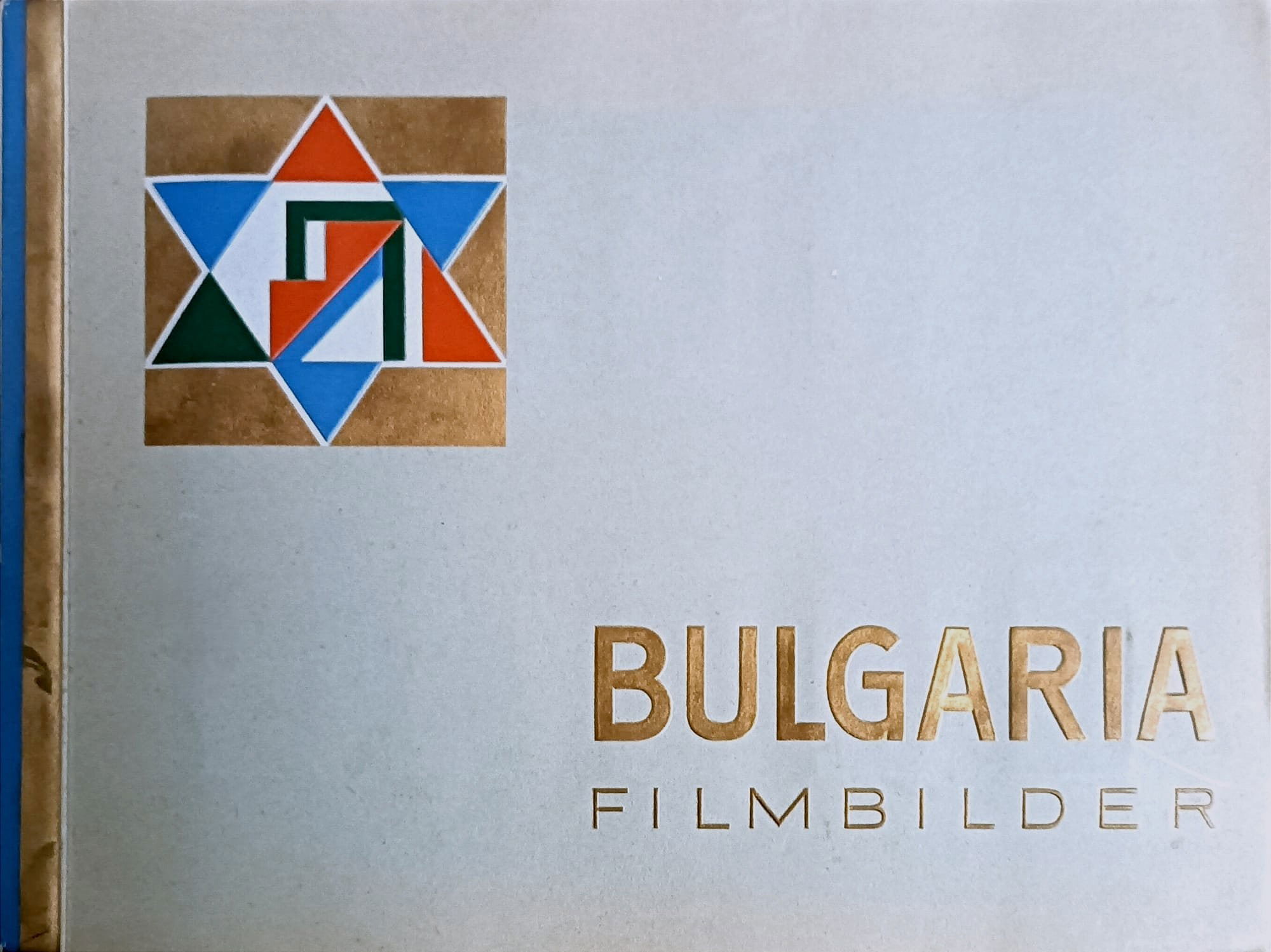
The plot follows the story of Helen Faraday, played by Dietrich, a German singer who marries an American chemist, Ned Faraday. When Ned becomes seriously ill, Helen returns to singing in nightclubs to raise money for her treatment. In the process, she becomes the lover of a charming playboy, Nick Townsend, played by Grant, to get financial help. The film explores the complexities of marriage, fidelity, and survival, themes that were bold for the time. Despite being a film made before the adoption of the Hays Code in 1934, the American film industry was guided by a less formal set of moral guidelines and production standards. The Motion Picture Producers and Distributors of America (MPPDA), founded in 1922, was the organization responsible for overseeing these standards. The president of the MPPDA, Will H. Hays, was tasked with creating a code of conduct for films produced by member companies, in order to avoid government censorship and maintain self-regulation within the industry. This was also true for film advertising.
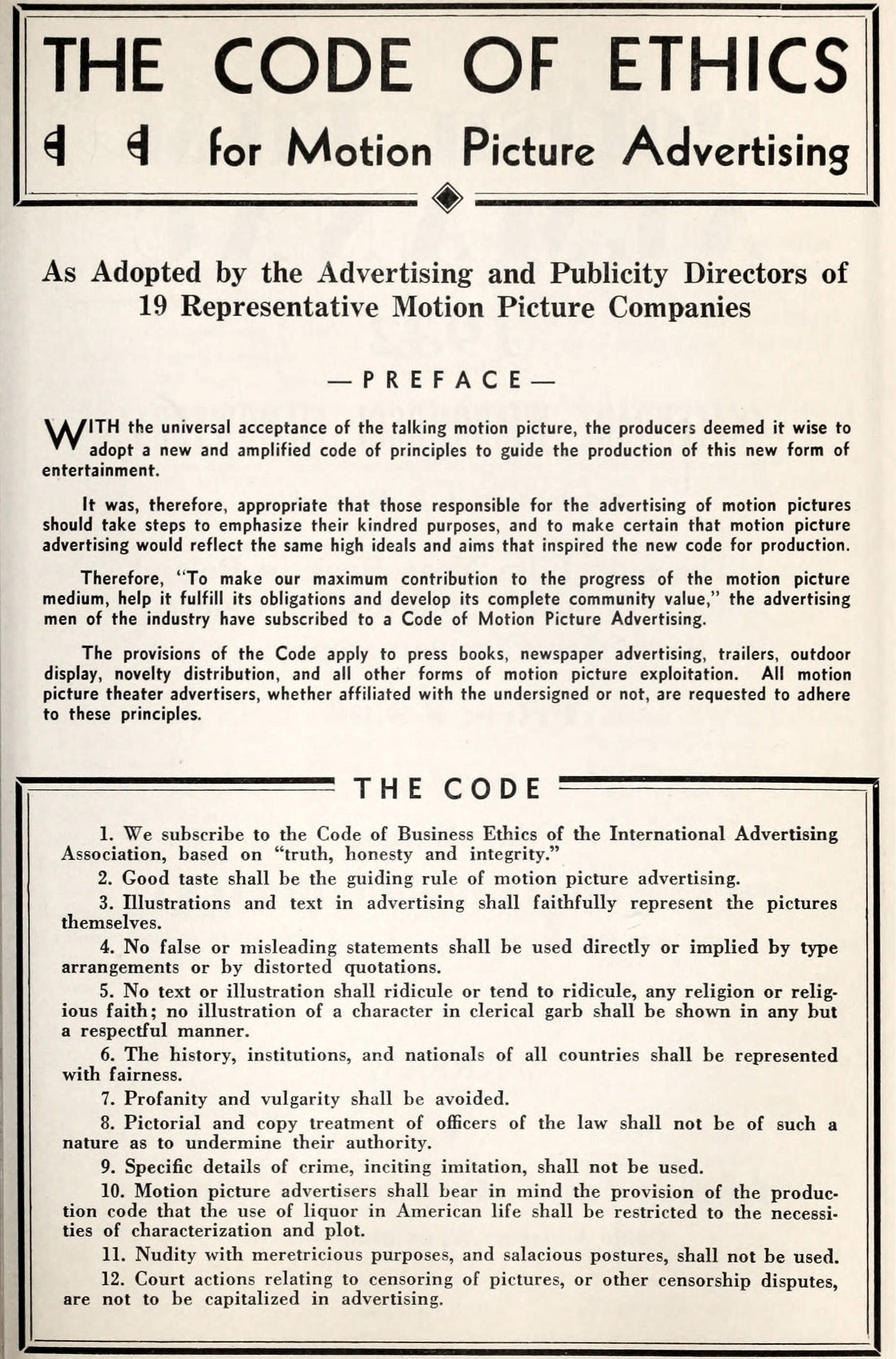
"Courtesy of the Media History Digital Library"
page no. 605 of the annual Year book of motion pictures (1932)
During the Pre-Code era, the MPPDA sought to balance creative freedom with pressure for more decorum in films. Producers and directors used this relative freedom to explore topics that would have been considered taboo or too provocative. Prior to the film's production, Motion Picture Producers and Distributors of America reviewed scripts using the 1930 Motion Picture Production Code which, while prohibiting forced prostitution, allowed characters to engage in voluntary solicitation provided the subject matter was handled with care. There were negotiations between director Josef von Sternberg and the (MPPDA), in the specific context of "Blonde Venus", some scenes in which the character of Helen is found by Detective Wilson in New Orleans were changed. Originally, these scenes contained open or unequivocal references to prostitution or sexual activity in exchange for money or favors. However, in order to comply with the rules of the Production Code, these references have been removed from the script.
In the finished film, the interaction between Helen and the private detective was made ambiguous, leaving room for the viewer's interpretation without directly showing or openly discussing activities prohibited by the code. Other aspects of the plot, such as adultery, remained inconsistent with the Production Code, but were not changed or removed. This is because the code was not strictly enforced until 1934.
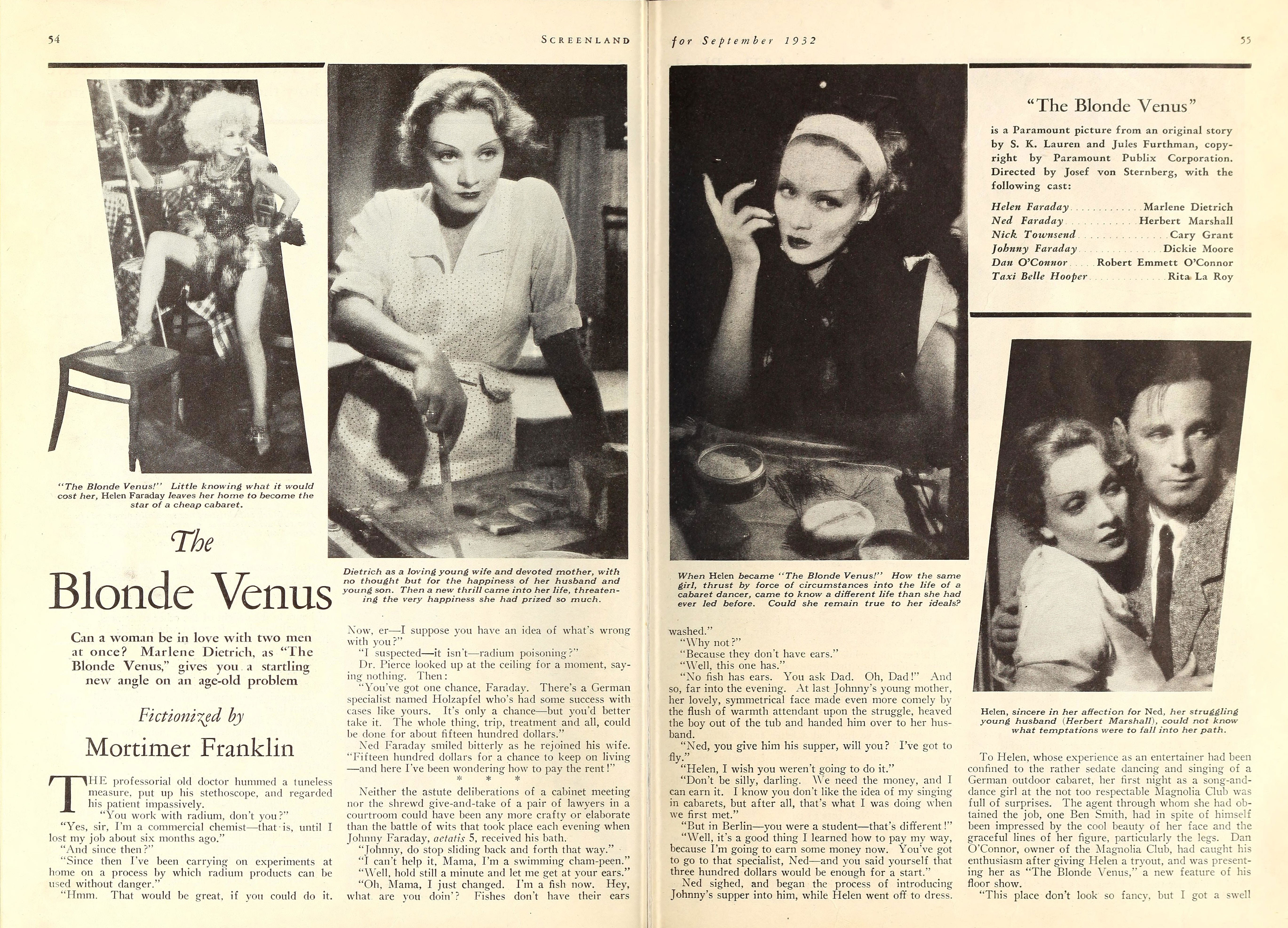
"Courtesy of the Media History Digital Library"
pages no. 54 and 55 of the Periodical SCREENLAND (JUN-OCT 1932)
In September 1932, the film magazine Screenland published the short story entitled "The Blonde Venus" written by Mortimer Franklin. This story was based on the second version of the script for the film Blonde Venus. Interestingly, this version may have been more similar to the novels that the magazine's readers liked, and so it was chosen for publication.
DIETRICH WITHOUT BOUNDARIES
"Exploring new creative horizons"
Card position 5 pag. 4
da COLORFUL MOVIE PICTURES ALBUM 7
(personal collection)
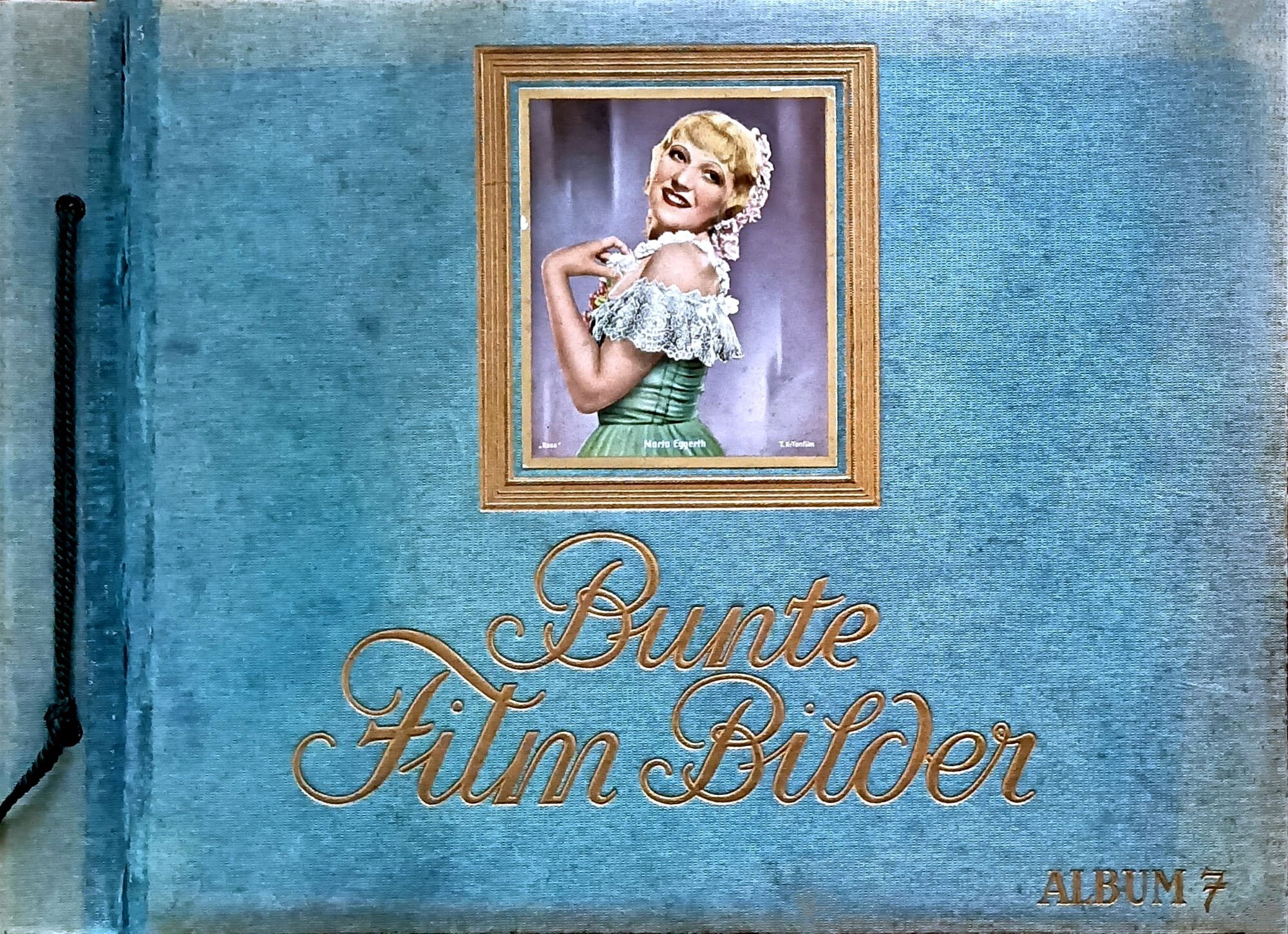
Marlene Dietrich, collaborated with Rouben Mamoulian on the film "The Song of Songs", marking a departure from her frequent collaborator Josef von Sternberg. This move represented a significant moment in Dietrich's career, as it demonstrated her versatility as an actress and her ability to work outside of Sternberg's artistic shadow. "The Song of Songs" offered Dietrich a complex and multifaceted role, allowing her to explore new emotional and dramatic dimensions. Dietrich's performance in the film was acclaimed for its depth and the sensitivity with which he portrayed the character of Lily. The film itself is an example of Mamoulian's talent as a director, capable of creating a visually fascinating and narratively engaging work, which helped cement Dietrich's place in the history of cinema as one of its brightest stars.
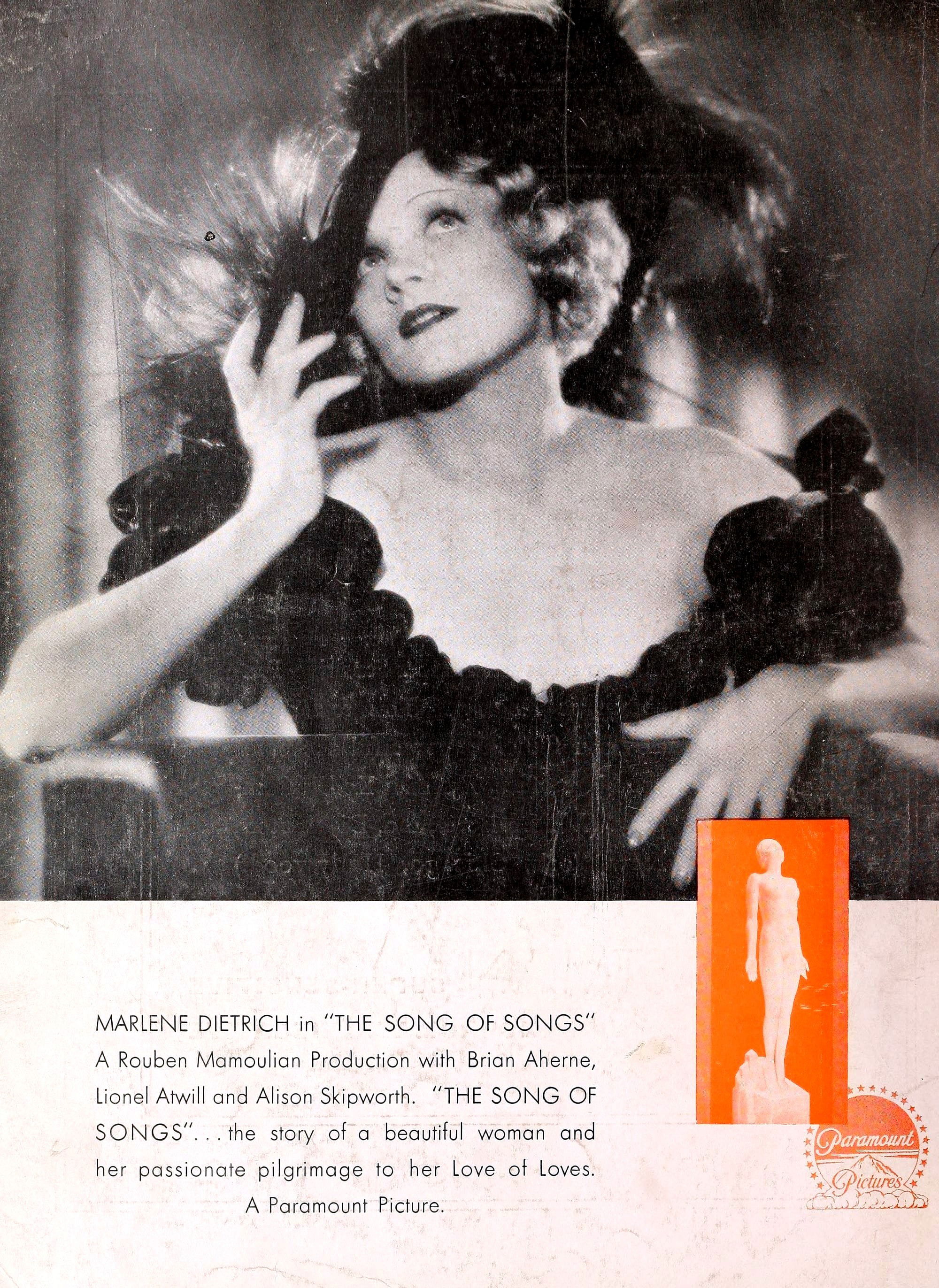
"Courtesy of the Media History Digital Library"
from the Periodical MOTION PICTURE HERALD (Jul-Sep 1933)
"The Song of Songs" The film is known for being one of the first cinematic works shot in pre-Code, it is a 1933 American romantic drama film directed by Rouben Mamoulian and starring Marlene Dietrich as Lily, a naïve German peasant woman who moves to Berlin and experiences a series of love misadventures. The film is based on the 1908 novel "Das Hohe Lied" by Hermann Sudermann and the subsequent play by Edward Sheldon. The story follows Lily, who after the death of her father moves to the city to live with her strict aunt. During the day, Lily works in her aunt's bookstore, but her life changes when she meets and poses for Richard, a sculptor who lives across the street. Despite the eventual love affair between the two, Lily marries one of Richard's wealthy clients, Baron von Merzbach. However, Lily and Richard are eventually reunited after she has gone through a personal journey of growth and introspection.
TWO CHATERINES
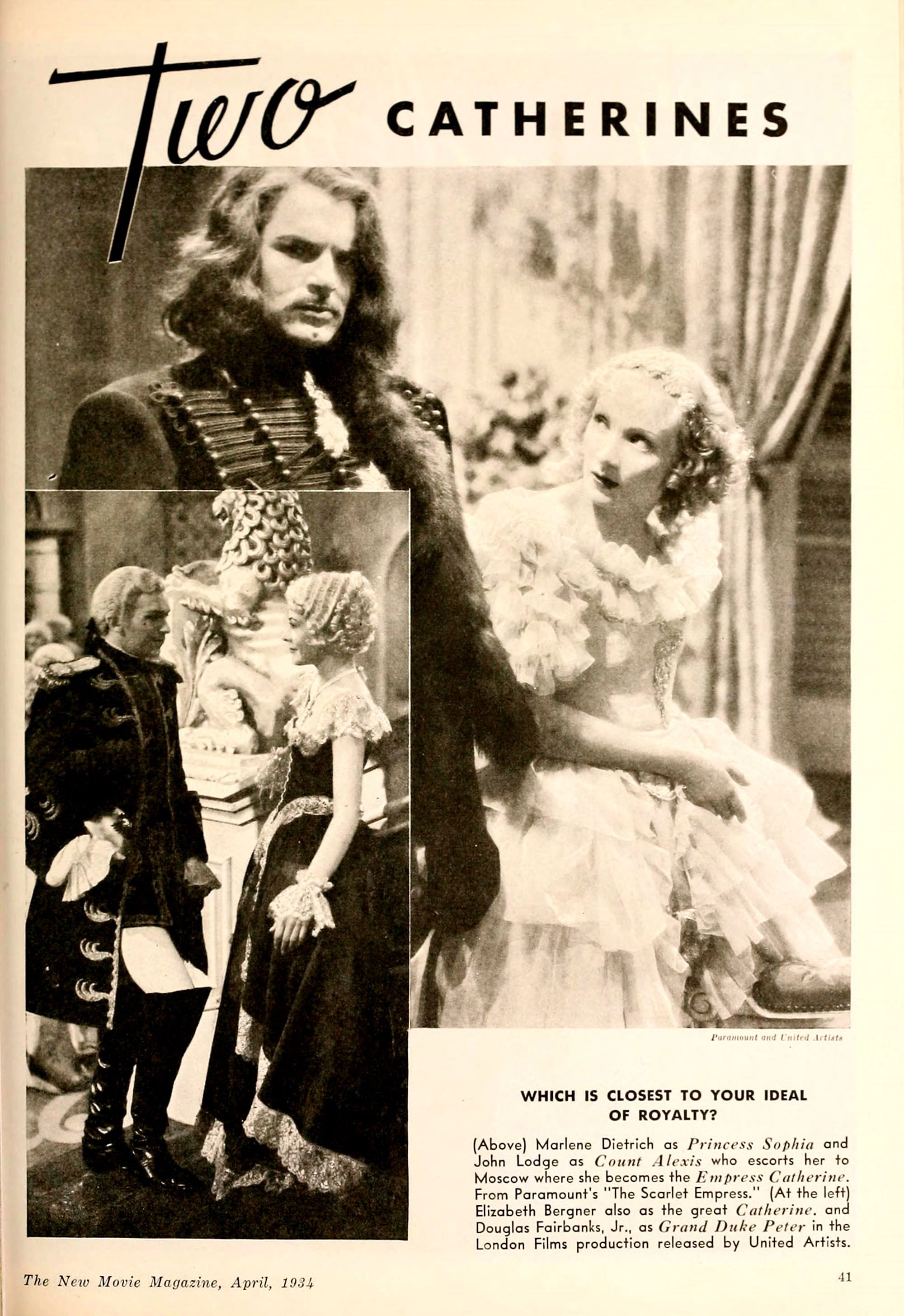
"Courtesy of the Media History Digital Library"
page no. 41 of The New Movie Magazine (Jan-Jun 1934)
Catherine the Great, ruler of the Russian Empire, left an indelible mark on history, not only as a politician and strategist, but also as a cultural icon. Her life and reign have been the subject of numerous artistic representations, including the 1934 films that saw Marlene Dietrich and Elizabeth Bergner play the great empress. These two films, "The Scarlet Empress" and "The Rise of Catherine the Great," offer two distinct and fascinating visions of Catherine, each through the unique lens of the lead actresses.
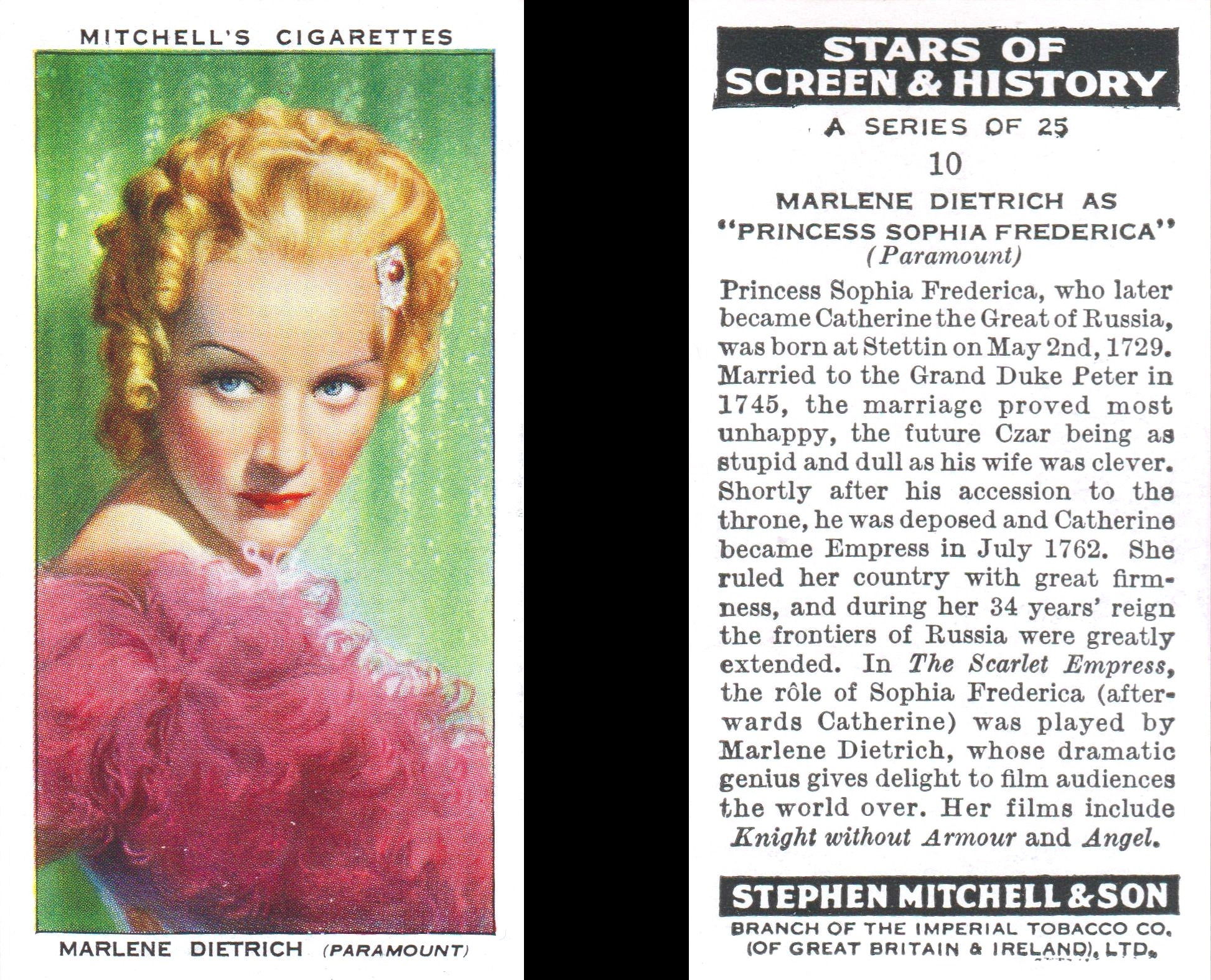
Card n.10 della serie ֍ STARS OF SCREEN & HISTORY
STEPHEN MITCHELL & SON (1939)
(personal collection)
Marlene Dietrich, under the direction of Josef von Sternberg in "The Scarlet Empress", embodied a charismatic and daring Catherine the Great. Her performance is permeated by a strength and sensuality that transcends the screen, capturing the essence of a woman who has been able to impose herself in a male-dominated world. The use of light and shadow, along with an expressionist design, created an almost mystical atmosphere, emphasizing the power and majesty of the historical figure.
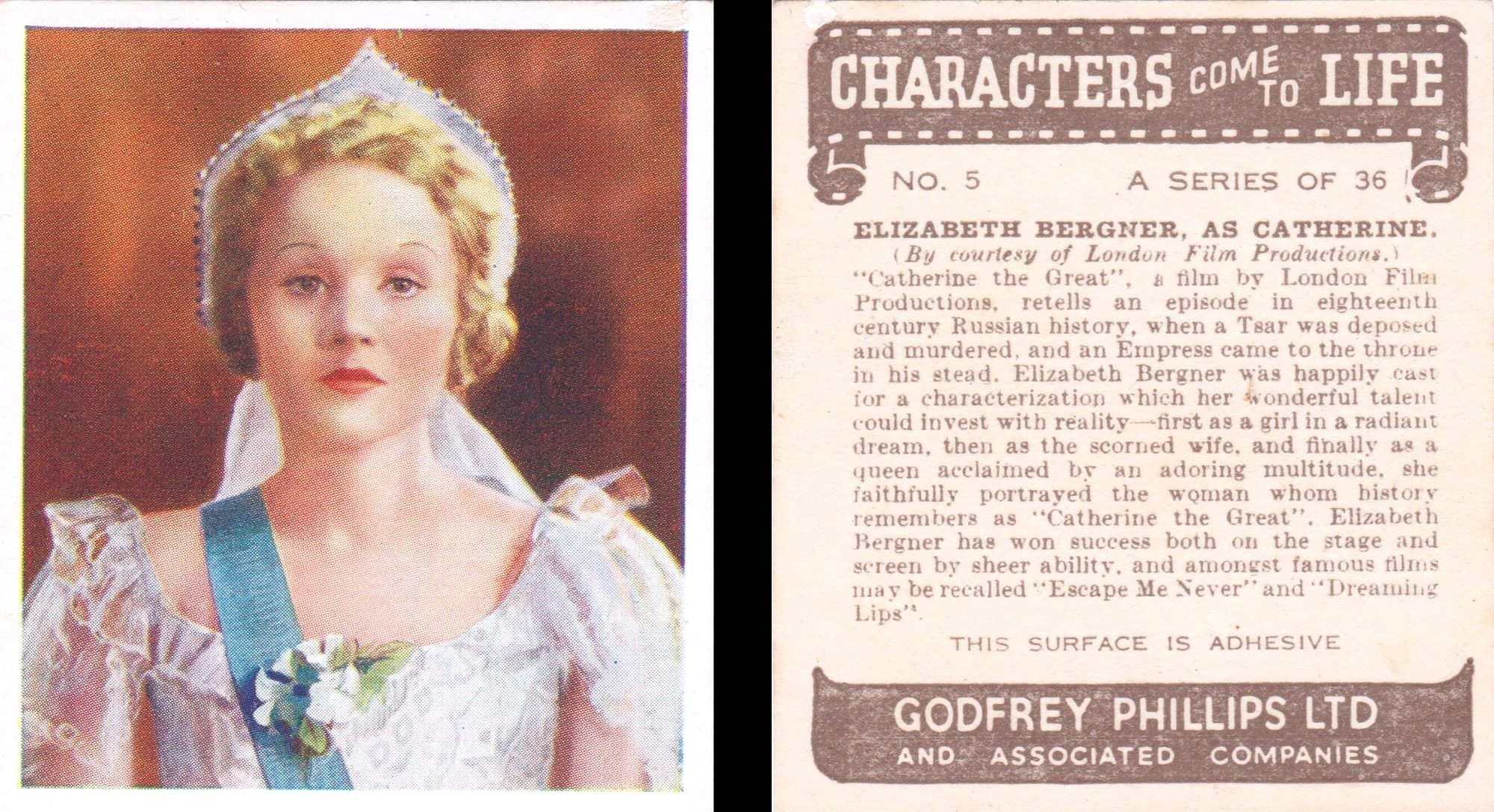
Card n.5 della serie ֍ CHARACTERS COME TO LIFE
GODFREY PHILLIPS LTD (1938)
(personal collection)
Elizabeth Bergner, directed by Paul Czinner in "The Rise of Catherine the Great," offered a more intimate and psychological portrait of the empress. Her Catherine is a complex figure, balancing political ambition with emotional challenges, showing a depth of character that goes beyond the simple representation of a sovereign. Bergner was able to express Catherine's determination and cunning, highlighting her ability to navigate the turbulent waters of the Russian court and emerge as a visionary leader.
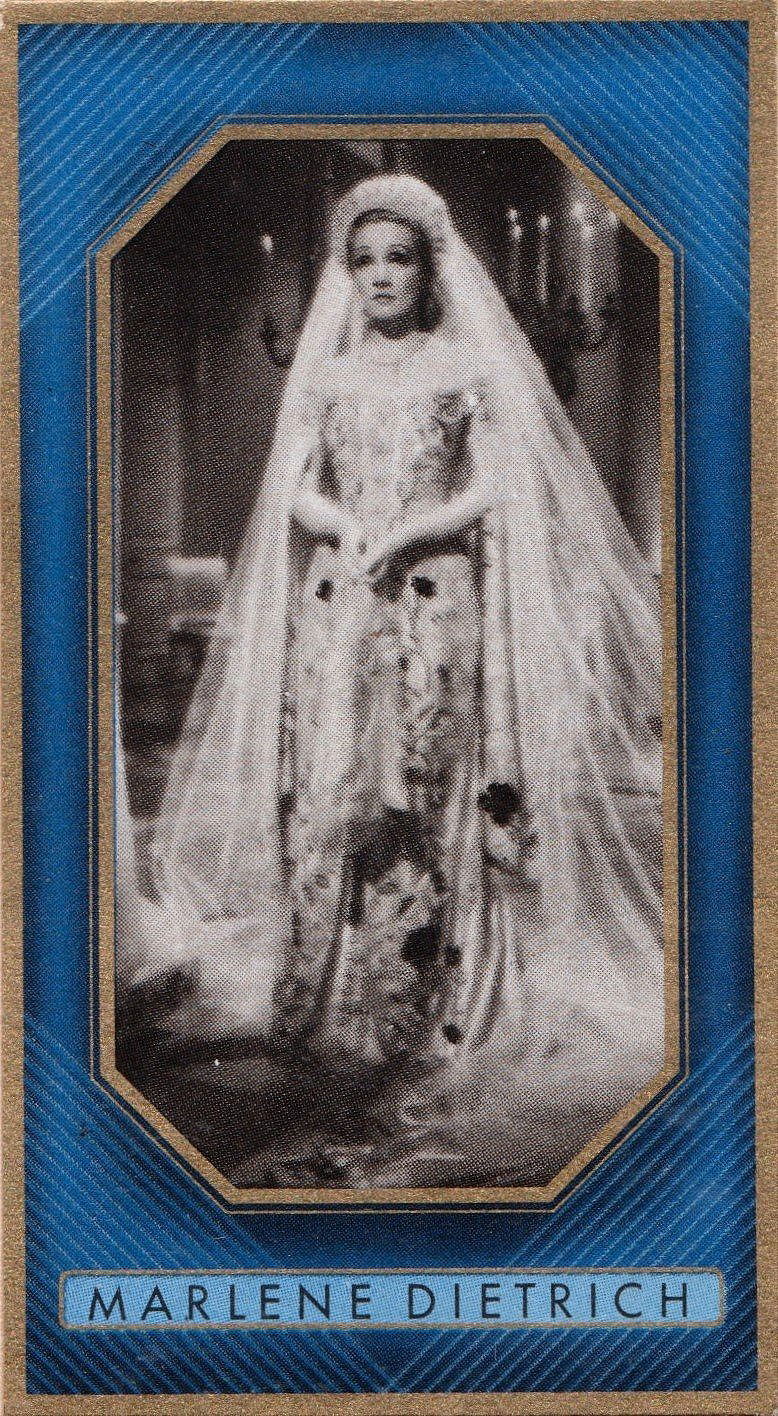
Card n. 285 pag. 5
COLORFUL FILM IMAGES II EPISODE
(personal collection)

The comparison between these two cinematic interpretations opens a window on the way in which art can capture and reinterpret the lives of great historical figures. Dietrich and Bergner, with their performances, have helped shape the image of Catherine the Great in the collective imagination, offering two different but equally valid perspectives on her figure. Both were able to convey the greatness and complexity of a woman who reigned with intelligence and firmness, leaving a legacy that continues to influence culture and politics to this day.
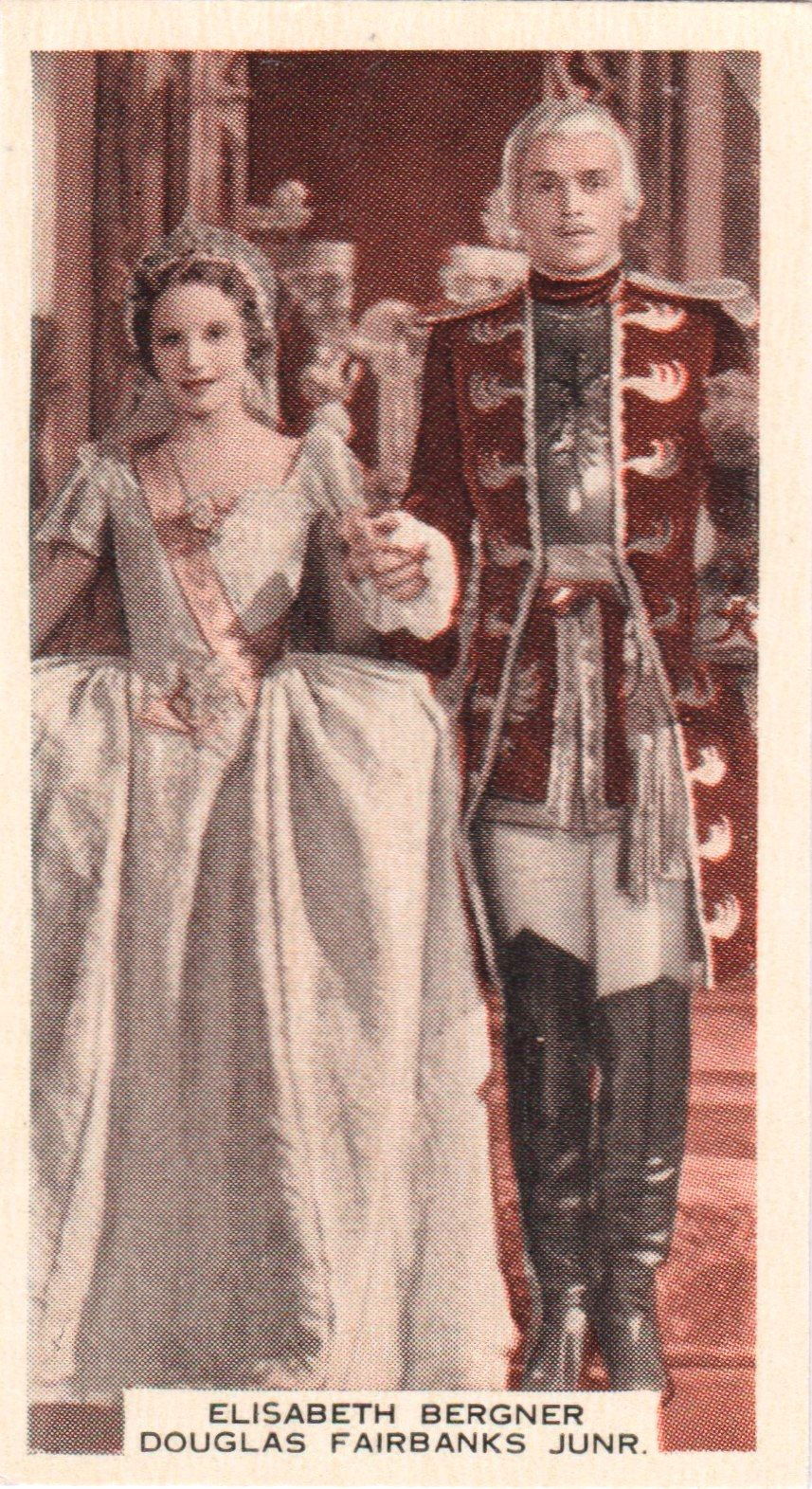
Card No. 35 of the series ֍ FILM FAVOURITES
A. and M. WIX (1939)
(personal collection)
The analysis of these two cinematographic works is not only an exercise in artistic criticism, but also a dialogue with history, which allows us to reflect on how the past is constantly reworked and presented to new generations. Catherine the Great, through the interpretations of Dietrich and Bergner, remains an emblematic figure, a symbol of female power and political wisdom that transcends the centuries. Their art invites us to explore the nuances of a royalty that was, at the same time, human and extraordinary, and to recognize the intrinsic value of different representations of history.
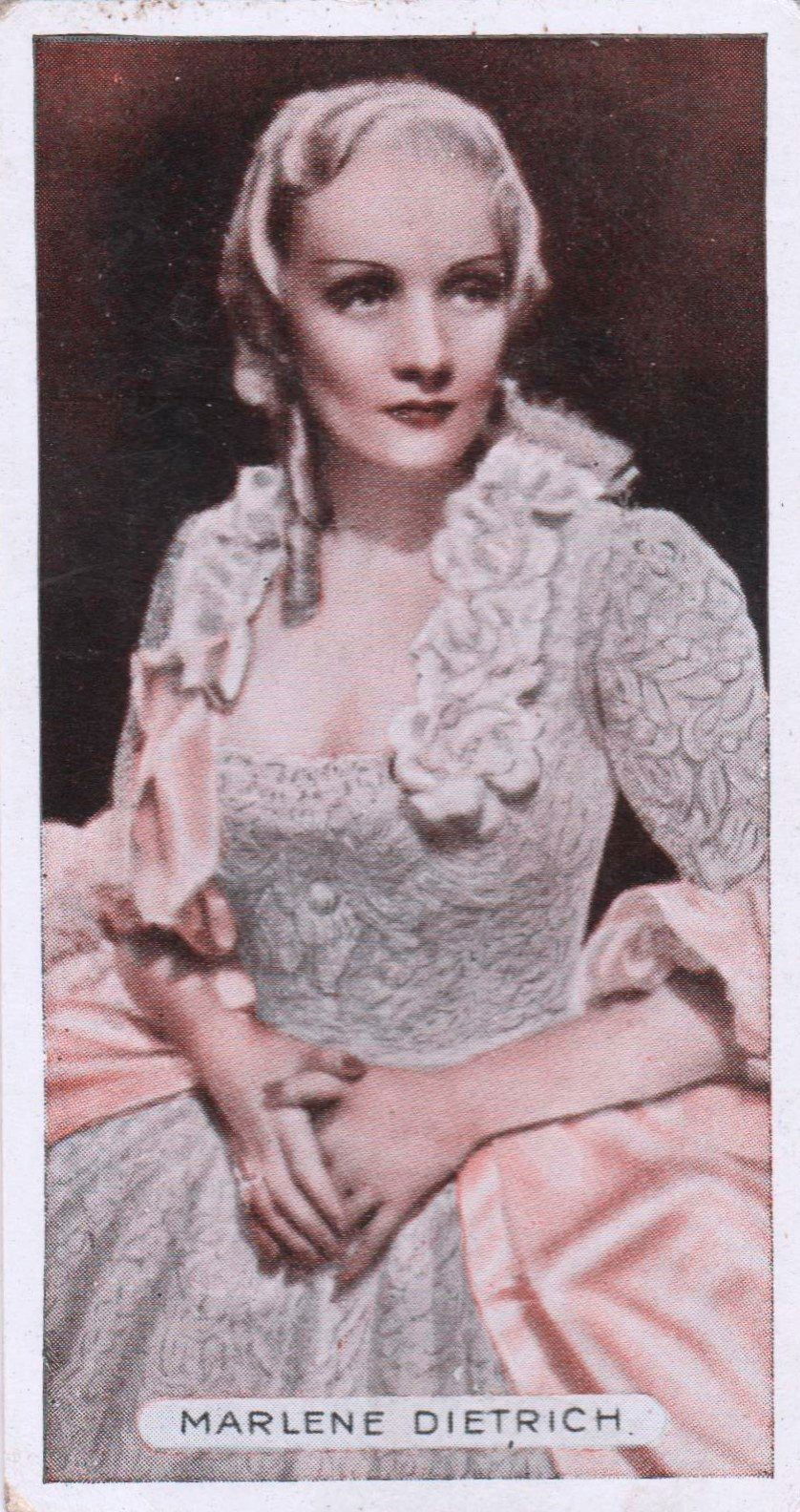
Card No. 4 in the ֍ FAMOUS FILM STARS series
ARDATH TOBACCO CO LTD (1934)
(personal collection)
"The Scarlet Empress", a 1934 film directed by Josef von Sternberg, is a dramatic and visually stunning depiction of the life of Catherine the Great, played by the legendary Marlene Dietrich. The film is known for its bold historical performance and innovative use of light and shadow that create an expressionist, almost theatrical atmosphere inside the Russian palace. Dietrich embodies a Catherine the Great who is both powerful and sensual, a woman who, despite the challenges of a loveless marriage and a complex court environment, manages to emerge as a determined and influential ruler.
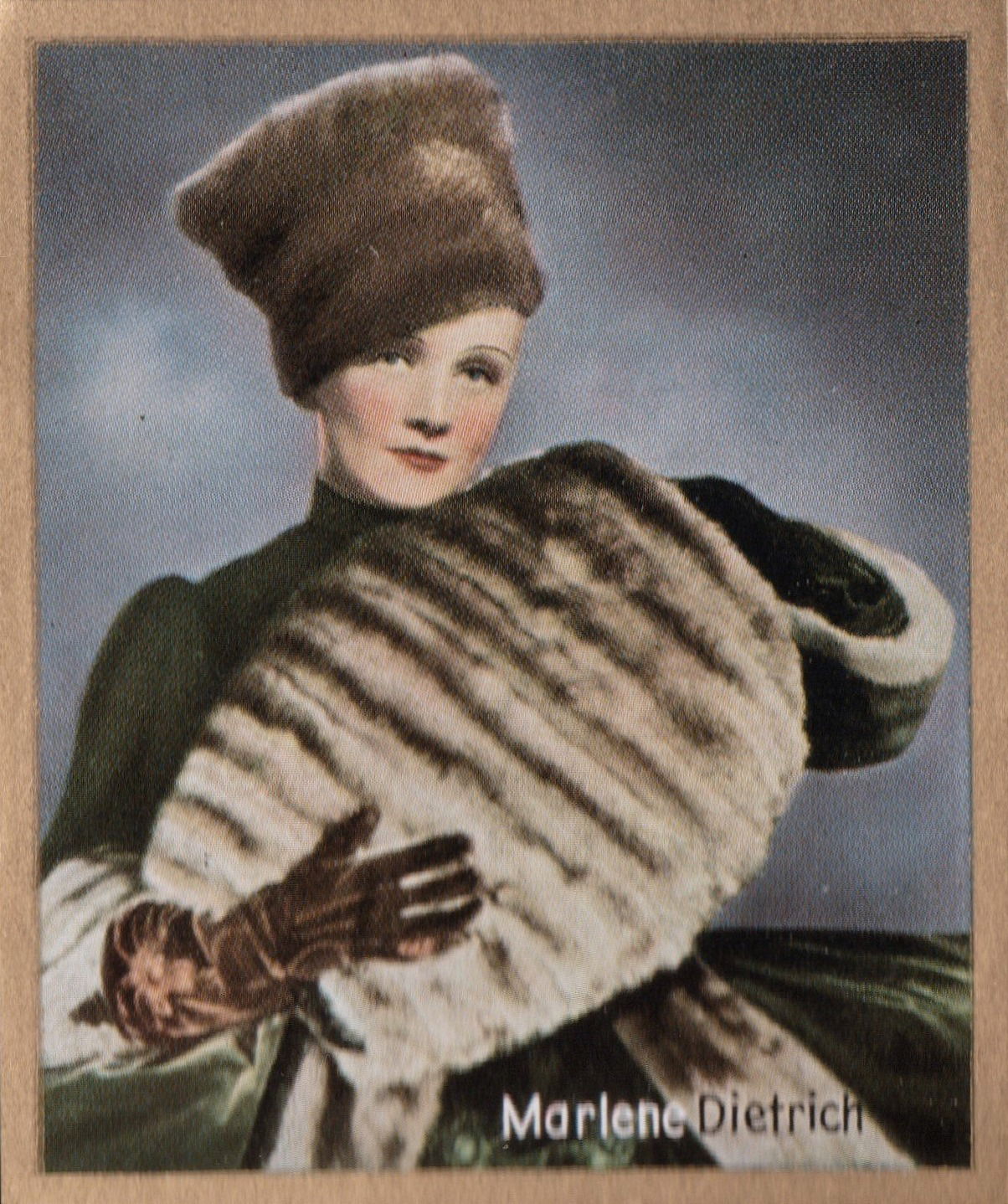
Card position 7 pag. 4
da COLORFUL MOVIE PICTURES ALBUM 7
(personal collection)

Dietrich's performance was praised for his ability to capture the complexity of the character: a historical figure who has become an icon of power and seduction. The film follows Catherine's journey from her youth as Princess Sophie Frederica of Anhalt-Zerbst, through her unhappy marriage to Grand Duke Peter, to her accession to the throne of the Russian Empire.
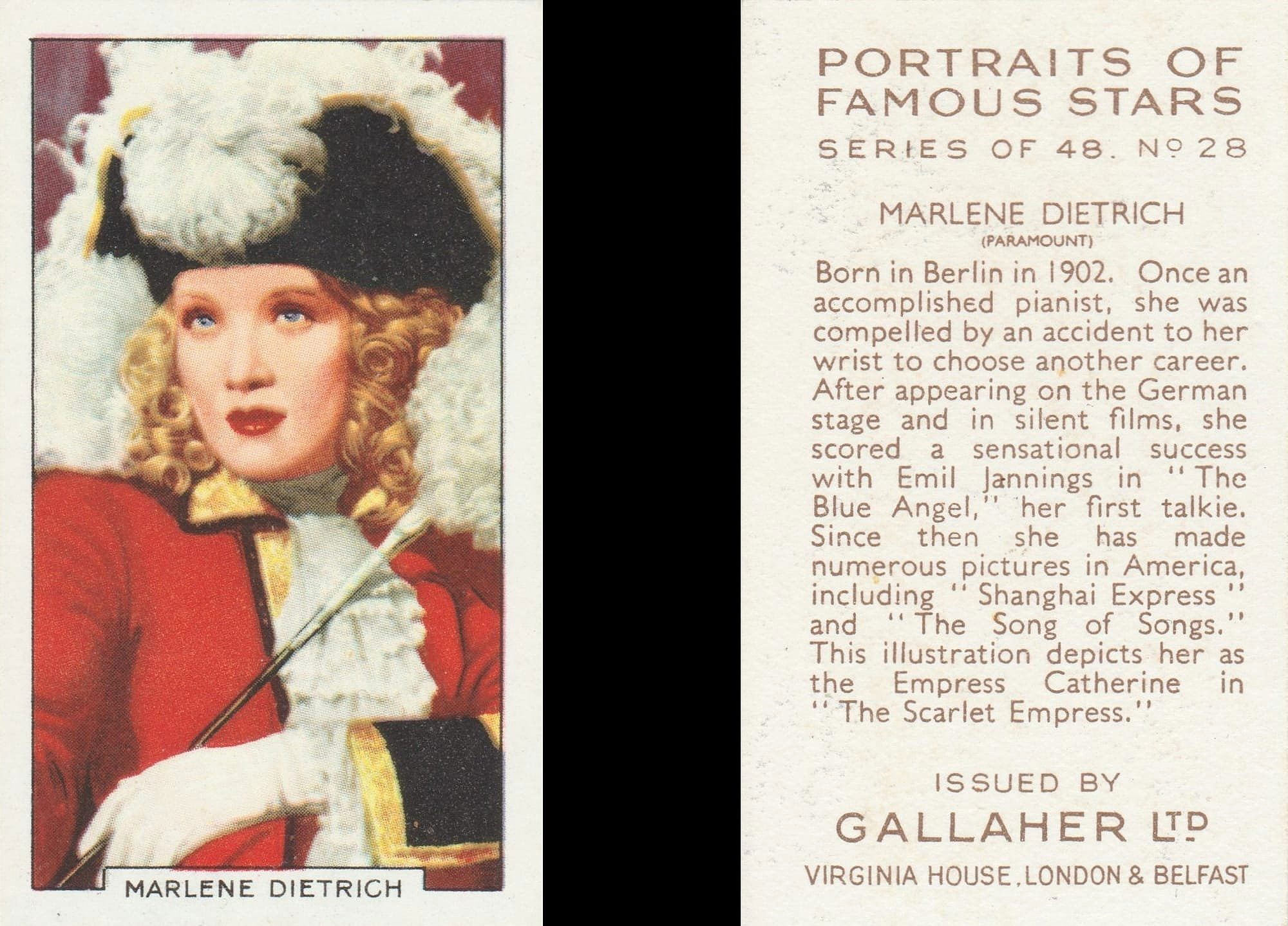
Card n. 28 della serie PORTRAITS OF FAMOUS STARS (GALLAHER LTD)
(personal collection)
Dietrich presents a Catherine who learns to navigate the dangerous waters of Russian politics, becoming a shrewd and charismatic leader.
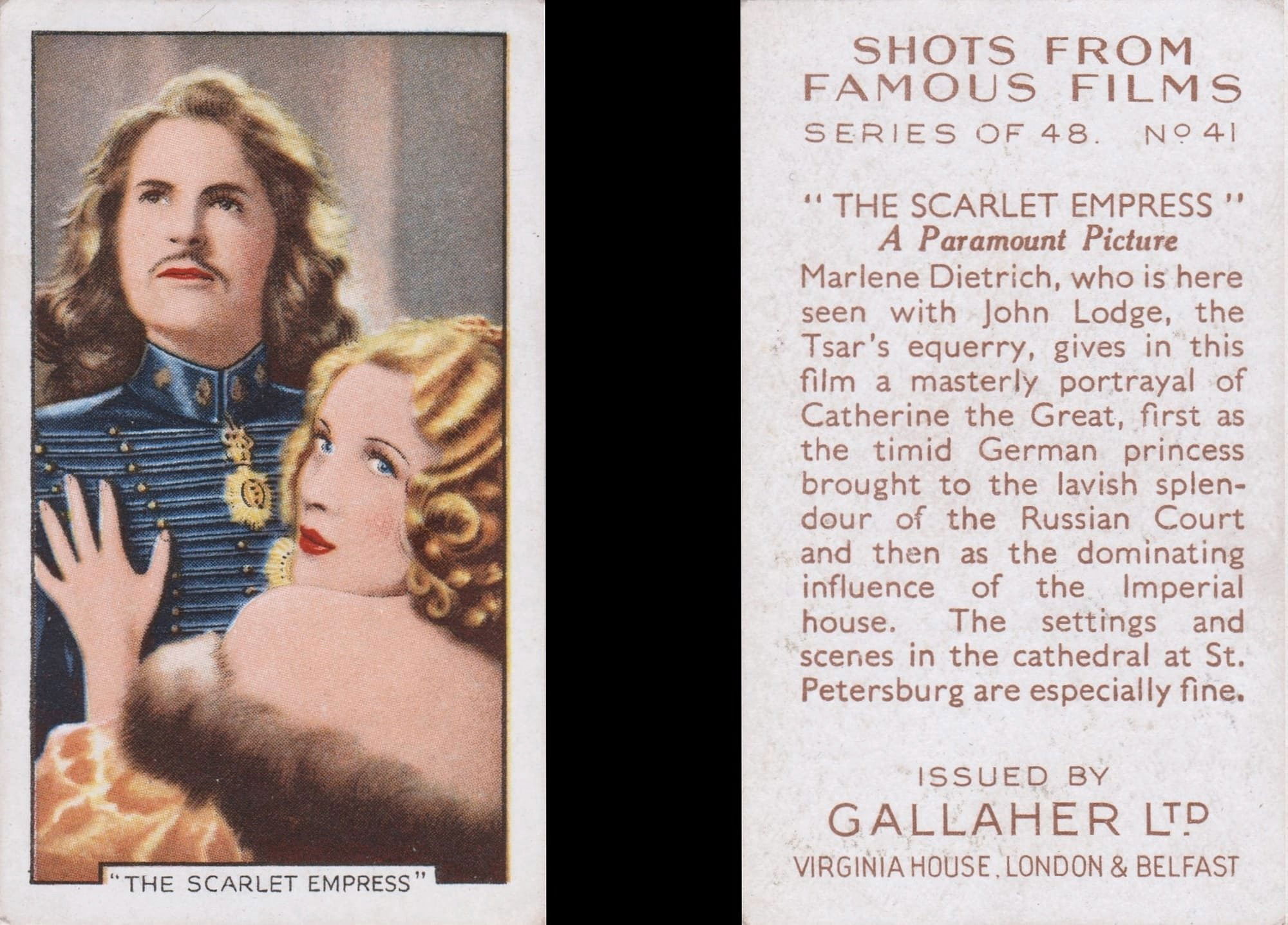
Card n. 41 della serie SHOTS FROM FAMOUS FILMS (GALLAHER LTD)
(personal collection)
"The Scarlet Empress" was produced by Paramount Pictures, and while it has taken considerable historical liberties, it has been well-received by modern critics for its artistic depiction and the emotional depth that Dietrich brings to the role.
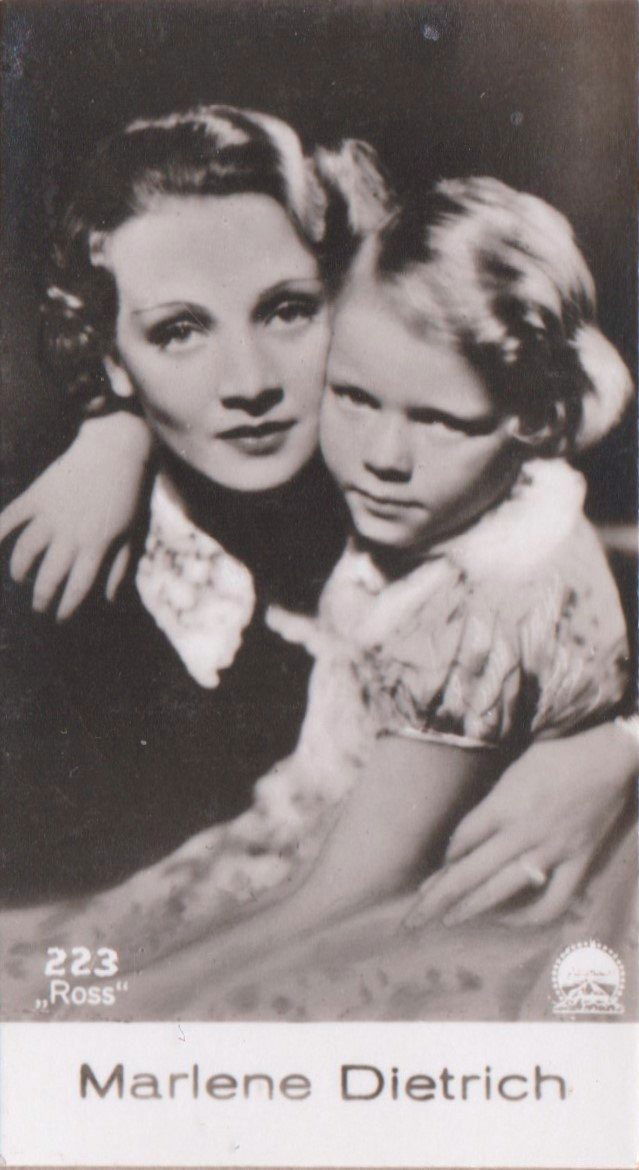
Marlene Dietrich and her daughter Maria Riva
Card n.223 SALEM FILM IMAGES ALBUM 2
(personal collection)
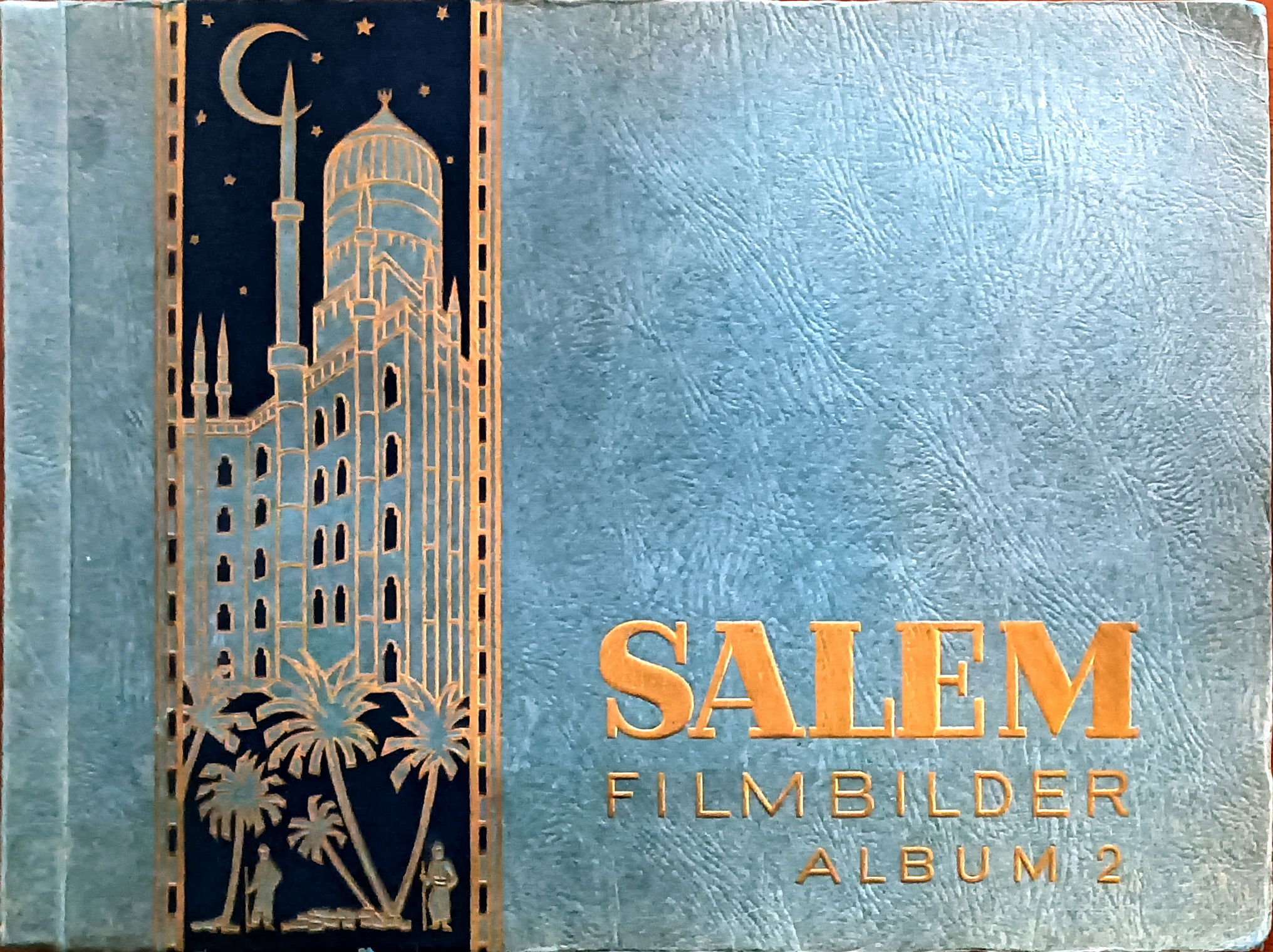
Dietrich's daughter, Maria Riva, appears in the film as Caterina as a child, adding a personal touch to the narrative. The film is an excellent example of how cinema can transform historical events into works of art that remain etched in the collective memory.
"THE LAST ACT between MUSA and MAESTRO"
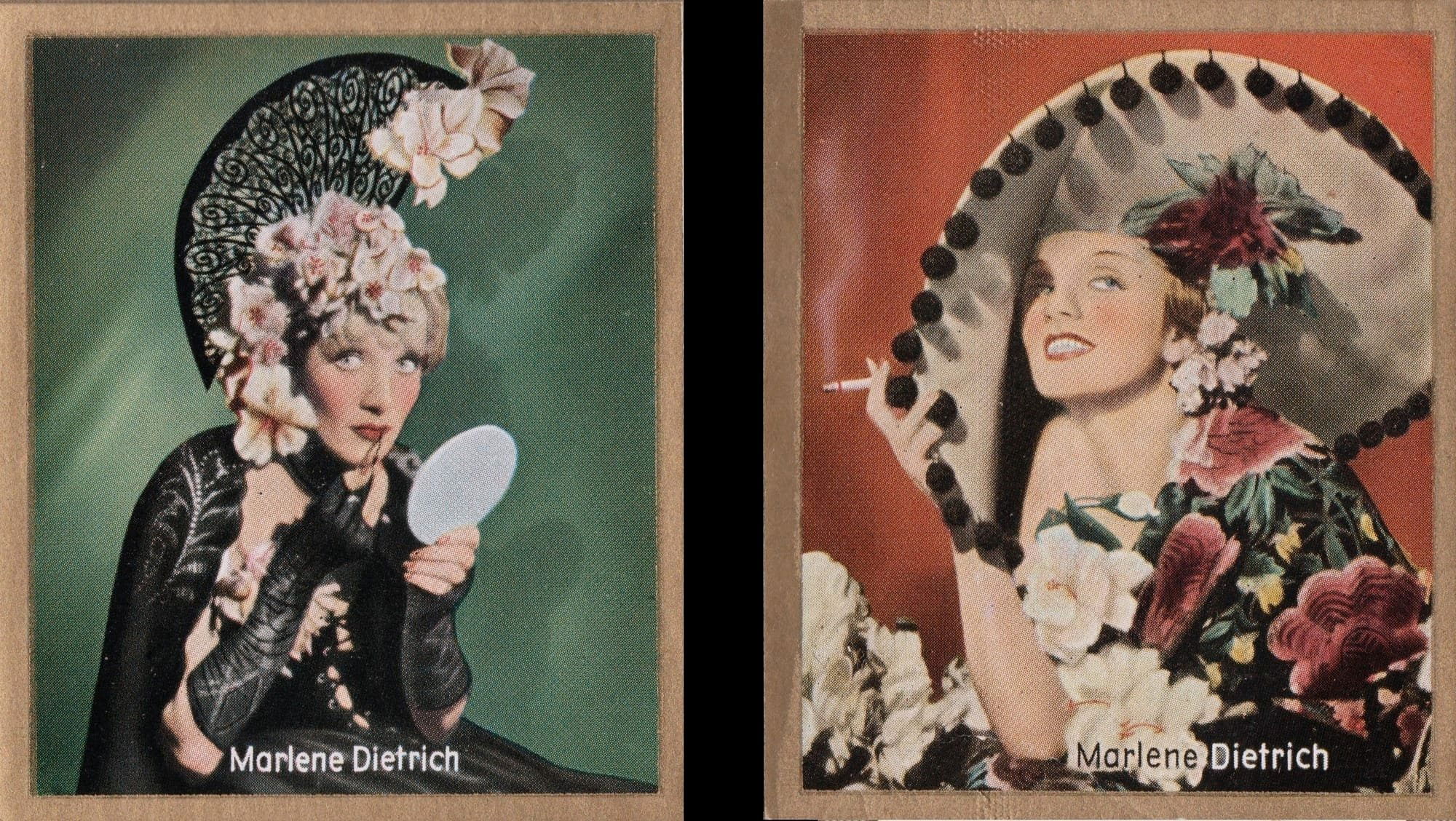
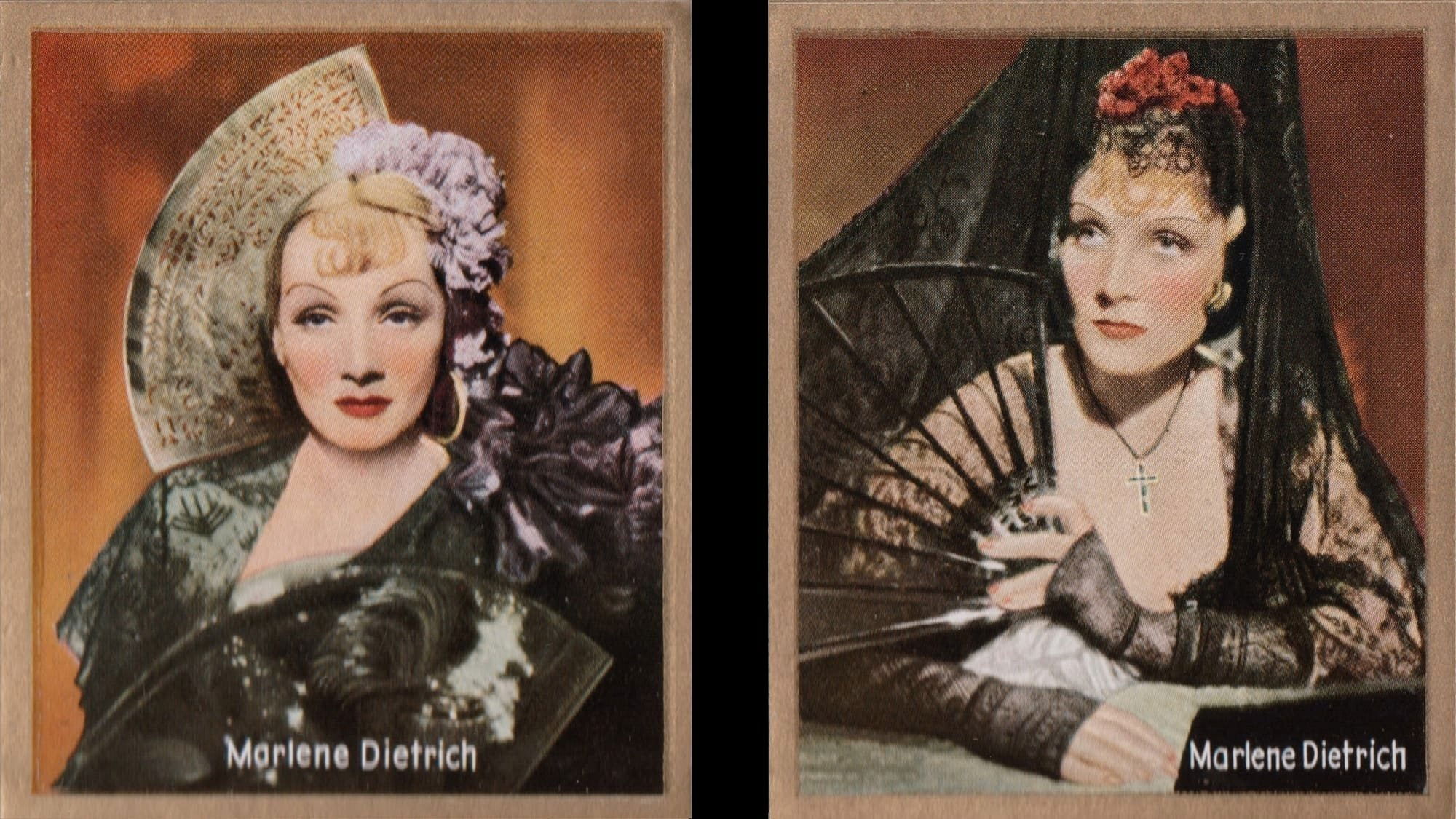
Cards position 1-3-6-8 pag. 4
da COLORFUL MOVIE PICTURES ALBUM 7
(personal collection)

"Spanish Caprice", also known by the international title "The Devil Is a Woman", is a 1935 film directed by Josef von Sternberg and represents the last collaboration between the director and actress Marlene Dietrich. This cinematographic work, based on the novel "The Woman and the Puppet" by Pierre Louÿs, is set in picturesque Seville at the beginning of the twentieth century and tells the story of a seductive courtesan, Concha Perez, played by Dietrich.
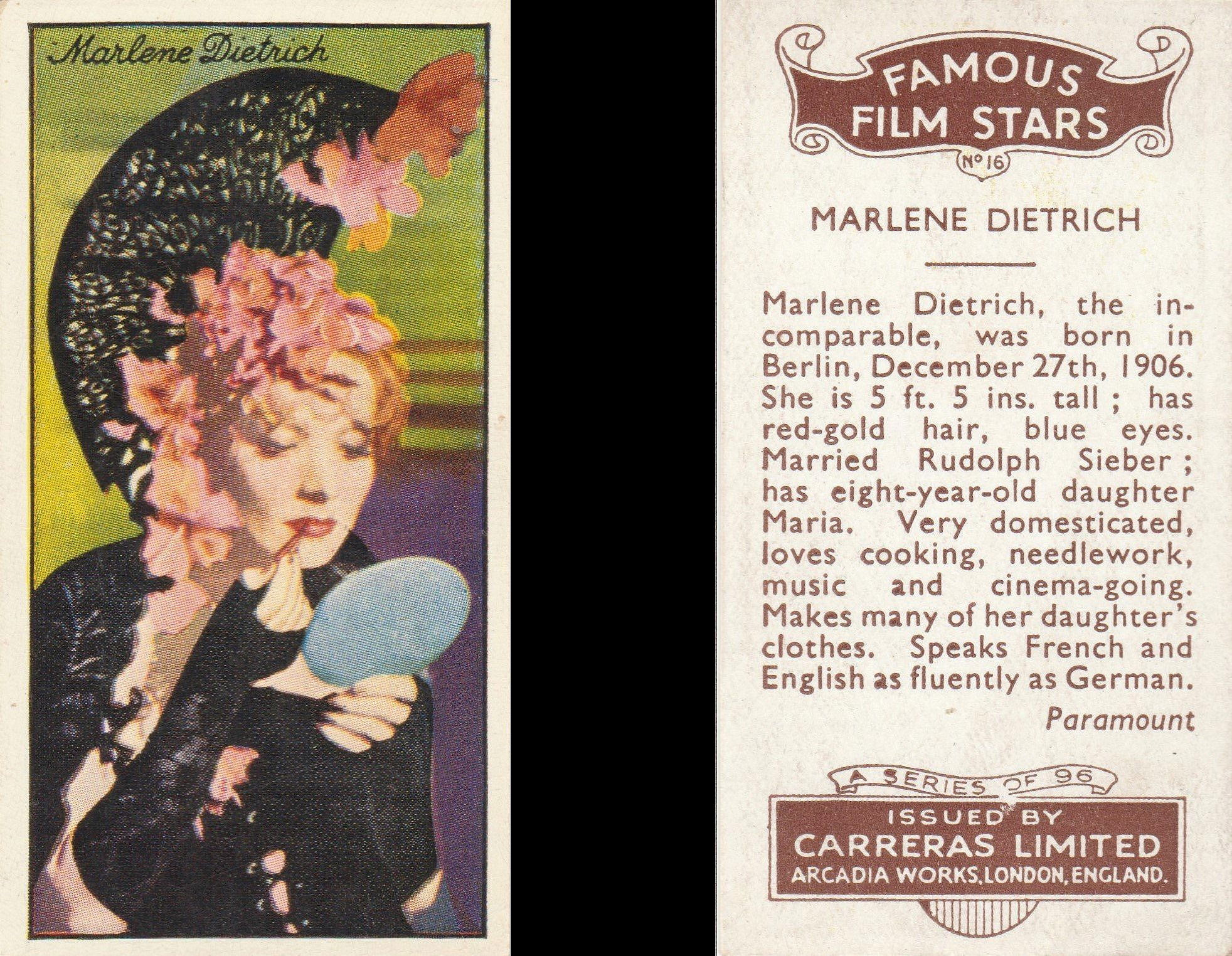
Card No. 16 from the FAMOUS FILMS STARS series
CARRERAS LTD (1935)
(personal collection)
The film explores themes of passion, seduction and destruction, with Dietrich embodying a powerful and ambiguous female figure, capable of arousing desire and ruin in the men around her. The collaboration between Sternberg and Dietrich was one of the most fruitful and artistically significant of the time, resulting in films that marked the history of cinema for their innovative visual style and Dietrich's magnetic interpretations. However, "Spanish Caprice" stands out for being the apex and the end of this partnership, as both artists considered the film to be the culmination of their joint creative expression. Despite their previous run of successes, the film was not well received by audiences upon its release, and this contributed to tensions between the two. In addition, the political context of the time, particularly the growing Nazi censorship in Dietrich's home country of Germany, posed additional challenges to the film's distribution and reception. Dietrich, already an icon of style and female emancipation, thus found herself having to navigate a changing cinematic landscape, while Sternberg sought new artistic directions. These dynamics, together with the personal and creative evolutions of both, led to the conclusion of their collaboration with "Spanish Caprice", leaving a legacy of films that continue to be studied and admired for their aesthetic and narrative complexity.
A TURNING POINT
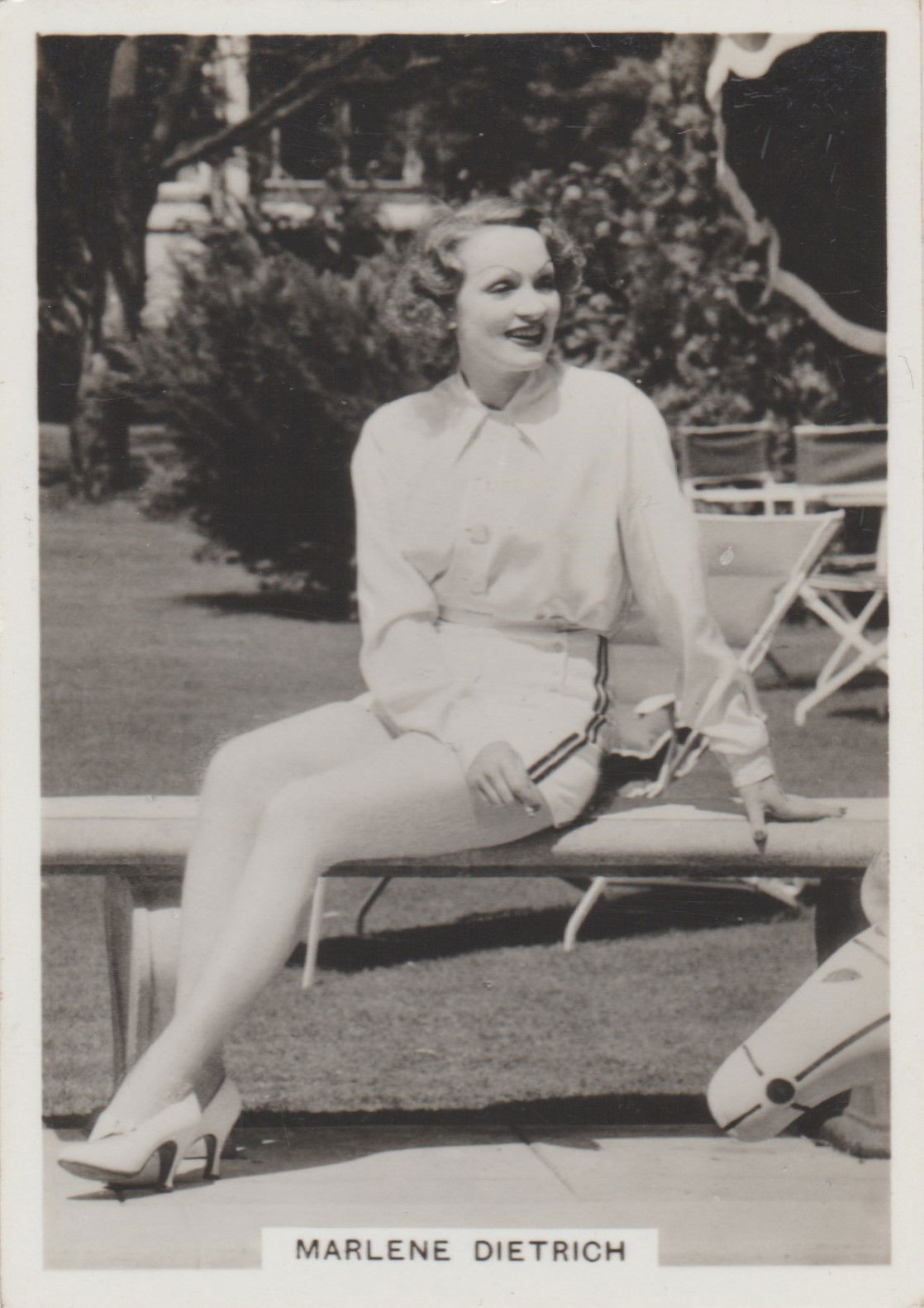
Card n.33 of the Second Series MODERN BEAUTIES
BRITISH AMERICAN TOBACCO (B.A.T.) (1938)
(personal collection)
Marlene Dietrich, after leaving an indelible mark on film history through her collaboration with Josef von Sternberg, went on to demonstrate her artistic versatility through a series of roles that defied expectations and broke the traditional boundaries of the film genre. Her talent and determination saw her navigate through creative turmoil, as evidenced by the 1936 episode during the production of "I Loved a Soldier" which was to be a remake of the 1927 film Hotel Imperial. This project, which initially promised to be another milestone in his career, quickly turned into a creative battleground, with Dietrich and director Henry Hathaway disagreeing on various aspects of the production, from the script to the directing approaches.
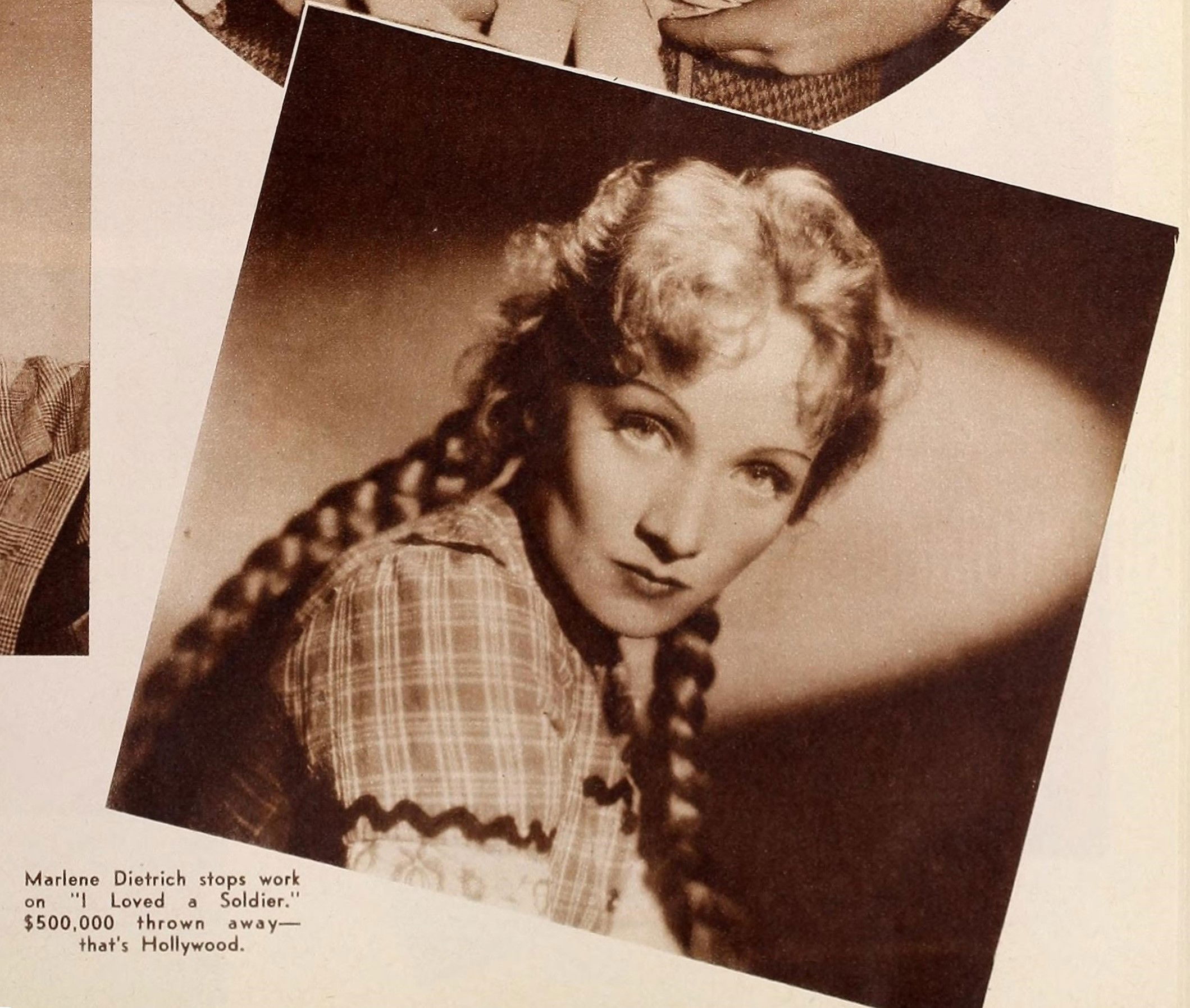
"Courtesy of the Media History Digital Library"
excerpt from the periodical Silver Screen (Apr-Sep 1936)
Dietrich's decision to leave "I Loved a Soldier" was not only a demonstration of her artistic independence, but also an affirmation of her refusal to be limited by a genre or director. This act of rebellion reinforced her image as an icon of style and strength, a woman who not only challenged social but also artistic conventions. His departure from the project led producer Ernst Lubitsch to suspend production, an event that marked a significant turning point in the making of the film.
Despite the suspension, Paramount and Dietrich found an amicable resolution to their disagreements, as announced in March of that year. With the replacement of Dietrich with Margaret Sullavan, production resumed, albeit with a renewed cast and under a new direction. The end result was "Hotel Imperial", (like the original title of the 1927 Pula film), completed in 1939, a film that, while far from the original vision of "I Loved a Soldier", found its place in the history of cinema. Curiously, none of the original footage from "I Loved a Soldier" was used in the final film, and no footage is known to have survived, making this episode an intriguing "what could have been" in Dietrich's career.
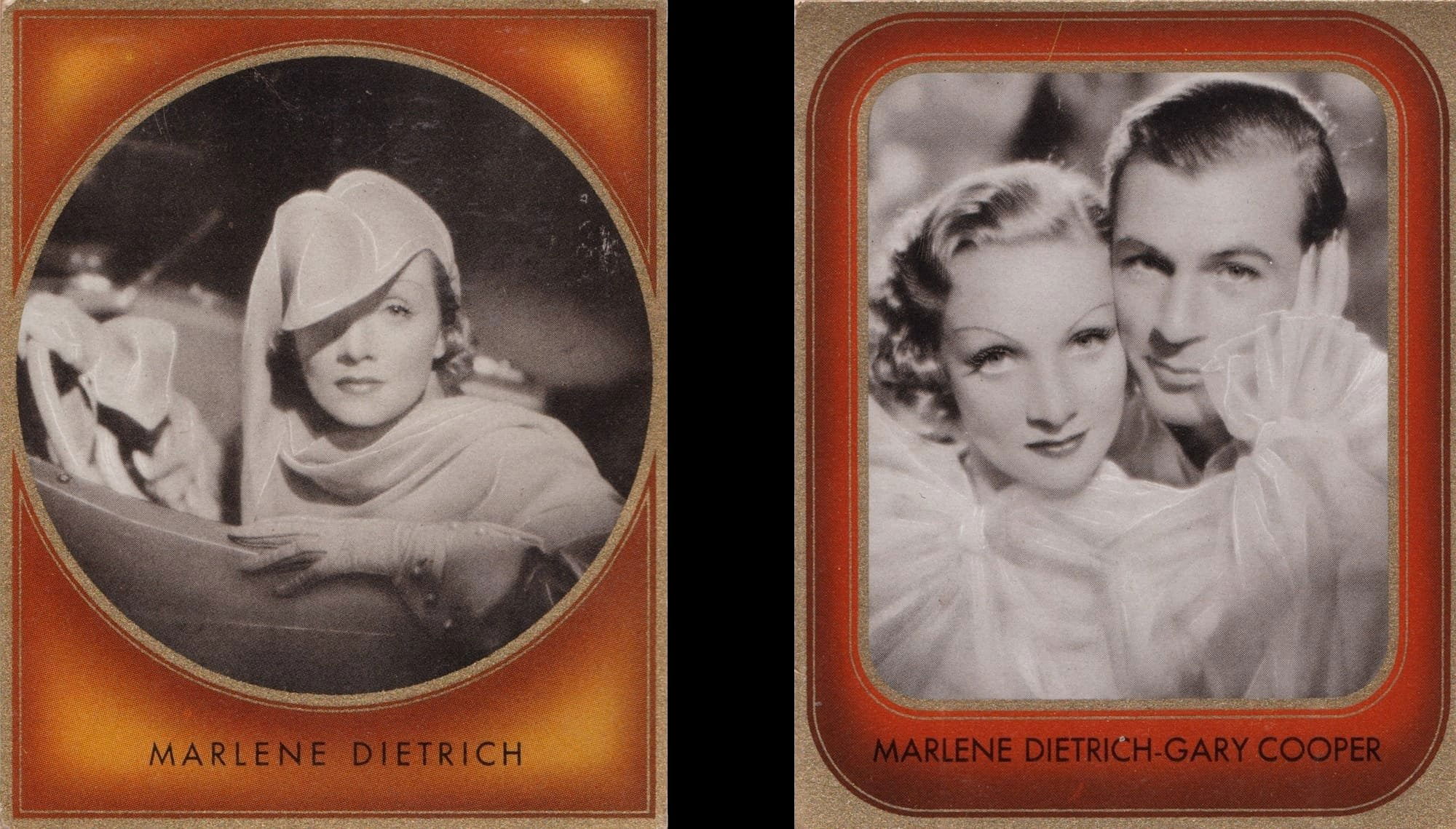
Cards no. 19 and no. 21 p. 3
since COLORFUL FILM IMAGES
(personal collection)
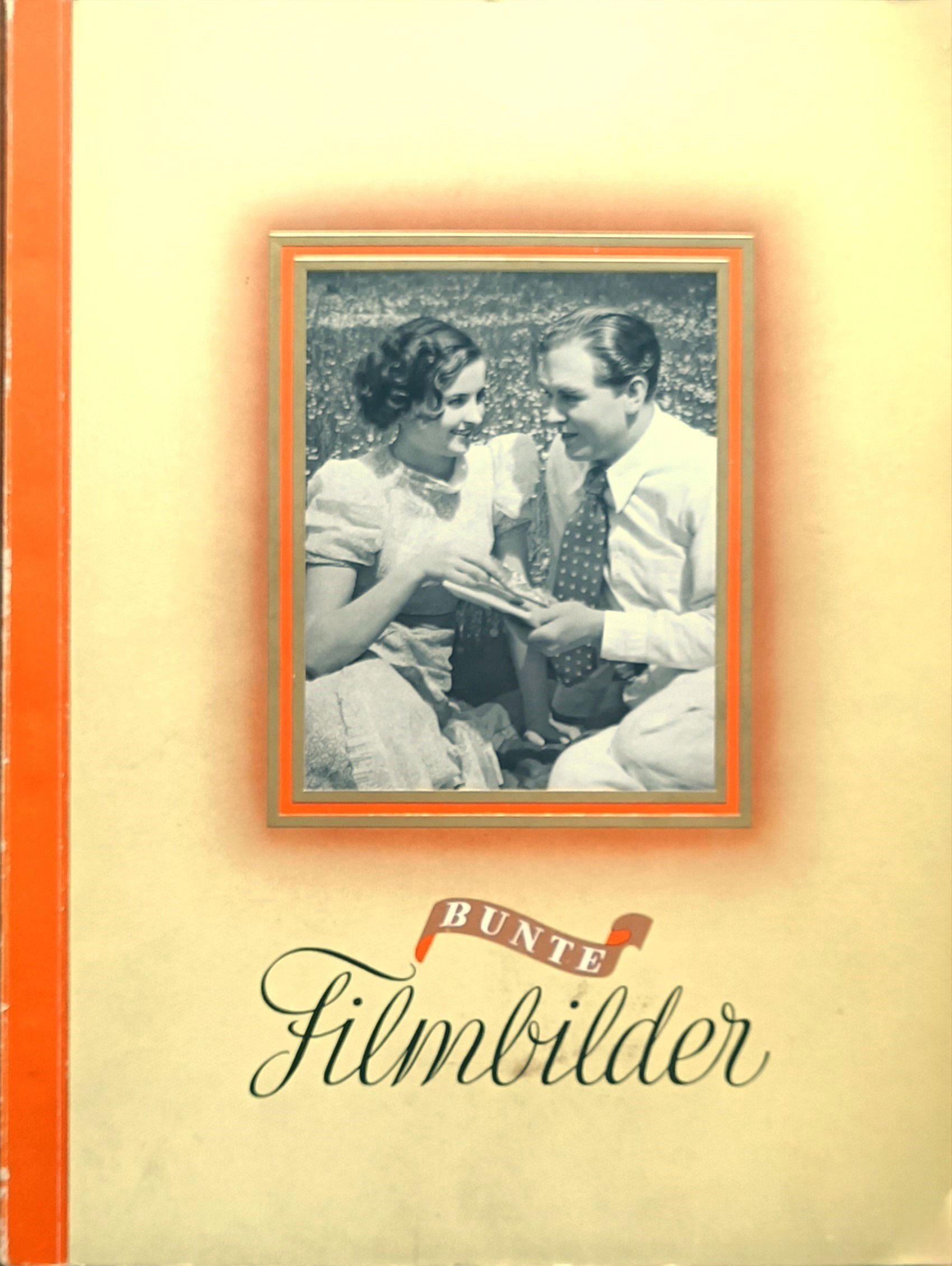
After a small cinematic mishap, which left us all with bated breath, the 1936 film "Desire", directed by Frank Borzage, finally arrives on the big screen. A turning point in Marlene's career, offering her the opportunity to play a charming and mysterious jewel thief, contrasted with the naivety of Gary Cooper's character. Their on-screen dynamic has been described as thrilling, with the film standing out for its atmosphere of glamour and adventure, diverging from the darker hues of previous works with Sternberg.
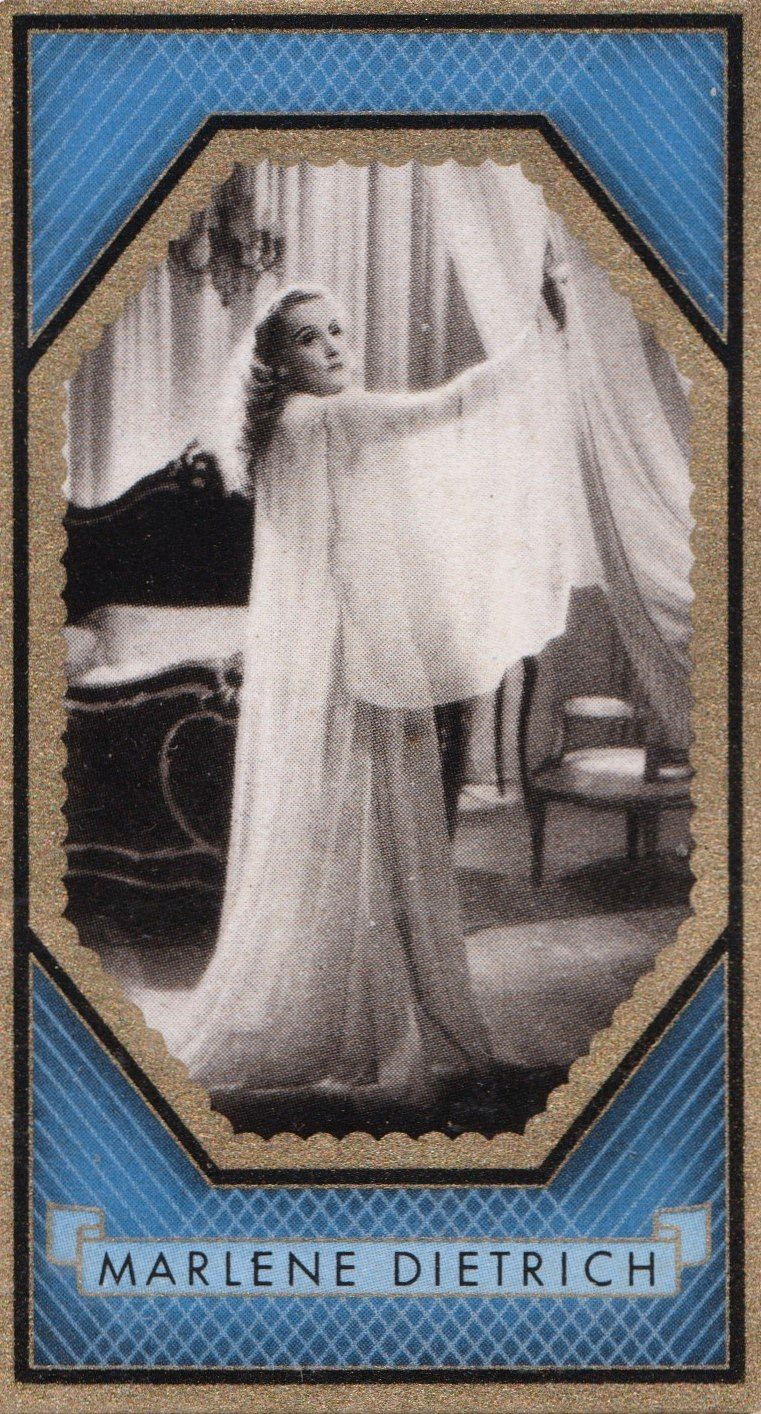
Card n. 283 pag. 5
COLORFUL FILM IMAGES II EPISODE
(personal collection)

Dietrich used the sophisticated comedy and romantic element of "Desire" to explore new facets of her talent, demonstrating a lightness and sense of play that never obscured the emotional depth that characterizes her. Her performance in "Desire" confirmed her ability to adapt and shine in a variety of contexts, cementing her reputation as one of the most talented and magnetic actresses of her time.
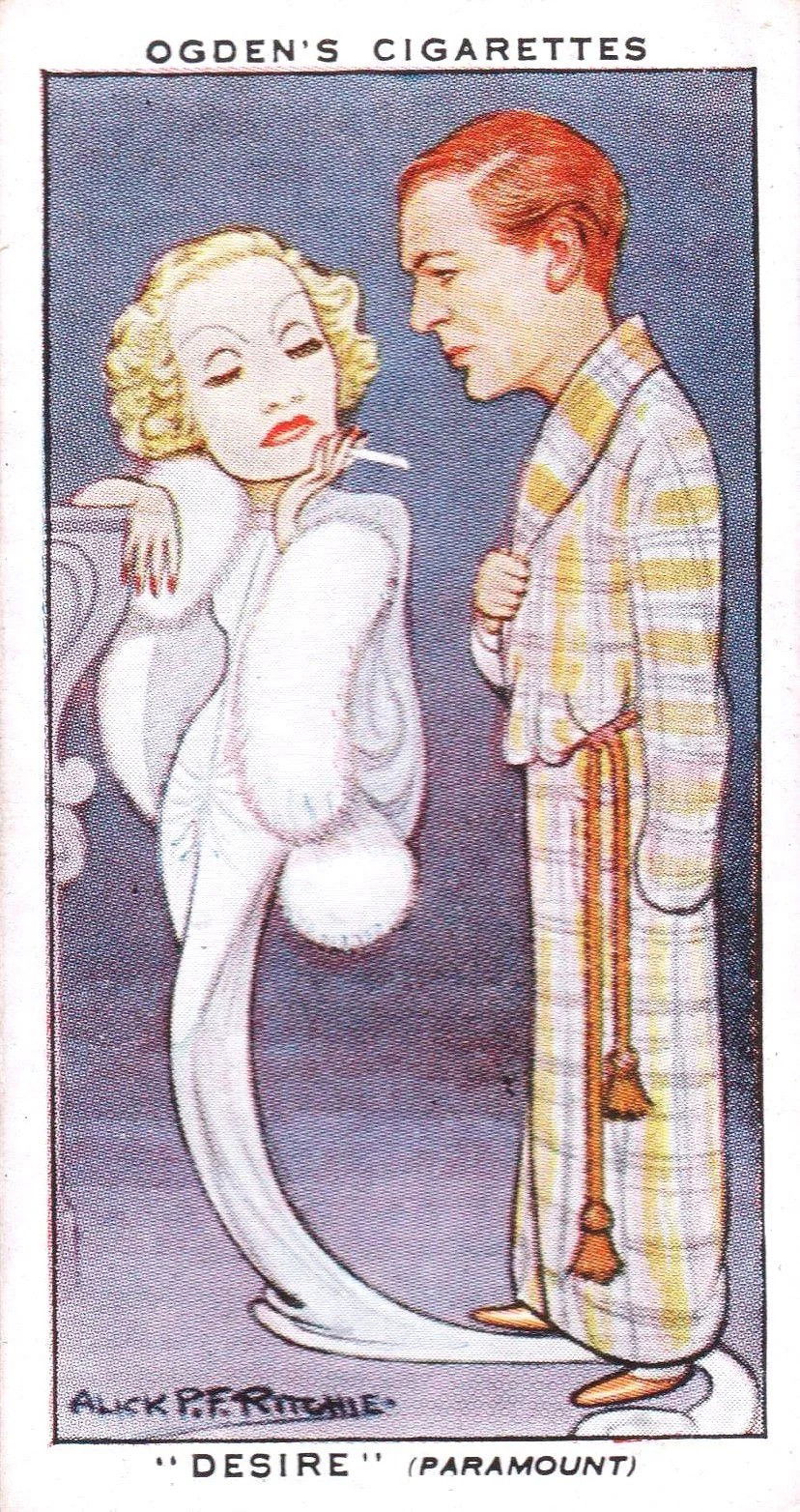
Card n.14 of the series ֍ SHOTS FROM THE FILMS
OGDEN'S (1936)
(personal collection)
"MARLENE in COLOR"
Dietrich went on to work on a number of successful films, maintaining her position as a film icon and influencing generations of artists with her stage presence and unmistakable style. Towards the end of the year 1936 comes "The Garden of Allah", where Marlene played the role of Domini Enfilden, a woman of high society in search of spiritual meaning in the vastness of the Sahara desert. This film, known for being one of the first feature films shot in Technicolor, allowed Dietrich to showcase not only his acting prowess, but also his stage presence in a visually stunning setting. Her performance was met with admiration, as it was able to convey the emotional complexity of a woman who is confronted with deep existential questions, making her performance unforgettable.
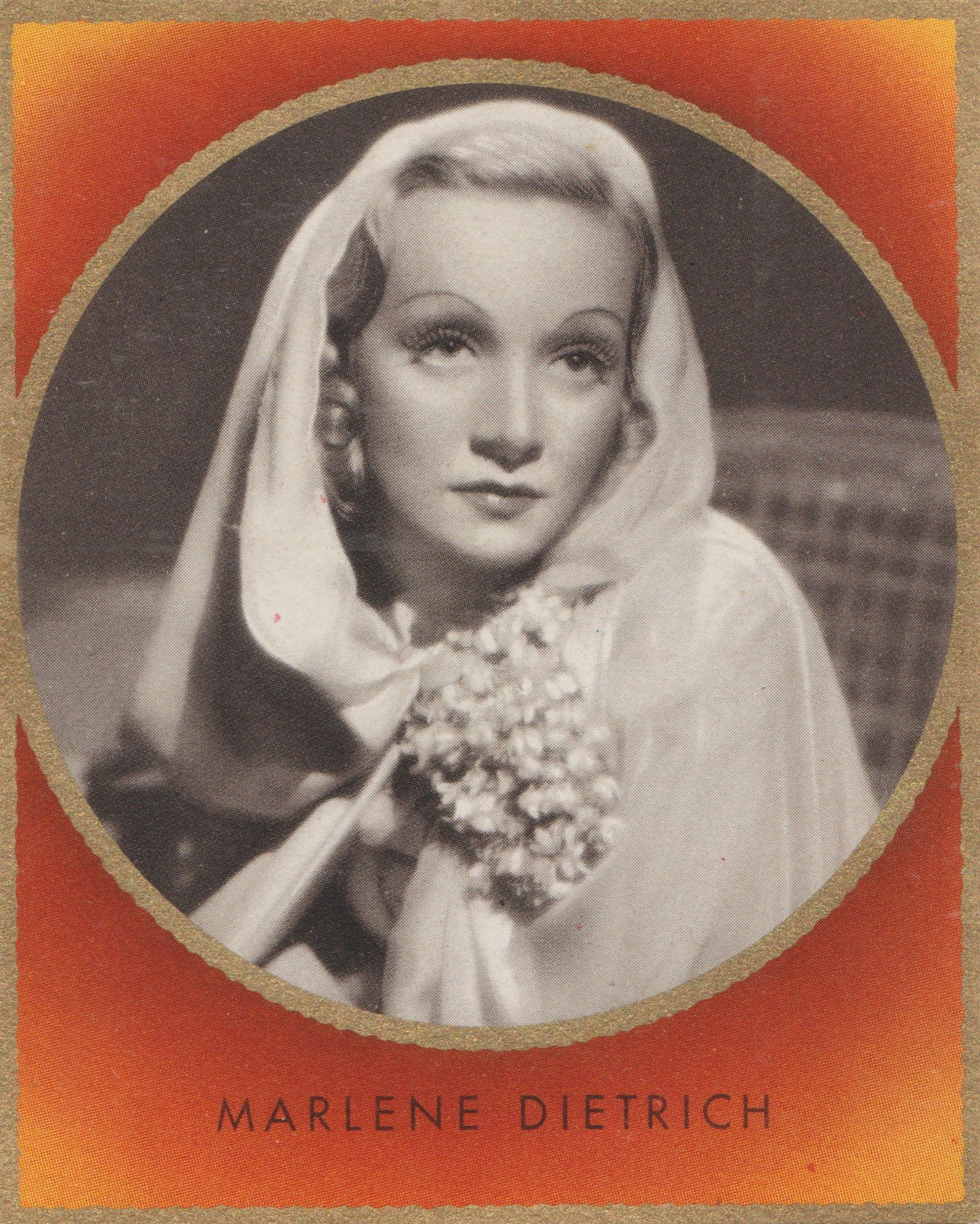
Cards no. 19 and no. 18 p. 3
since COLORFUL FILM IMAGES
(personal collection)

Dietrich's role in this film was also significant for fashion, as his elegant style and costumes designed for the character influenced the fashion of the time. In addition, his participation in "The Garden of Allah" marked an important moment in the history of cinema, as the film was a pioneer in the use of color, adding a new dimension to the cinematic experience and the representation of Dietrich on screen.
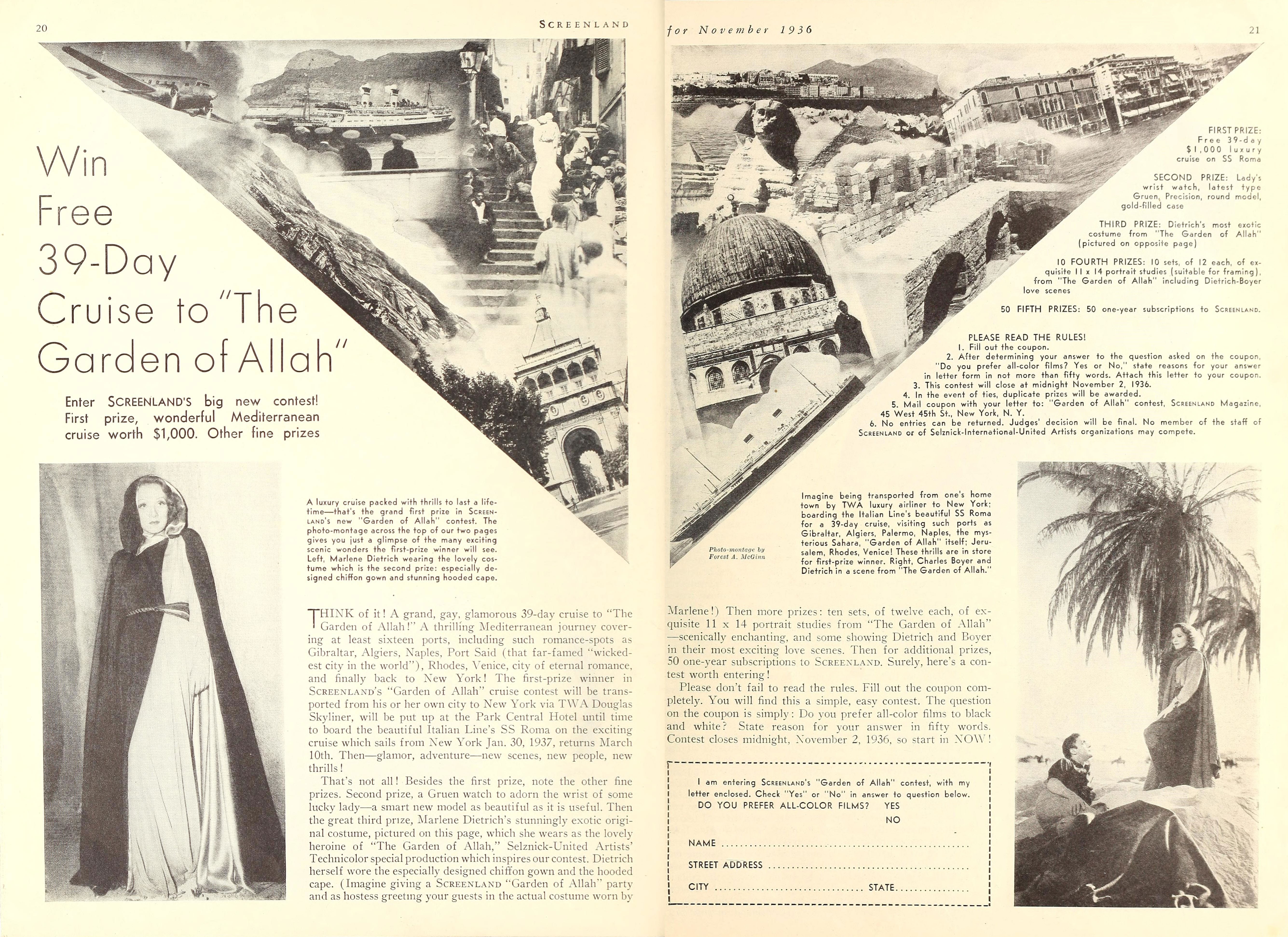
"Courtesy of the Media History Digital Library"
pages 20/21 of the periodical Screenland (Nov 1936-Apr 1937)
Win a free 39-day cruise to the "Garden of Allah" by participating in the new and grandiose SCREENLAND competition! The first prize is a wonderful cruise in the Mediterranean worth 1,000 dollars. More great rewards await! A luxurious cruise, full of emotions that will last a lifetime: this is the great prize of the new "Garden of Allah" competition by Screenland. The photo montage at the top of our two pages gives you just a taste of the scenic wonders that the grand prize winner will have the chance to admire. On the left, Marlene Dietrich wears the delightful costume that makes up the second prize: a specially designed chiffon dress and a stunning hooded cape. THINK ABOUT IT! A big, cheerful and glamorous 39-day cruise to the "Garden of Allah"! An exciting journey through the Mediterranean that covers at least sixteen ports, including romantic places such as Gibraltar, Algiers, Naples, Port Said (the infamous "most evil city in the world"), Rhodes, Venice, the city of eternal romance, and finally back to New York! The winner of the first prize of Screenland's "Garden of Allah" competition will be transported from his city to New York via the TWA Douglas Skyliner, set up at the Park Central Hotel, until boarding on the beautiful SS Roma of the Italian Line for the exciting cruise that will depart from New York on January 30, 1937, returning on March 10. And that's not all! In addition to the grand prize, take note of the other great rewards. The second prize is a Gruen watch to wear on the wrist of some lucky lady: a new intelligent model, as beautiful as it is useful. Then the big third prize, Marlene Dietrich's incredibly exotic original costume, pictured on this page, worn as the adorable heroine of "The Garden of Allah", the special Technicolor production by Selznick-United Artists that inspires our competition. Dietrich herself wore the specially designed chiffon dress and hooded cape. (Imagine throwing a party at Screenland "Garden of Allah" and greeting your guests in the costume worn by Marlene.)
And then there are other awards: ten sets of twelve enchanting 11 x 14 portraits from 'The Garden of Allah', some of which portray the most emotional love scenes between Dietrich and Boyer." And then, as an added incentive, there are 50 annual Screenland passes up for grabs. Definitely, this is a contest worth considering! Be sure to read the rules carefully. Fill out the coupon in its entirety, you will find that participating is simple and intuitive. The question of the coupon is direct: do you prefer color or black and white movies? Explain your choice in fifty words. The deadline to participate is midnight on November 2, 1936, so don't waste time, get started now! I am participating in the "Garden of Allah" competition by Screenland, and I have attached my letter. Please answer "Yes" or "No" to the following question: DO YOU PREFER COLOR MOVIES? YES NO! Name: ________ Address: ________ City, State: ________.
"FIRST PRIZE: A complimentary 39-day luxury cruise, worth $1,000, on the SS Roma. SECOND PRIZE: A Gruen Precision women's wristwatch, the latest model with a gold-plated case. THIRD PRIZE: The most exotic costume worn by Dietrich in the film 'The Garden of Allah' (visible in the photo on the side of the page). TEN FOURTH PRIZES: Ten sets of twelve exquisite 11x14 portraits (ready to be framed) from 'The Garden of Allah', including those of the love between Dietrich and Boyer. FIFTY-FIFTH PRIZES: Fifty annual subscriptions to Screenland magazine. Please read the rules carefully! Fill out the coupon. After determining your answer to the coupon question, 'Do you prefer color movies? Yes or No', explain the reasons for your choice in a letter of up to fifty words. Attach the letter to your coupon. The competition ended at midnight on November 2, 1936. In the event of a tie, duplicate prizes will be awarded. Send the coupon and your letter to: 'Garden of Allah' Contest, Screenland Magazine, 45 West 45th St., New York, N.Y. No contributions can be returned. The judges' decision is final. No staff members of Screenland or Selznick International-United Artists organizations are allowed to participate. Imagine being transported from your hometown to New York City on a luxury TWA flight; then embark on the magnificent SS Roma of the Italian Line for a 39-day cruise, visiting exotic ports such as Gibraltar, Algiers, Palermo, Naples, the mysterious Sahara, the 'Garden of Allah' itself; Jerusalem, Rhodes, Venice! These adventures await the grand prize winner. In the photo on the right, Charles Boyer and Dietrich in a scene from 'The Garden of Allah'.
The importance of "The Garden of Allah" also lies in its cultural impact. It introduced audiences to an exotic and distant world, influencing Western perceptions of the Middle East and inspiring a fascination with exploration and adventure. The film also set new standards for filmmaking, proving that color could be used not only to beautify, but also to enrich the narrative.
"Marlene Dietrich: The Art of Courage"
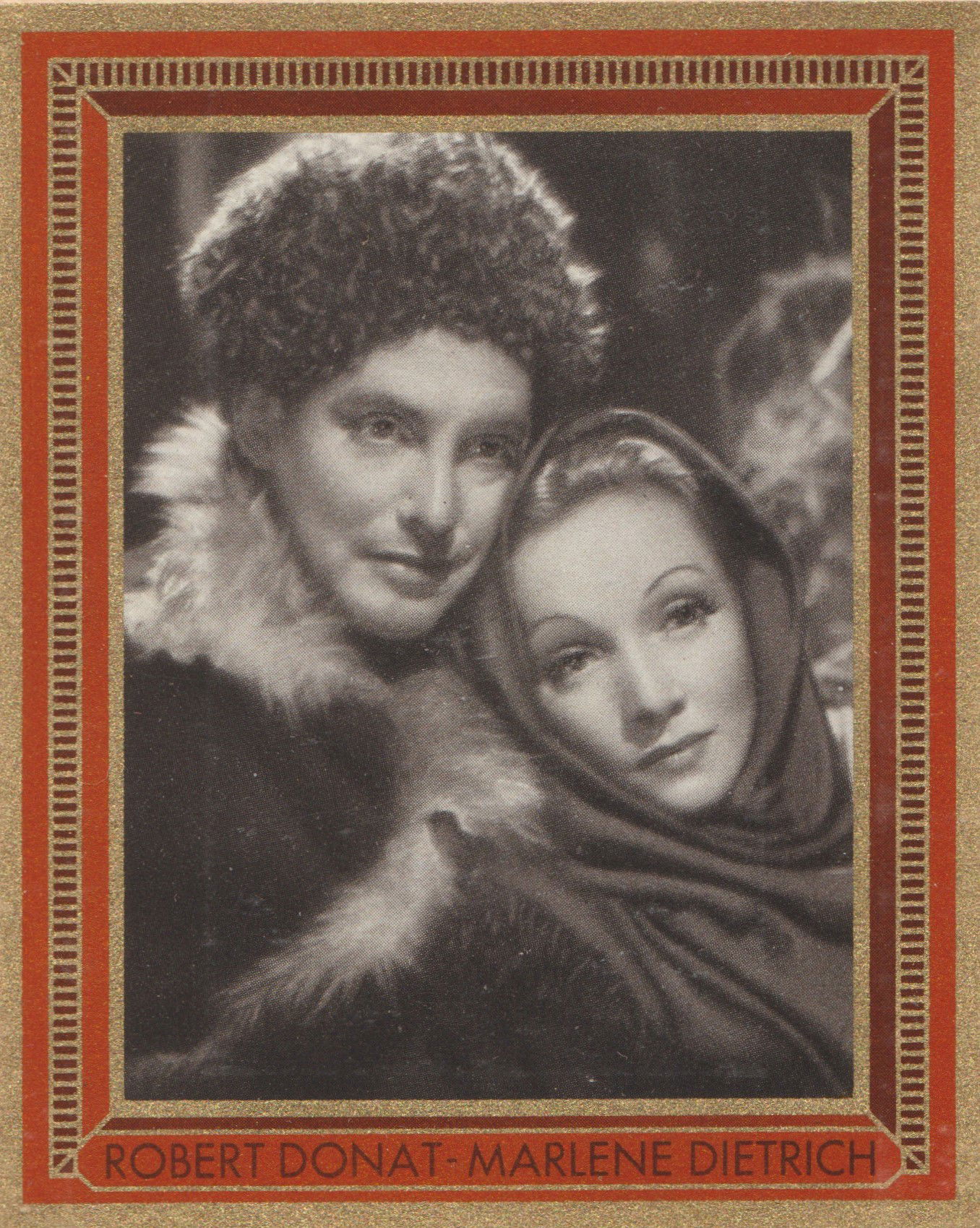
Card n.284 pag. 5 COLORFUL FILM IMAGES SECOND EPISODE
(personal collection)
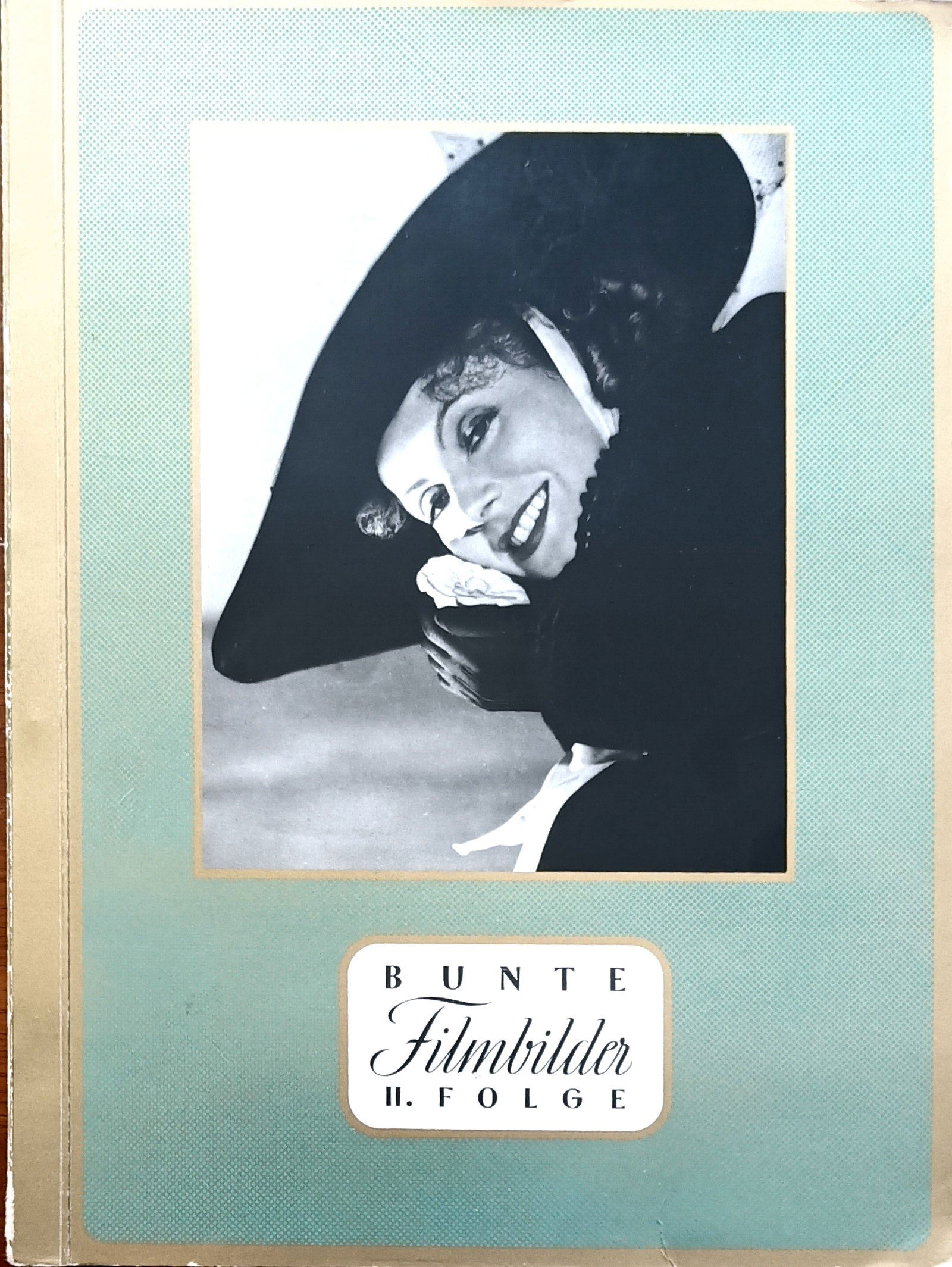
"Knight Without Armour", known in Italy as "The Last Train from Moscow", is a 1937 British historical drama film starring Marlene Dietrich and Robert Donat. Directed by Jacques Feyder and produced by Alexander Korda, the film is an adaptation of Lajos Bíró's screenplay based on the 1933 novel by James Hilton. The story follows the story of A.J. Fothergill, played by Donat, an English correspondent who infiltrates a revolutionary group in Russia and is then imprisoned in Siberia. During the Russian Civil War, he tries to escape with the beautiful Countess Alexandra, played by Dietrich. Dietrich's performance in the film was remarkable, showcasing his versatility and talent for portraying complex and layered characters.
As for the impact on Marlene Dietrich's career, "Knight Without Armour" came at a pivotal time: this role offered Dietrich the opportunity to further demonstrate his acting prowess in an international context. Although the film was not an extraordinary commercial success, it strengthened her reputation as a talented actress capable of taking on dramatic roles. Also, during production, Robert Donat had a severe asthma attack, and the film was delayed for almost a month.
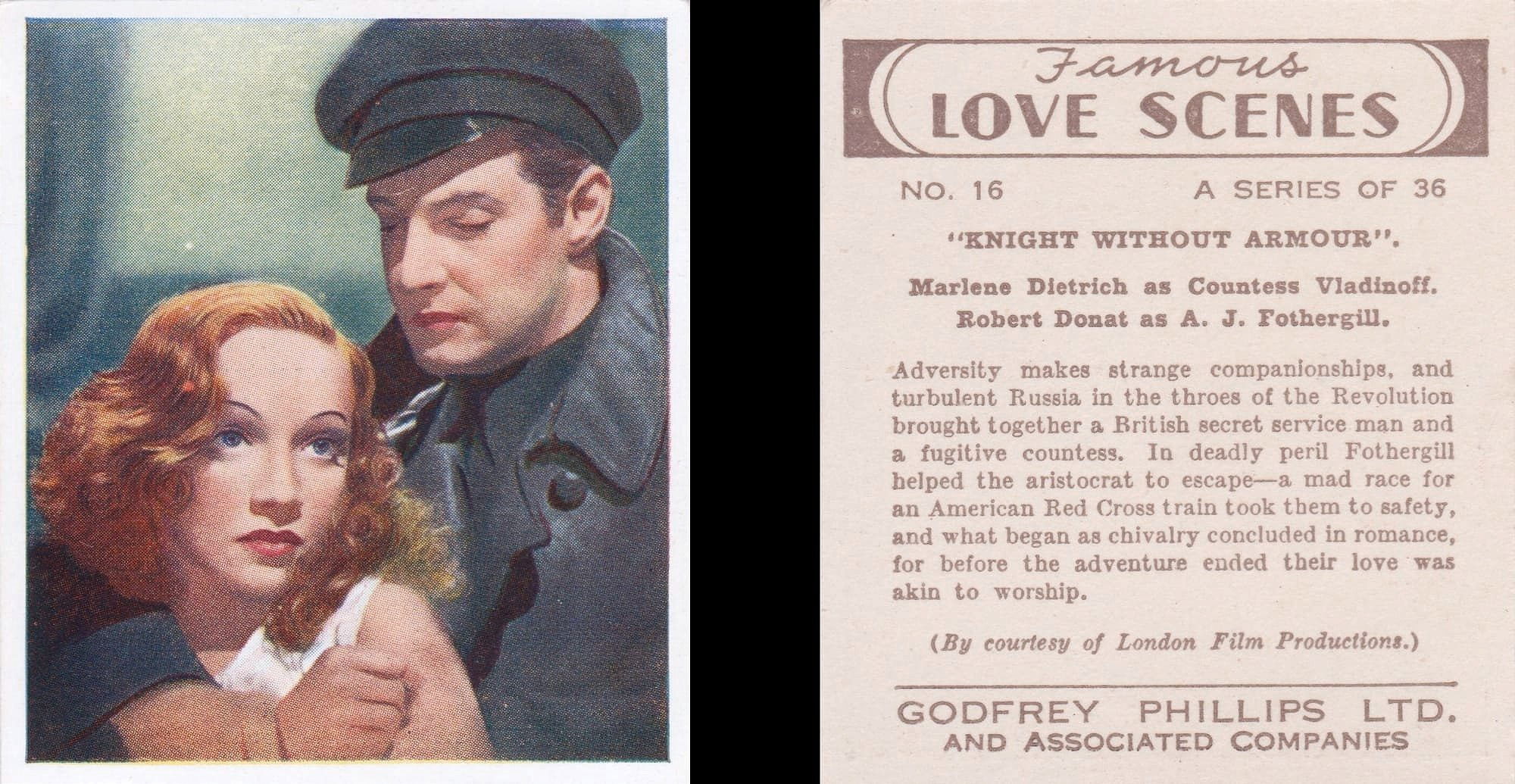
Card n.16 of the FAMOUS LOVE SCENES series
GODFREY PHILLIPS LTD (1939)
(personal collection)
Dietrich demonstrated his dedication not only as an actress but also as a person, opposing the production's decision to have Donat replaced and giving up his salary for the duration of Robert's illness, assisting him until he was able to return to filming the film. This gesture highlighted his professional and human commitment, helping to consolidate his public image as a compassionate and professional star.
In conclusion, "Knight Without Armour" played a significant role in Marlene Dietrich's career, not so much for commercial success, but for the opportunity to explore a wider range of acting nuances and for her exemplary behavior throughout the production of the film.
ANOTHER "ANGEL""
"Angel" is a 1937 American drama film directed by Ernst Lubitsch. It is a romantic comedy and drama produced in the United States and starring Marlene Dietrich, Herbert Marshall and Melvyn Douglas. Other actors in the cast include Edward Everett Horton, Laura Hope Crews and Herbert Mundin.
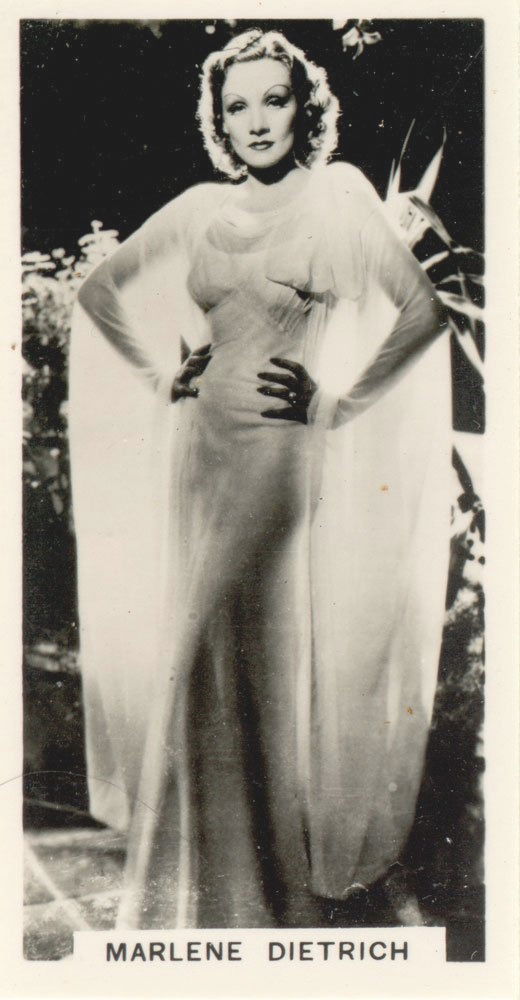
Card n.18 of the second series ֍ FILM STARS
LTD CAREERS
(personal collection)
Marlene Dietrich plays the role of Maria, Lady Barker in Angel (1937). His performance is notable for his ability to convey a combination of elegance, mystery and seduction. Dietrich is famous for her unique style and magnetic presence on screen. In the film, Maria is a charming and complex woman, involved in a love triangle with the British diplomat Sir Frederich Barker and the charming Anthony Halton. Marlene Dietrich manages to capture the viewer's attention with her beauty and charisma, making the character of Maria intriguing and unforgettable. His performance helps make Angelo a memorable and iconic film of the cinema of the 30s. Critics have often praised it for its clever script and nuanced dialogue, which require special attention to capture all the pearls of wisdom that are hidden in it. Marlene Dietrich shines in the title role, bringing to the screen a performance that has been described as icy angelic, but at the same time intensely passionate. The film is known for its ability to lightly and wittily describe the serene surface of relationships that hide tumultuous passions. Although the ending may seem predictable, it is Lubitsch's skill in directing the actors and weaving a fascinating narrative that makes "Angel" a memorable work and a shining example of his cinematic genius.
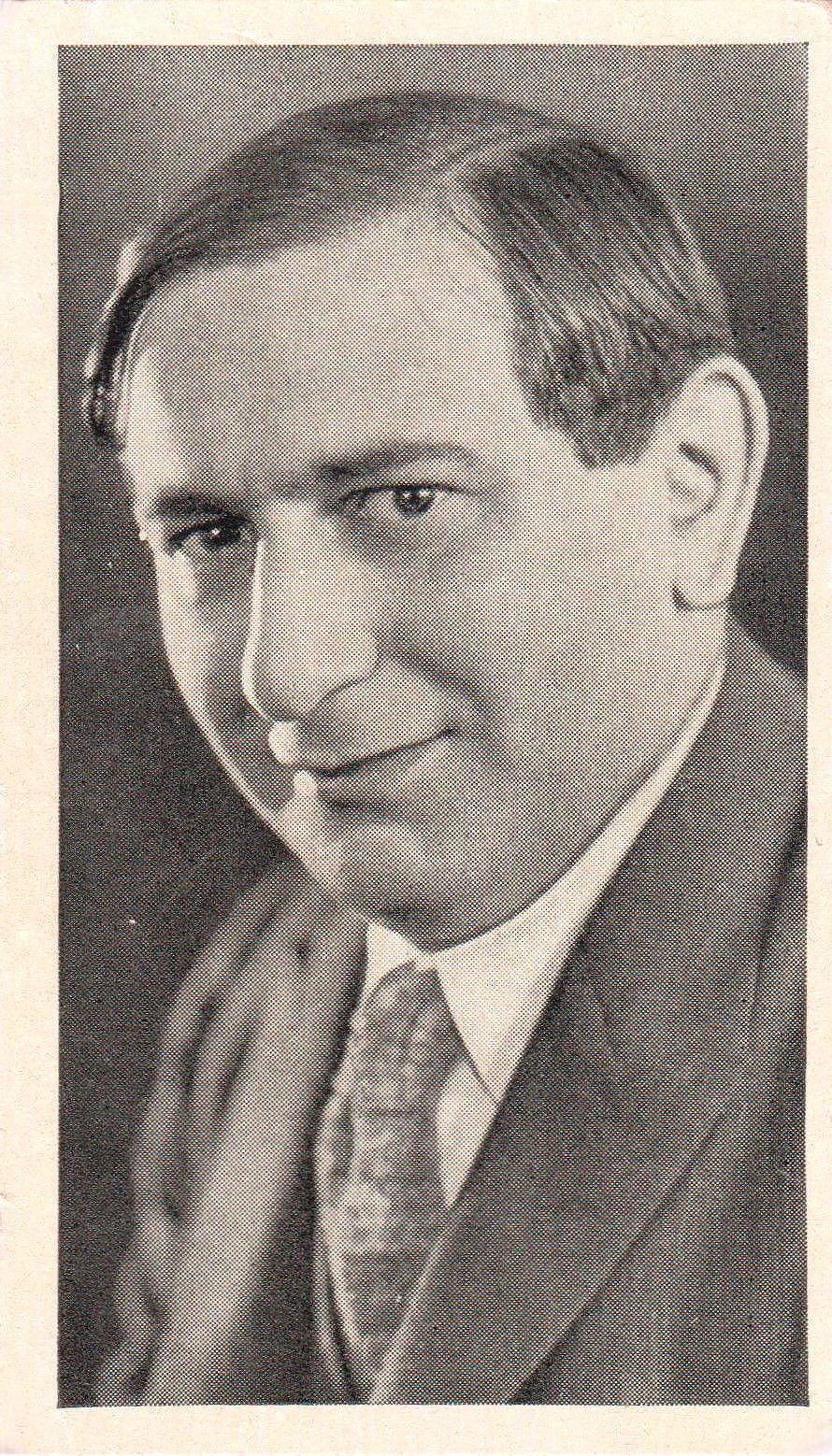
ERNST LUBITSCH (MASTER OF SATIRE)
Card n. 5 "CINEMA CAVALCADE VOLUME II"
MAX CIGARETTES
(personal collection)
Ernst Lubitsch is famous for his unmistakable style, known as the "Lubitsch Touch", a term that immediately evokes a cinema of sophisticated elegance and subtle irony. In the film "Angel", Lubitsch exercises his mastery through a narrative that intertwines subtle irony with sophisticated plot, creating a work that defies convention and enchants the viewer with his ingenuity. Subtle irony is a trademark of the director, which in "Angel" he uses to explore the complexities of a love triangle, where the main characters find themselves involved in comic situations and brilliant dialogues that reveal more than they hide.
Lubitsch's direction in "Angel" is a triumph of visual elegance; Each scene is a meticulously composed picture, where the attention to visual detail and the composition of the scenes speak as much as the words themselves. The film's cinematography, with its thoughtful lighting and innovative camera angles, helps to create an atmosphere that is both intimate and grand, reflecting the duality of the film's themes.
Sophistication is another key element of the "Lubitsch Touch" featured in "Angel". The plot of the film revolves around themes of love and infidelity, treated with a lightness and refinement that elevates melodrama to an art form. Lubitsch handles these themes with a delicacy and emotional intelligence that allow the film to be deeply human and incredibly funny at the same time.
In "Angel", Lubitsch combines these elements with such mastery to create a film that is a masterpiece of balance between comedy and drama, lightness and depth, entertainment and introspection. The result is a work that not only entertains but also invites reflection, demonstrating the director's ability to tell complex stories with a light and sophisticated touch.
"AN ELEGANT REBELLION"
Marlene Dietrich, a timeless style icon, revolutionized the fashion world with her bold use of men's clothing.
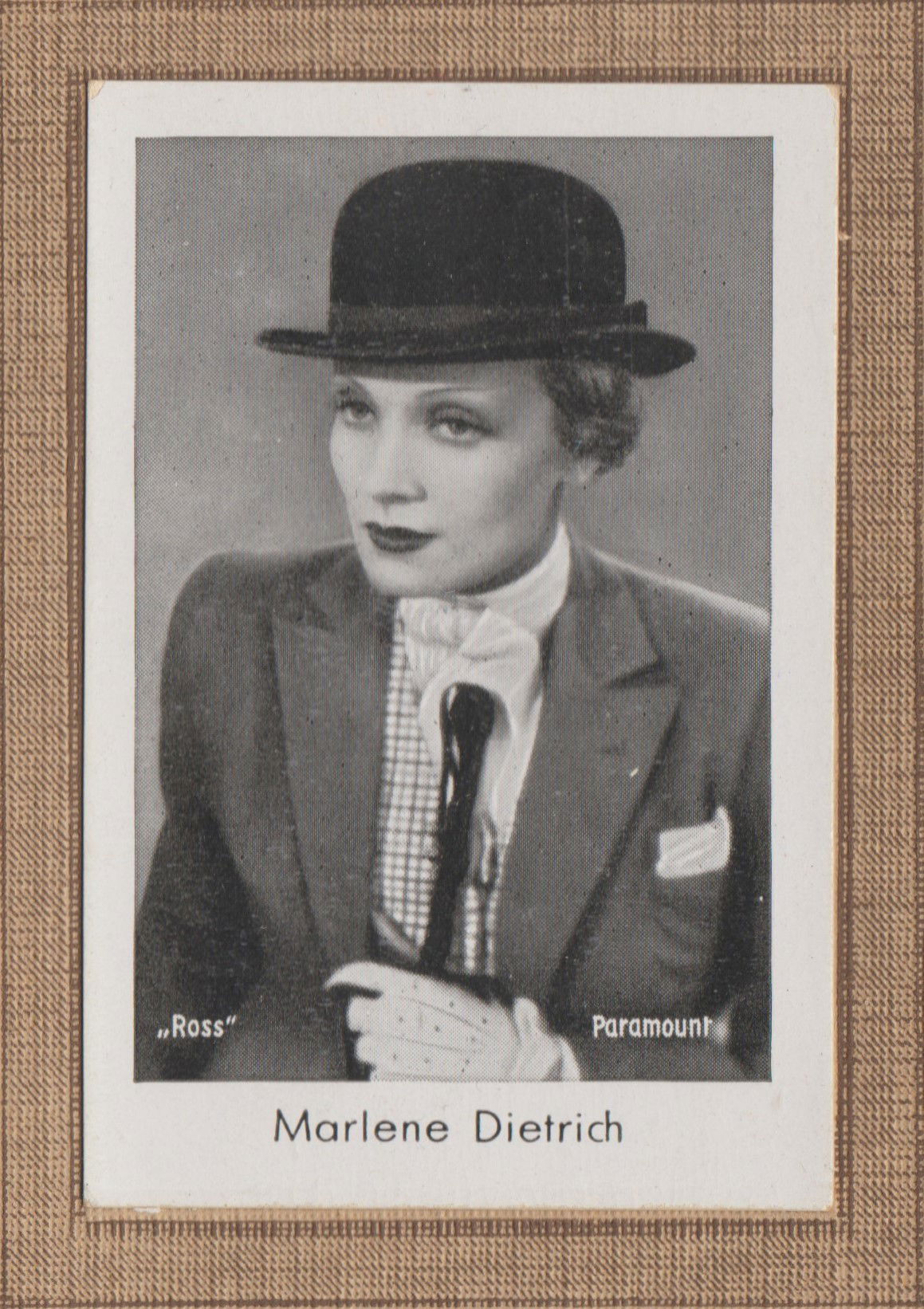
Card position 4 pag. 2
JOSETTI FILM ALBUM N°3
(personal collection)
Her androgynous figure, accentuated by tailored suits, tuxedo jackets and lace-up shoes, challenged convention and inspired a new era of expressive freedom in dressing. Dietrich did not limit himself to wearing men's clothes; he transformed them, giving them an elegance and sensuality that were uniquely his. This article explores how Marlene Dietrich adopted menswear not only as a style choice, but as a powerful tool for personal and artistic expression.
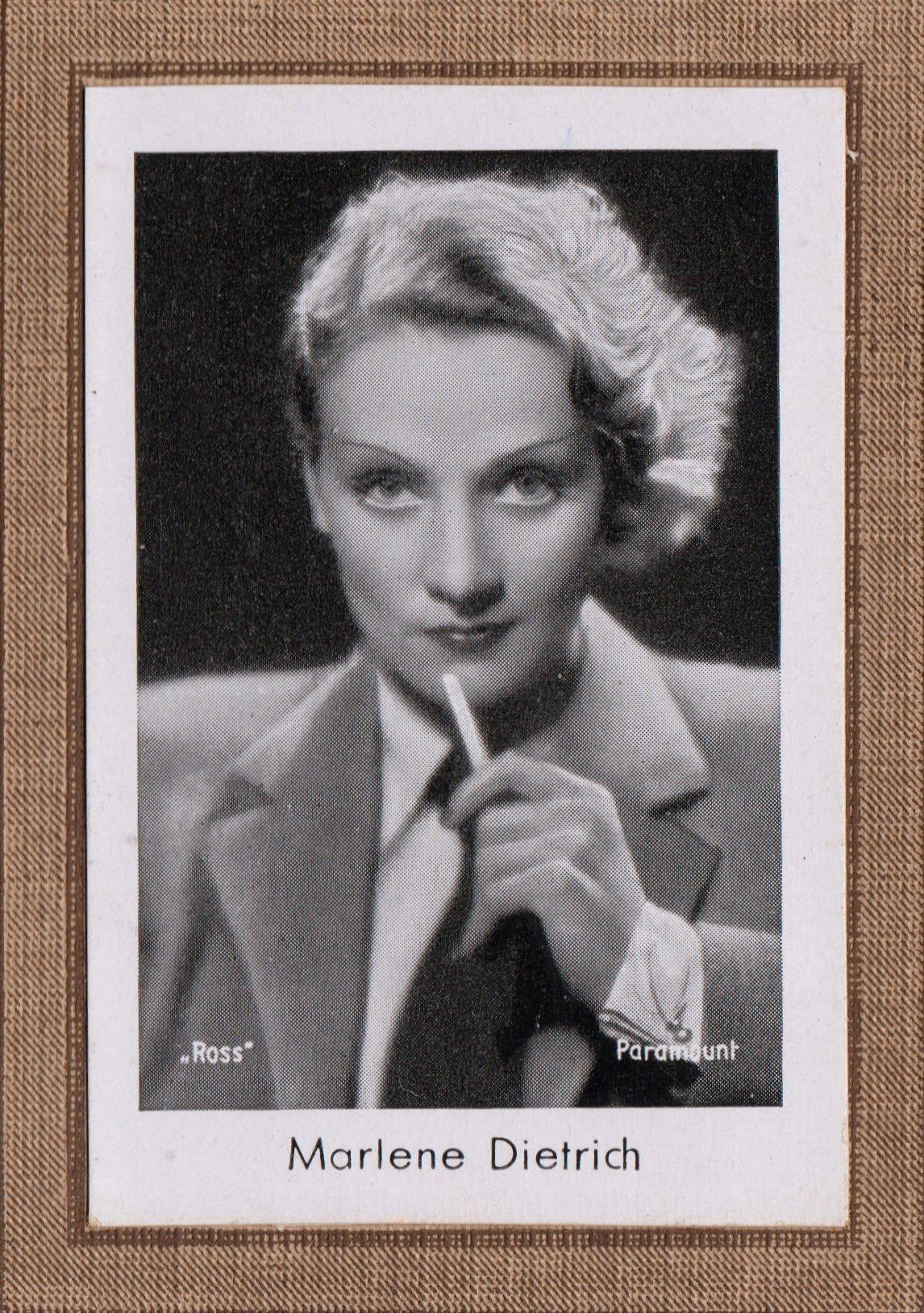
Card position 2 pag. 2
JOSETTI FILM ALBUM N°3
(personal collection)

In the heart of the 30s, Marlene Dietrich appeared on the big screen and in the salons of high society, showing off tuxedos and suits with a naturalness that left the audience breathless. His image in "Morocco," where he wore a tailcoat and kissed a woman, remains one of the most emblematic moments of his career and a symbol of his defiance of the gender norms of the time. Dietrich didn't follow trends, he created them, and his androgynous style became a reference point for women who wanted to break the mold and assert their individuality.
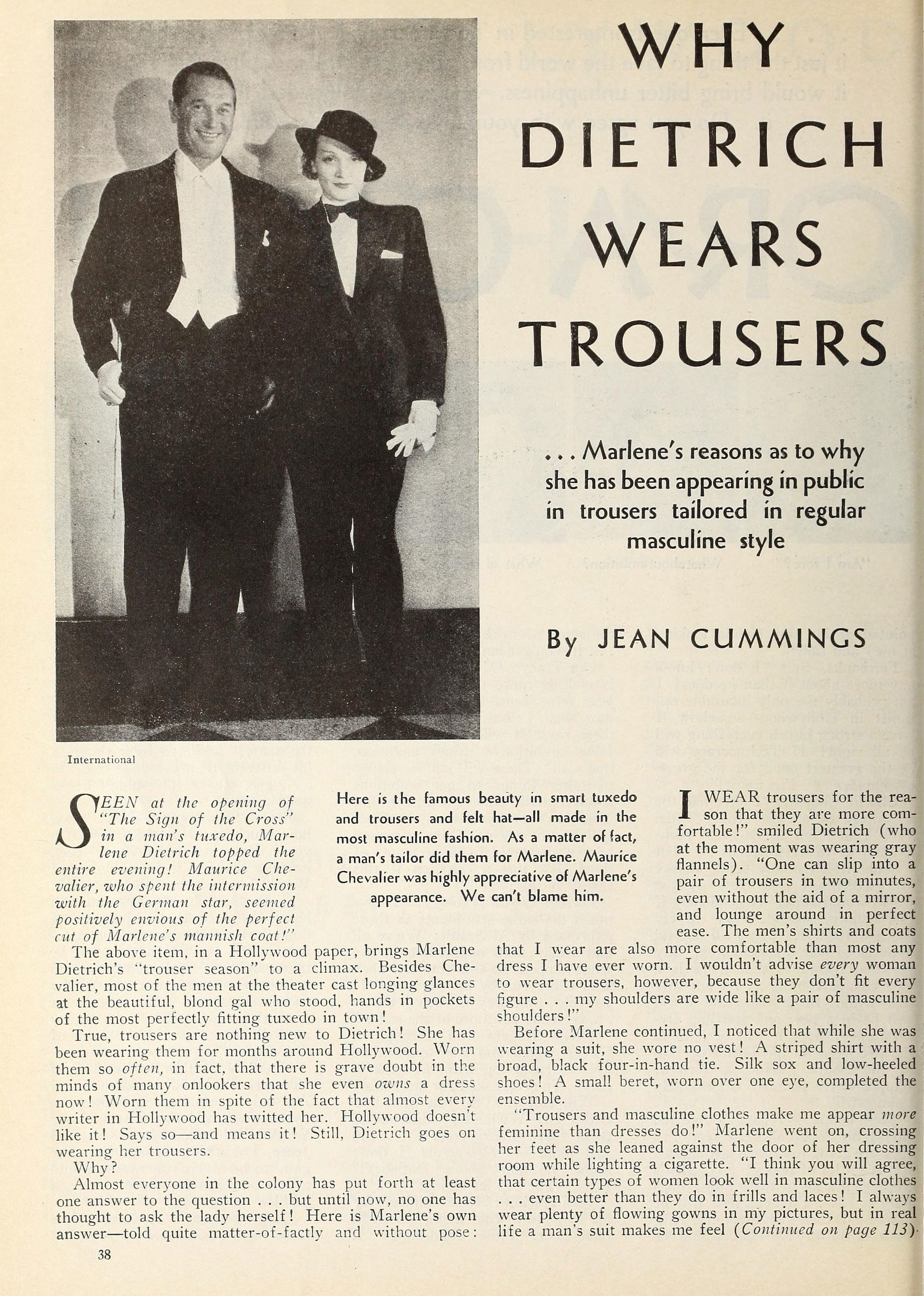
"Courtesy of the Media History Digital Library"
38 pages of Modern Screen magazine (Feb - Oct 1933)
BECAUSE DIETRICH WEARS TROUSERS , , .
Marlene's reasons why she appeared in public with tailored trousers in regular men's style
by JEAN CUMMINGS
Seen at the opening of "The Sign of the Cross" in a men's tuxedo, Marlene Dietrich dominated the entire evening! Maurice Chevalier, who spent the break with the German star, seemed decidedly envious of the perfect cut of Marlene's men's coat!"
the above article, in a Hollywood newspaper, brings Marlene Dietrich's "trouser season" to a climax. In addition to Chevalier, most of the men in the theater cast longing glances at the beautiful blonde girl who was standing, with her hands in the pockets of the most perfect tuxedo in town! It's true, trousers are nothing new for Dietrich! He has been wearing them for months around Hollywood. She wore them so often, in fact, that there is a serious doubt in the minds of many viewers that she now even owns a dress' She wore them despite the fact that almost every Hollywood writer tweeted her. Hollywood doesn't like it! He says it, and he means it! However, Dietrich continues to wear pants. Because?
Dietrich's use of men's dress was not a simple gesture of rebellion; It was an affirmation of strength and independence. At a time when women were often confined to secondary roles, she used her clothes as armor, a way to assert her presence and power in a male-dominated world. Yet, there was also a vulnerability in this choice: Dietrich showed that behind the mask of glamour there was a complex woman, full of contrasts and facets.
Dietrich has influenced countless designers, from Yves Saint Laurent to Giorgio Armani, who saw in the men's suit not only a piece of clothing, but a symbol of timeless elegance. His style has spanned decades, always current, always revolutionary. Today, looking back at her legacy, we can see how Marlene Dietrich not only changed the way women could dress, but also the way they could be perceived and perceive themselves.
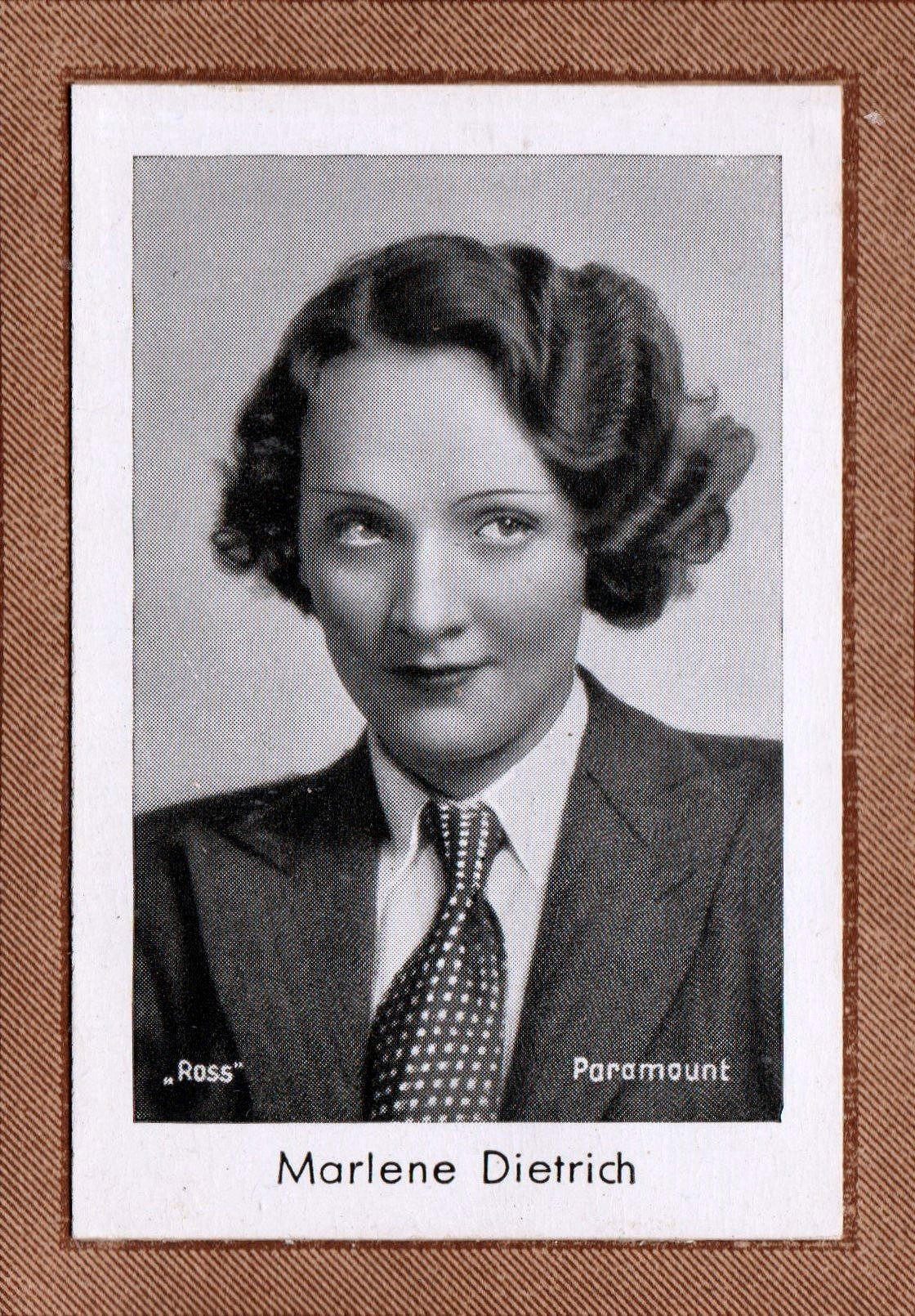
Card position 3 pag. 4
JOSETTI FILM ALBUM N°2
(personal collection)
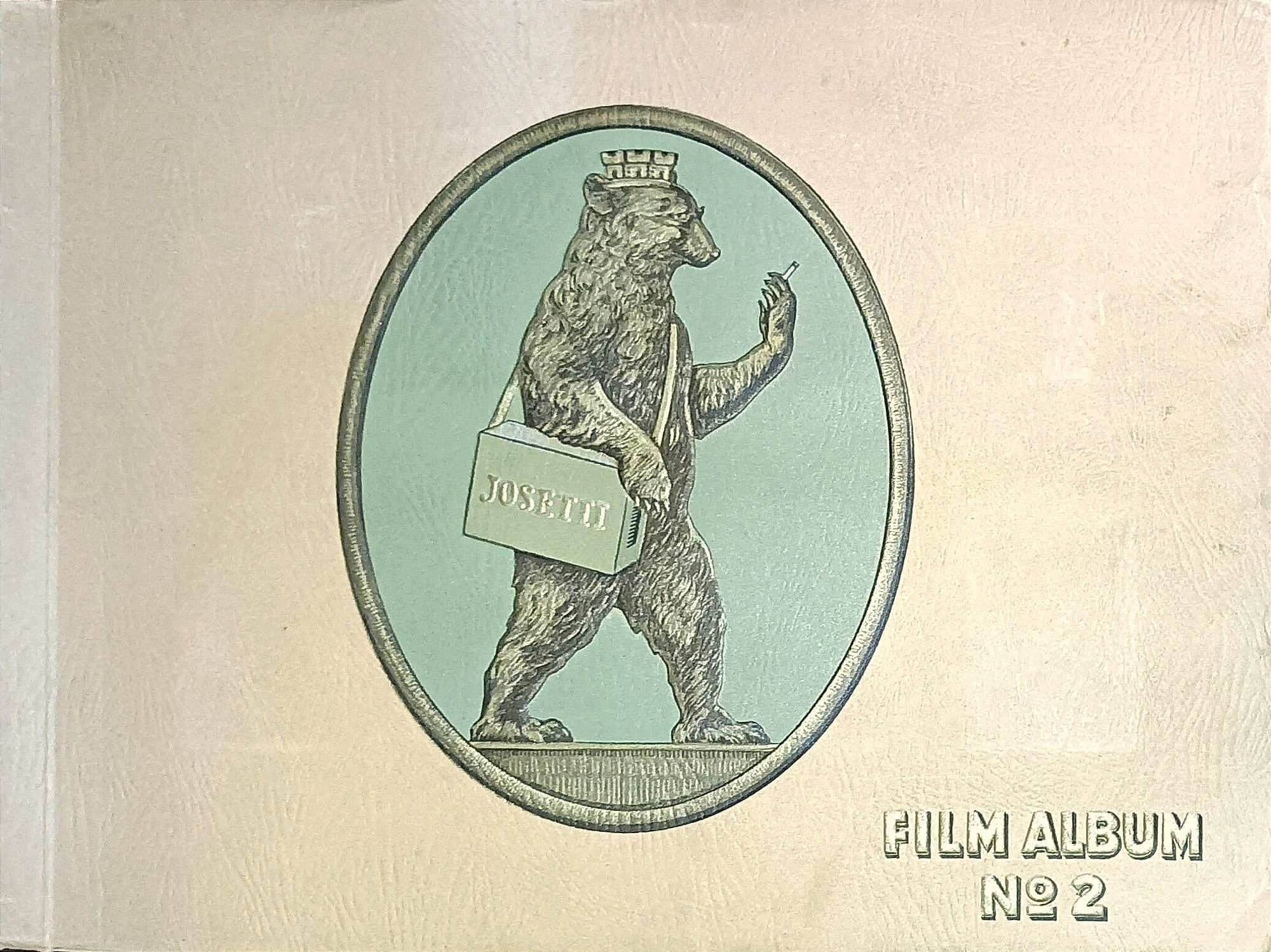
In conclusion, Marlene Dietrich's adoption of the men's dress was much more than a passing fad. It was a bold statement of autonomy and a rejection of social expectations. With every tuxedo jacket and every pair of tailored trousers, Dietrich wrote a new page in fashion history, a page that continues to inspire courage and originality in anyone who dares to follow in his footsteps.
"Dietrich in Miniatura: L'Arte delle Cigarette Cards"
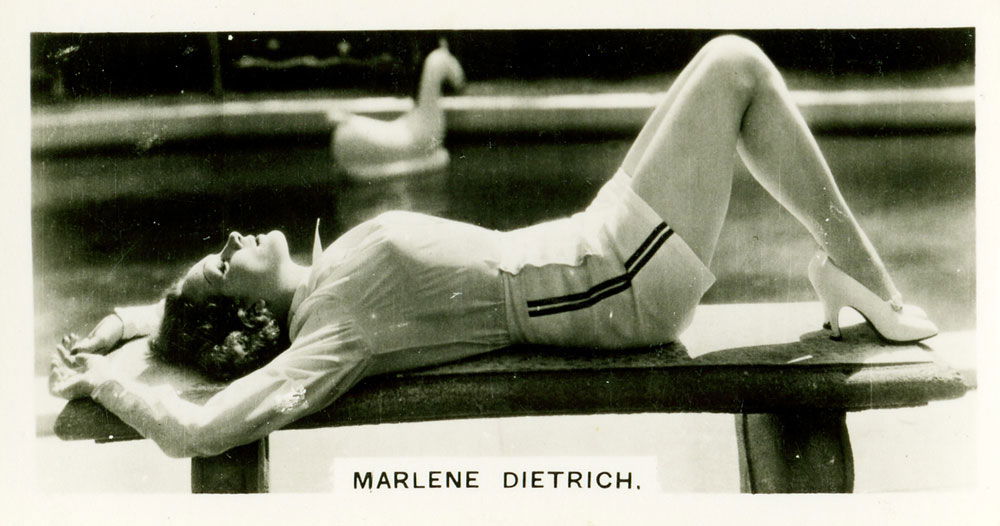
Card No. 49 series ֍ FILM STARS
CARRERAS LTD (1937)
(personal collection)
Cigarette cards, small illustrative cards inserted into cigarette packets, are a fascinating chapter in the history of advertising. In the first half of the twentieth century, these cards captured the collective imagination, serving as vehicles for a wide range of subjects, from famous actors such as Marlene Dietrich to historical moments and technological breakthroughs. Their popularity was not only due to the quality of the images or the interest in the subjects depicted, but also to their role as forerunners of modern marketing strategies.
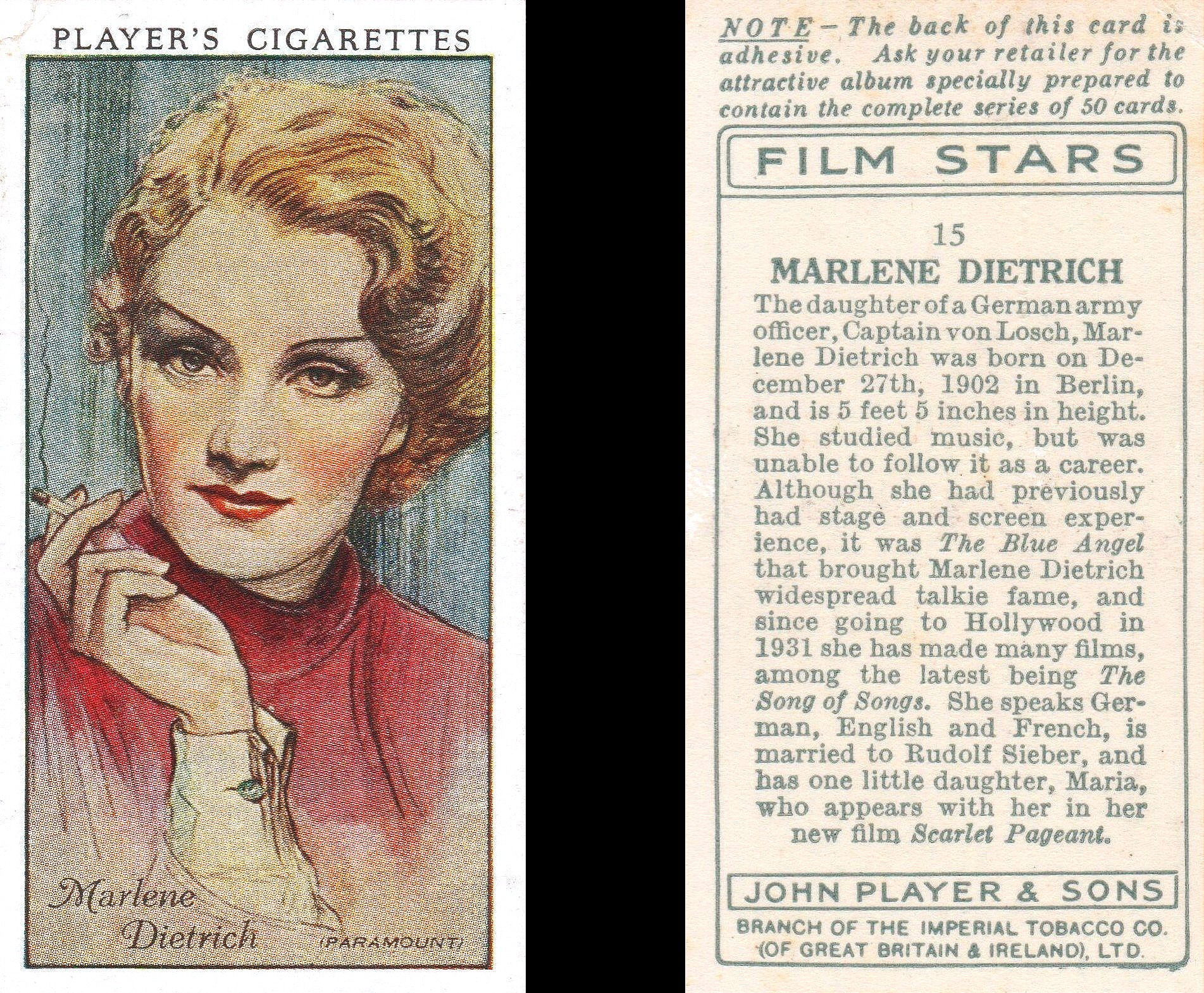
Card n. 15 FILM STARS series
JOHN PLAYER & SONS (1934)
(personal collection)
Through cigarette cards, tobacco companies have been able to create a direct link with consumers, encouraging the collection and completion of entire series, a bit like what happens today with loyalty programs.
Marlene Dietrich, with her timeless elegance and enigmatic charm, has been immortalized in these cards, cementing her status as a cultural icon. These performances not only celebrated his public figure, but also helped to build the myth around his person, influencing public perception and his artistic legacy. Marlene Dietrich's cigarette cards have thus become collector's items, sought after by fans and fans of film memorabilia, testifying to how advertising can be transformed into a means to preserve and honor the memory of the stars of the past.
The use of cigarette cards in advertising reflected the potential of visual imagery to create emotional and cultural connections. These cards anticipated the importance of visual branding and brand identity, concepts that dominate the advertising landscape today. In addition, their dissemination has shown how advertising could benefit from the distribution of content that had added value for the consumer, a principle that remains valid in the digital age, where quality content is essential to engage and retain audiences. Cigarette cards, with their ability to capture the essence of an era, offer a fascinating glimpse not only into the history of advertising, but also into the lives of the icons that adorned these small pieces of cardboard.
Take, for example, the card, below, which portrays Marlene Dietrich and Maurice Chevalier, two giants of cinema from the golden age. Dietrich, with his androgynous beauty and his deep, sensual voice, and Chevalier, with his French charm and infectious smile, were more than just colleagues; They were symbols of an era defined by elegance and glamour. Their appearance together on a cigarette card was not only a marketing piece, but also a whisper of gossip that crossed the ocean. Their friendship was said to be colored by an intimacy that went beyond the big screen, fueling the curiosity and fantasies of fans. These papers, therefore, become precious documents that tell stories not only of advertising campaigns, but also of relationships and scandals that kept the public glued to the pages of the newspapers of the time. In this way, cigarette cards are not only testimonies of the history of advertising, but also of the personal and cultural one, offering a glimpse into the social dynamics and personalities who shaped the cultural fabric of their time.
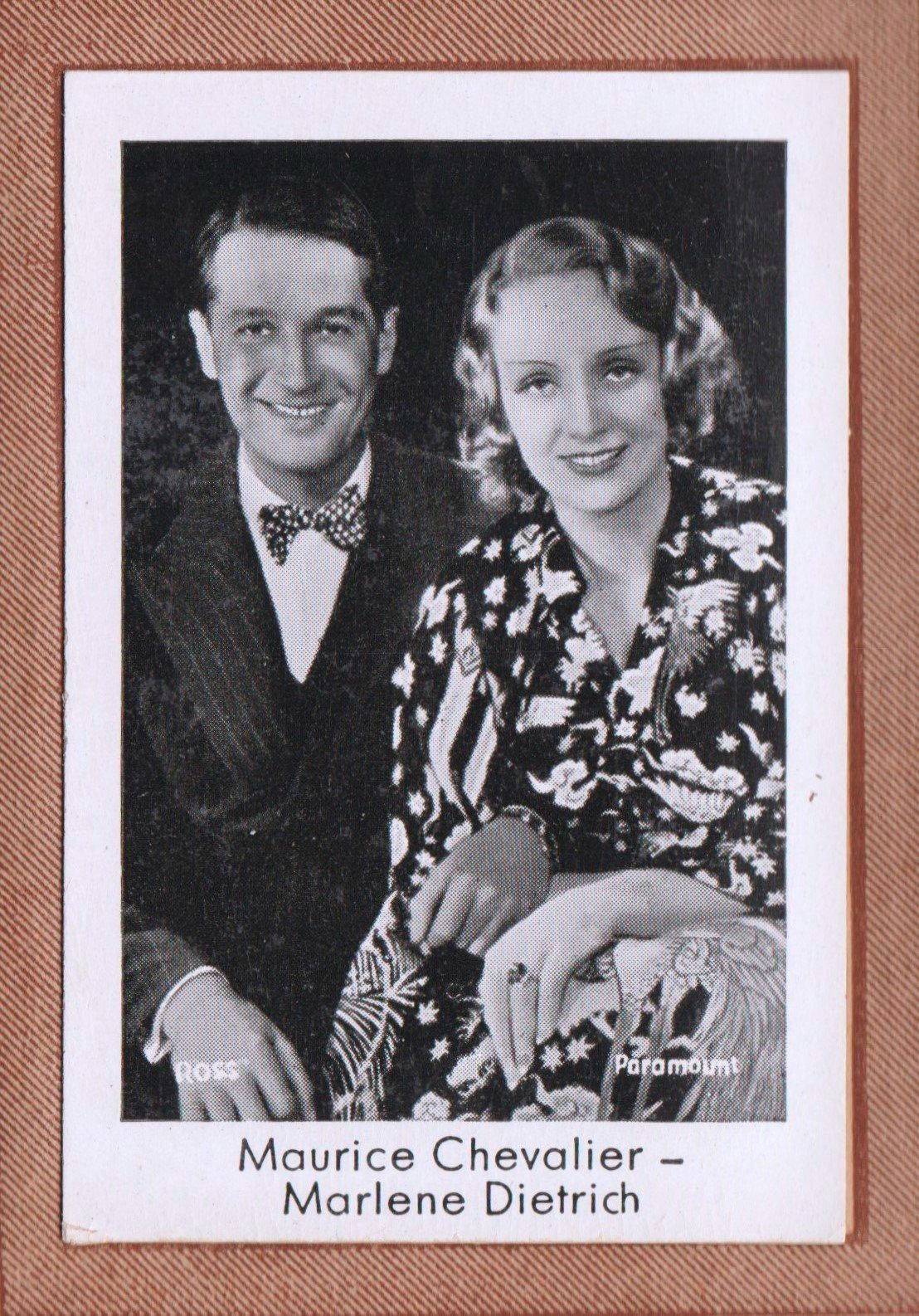
Card position 2 pag. 2
JOSETTI FILM ALBUM N°1
(personal collection)
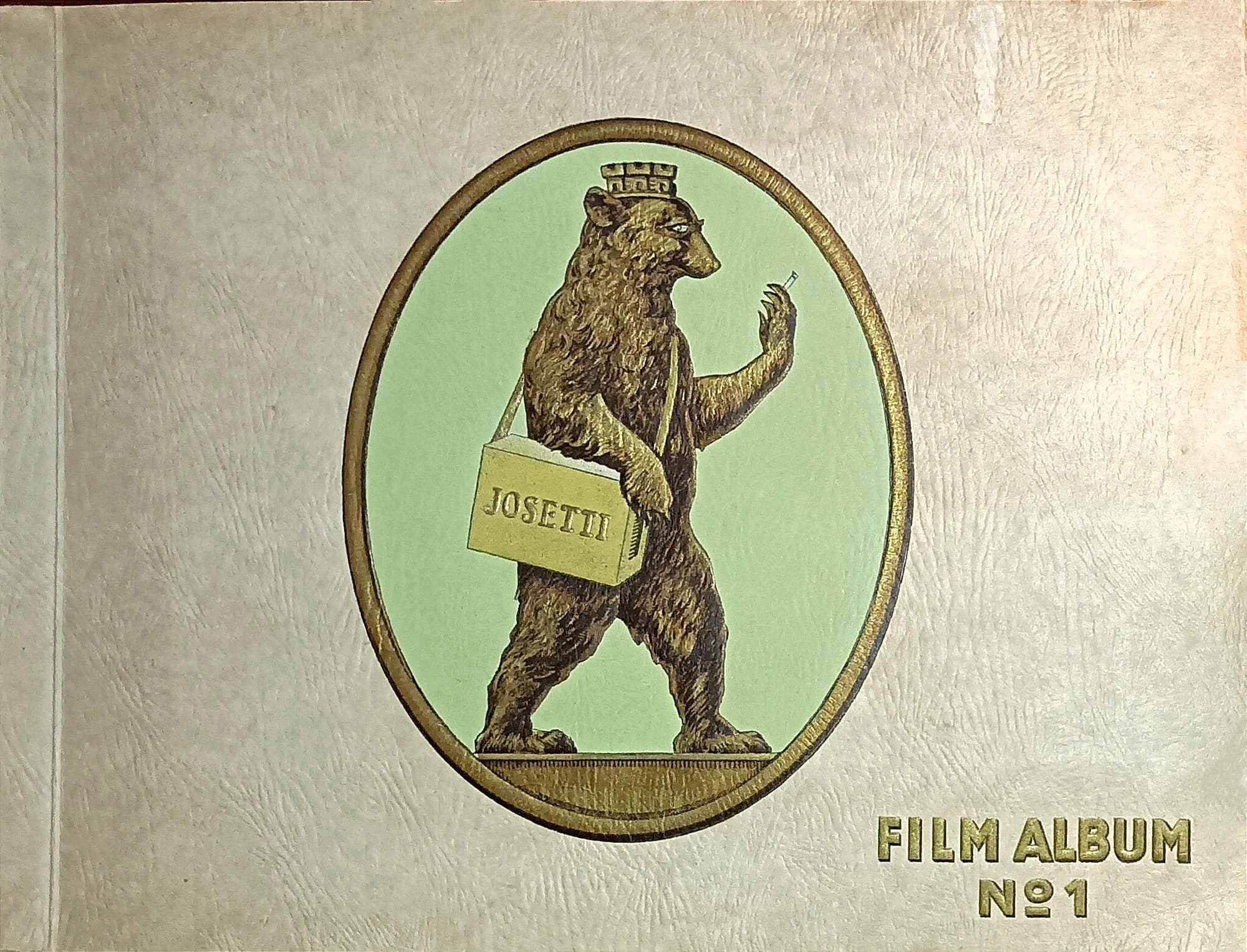
Maurice Chevalier and Marlene Dietrich, two icons of twentieth-century cinema, shared a complex and fascinating relationship that drew audiences into a story of friendship, love and loyalty. Although they never shared a screen in a film, their physical proximity to Paramount's dressing rooms in 1932 laid the groundwork for a relationship that would flourish away from the public eye. The musical "Dietrich & Chevalier: Falling in Love Again," which premiered at St. Luke's Theatre, explores this untold love story, offering an intimate look into their lives and the circumstances that brought them together.
During the tumultuous years of World War II, their relationship took a dramatic turn. Chevalier, accused of collaborating with the Nazis, found himself facing trial for treason at the end of the conflict. It was at this critical moment that Dietrich, known for her firm anti-Nazi convictions and heroism, courageously intervened in her defense. His testimony was crucial in the trial, and their friendship was further strengthened following this event.
Their professional and personal connection continued to develop well beyond the war years. Both became symbols of resilience and artistic talent, maintaining a bond that withstood the tests of time and circumstance. Their story is an example of how human relationships can transcend difficulties and become a source of inspiration and mutual support.
The narration of their relationship in the musical "Dietrich & Chevalier" not only celebrates their artistic legacy but also illuminates the lesser-known aspects of their lives, showing how two stars of such caliber could influence each other both professionally and personally. Their story remains a fascinating testament to the golden age of Hollywood and the complexity of human relationships within it.
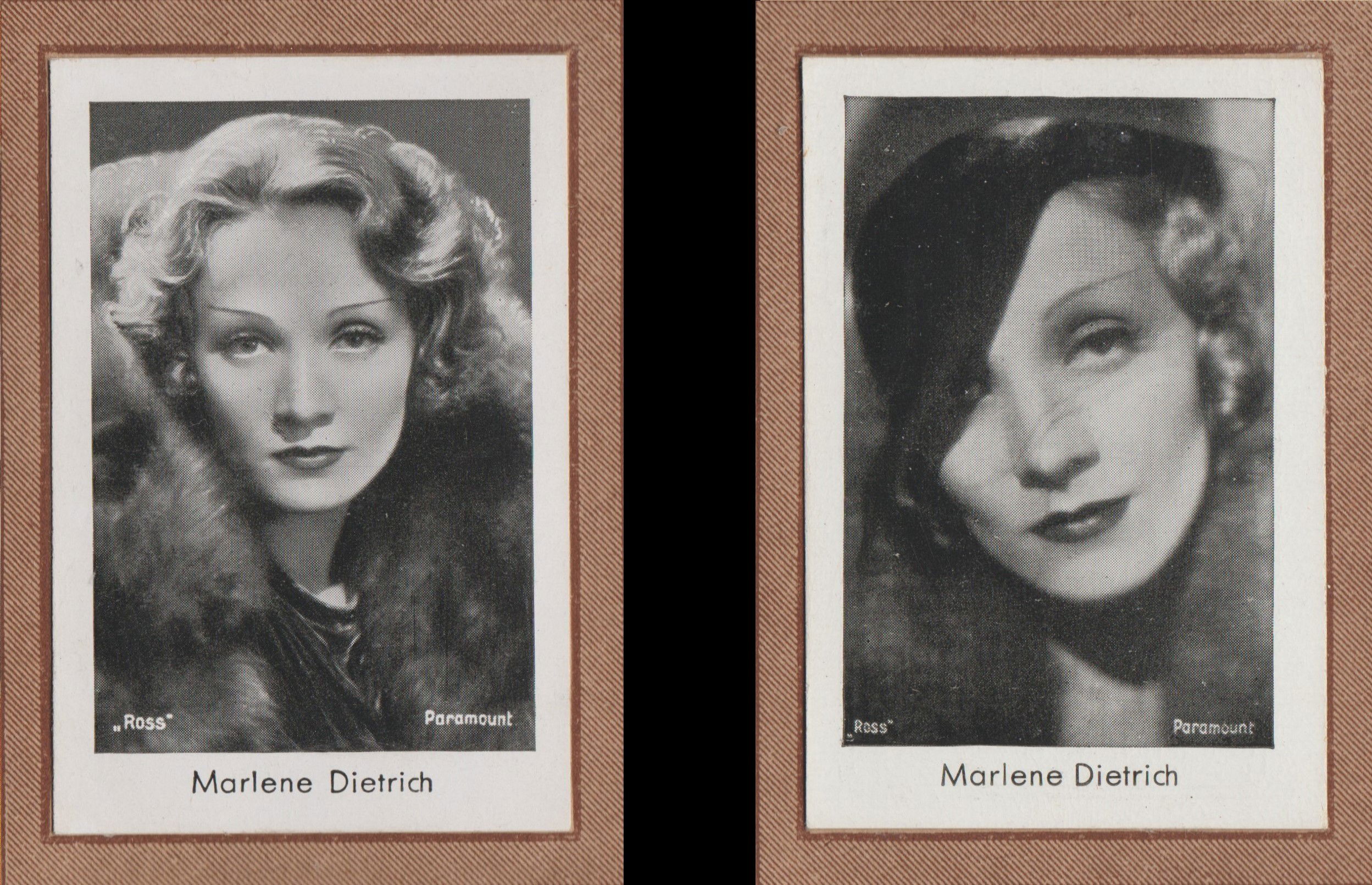
Cards position 1-2 pag. 4
JOSETTI FILM ALBUM N°2
(personal collection)
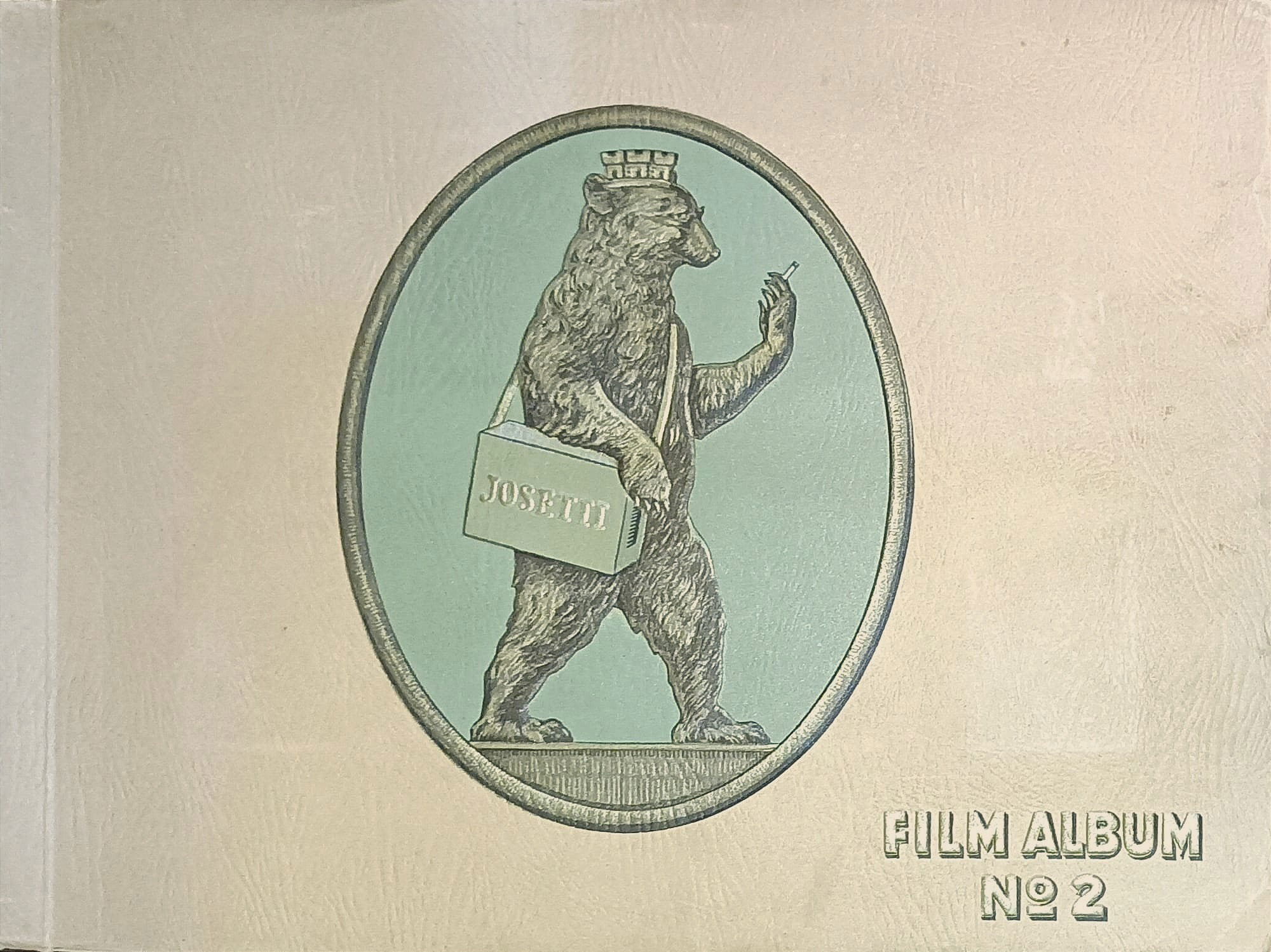
The role of photography in popular culture and art history is of paramount importance, especially when it comes to iconic figures such as Marlene Dietrich. Photography has the power to capture not only the physical image, but also the essence and spirit of an era.
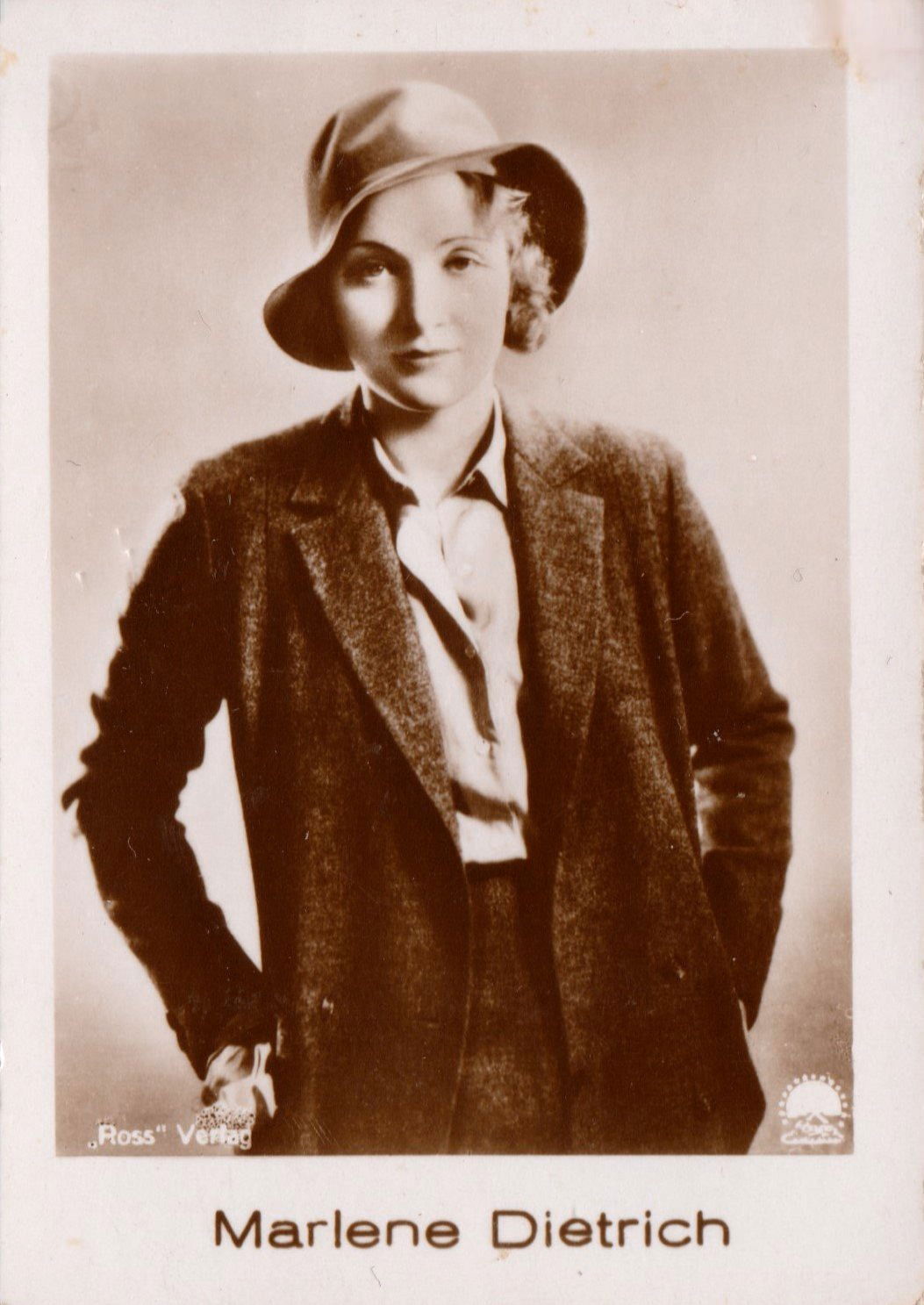
Card position 2 pag. 2
HÄNSOM FILM IMAGES TONE FILM SERIES
(personal collection)

Through the lens, photographers at Ross Studio captured Dietrich's magnetic presence and timeless elegance, helping to build and cement his status as a legend. These cards, with their carefully curated images, reflect the importance of photography as a means of visual communication and as a tool for shaping the public identity of stars.
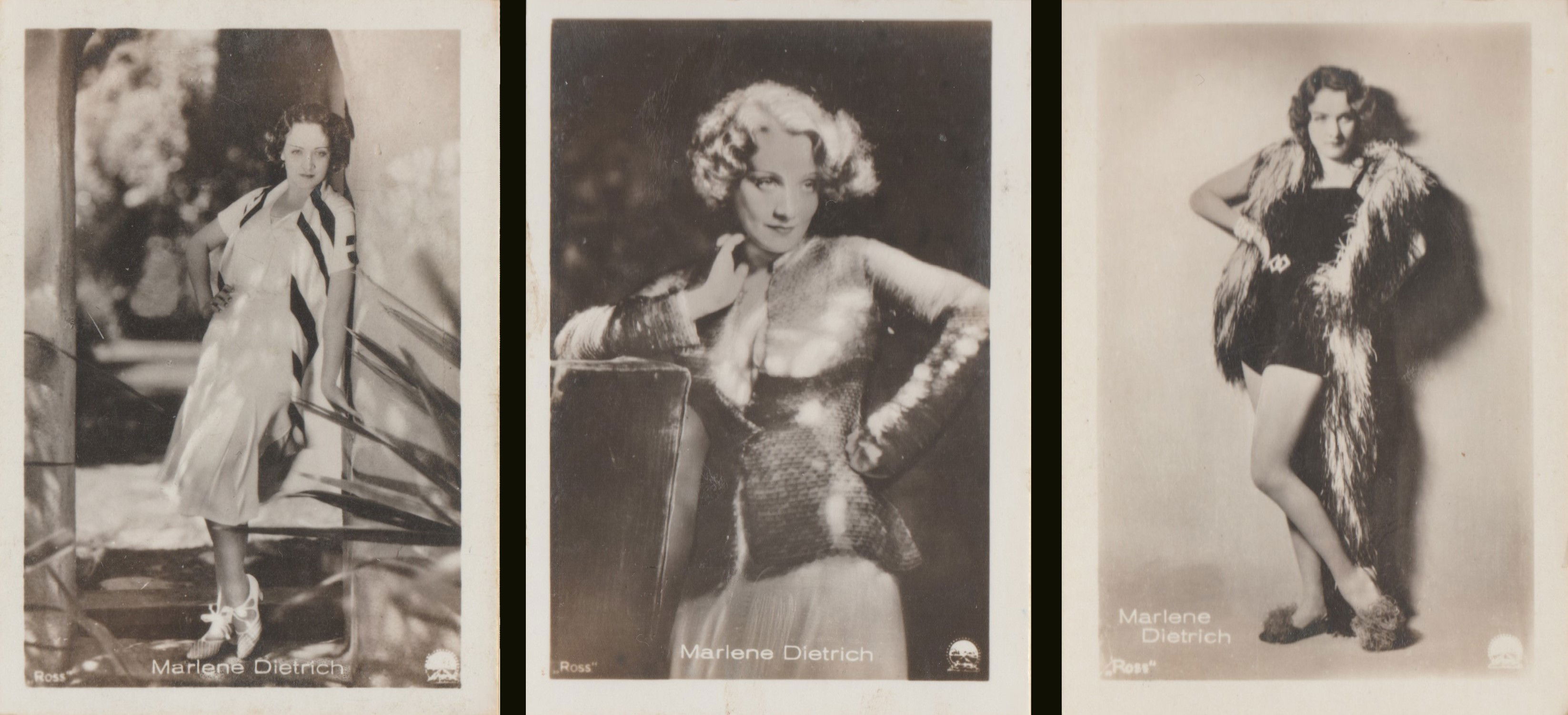
Cards n.523-524-525 pag. 4 OF THE ALBUM MERCEDES FILMBILDER
FROM ROARING MOVIES MOVIE ALBUM 4
(personal collection)

In addition, photography has played a crucial role in the evolution of fashion and film, documenting stylistic changes and influencing public perceptions. Presenting a collection of Marlene Dietrich's cigarette cards is therefore a way to explore and celebrate the art of photography, as well as paying homage to one of the most fascinating figures of the twentieth century. These images, which once accompanied the pauses of many, now allow us to take a journey through time, offering an intimate glimpse into an era defined by its refined aesthetics and undeniable cultural impact.
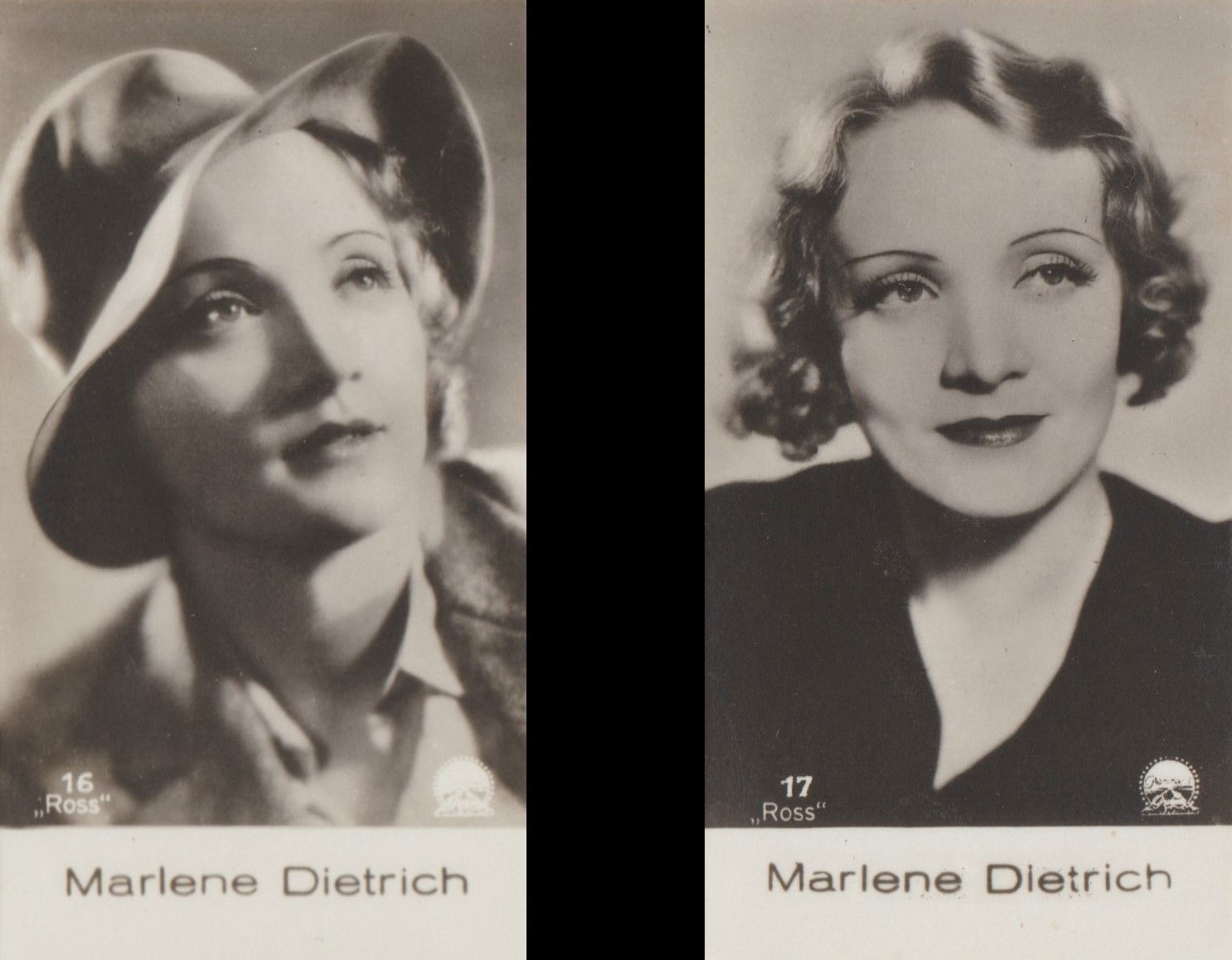
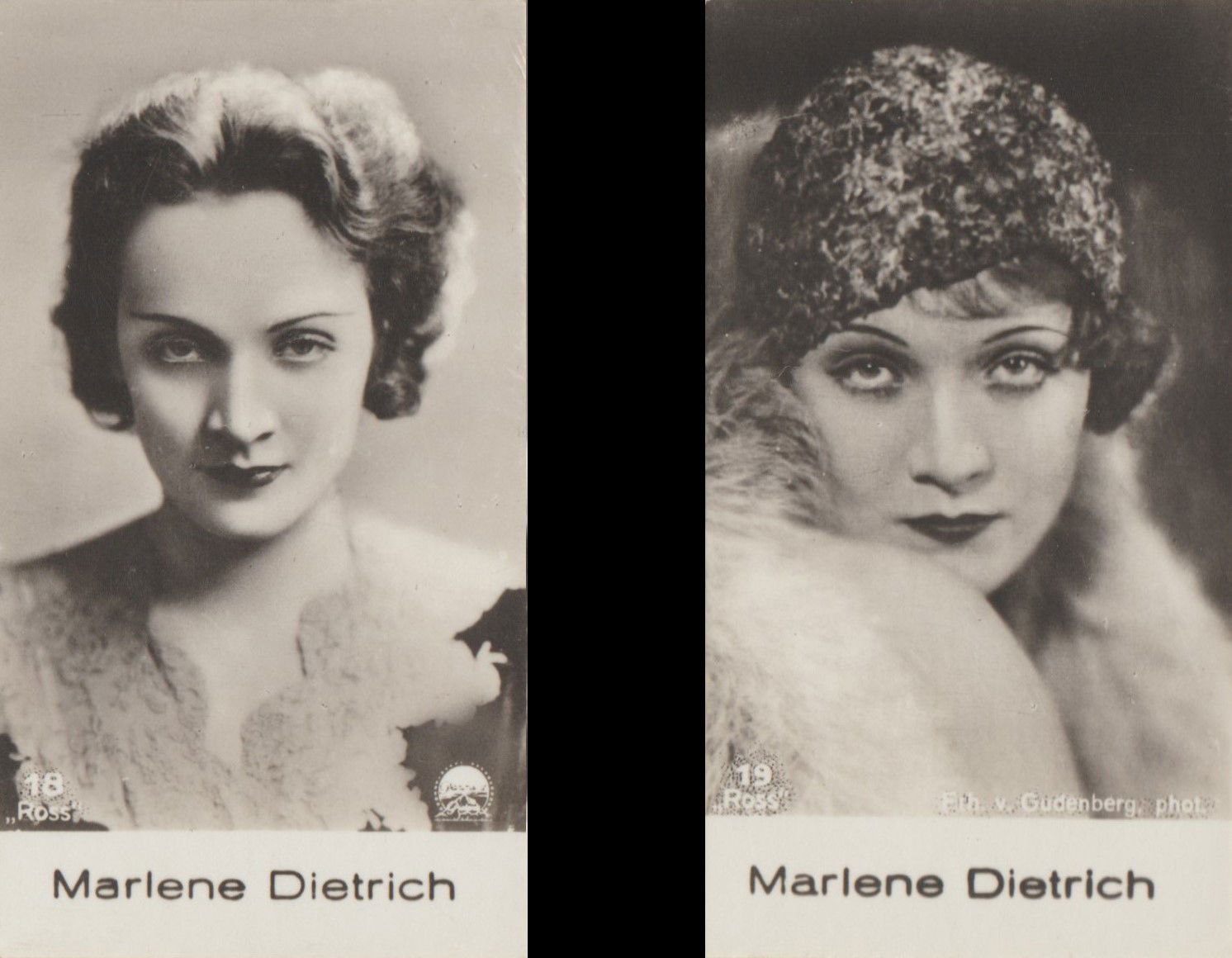
Cards n. 16-17-18-19 pag. 2
SALEM FILM IMAGES
(personal collection)
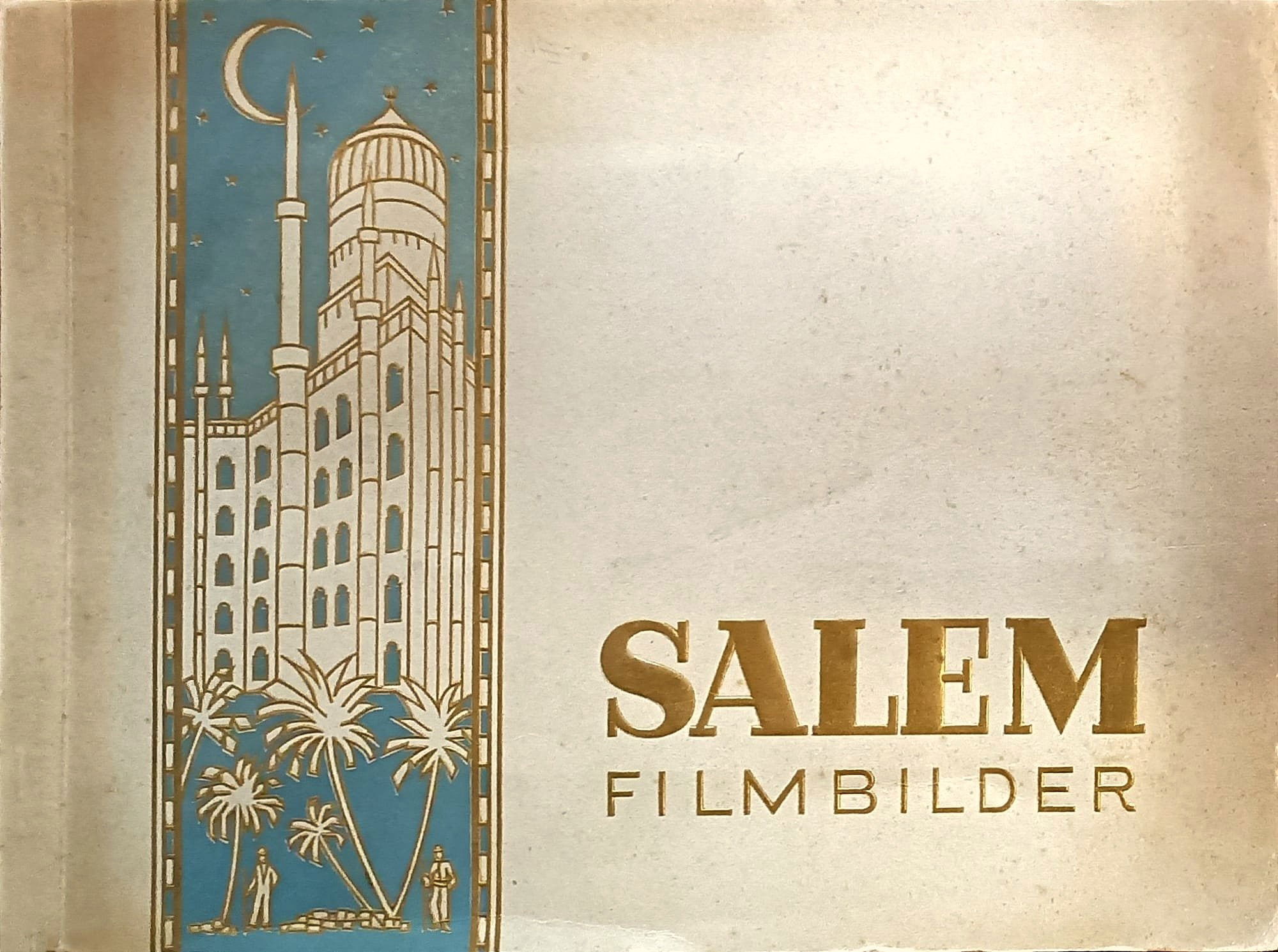
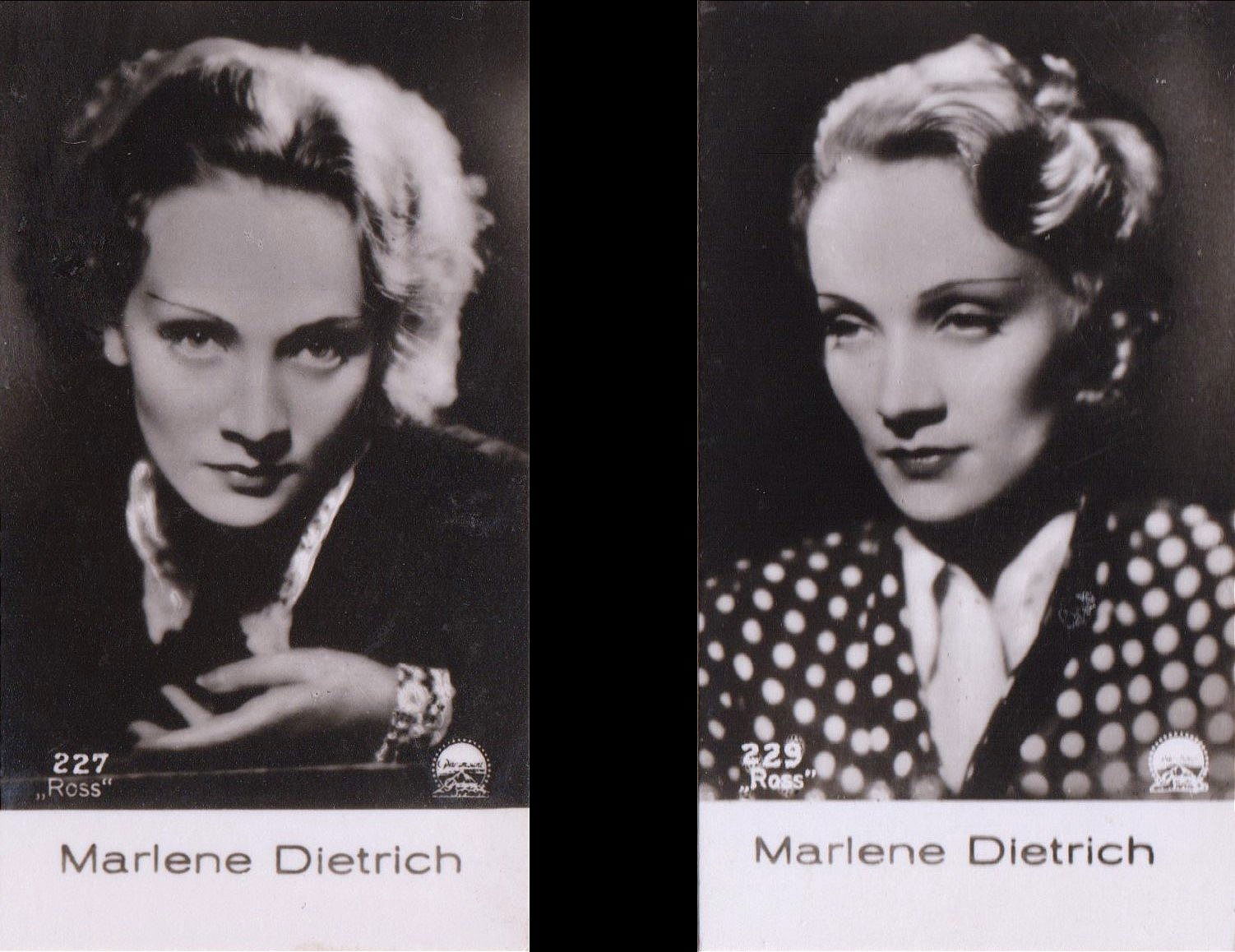
Cards n. 227-229 pag. 2
SALEM FILM IMAGES ALBUM 2
(personal collection)
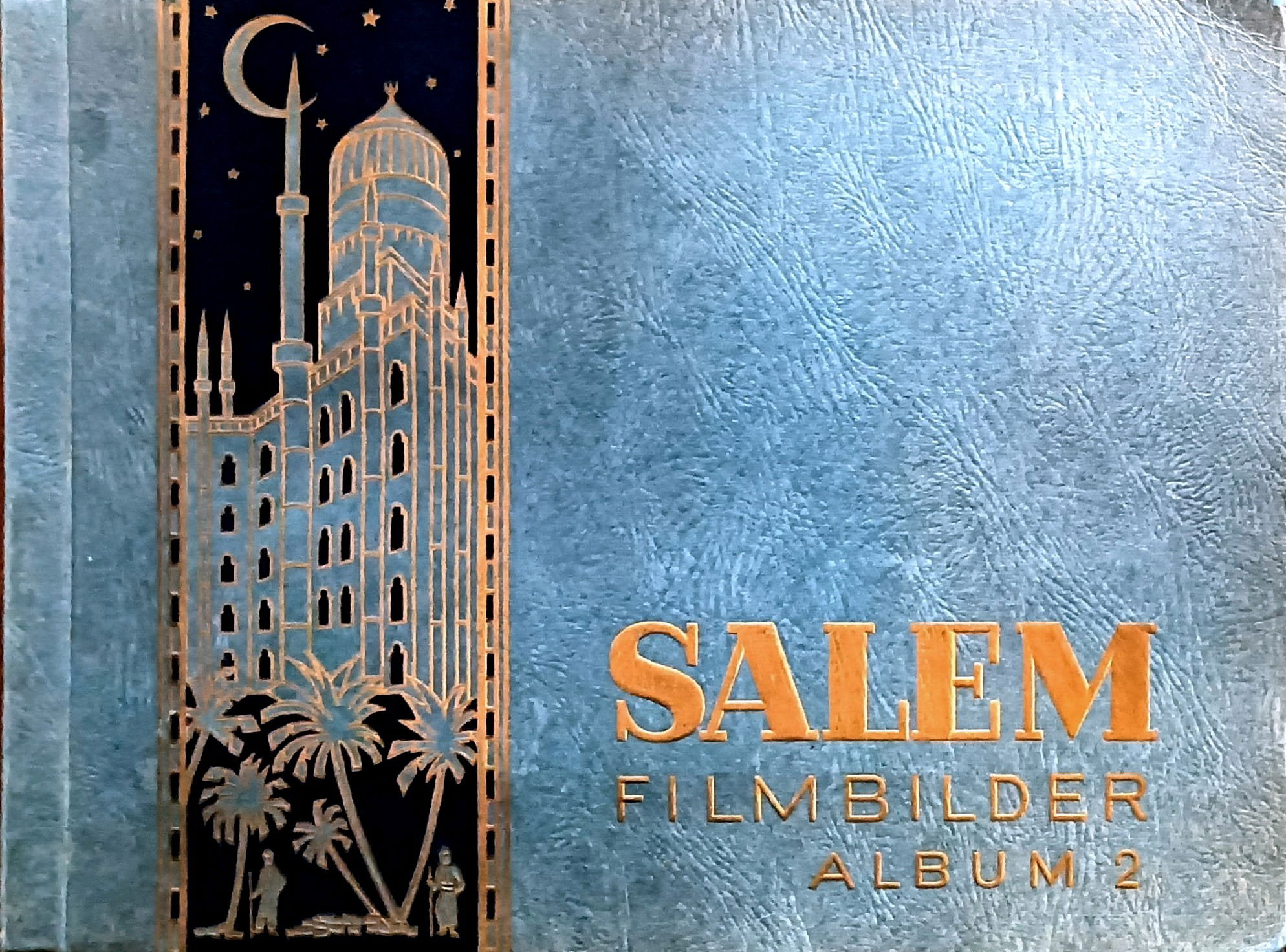
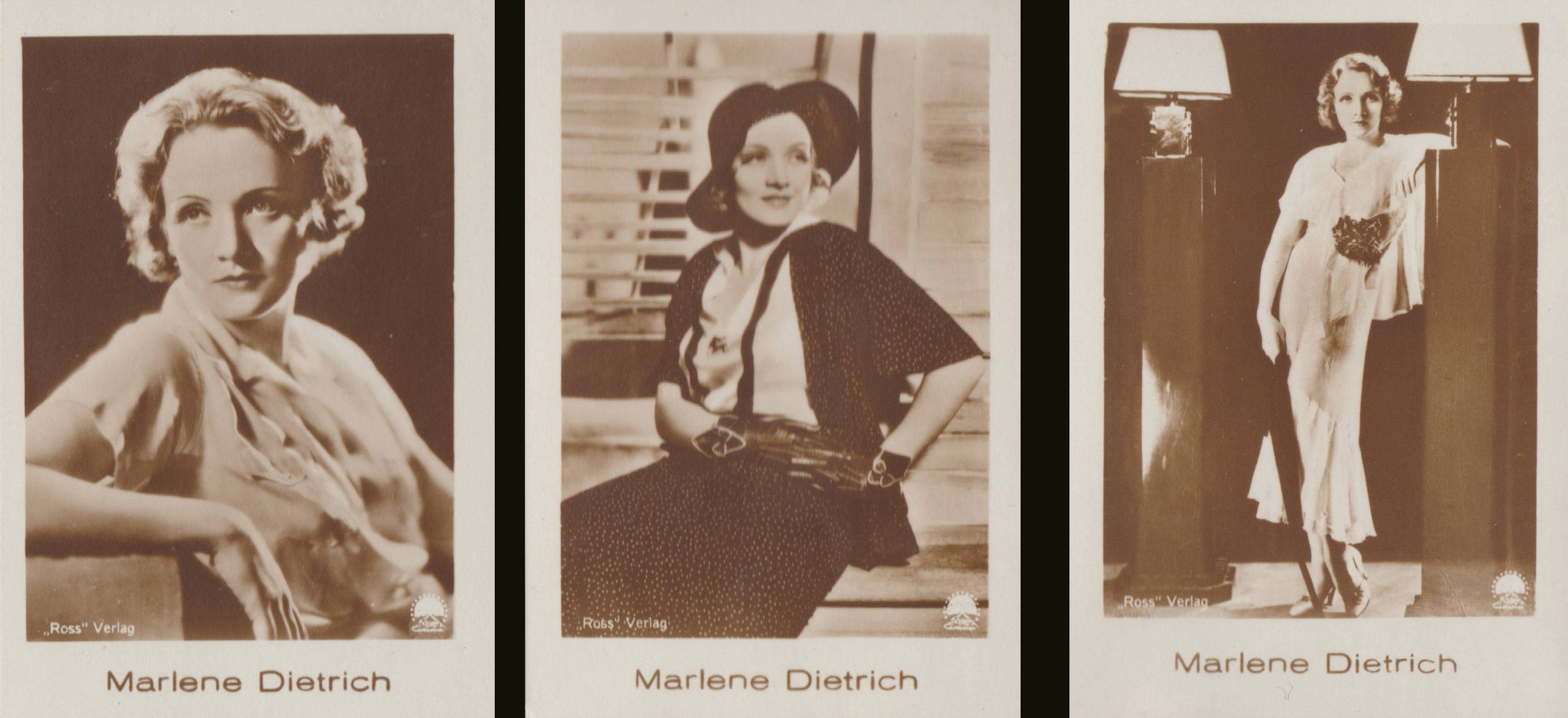
Cards n.356-357-360 pag. 4
dell' ALBUM HAIL FILM IMAGES TONFILM SERIES
(personal collection)

"Dietrich's Charm: A Life in Pictures"
(personal collection)
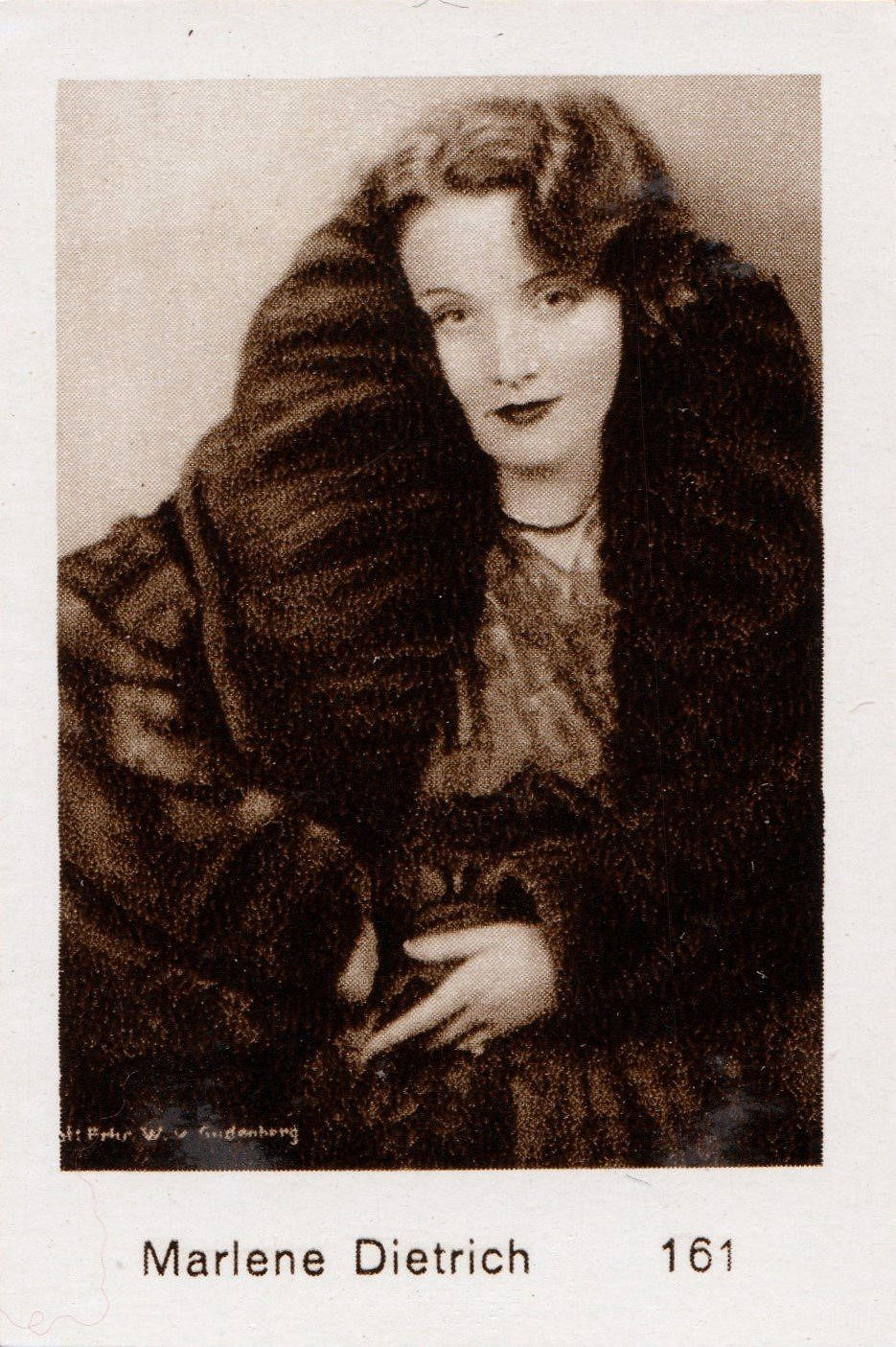
Lili Marlene
Marlene Dietrich made the song "Lili Marlene" famous during the Second World War, performing for the Allied troops and creating an unbreakable bond between her voice and this melody. Her rendition of "Lili Marlene" has become a symbol of hope and nostalgia, capturing the hearts of millions. In this gallery, we celebrate Marlene Dietrich's remarkable career through iconic images that tell her story and lasting impact in the world of music and film. The cards representing Marlene Dietrich, with their timeless elegance and charm that has spanned decades, are true treasures of history and culture. Each card is a tribute to her iconic figure, capturing the essence of a woman who defined the golden age of cinema with her magnificent presence and indomitable personality. These images, whether black and white photographs or artistic drawings, reflect the variety of Marlene's facets. Through these cards, you can perceive its ability to transform and adapt, always maintaining an aura of mystery and charm. The selection of these cards for the final chapter is not only an aesthetic choice, but also a tribute to a legend who continues to inspire artists and admirers around the world.
